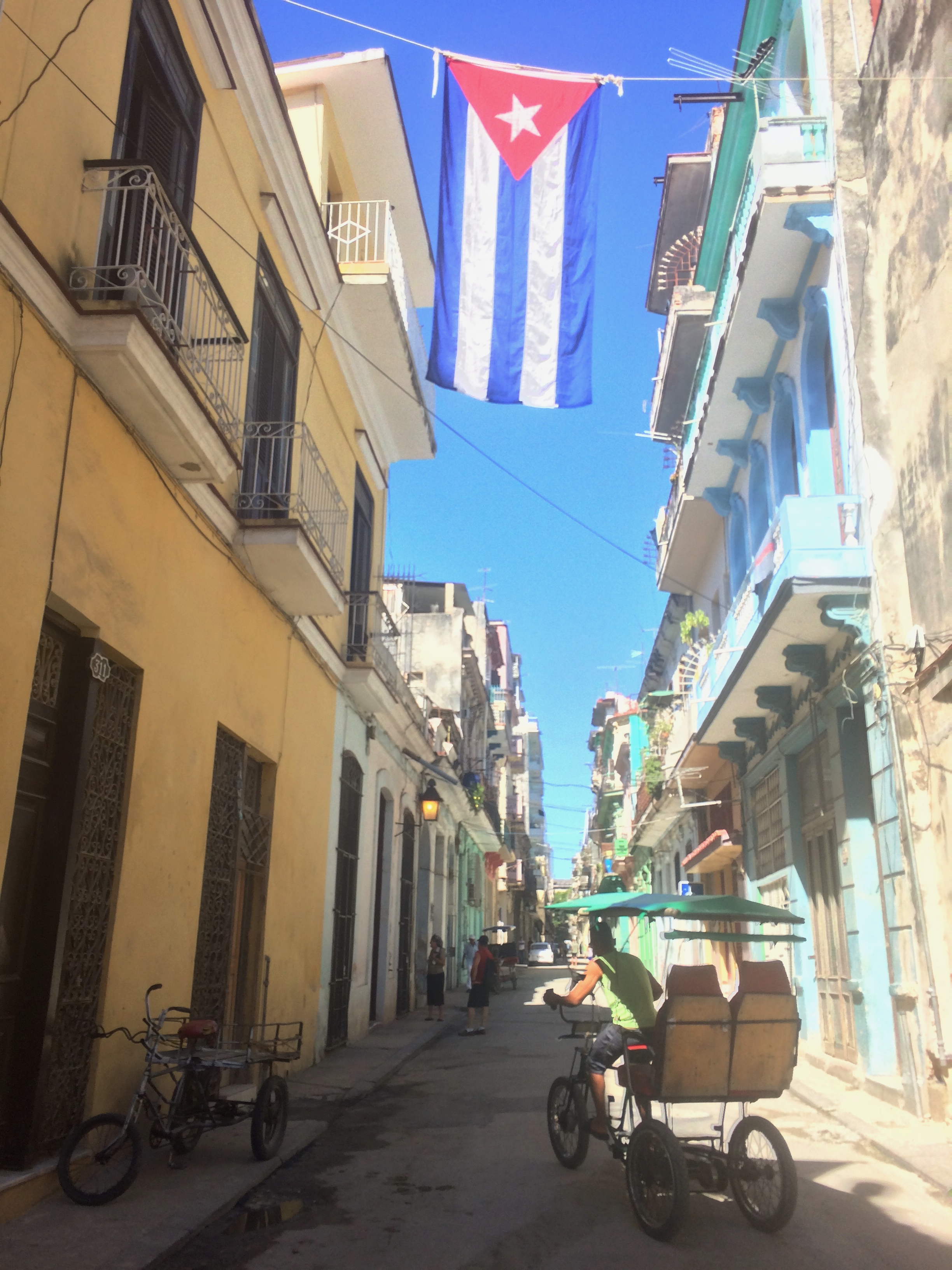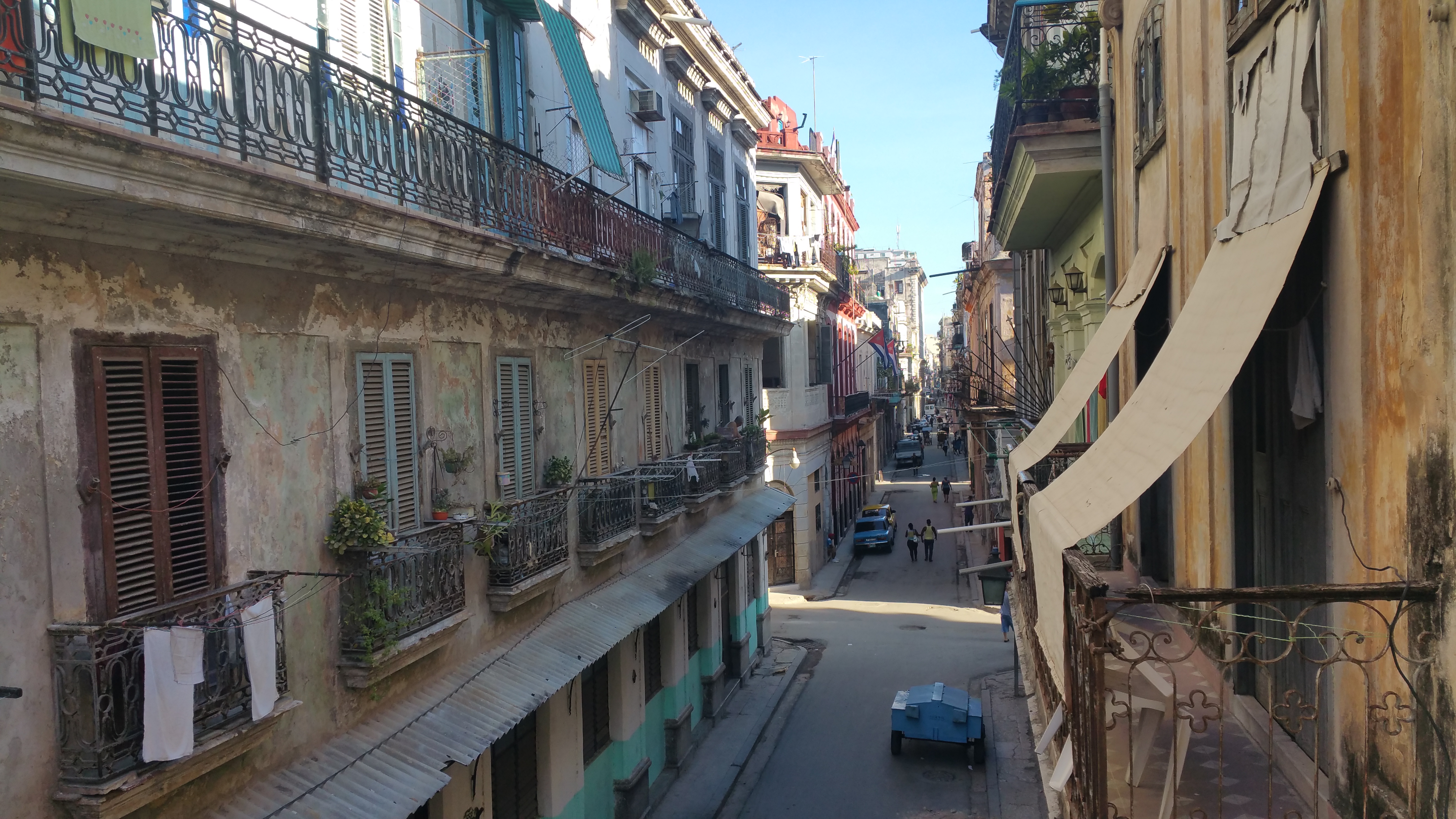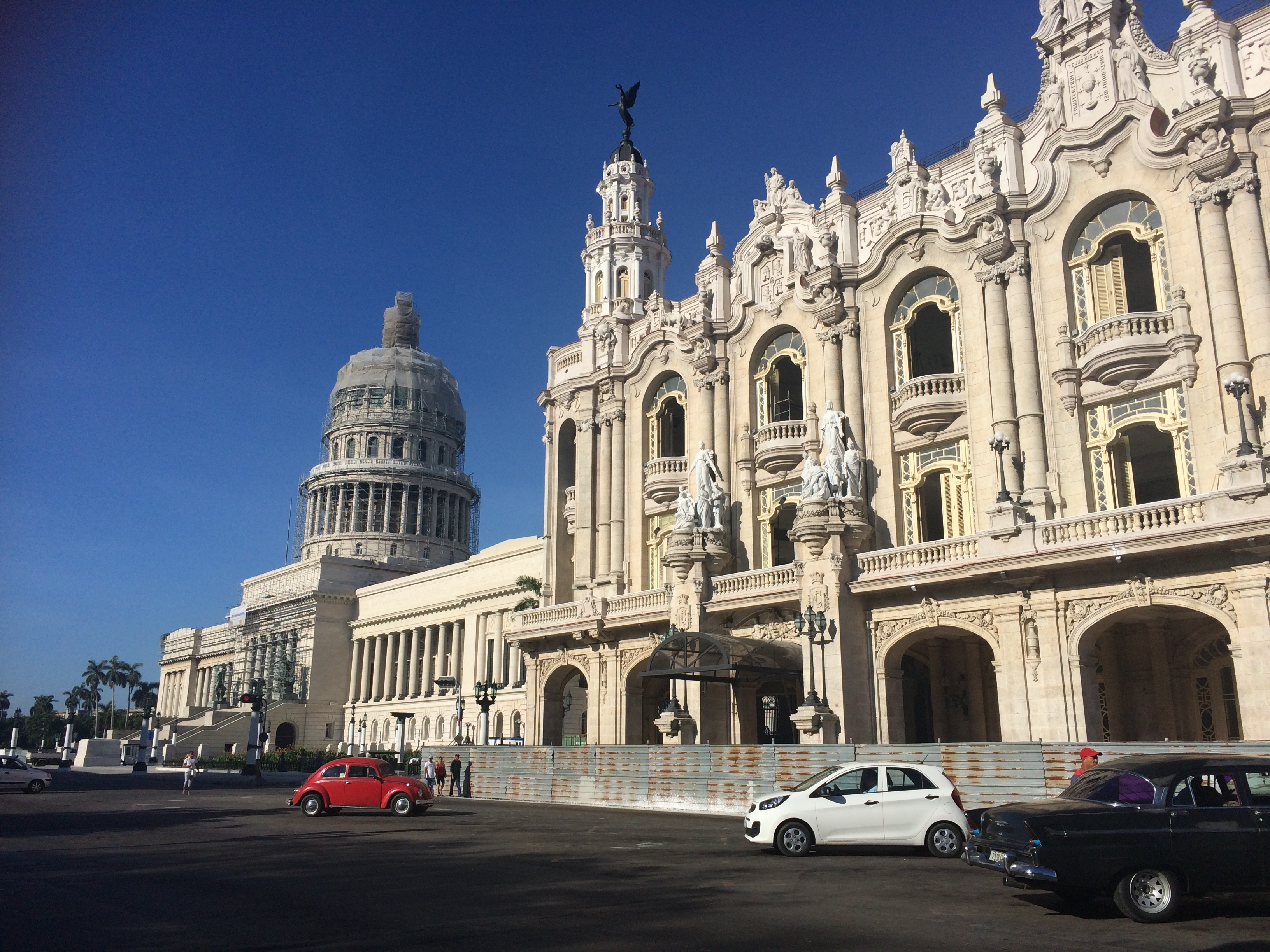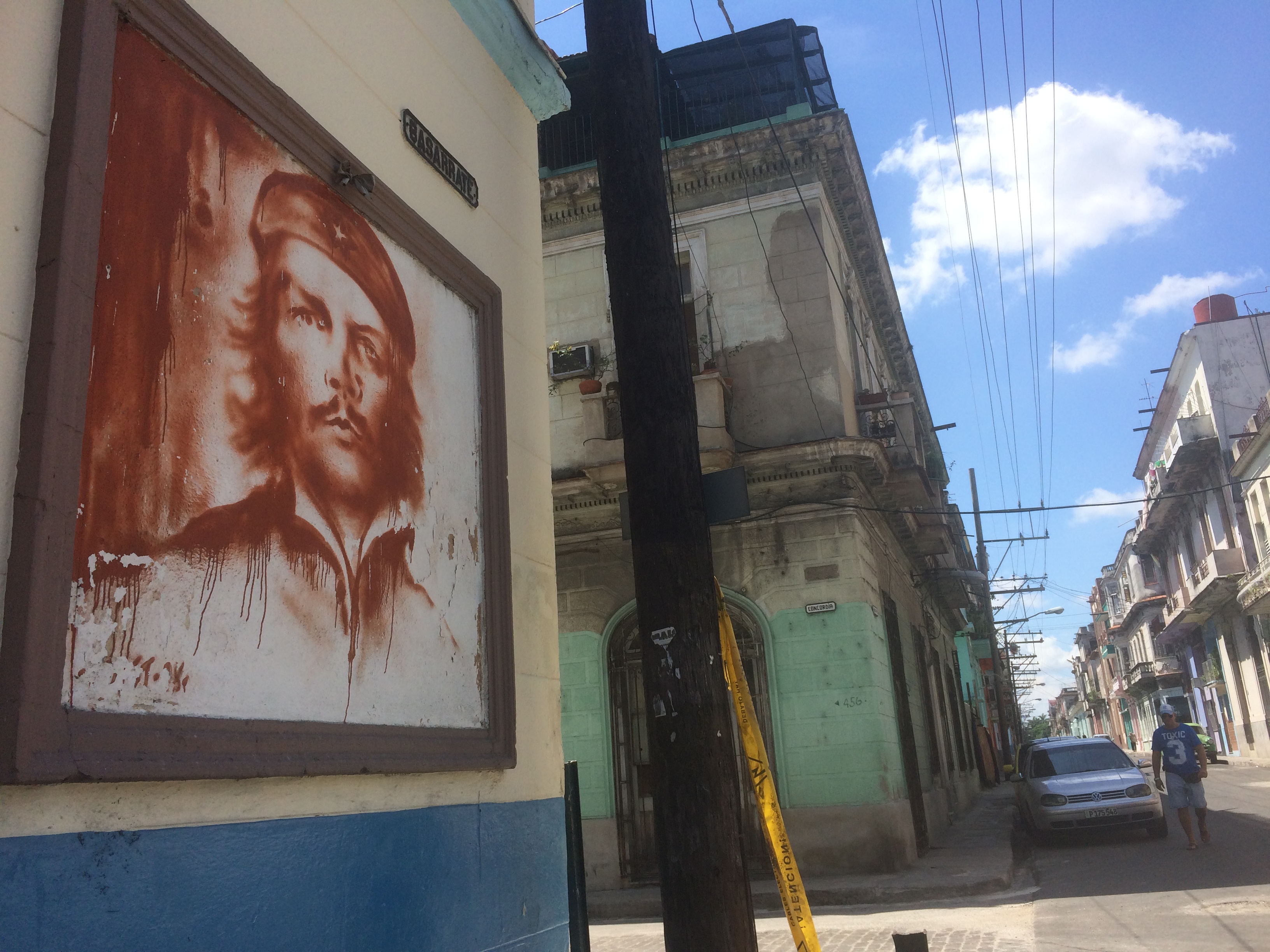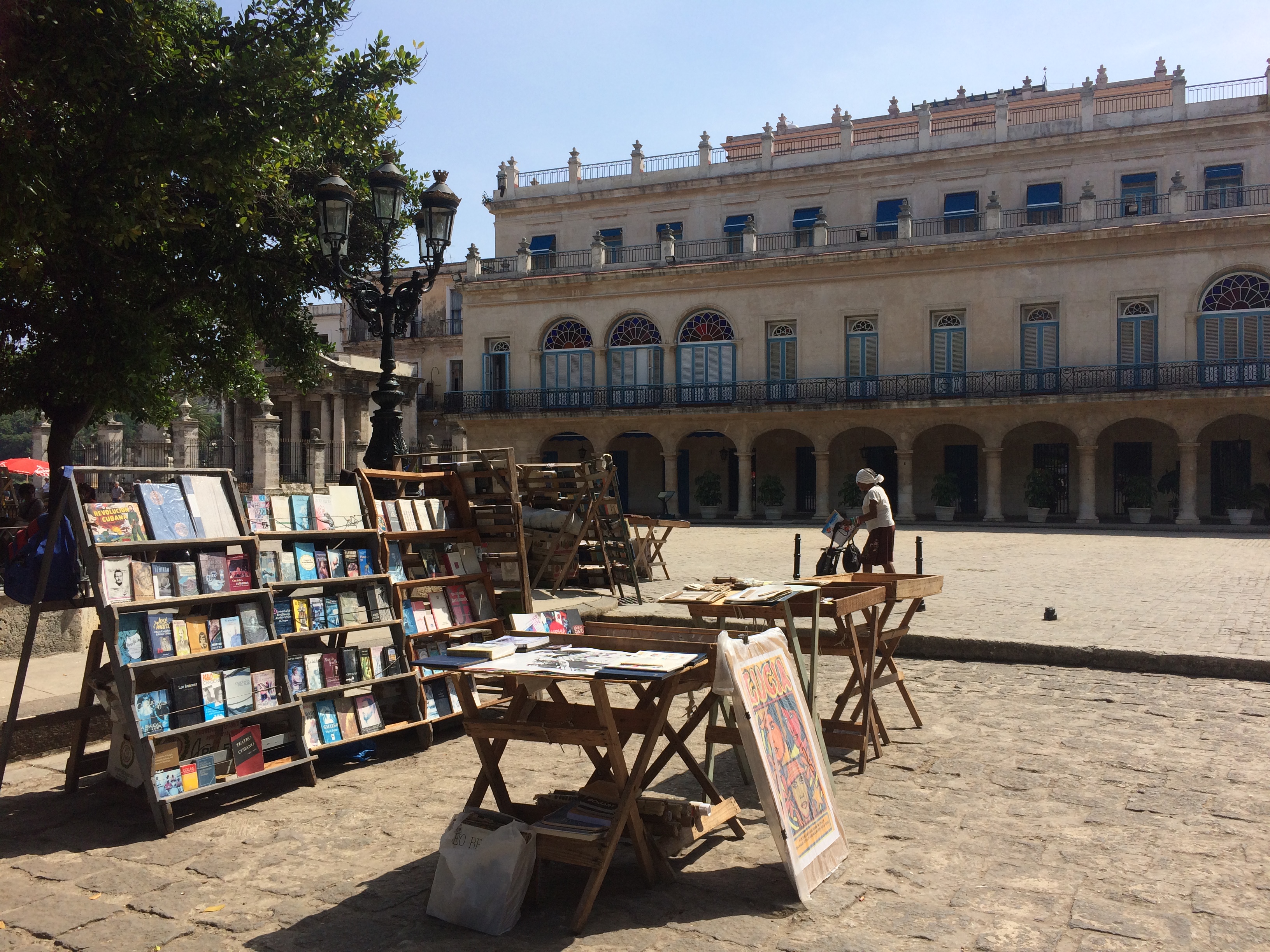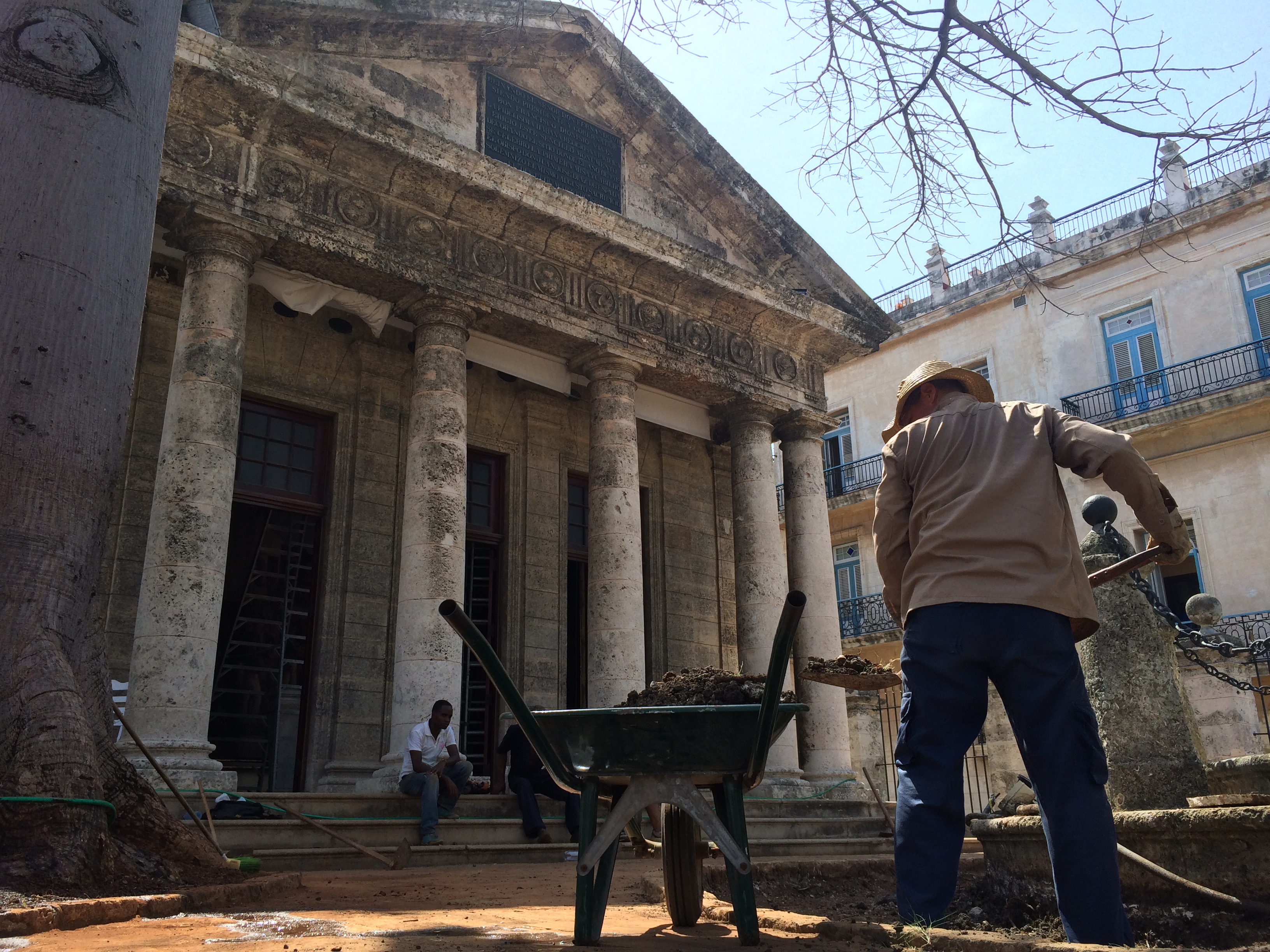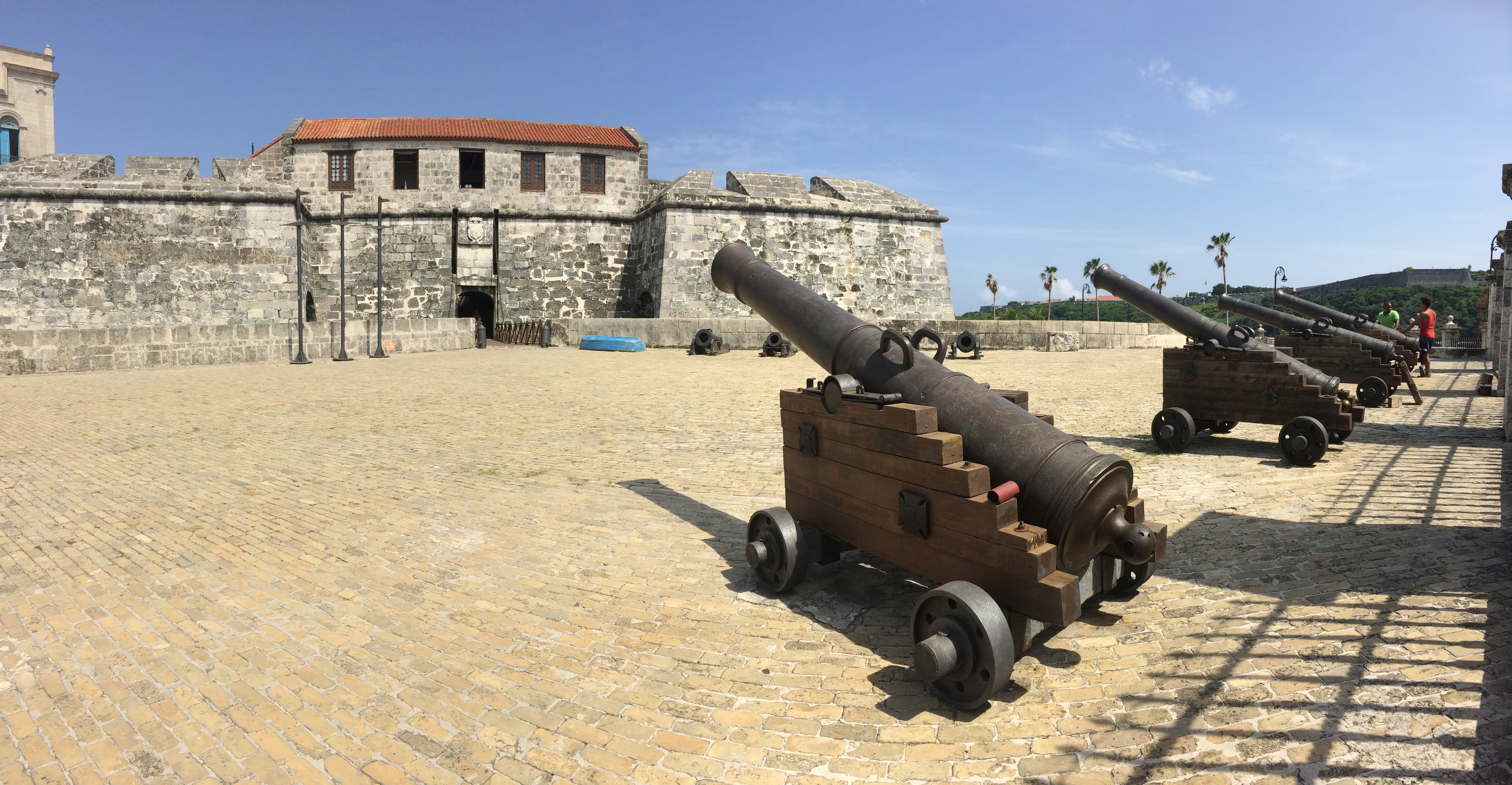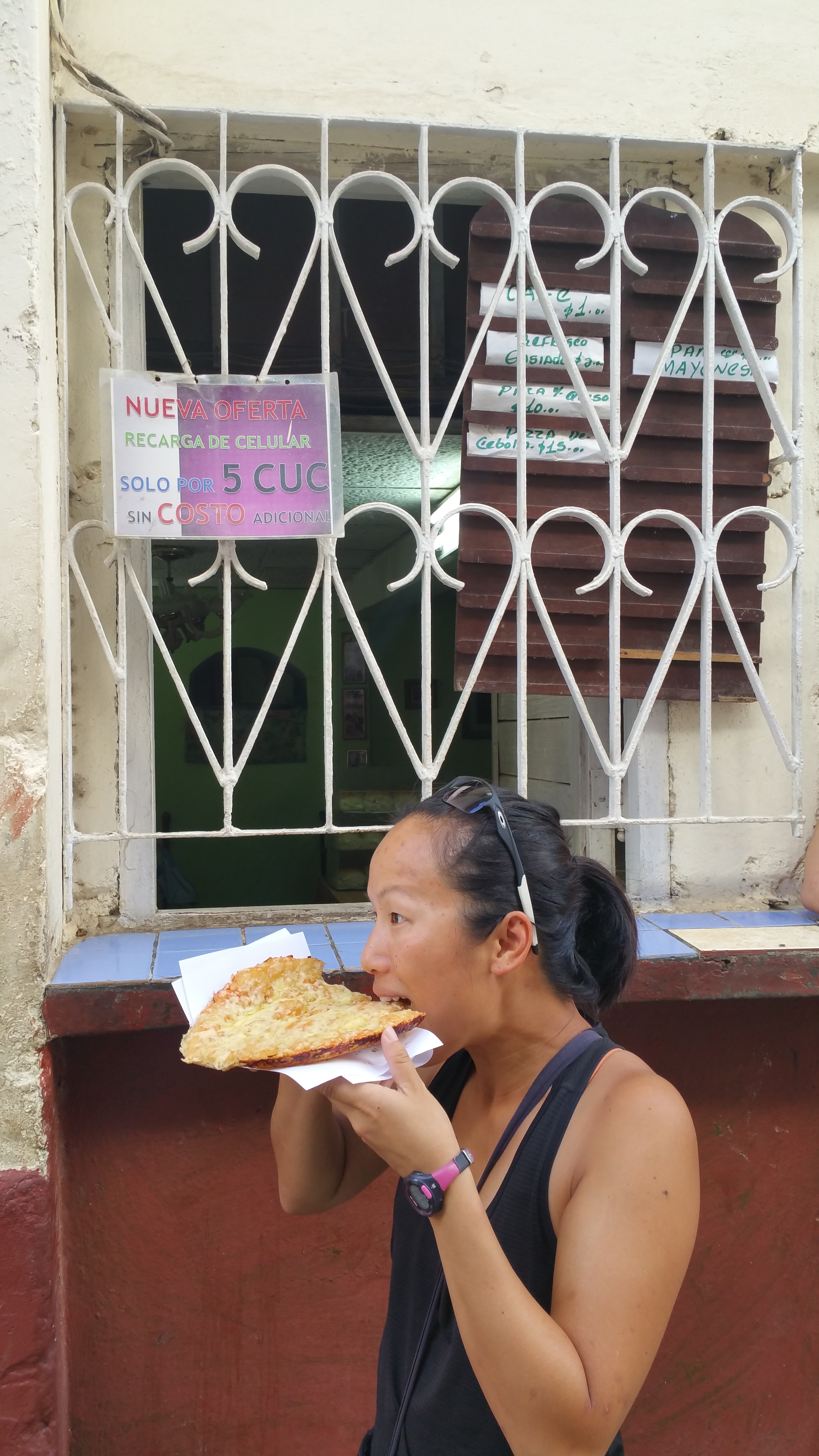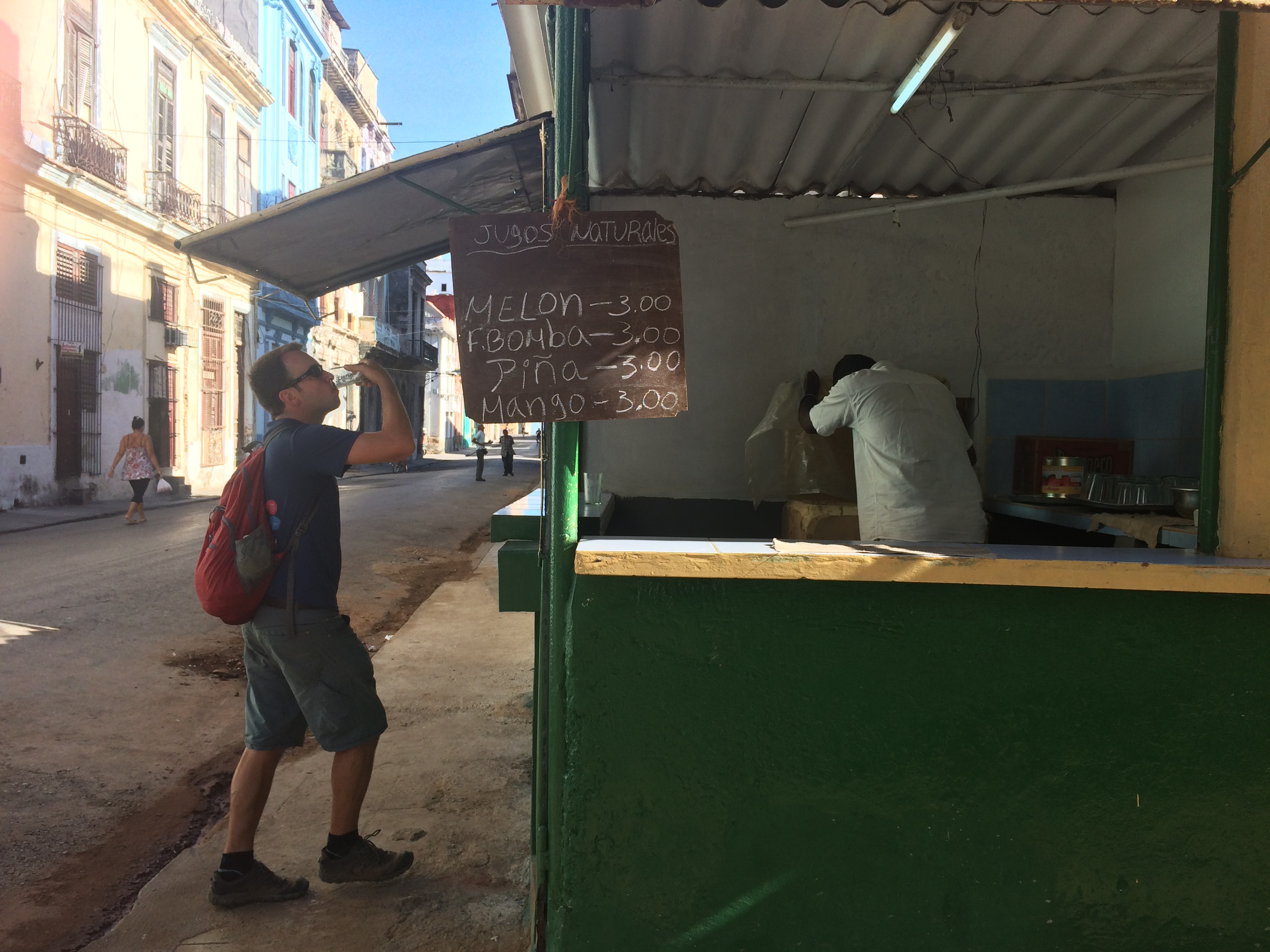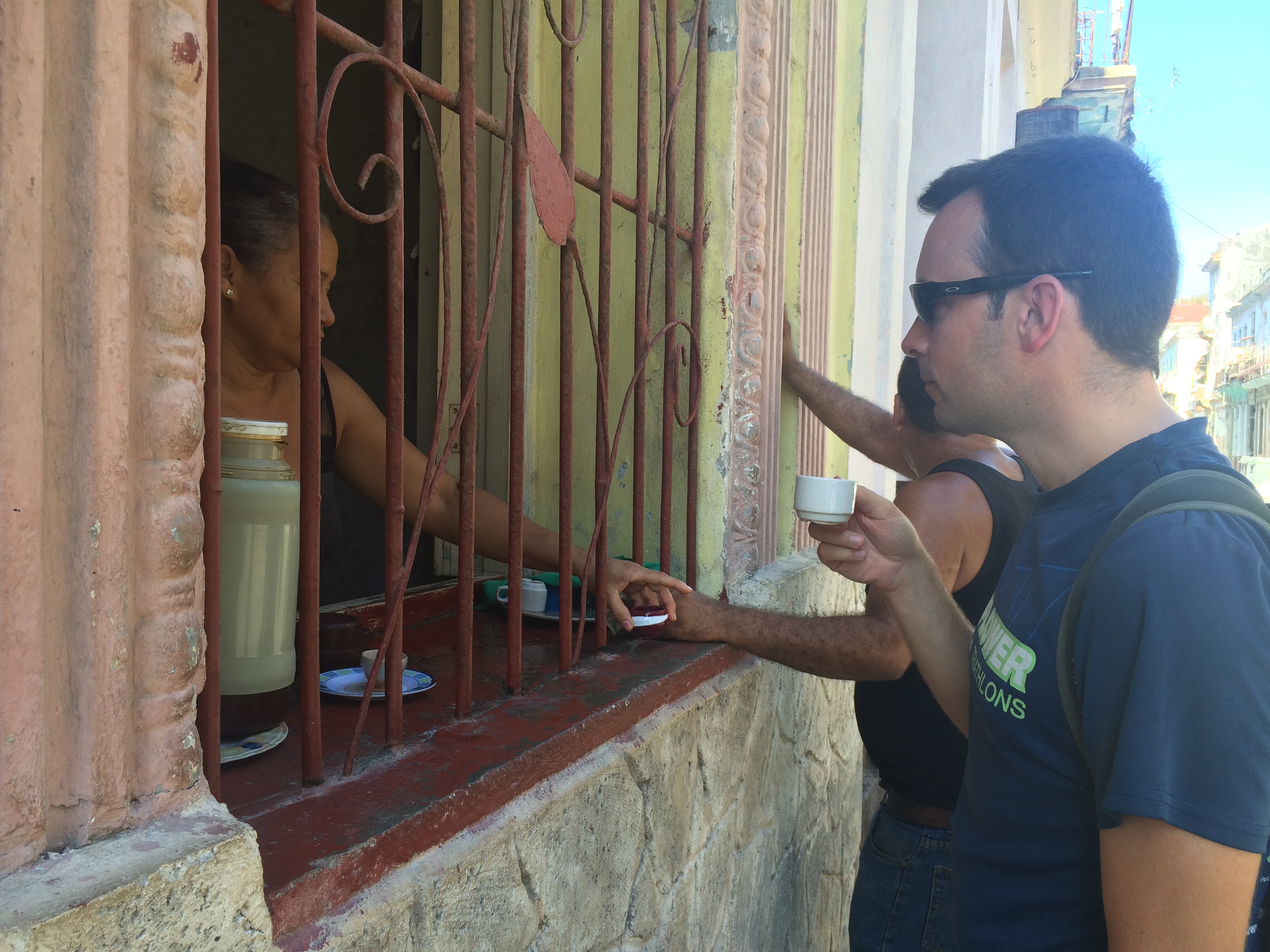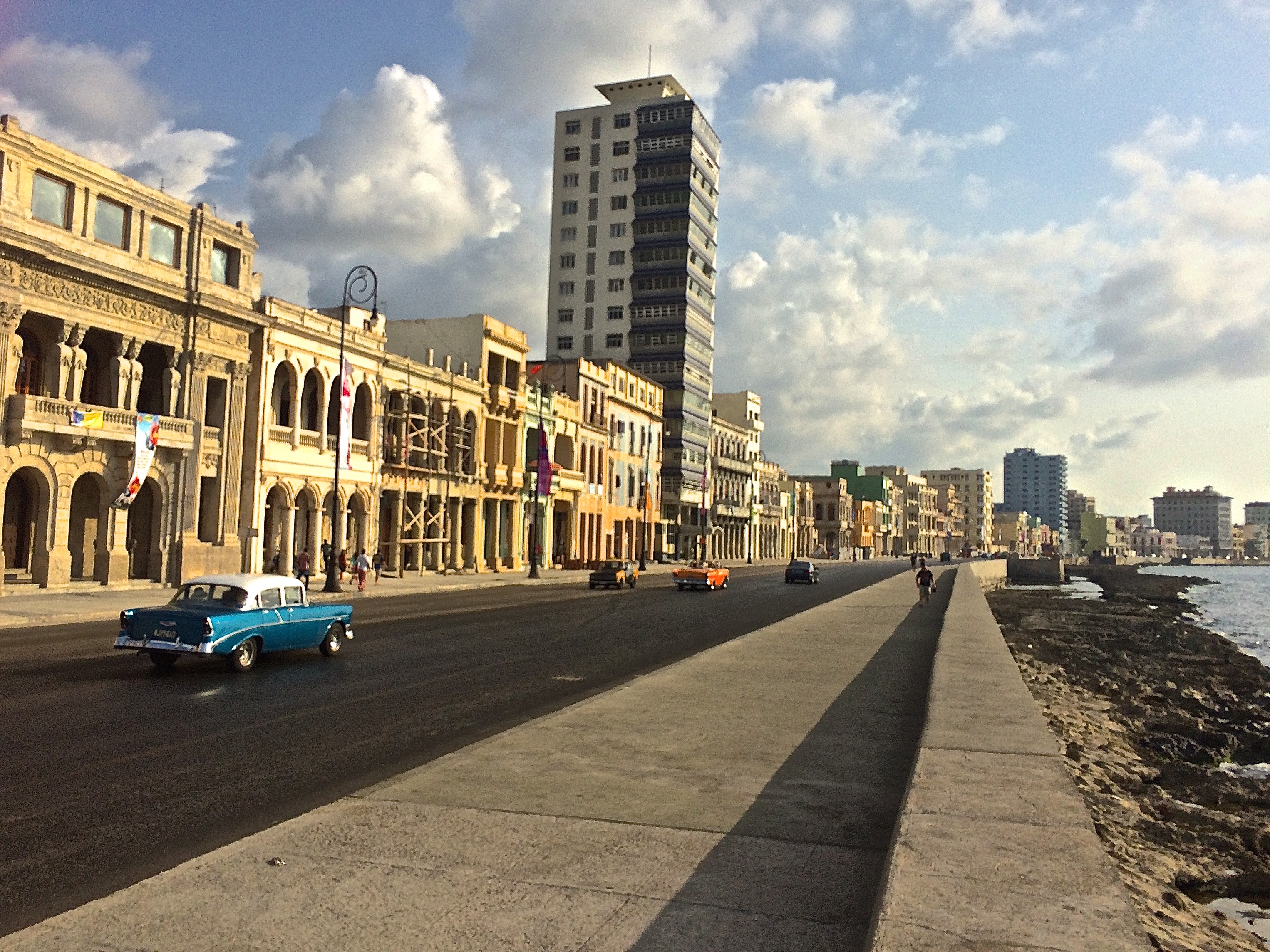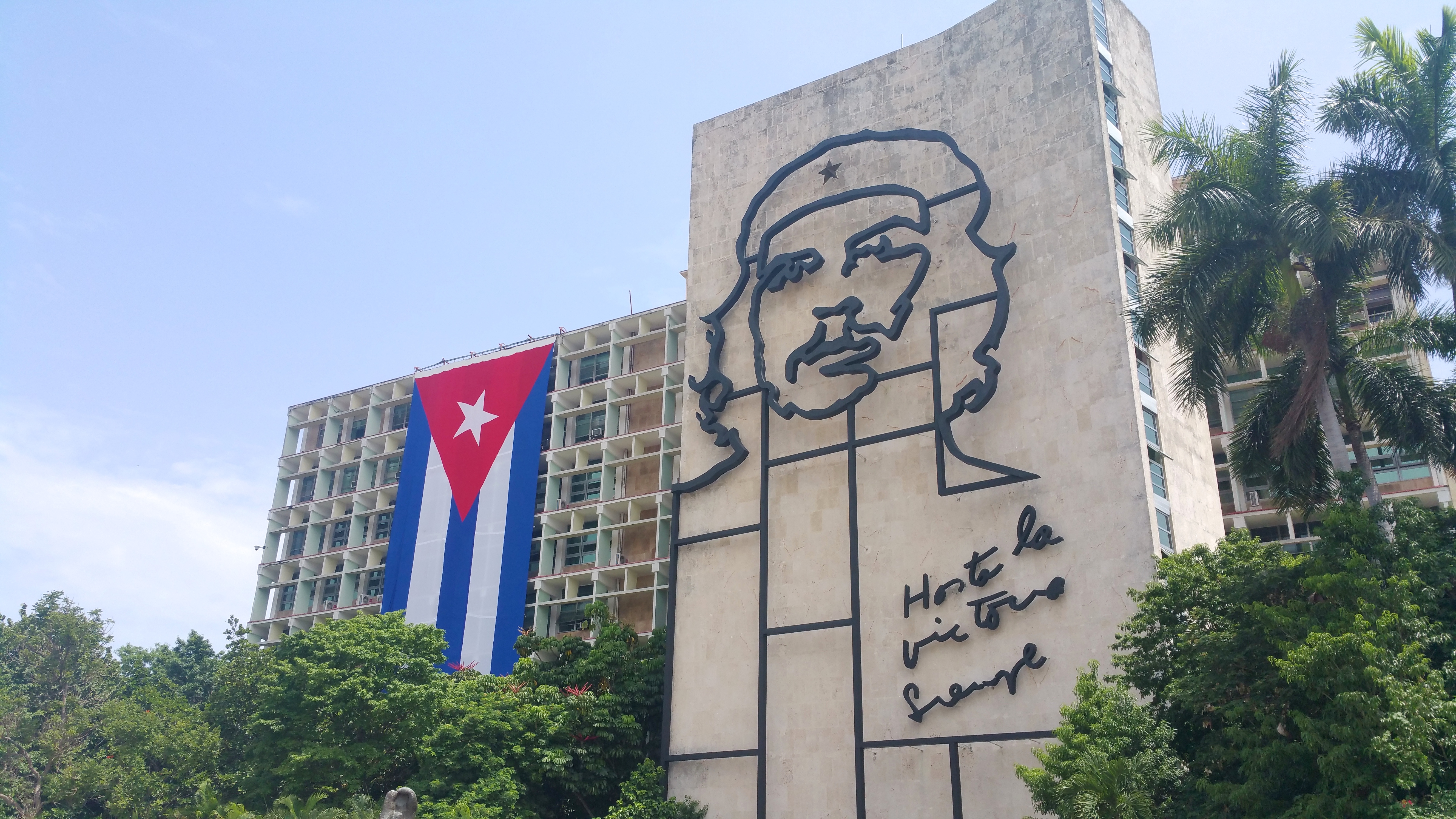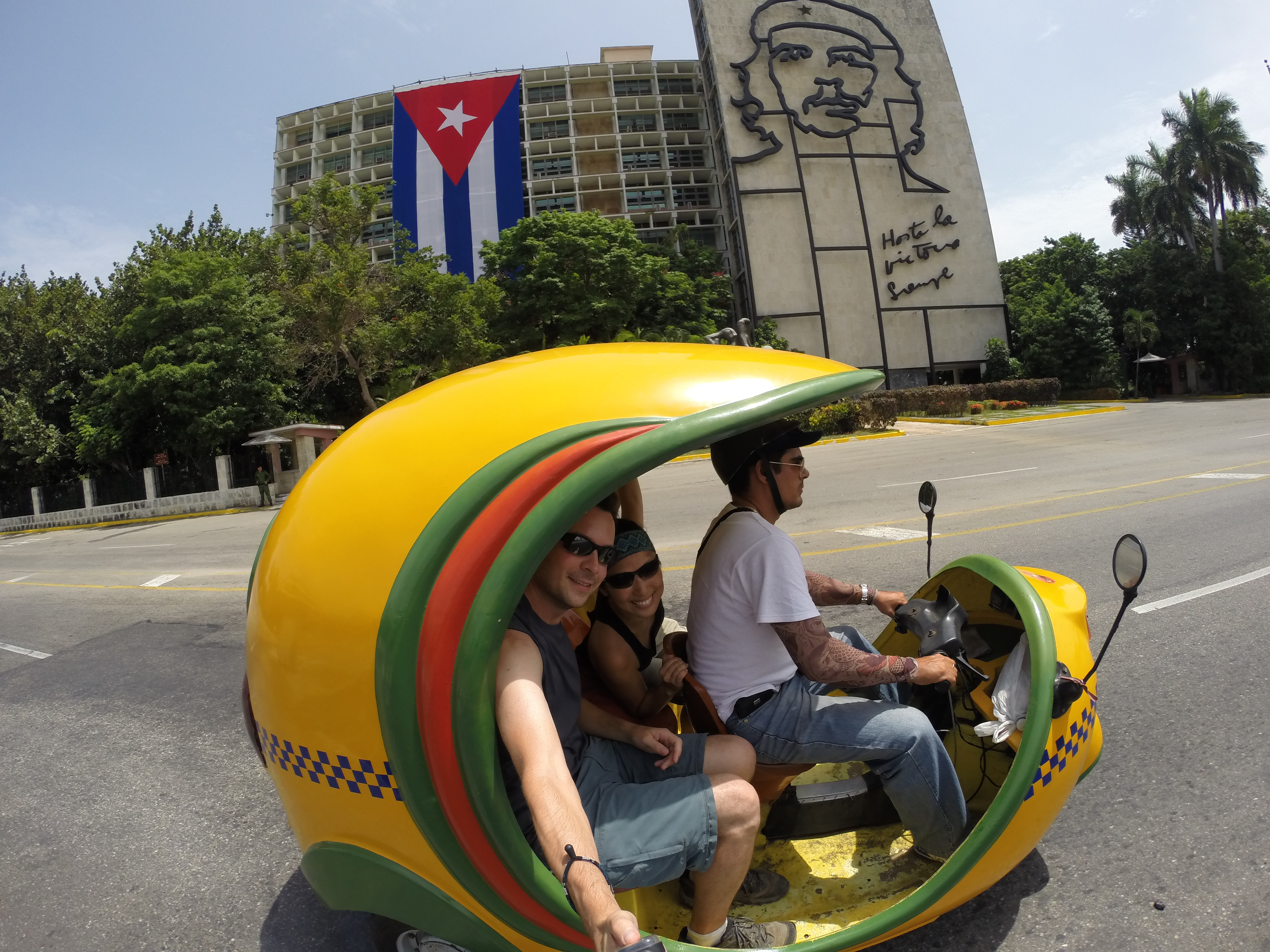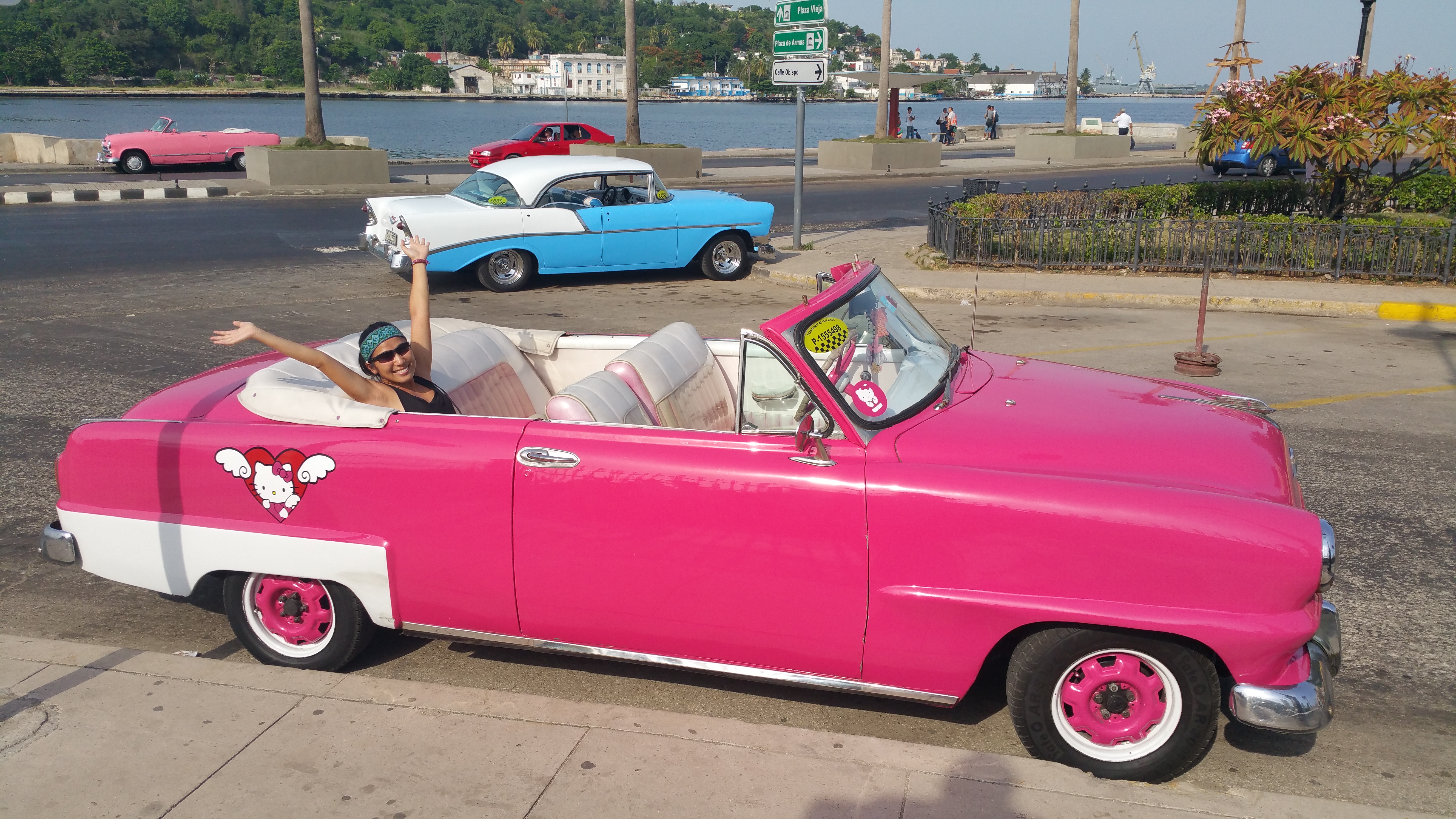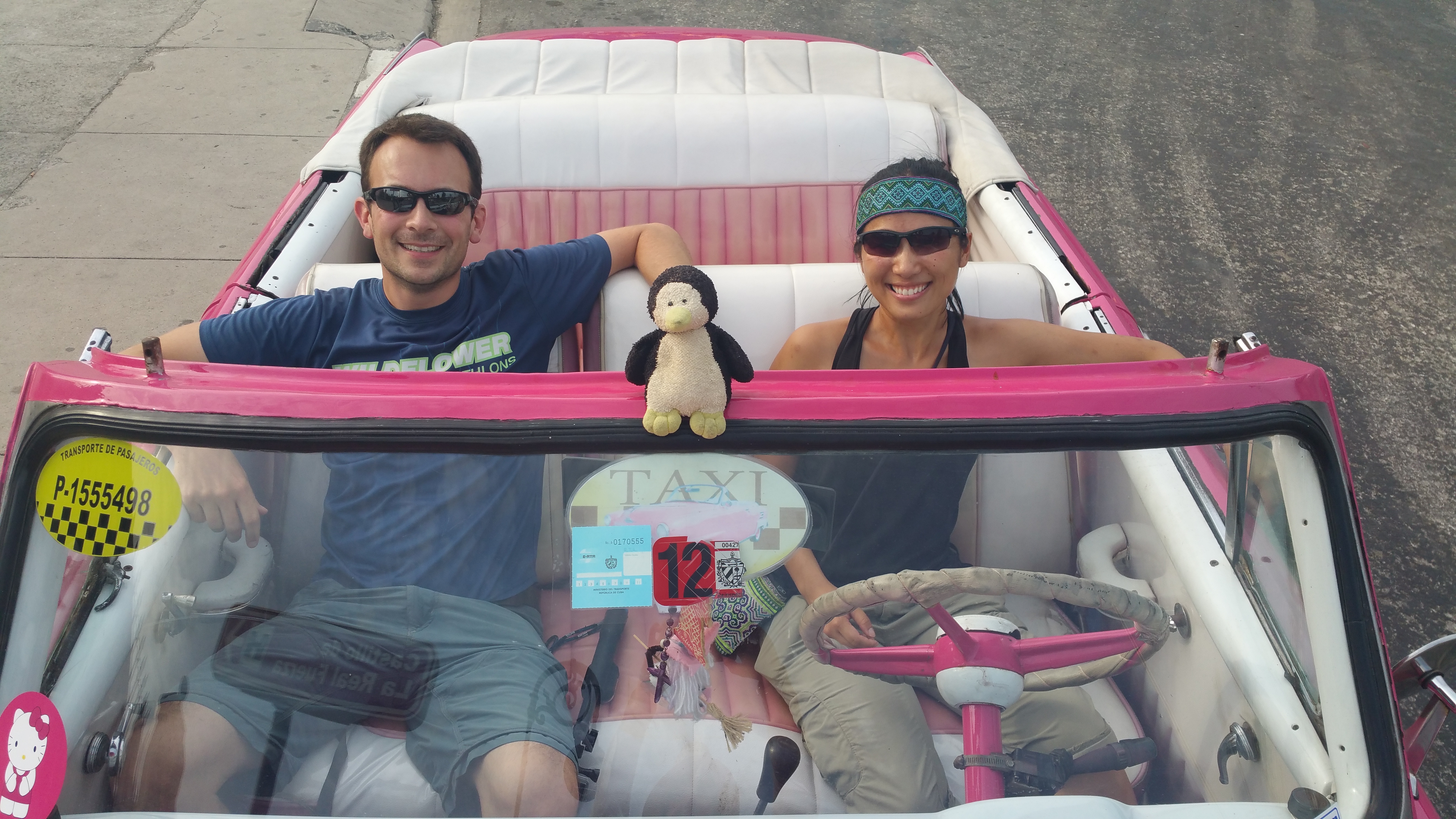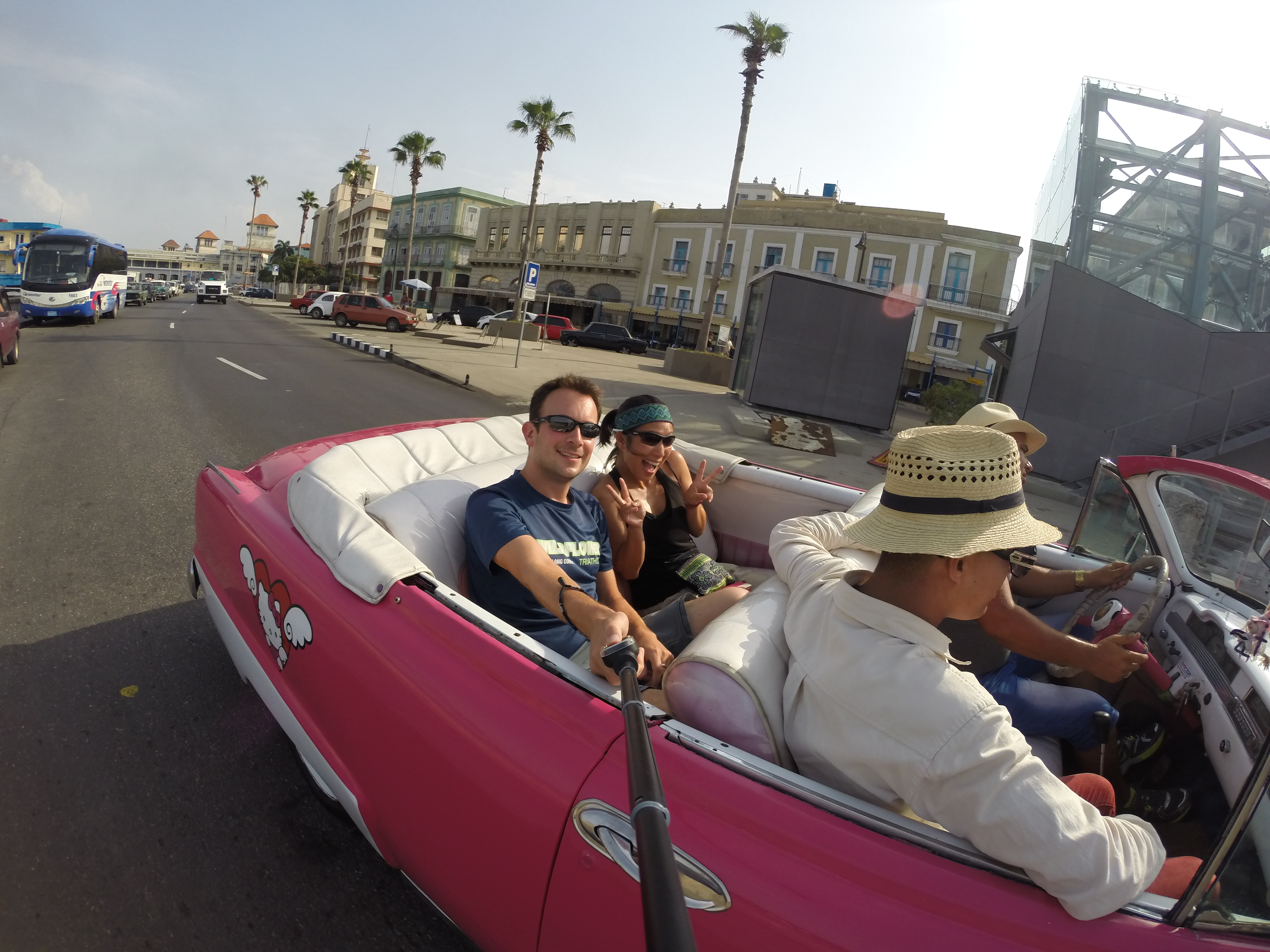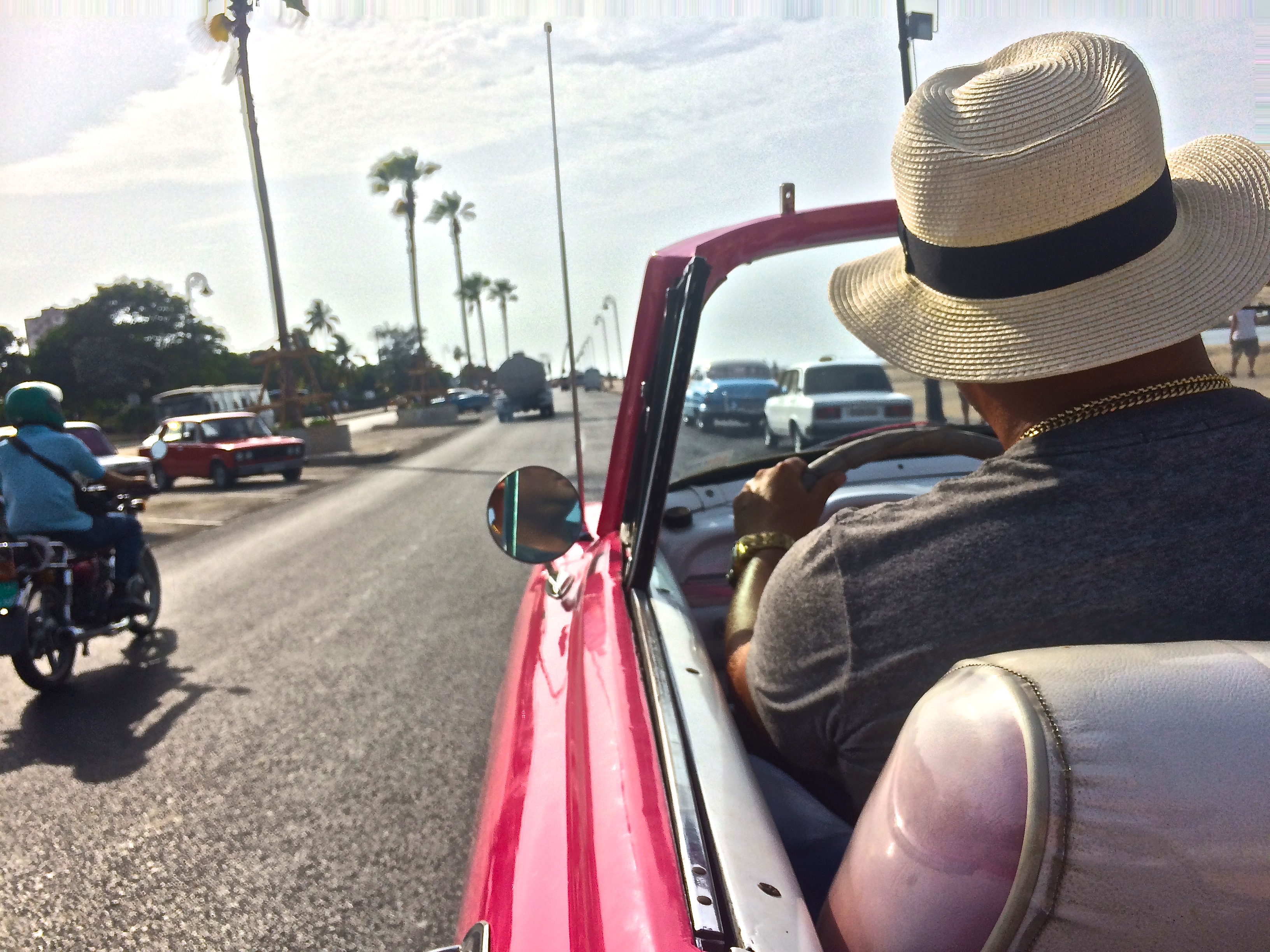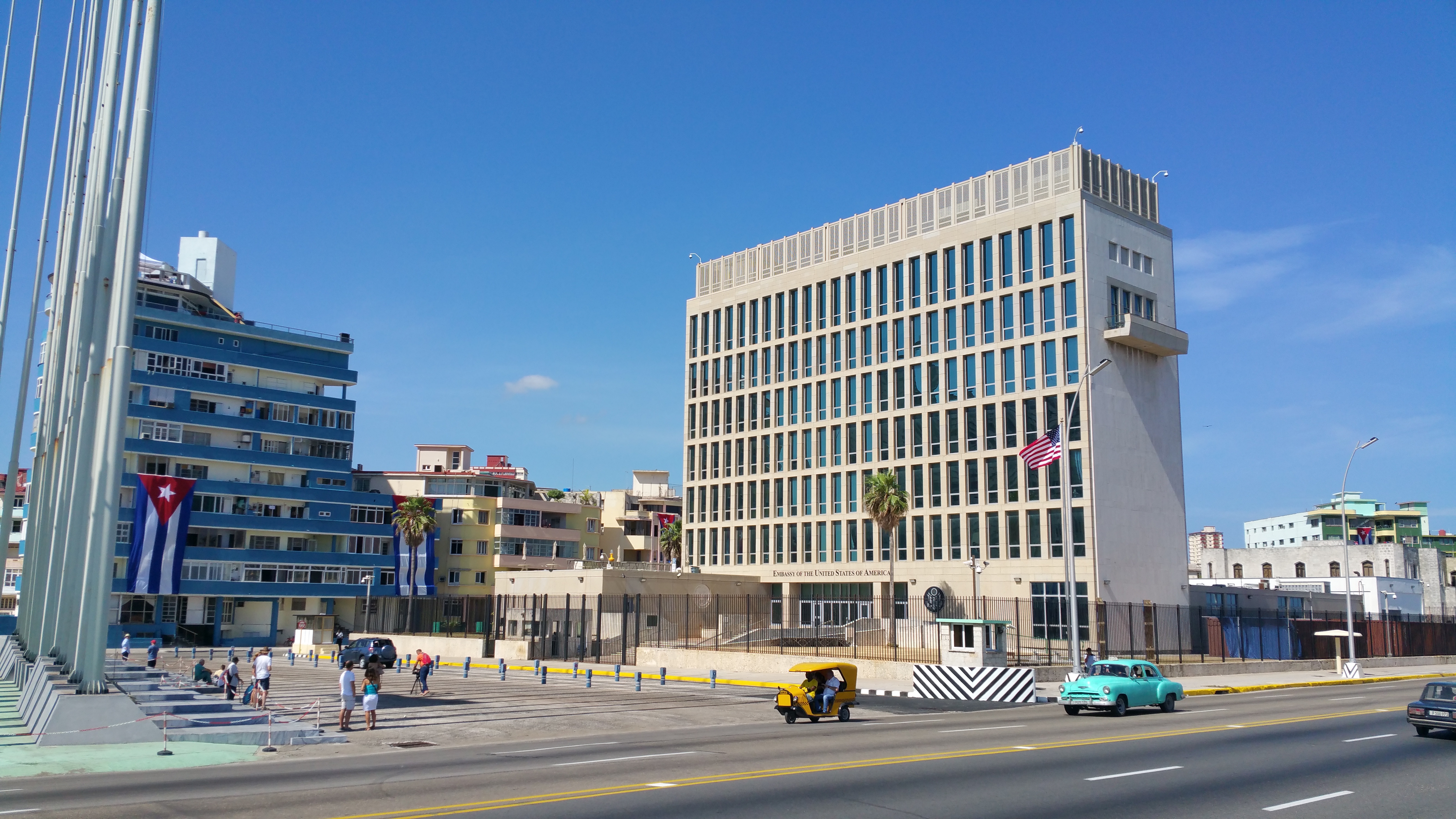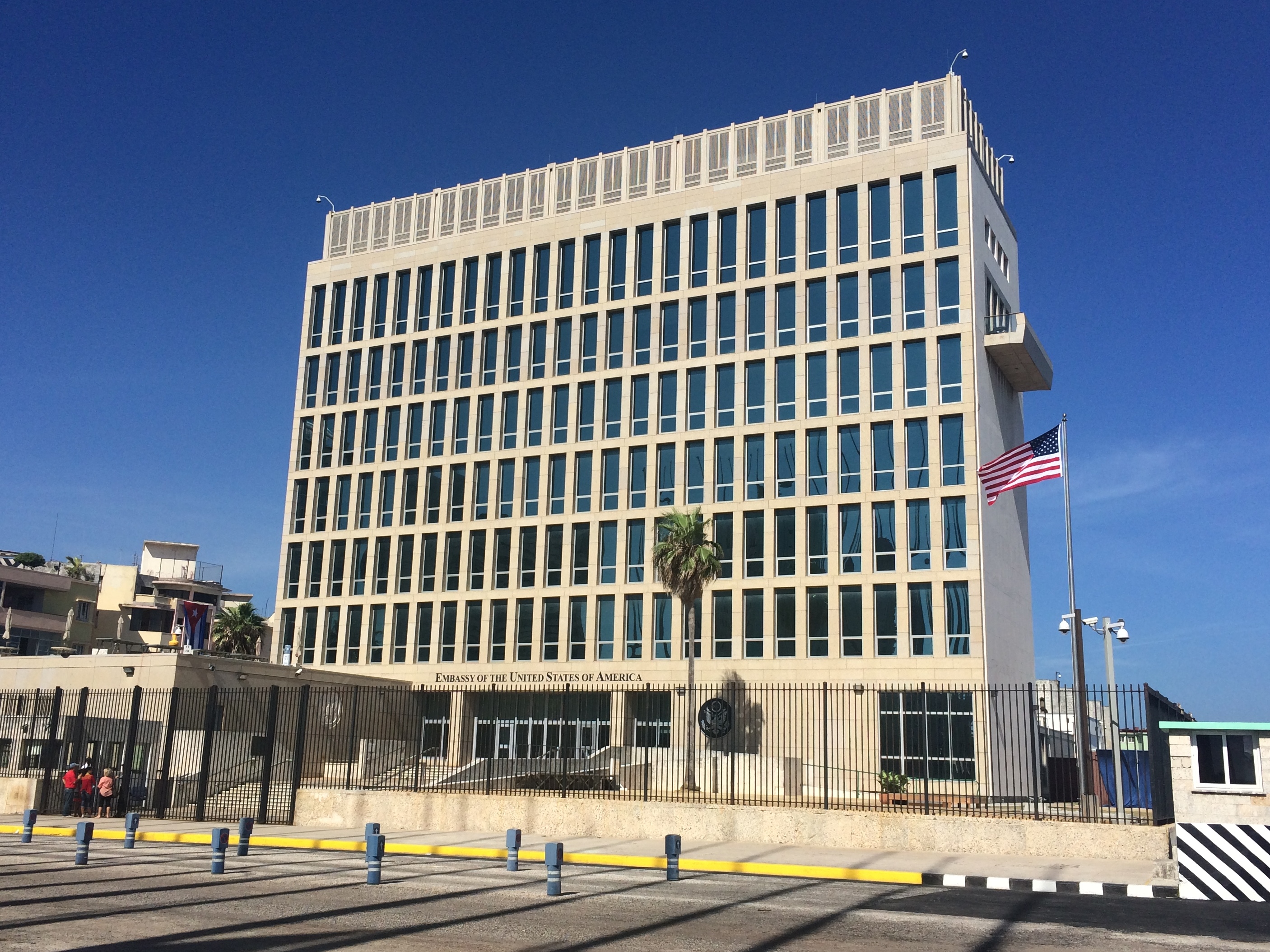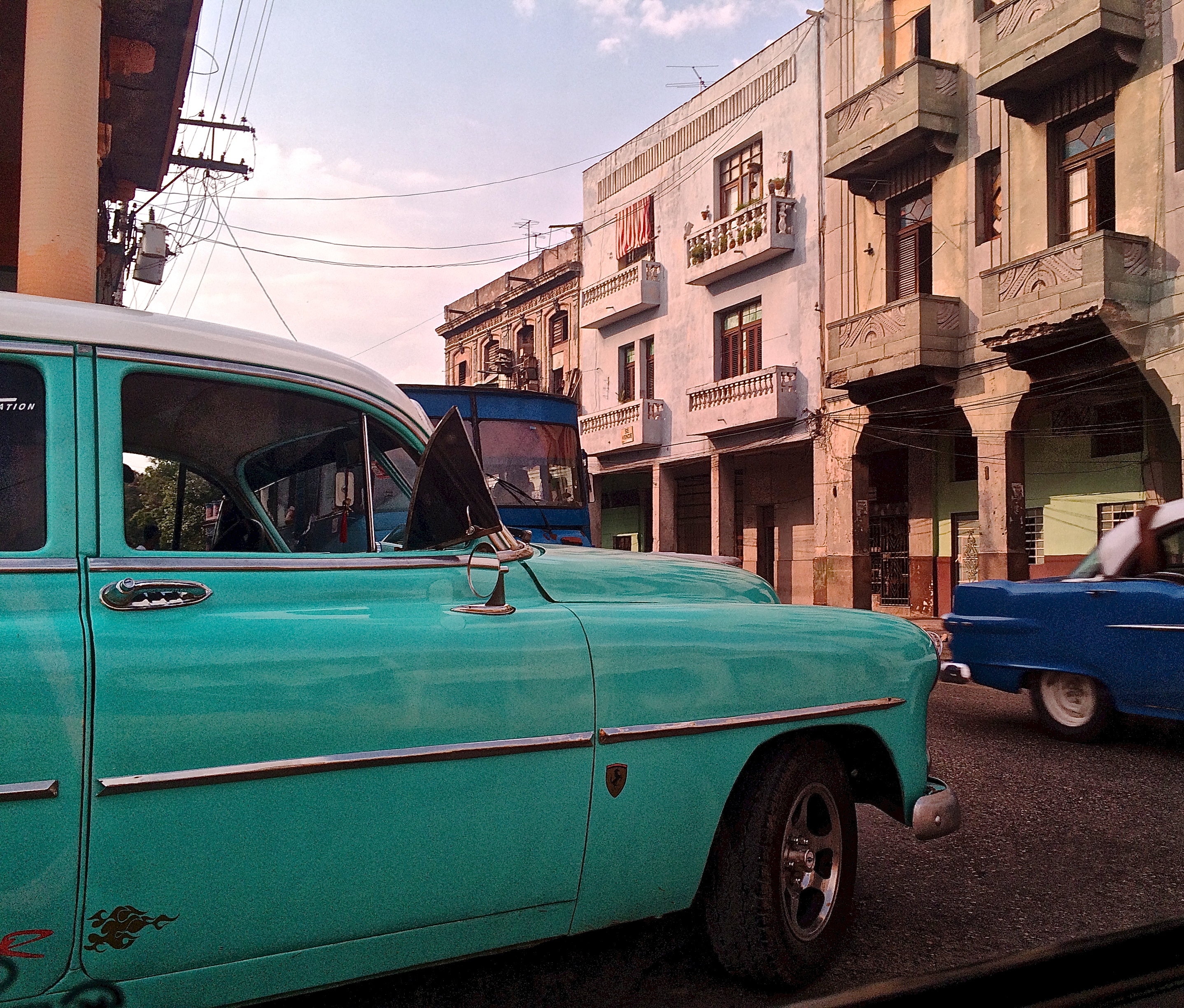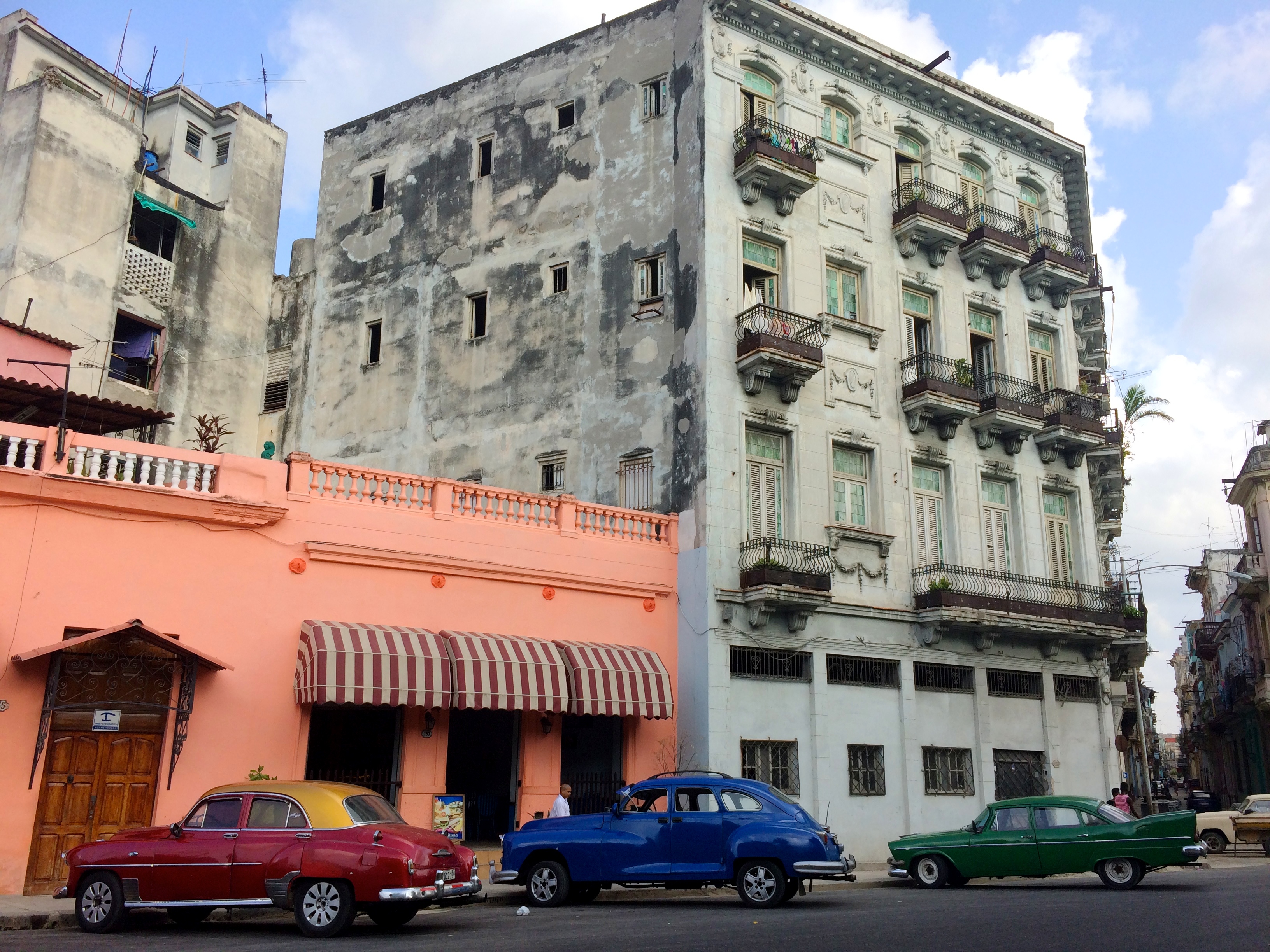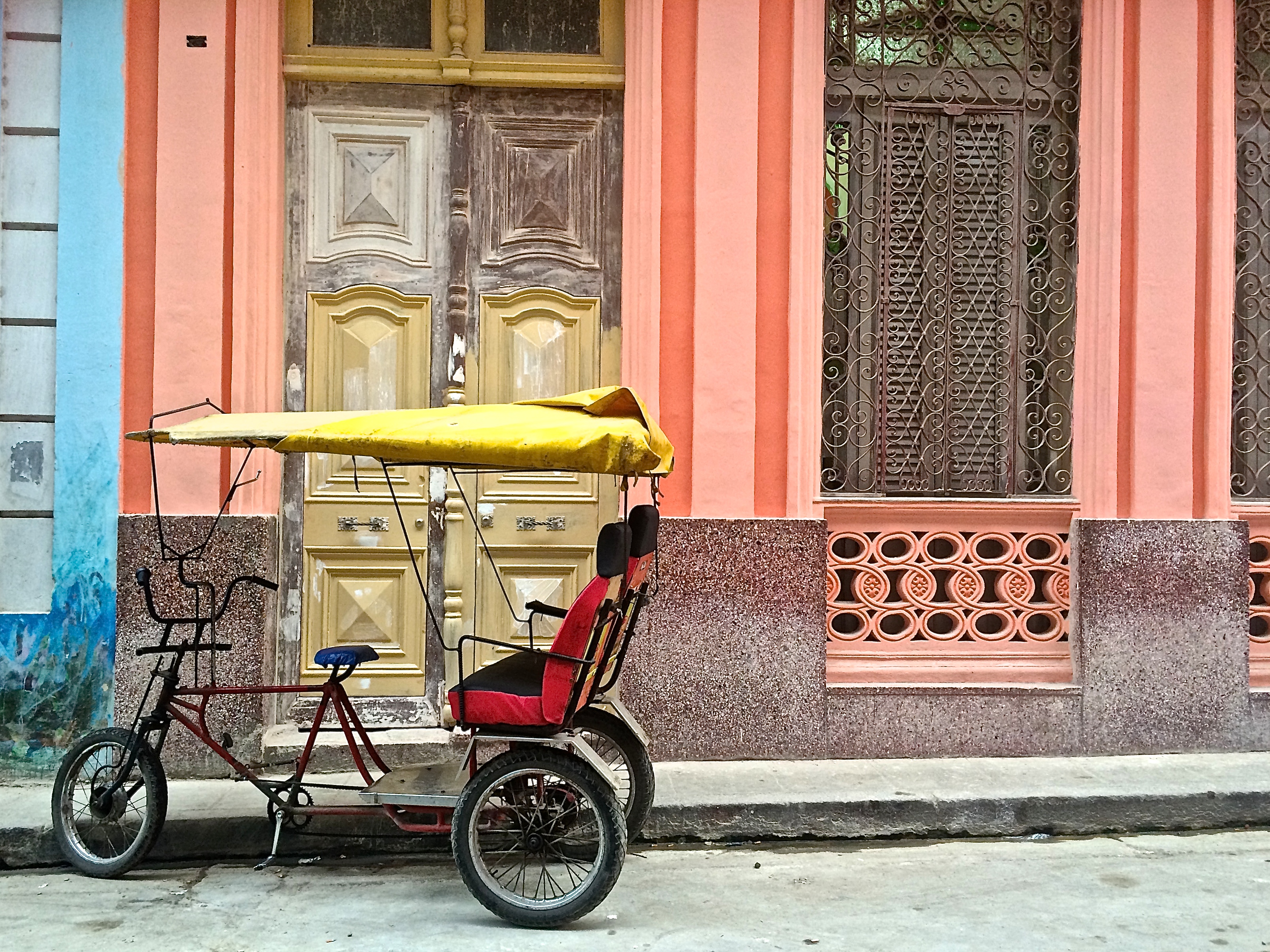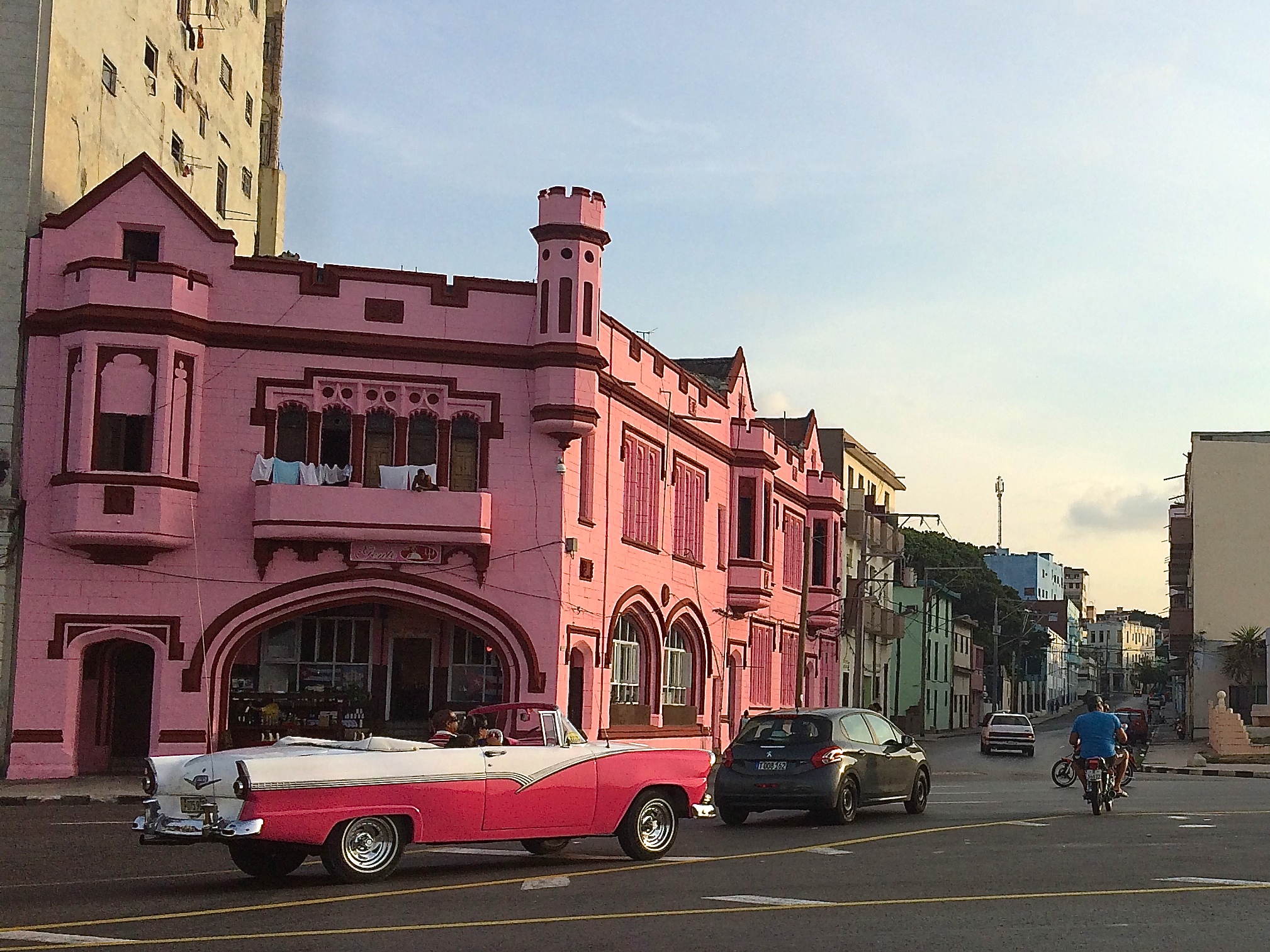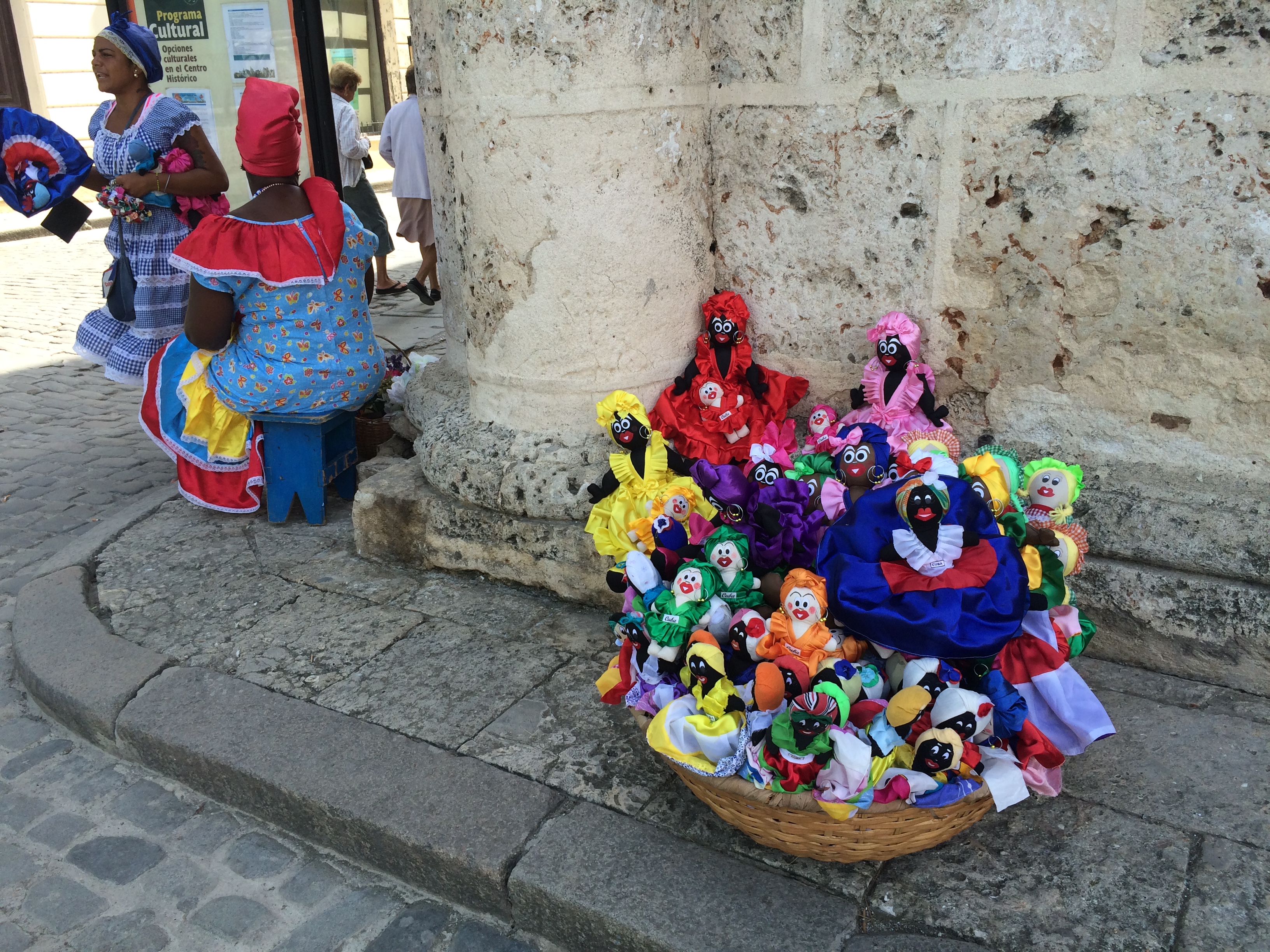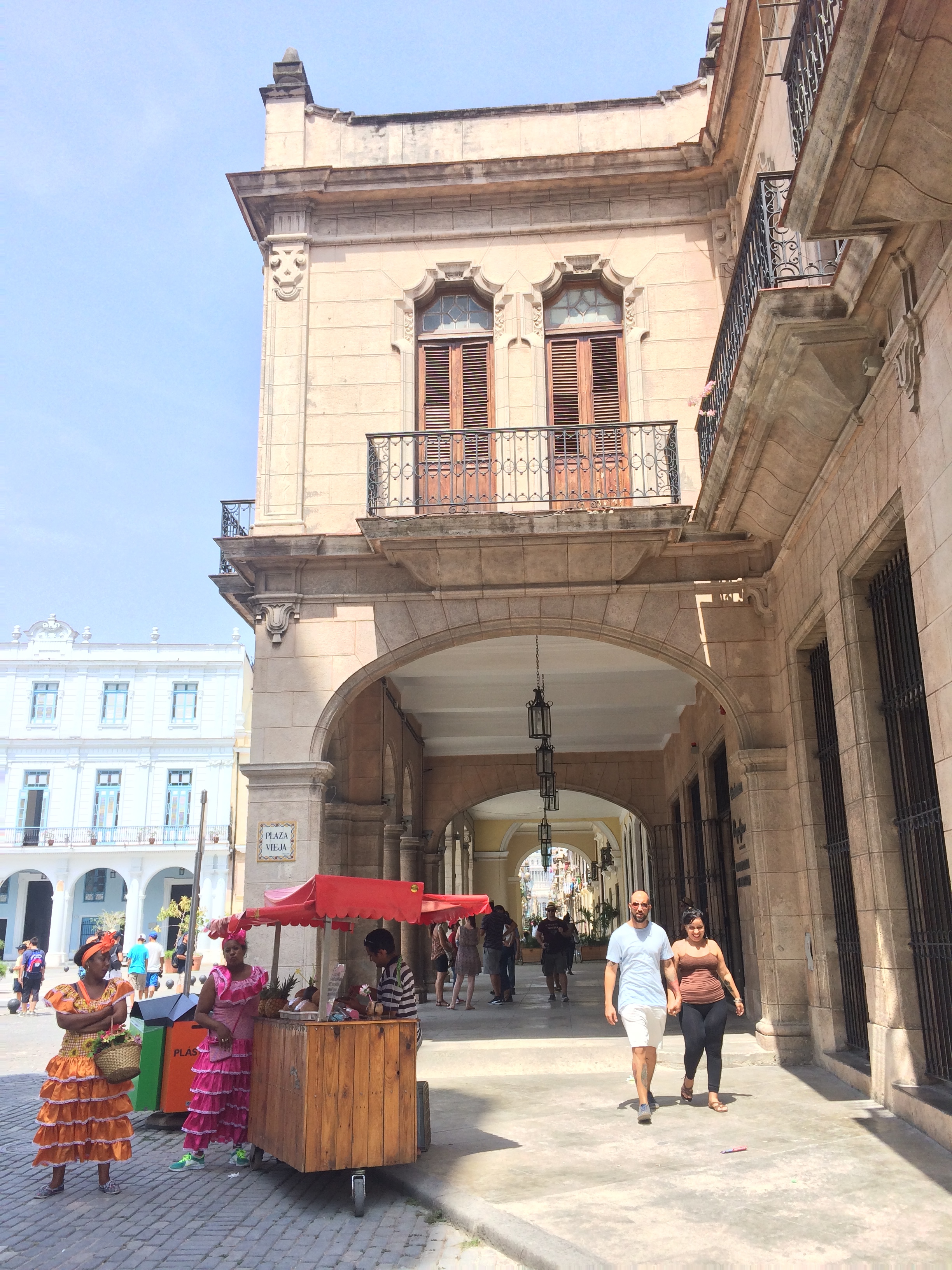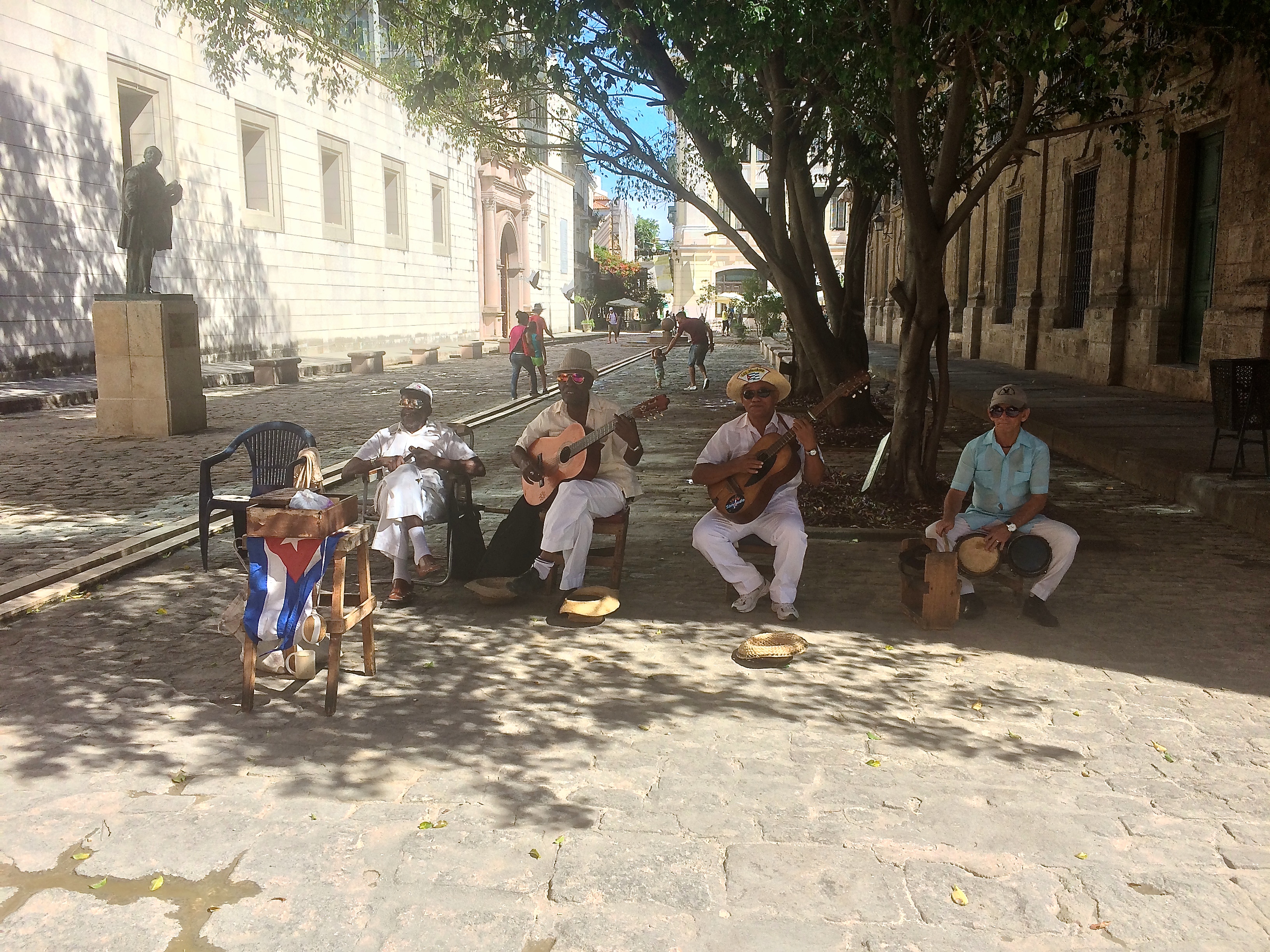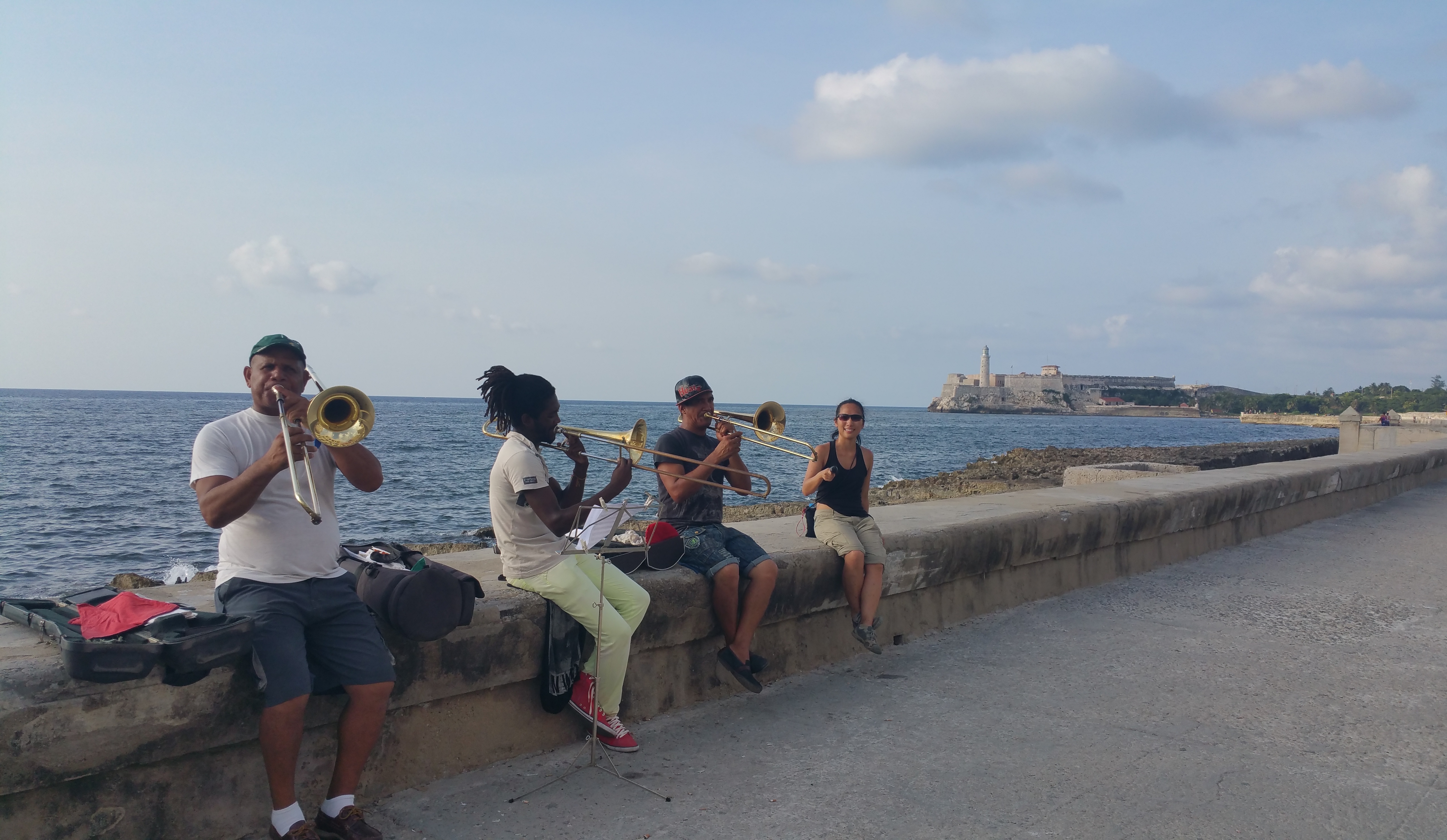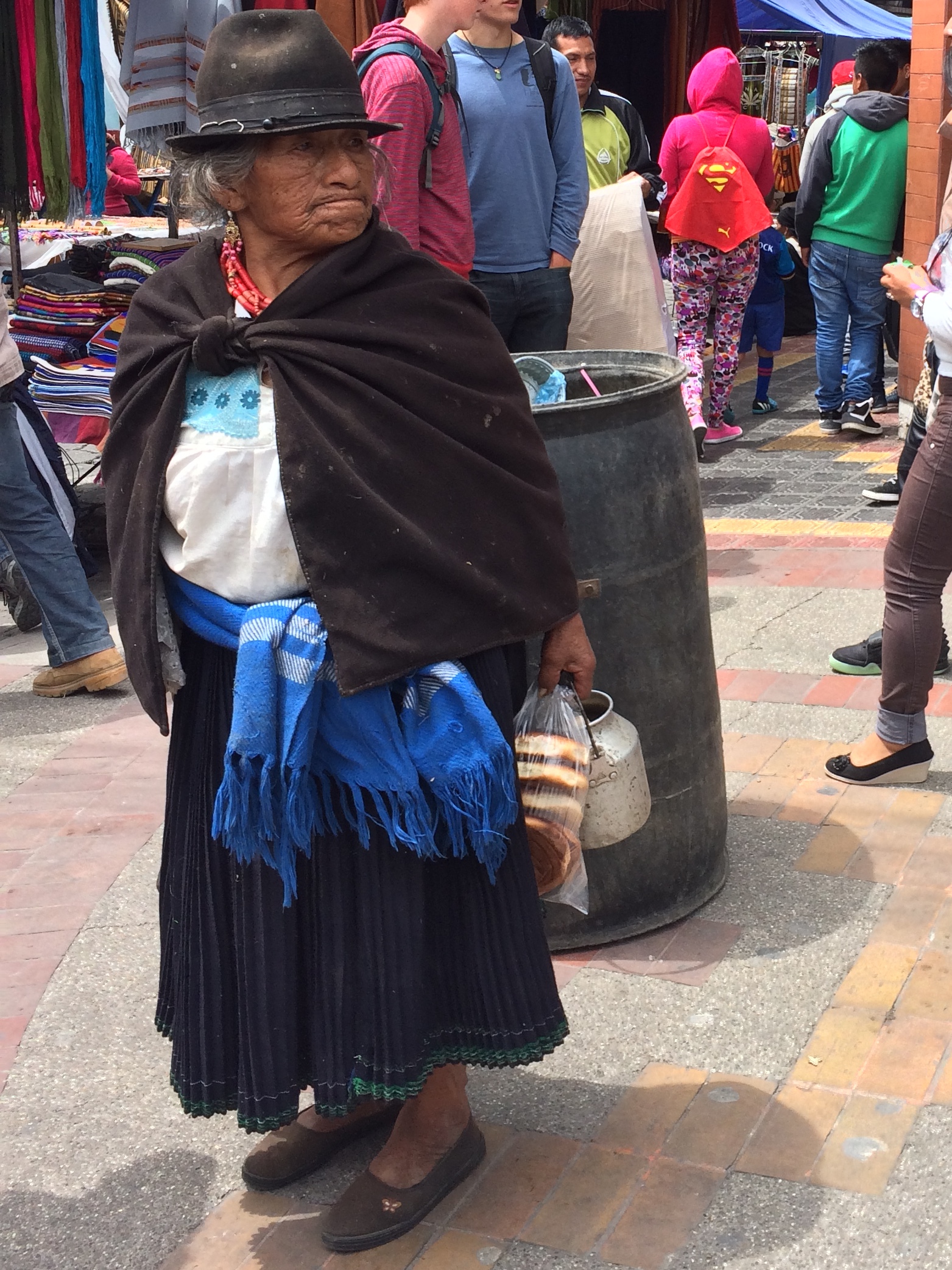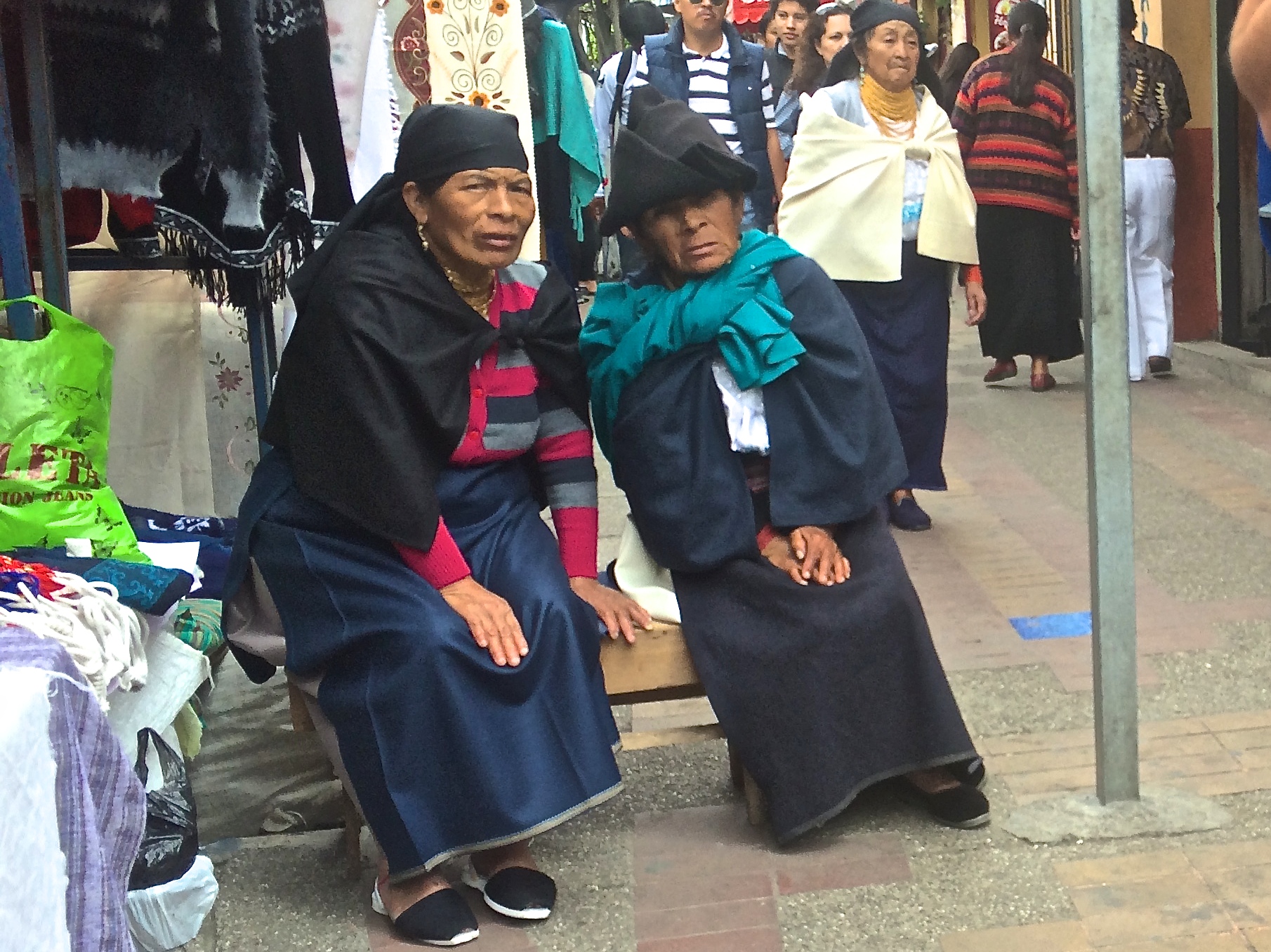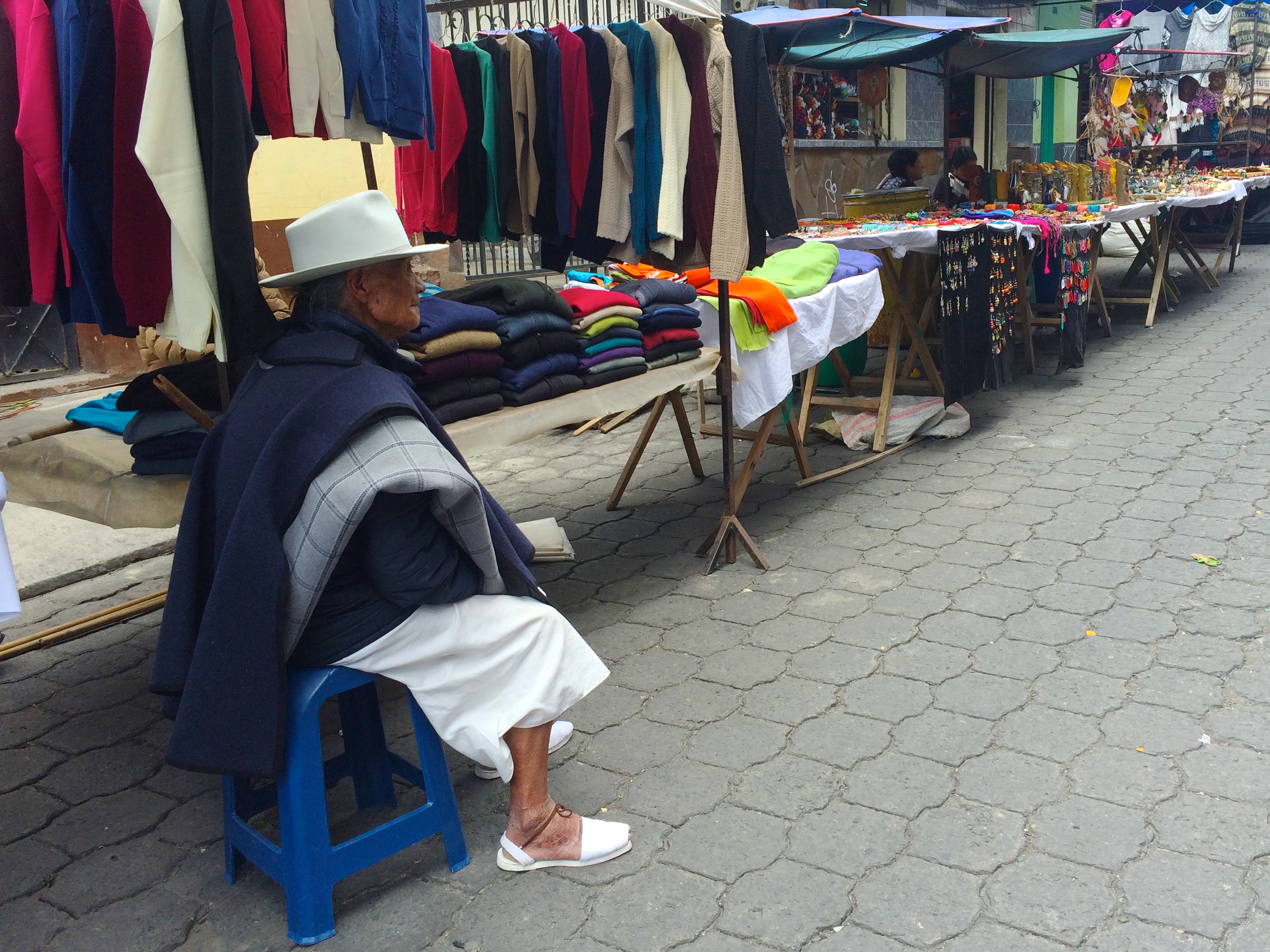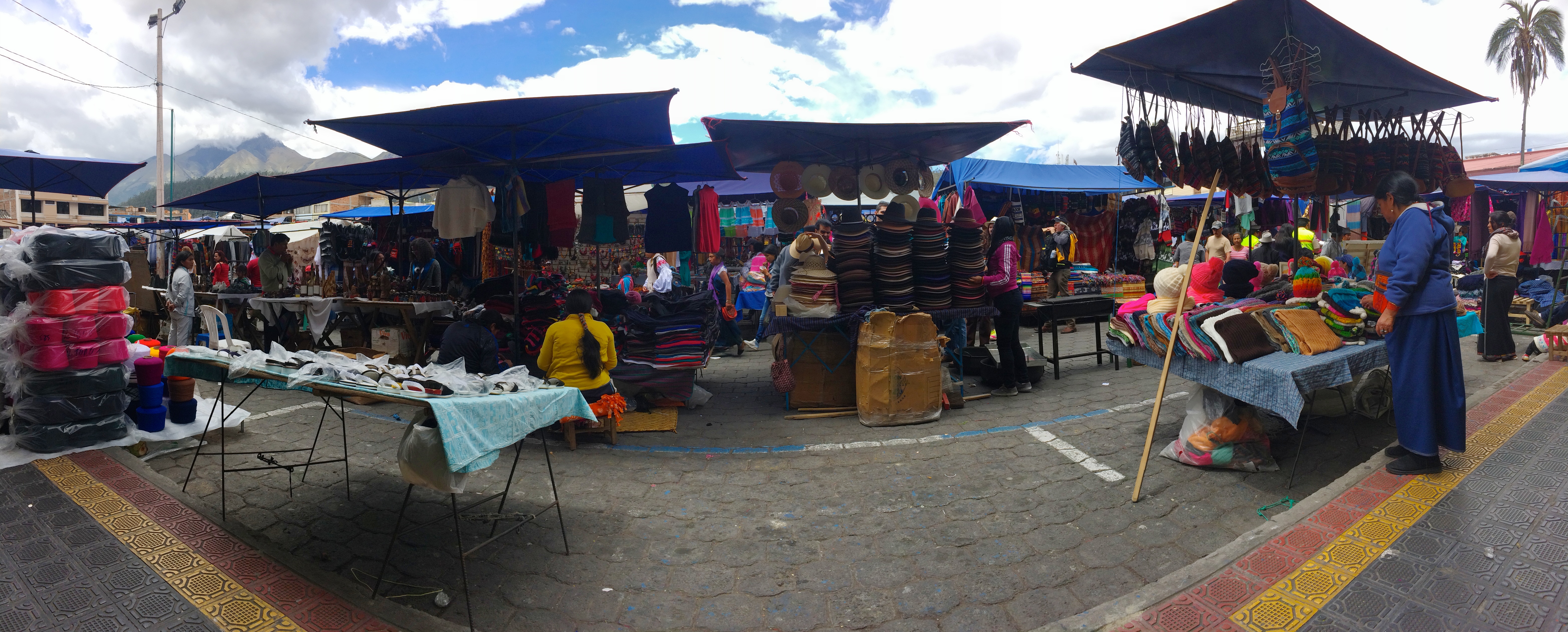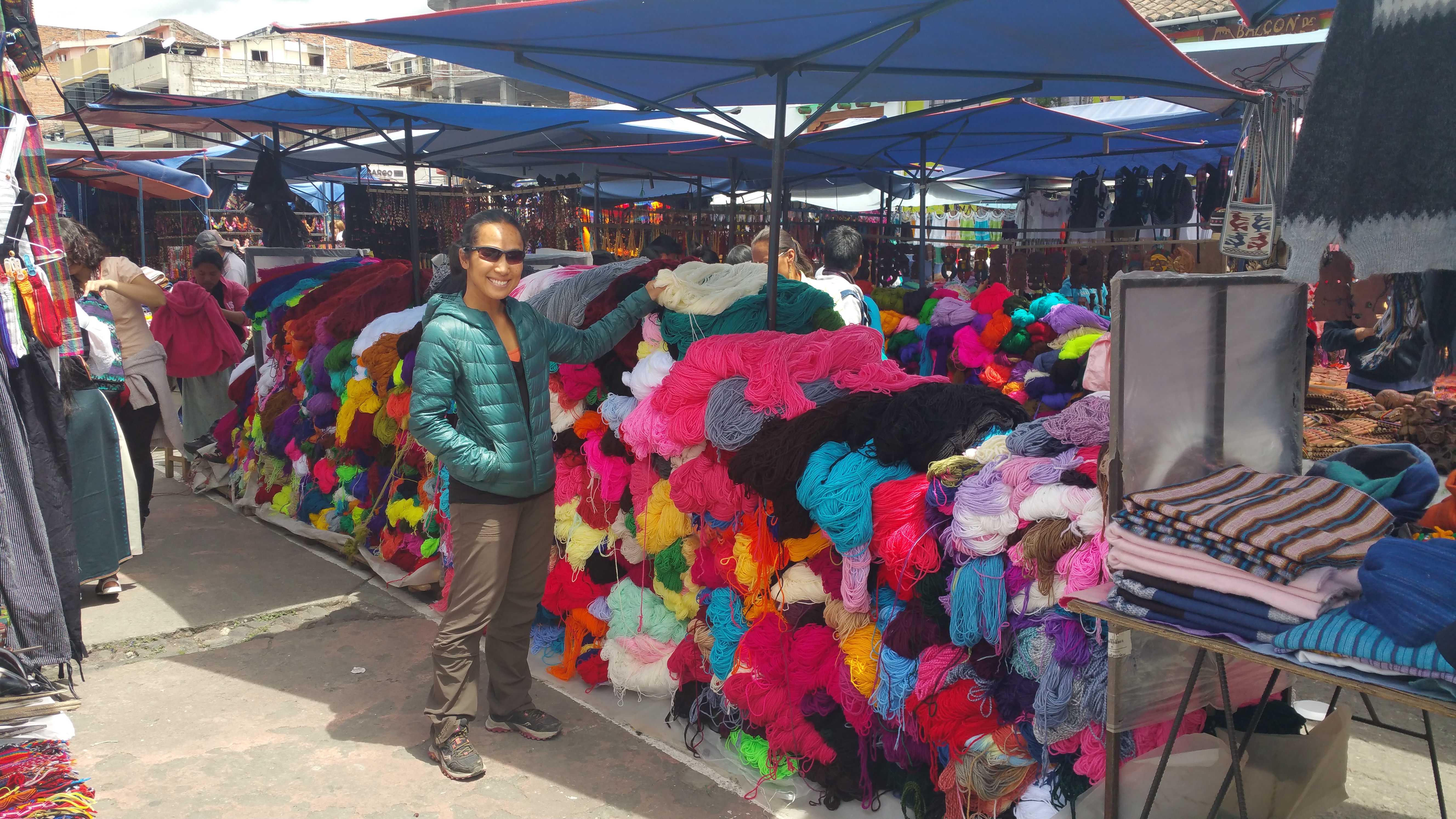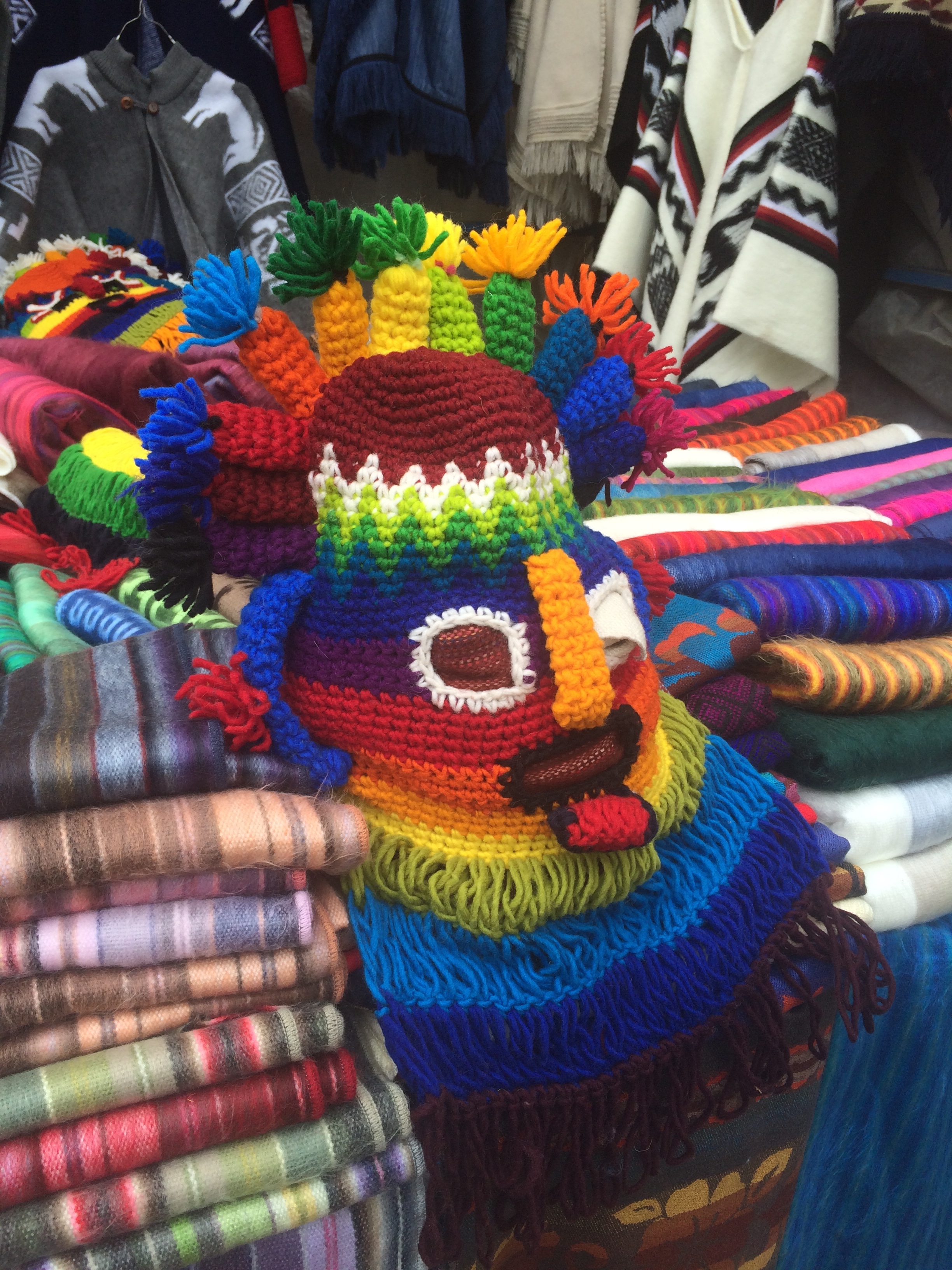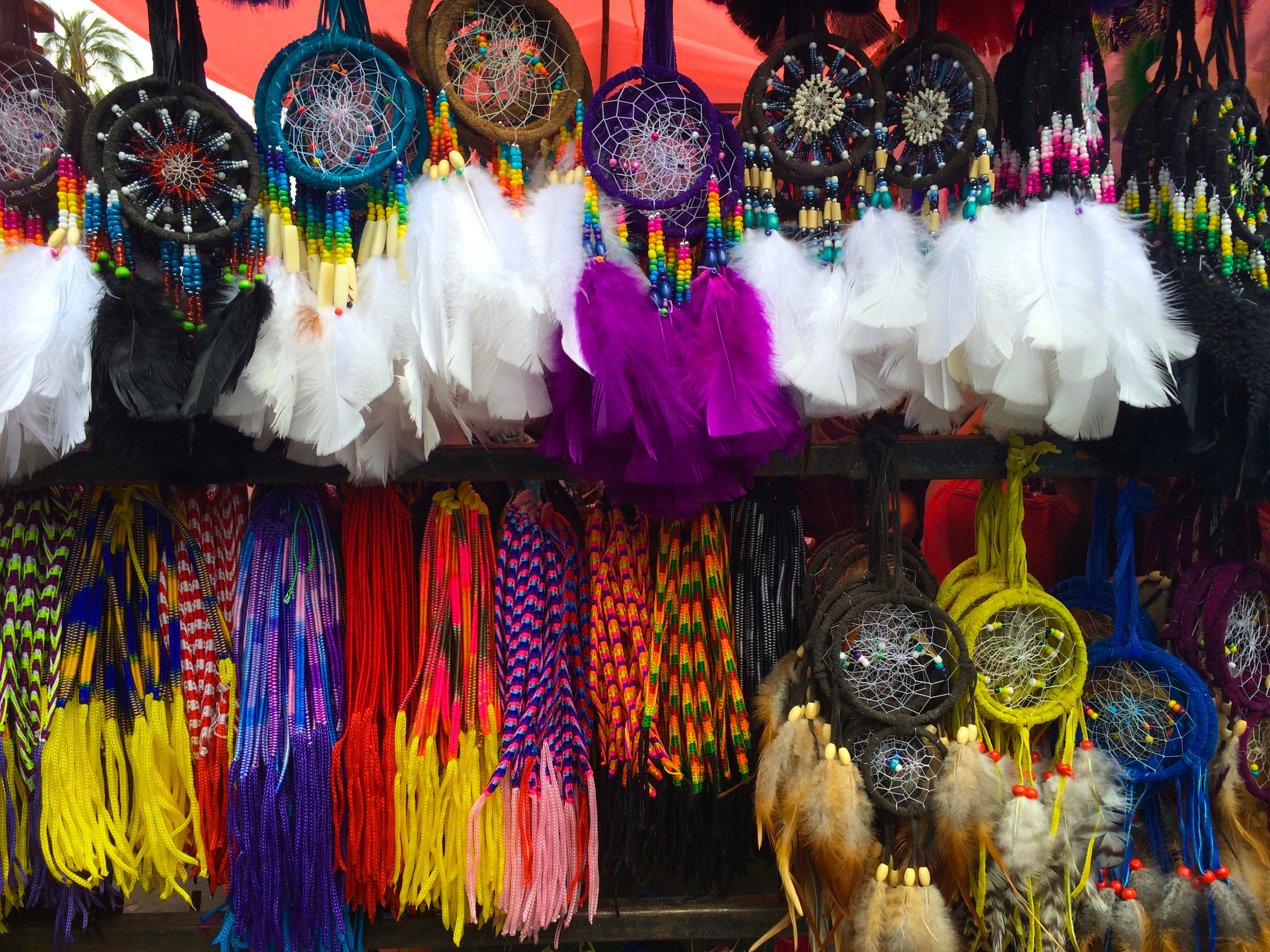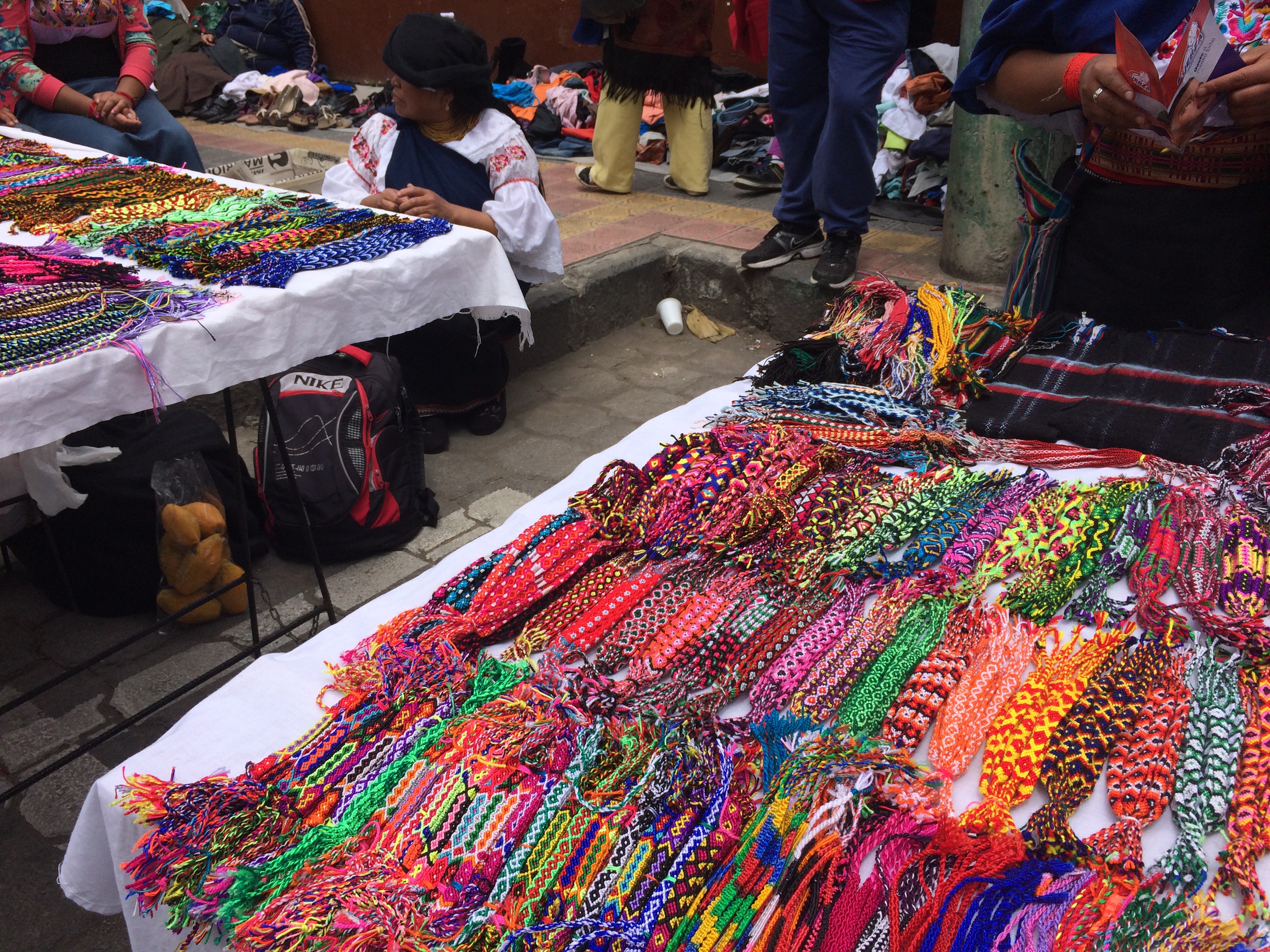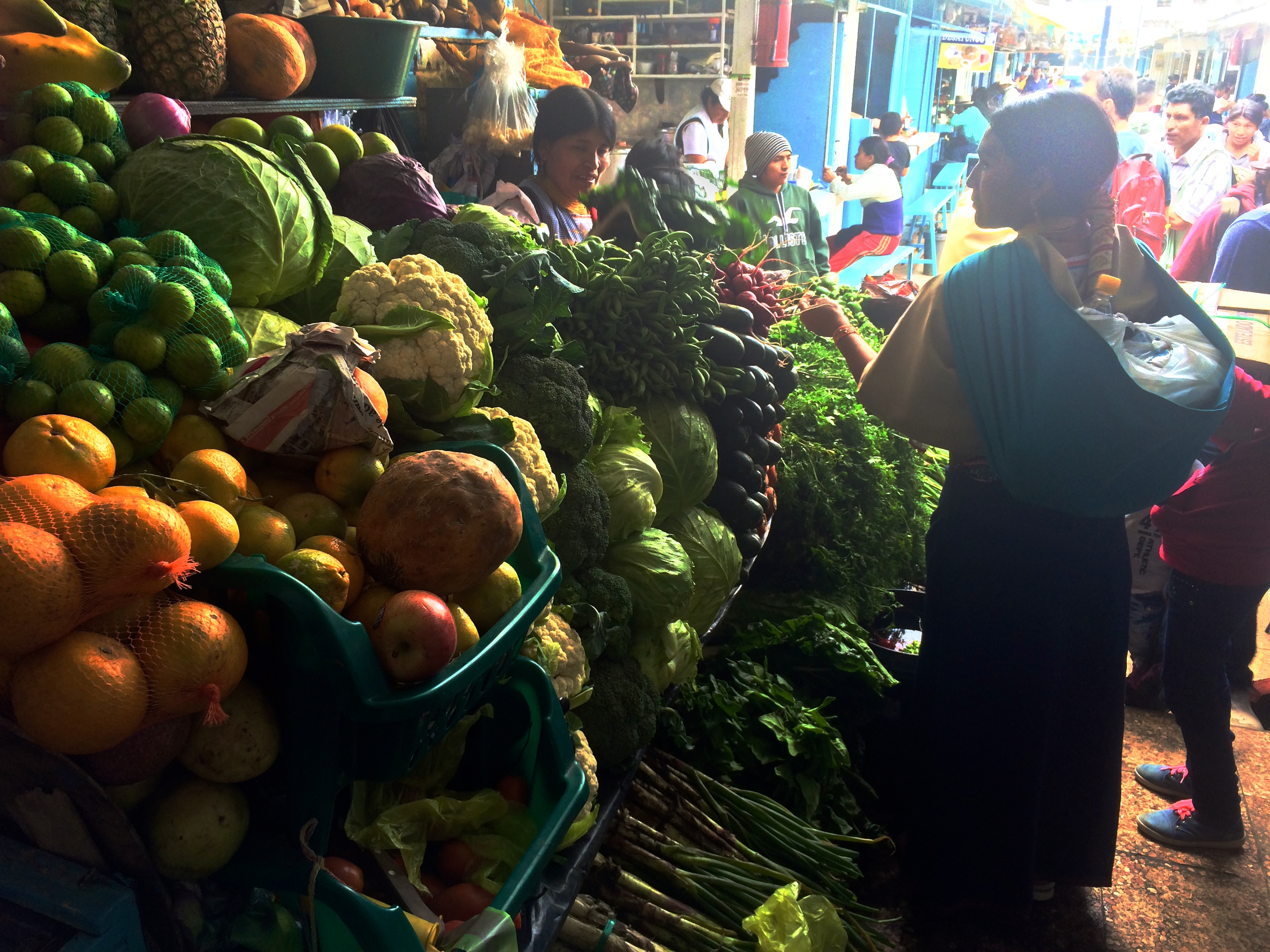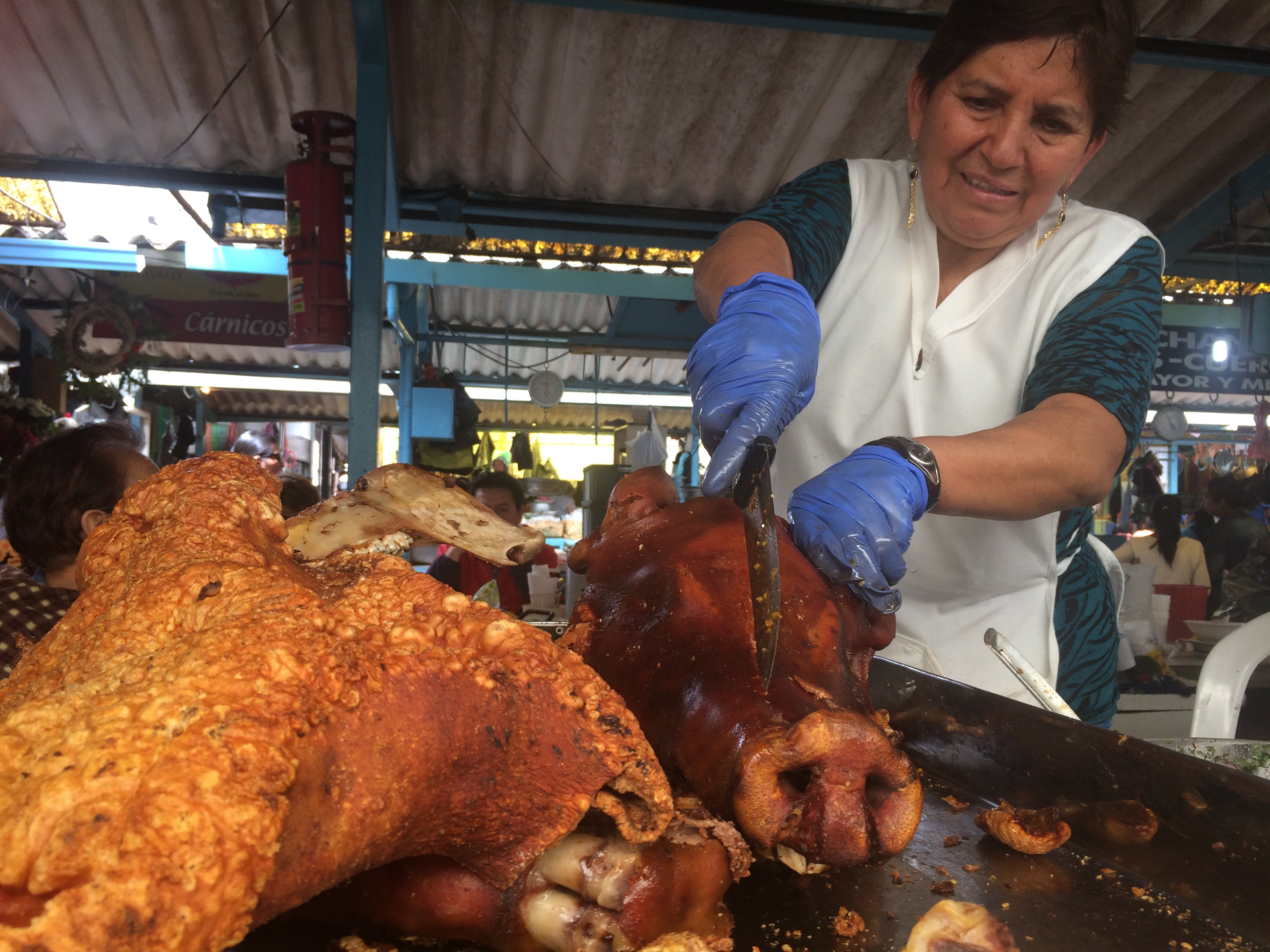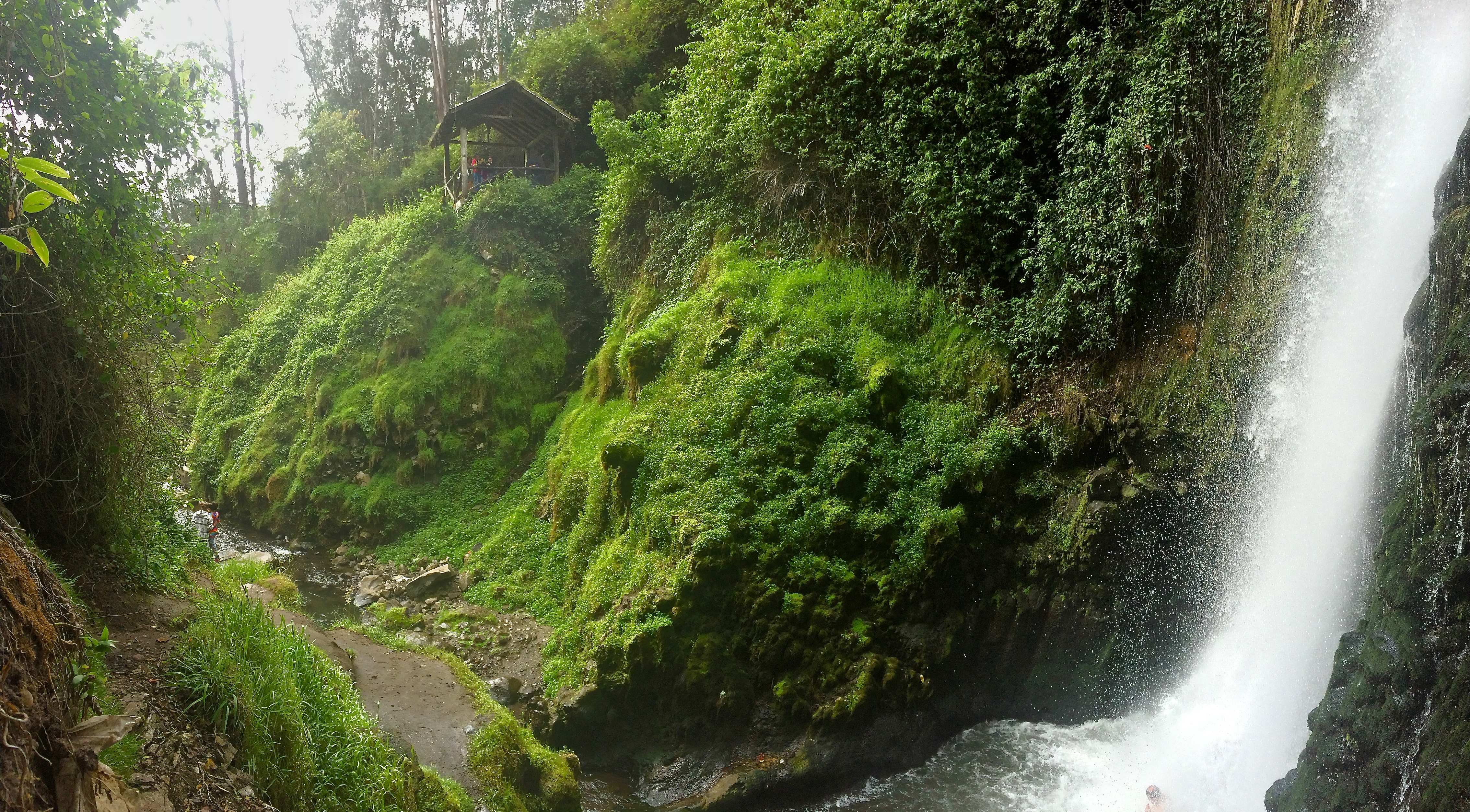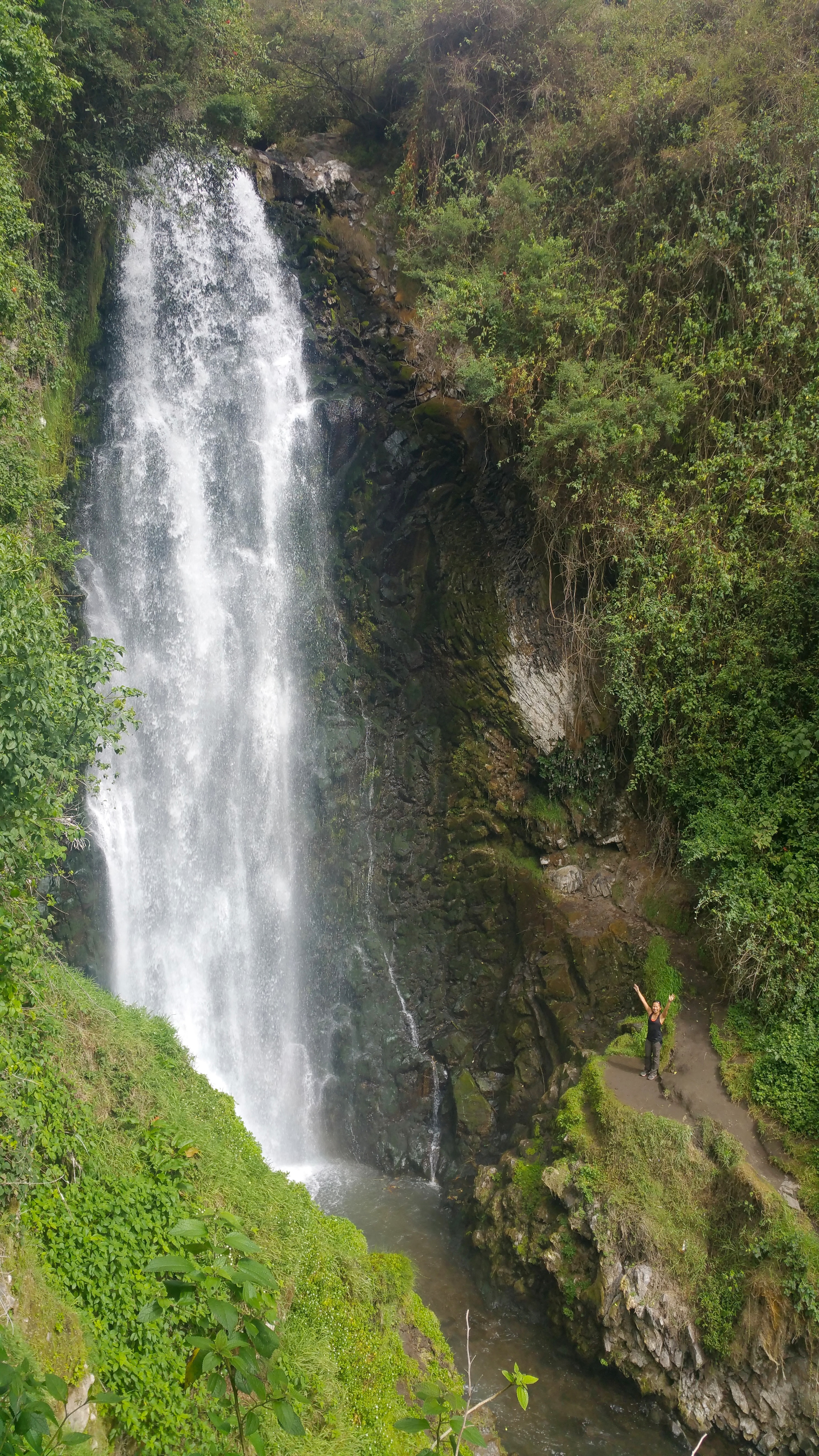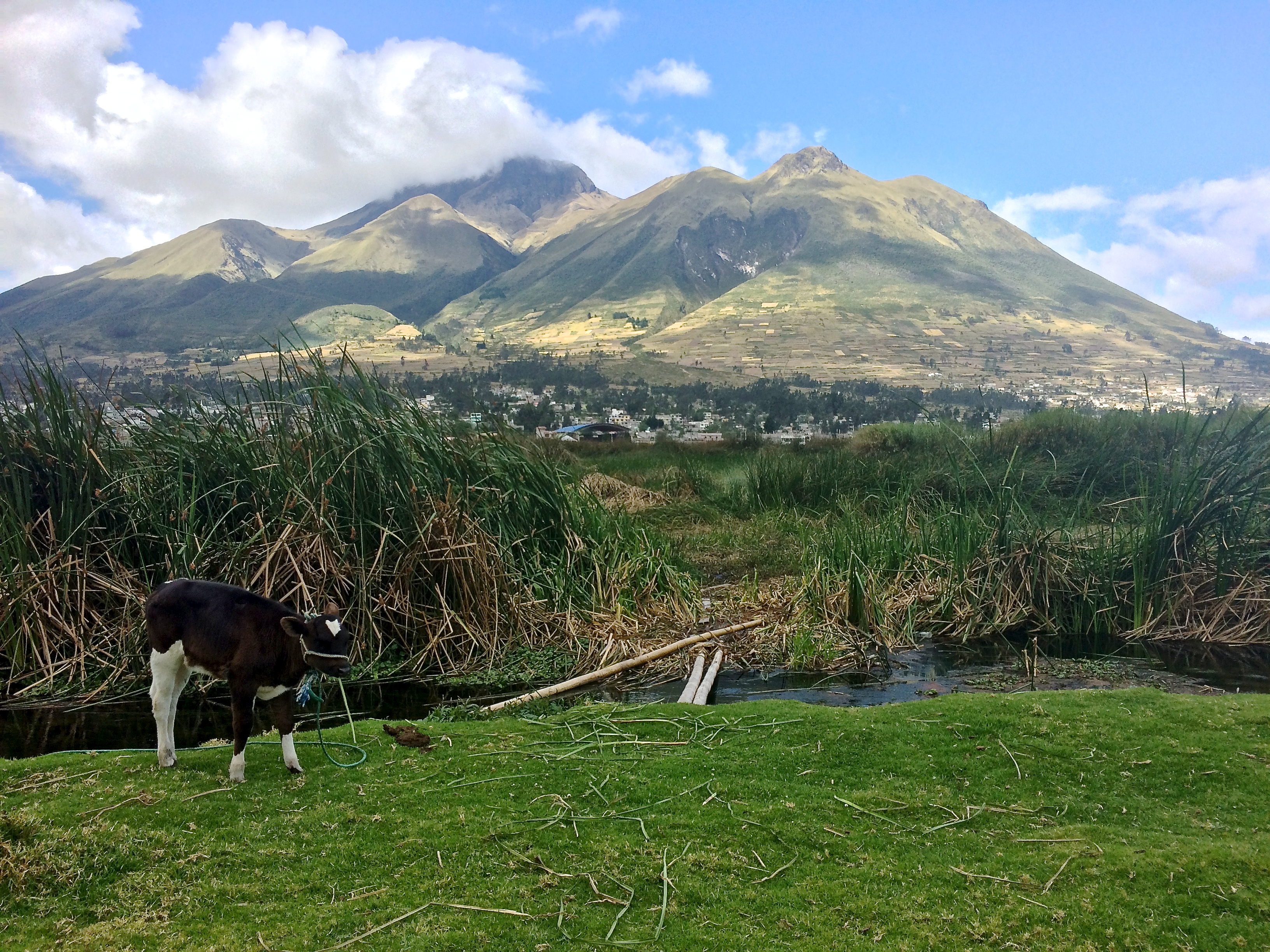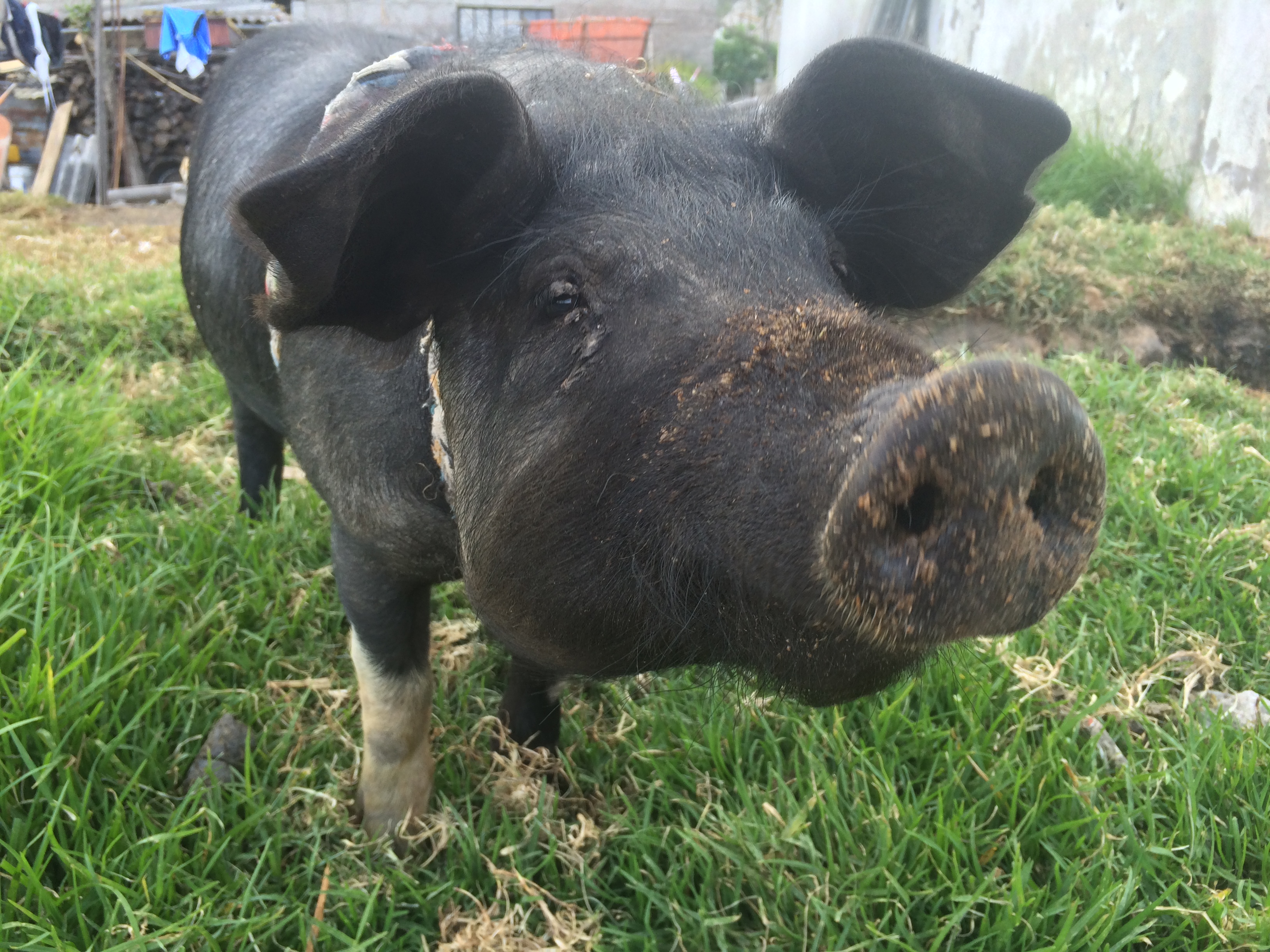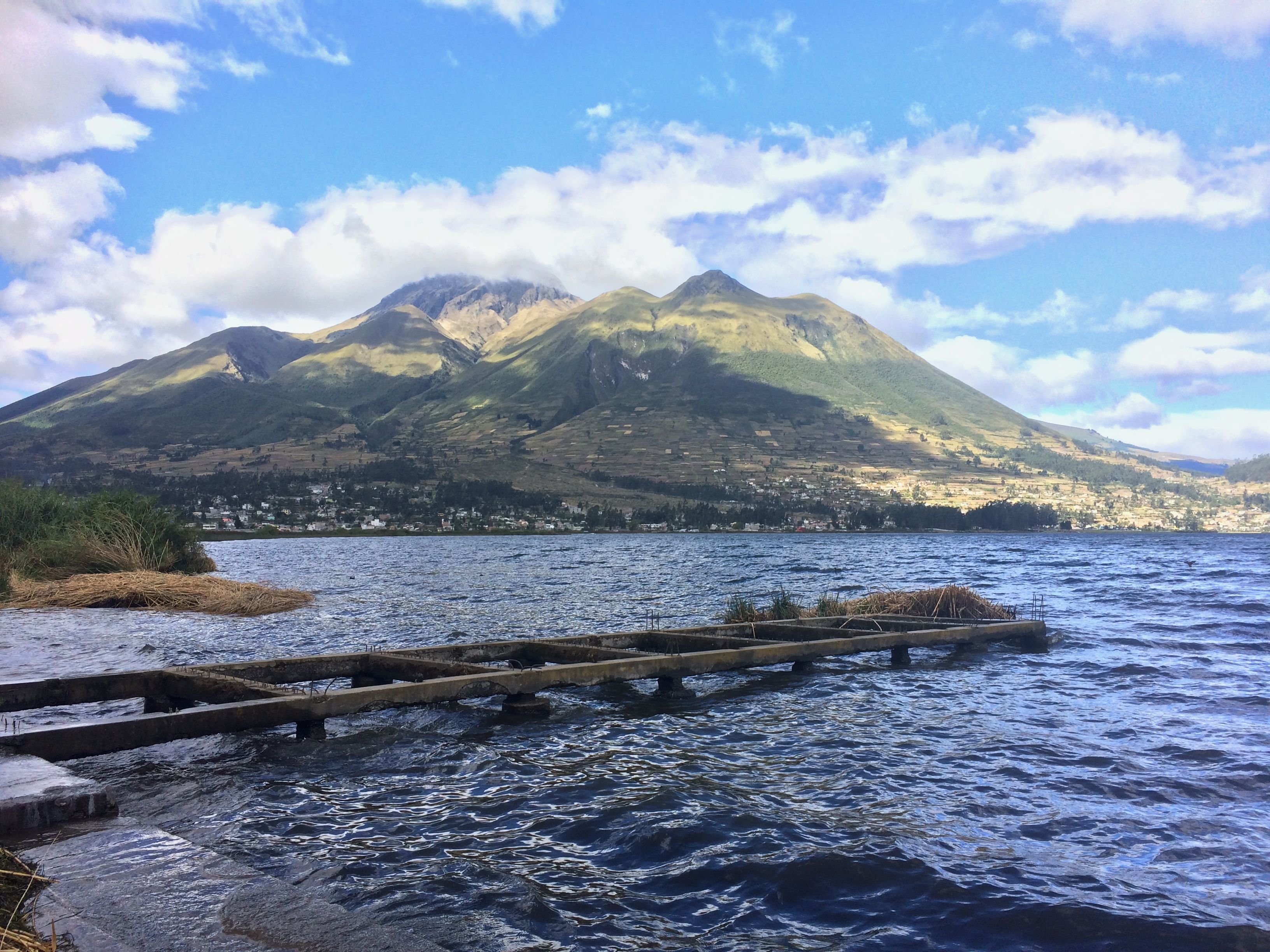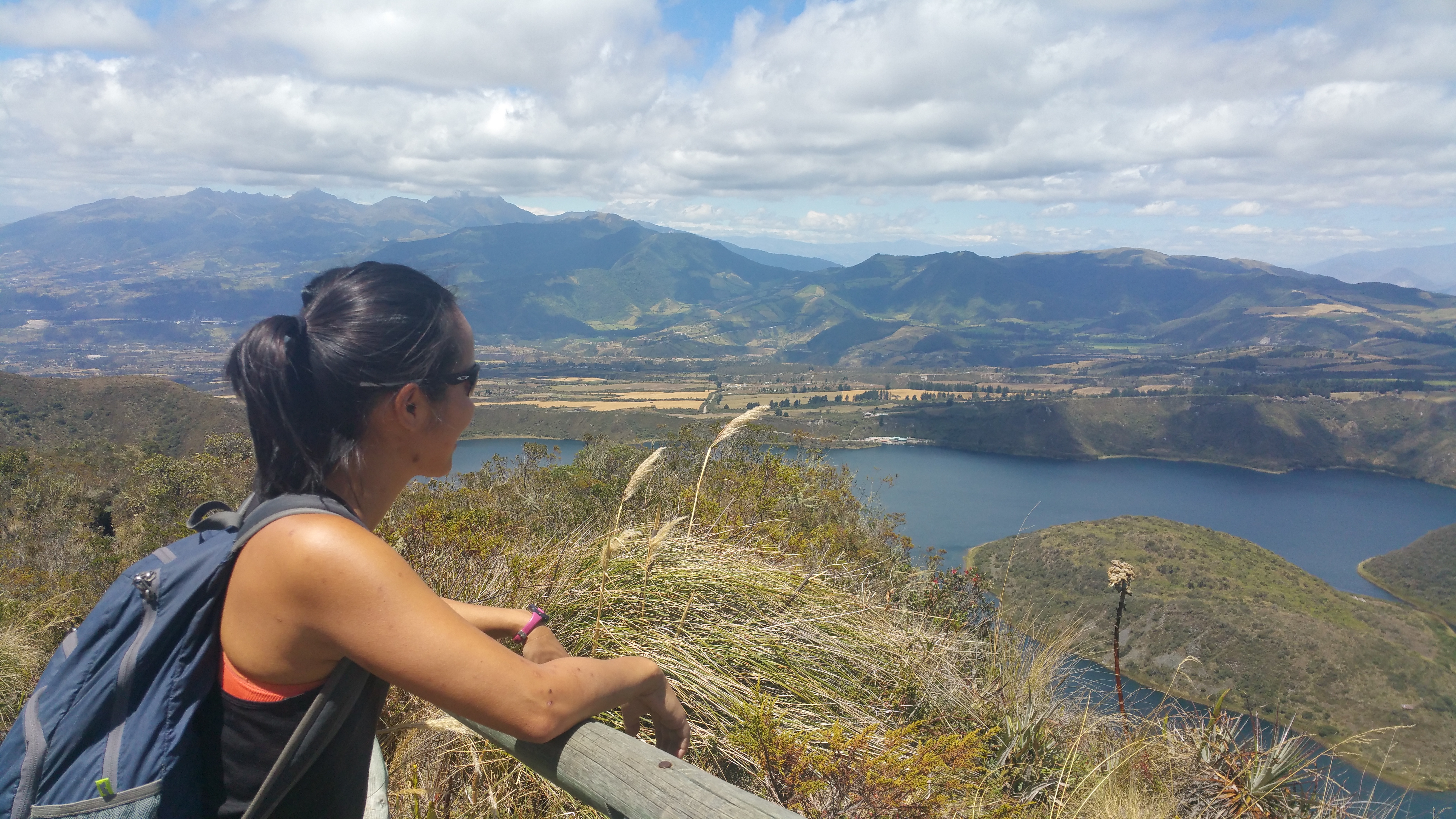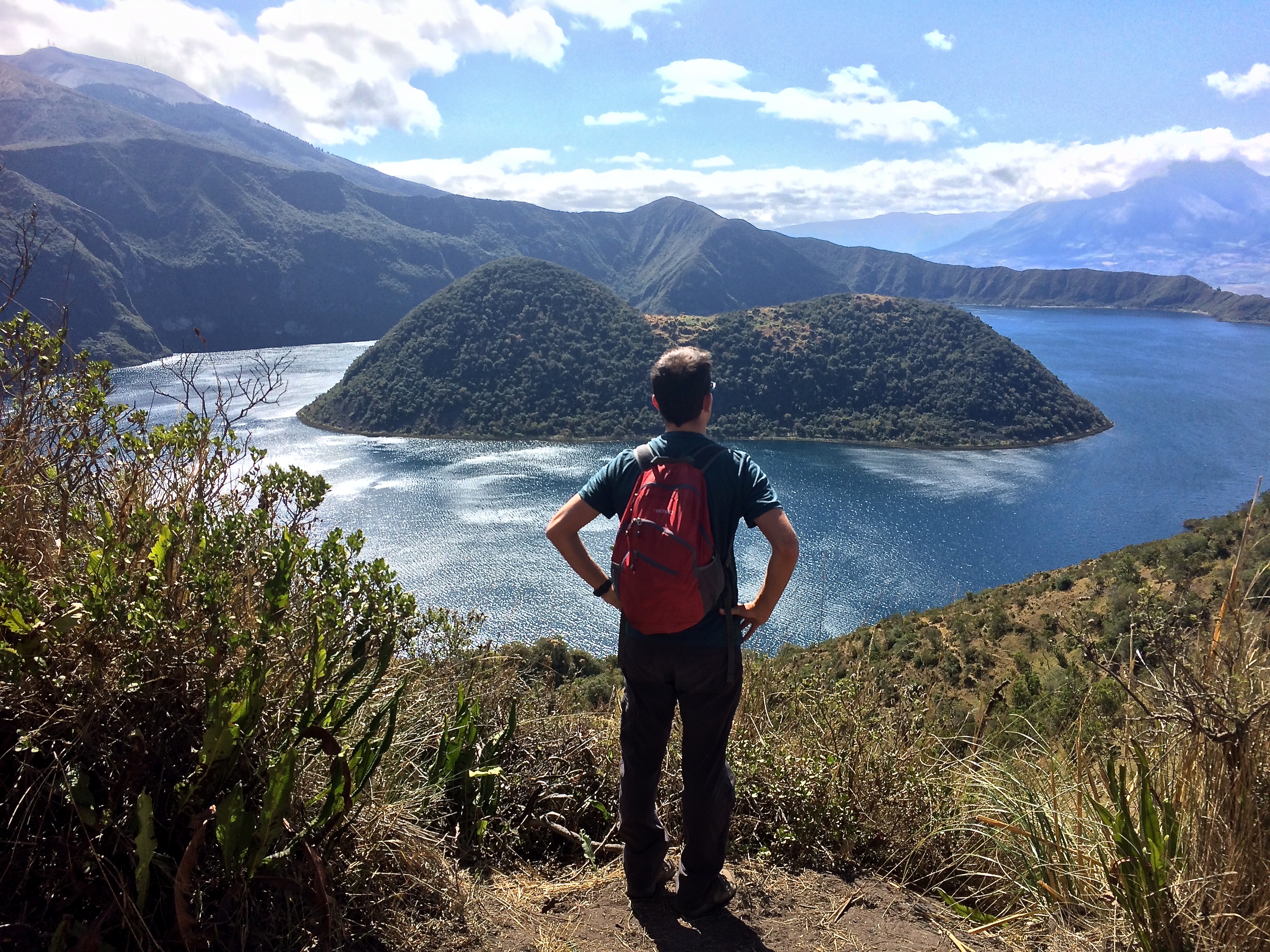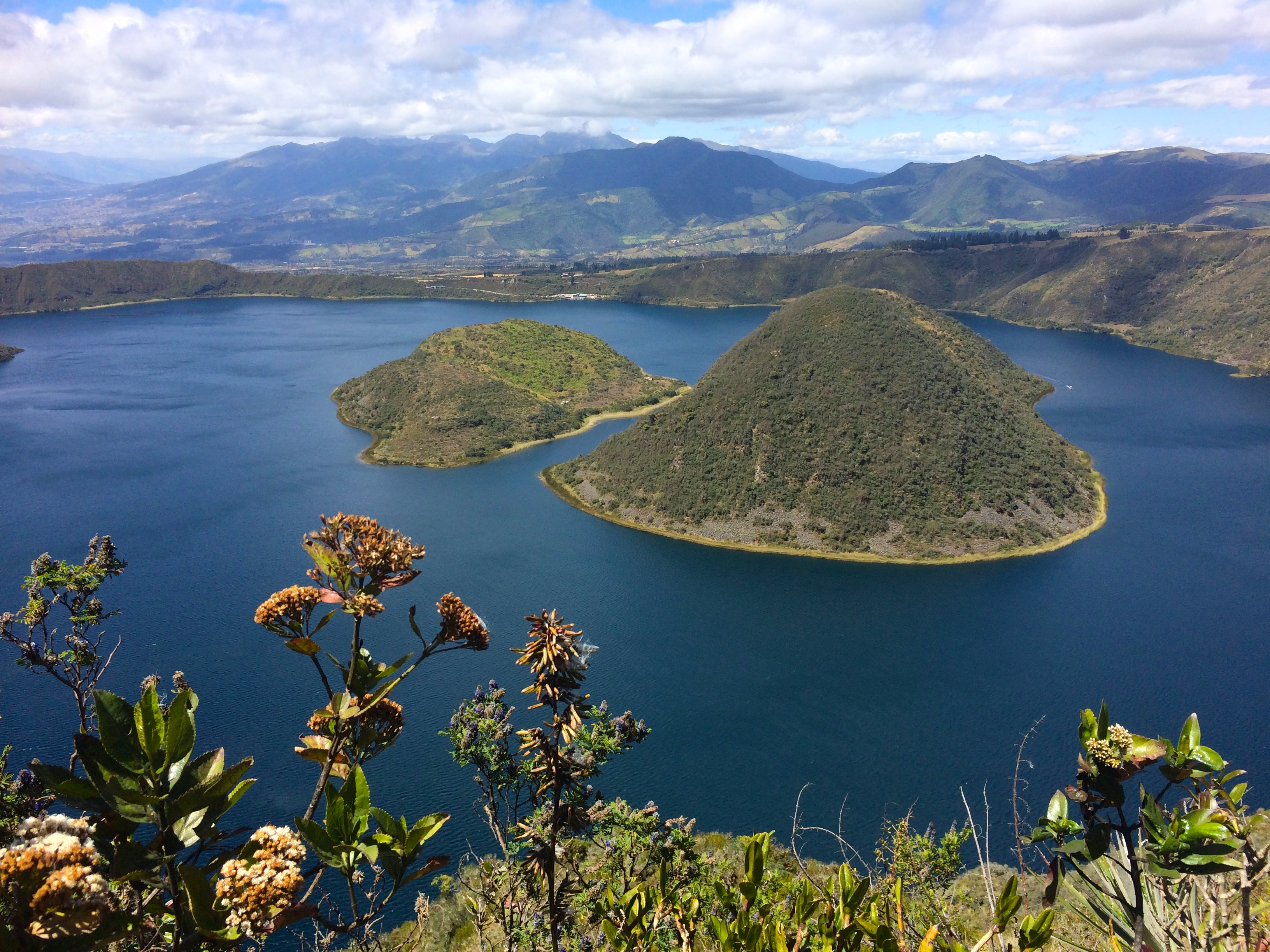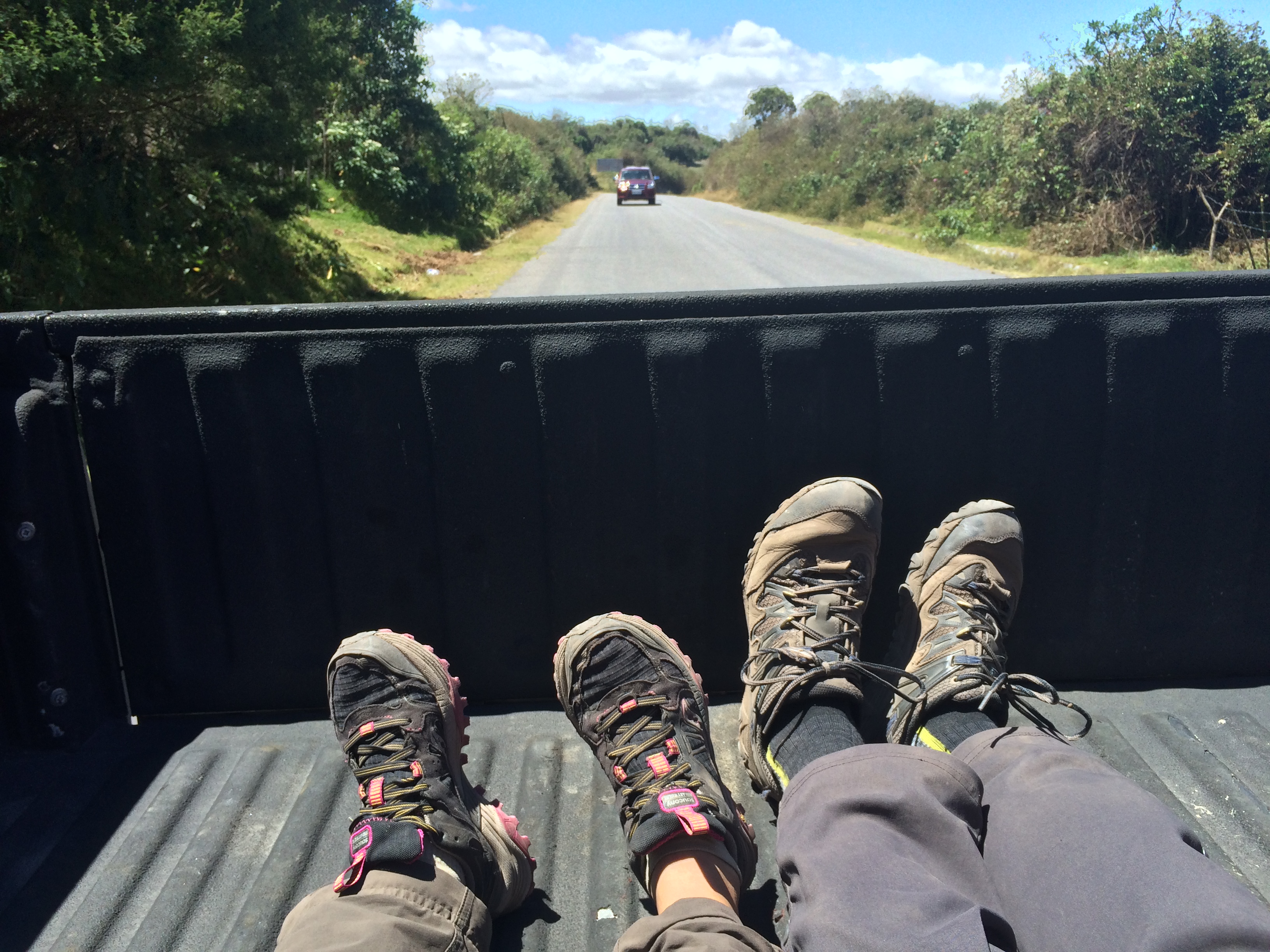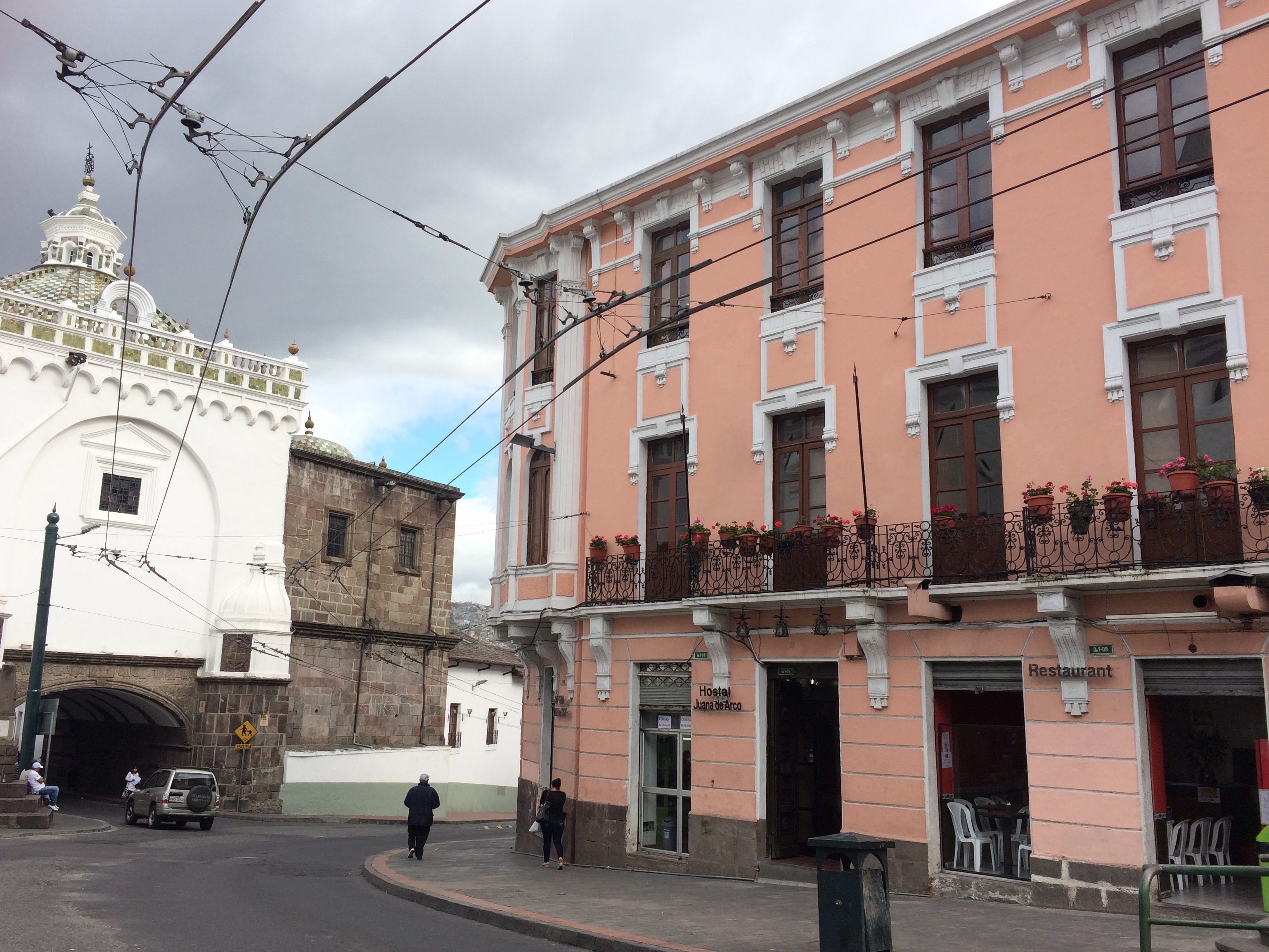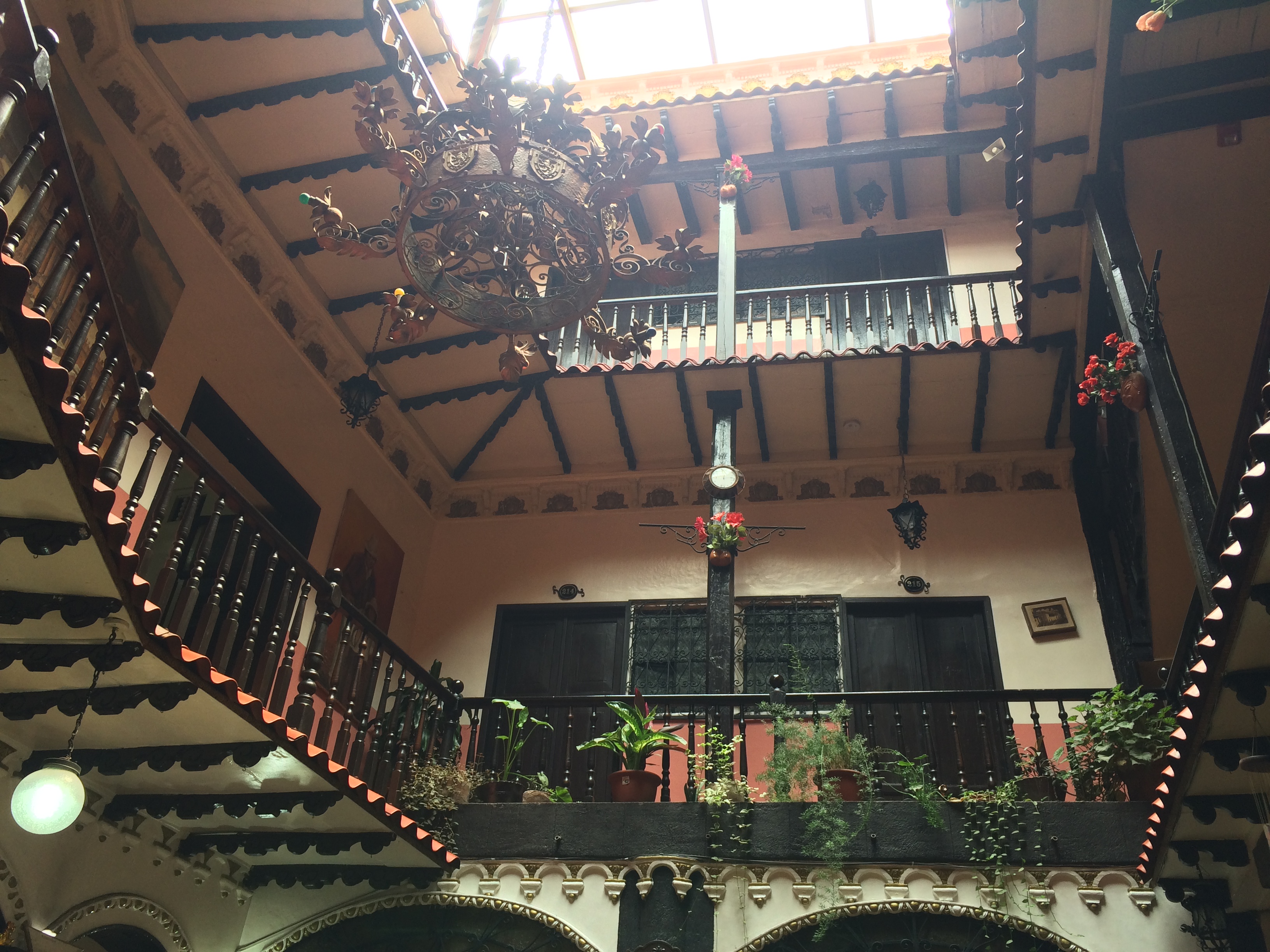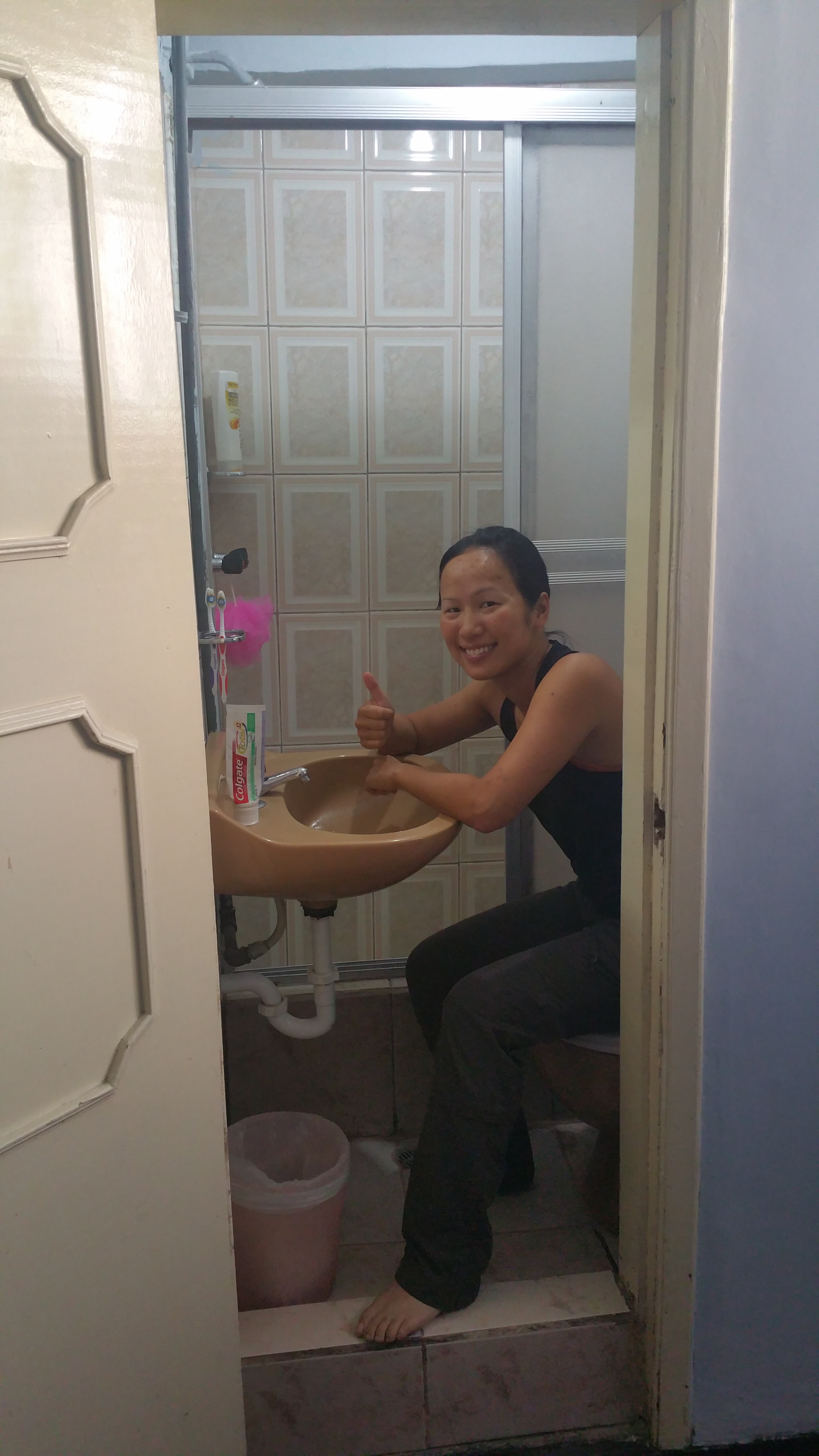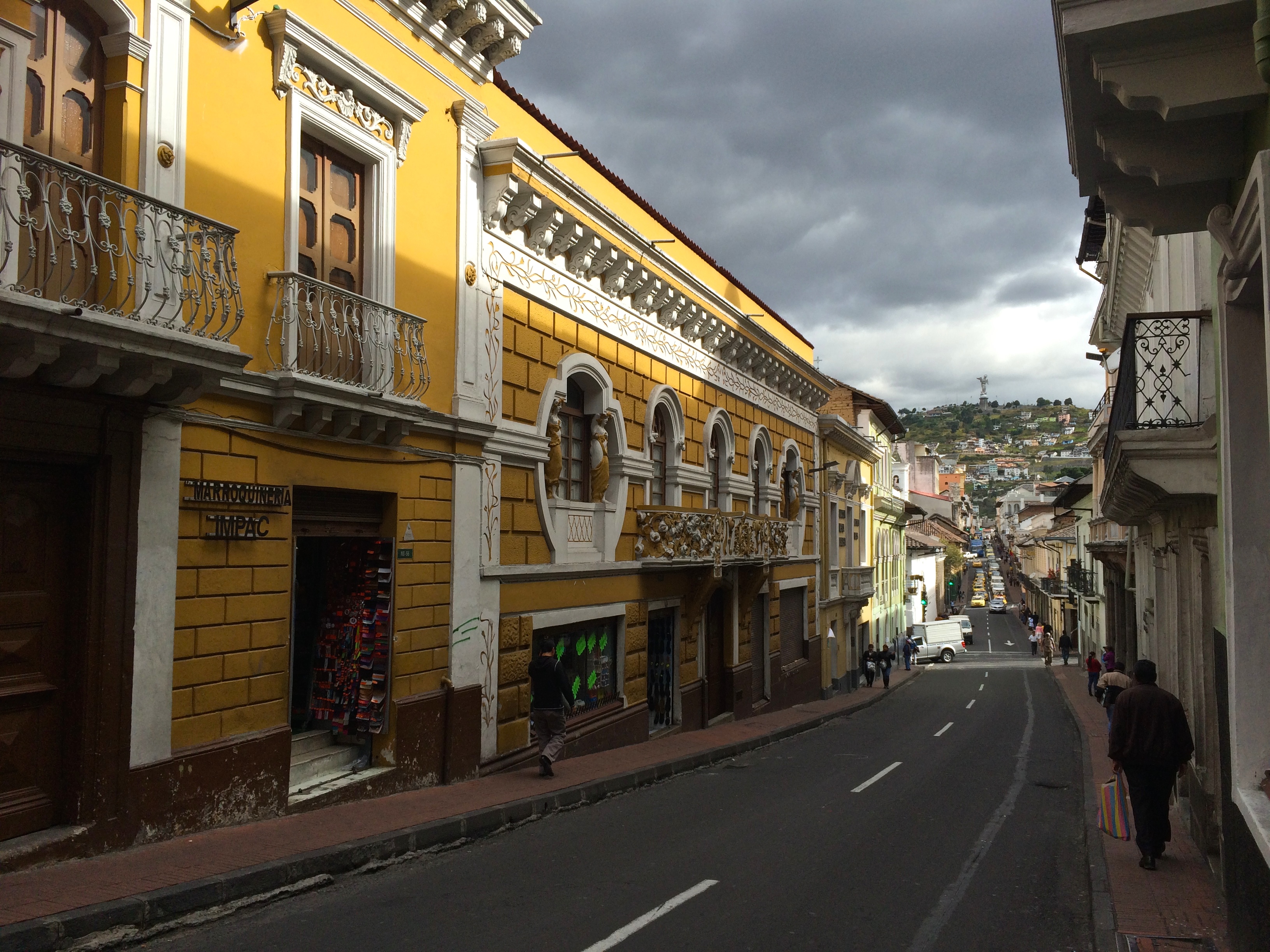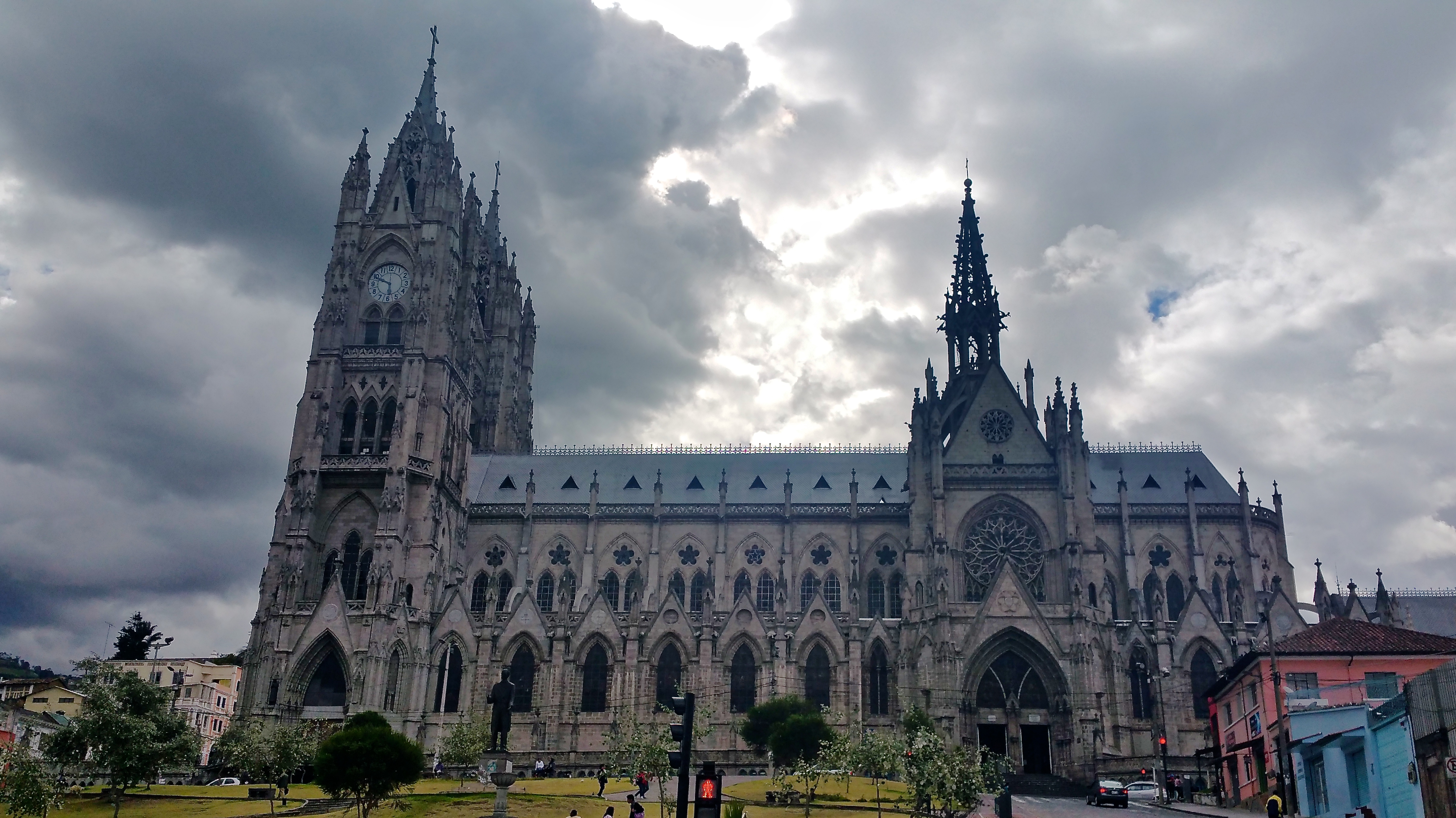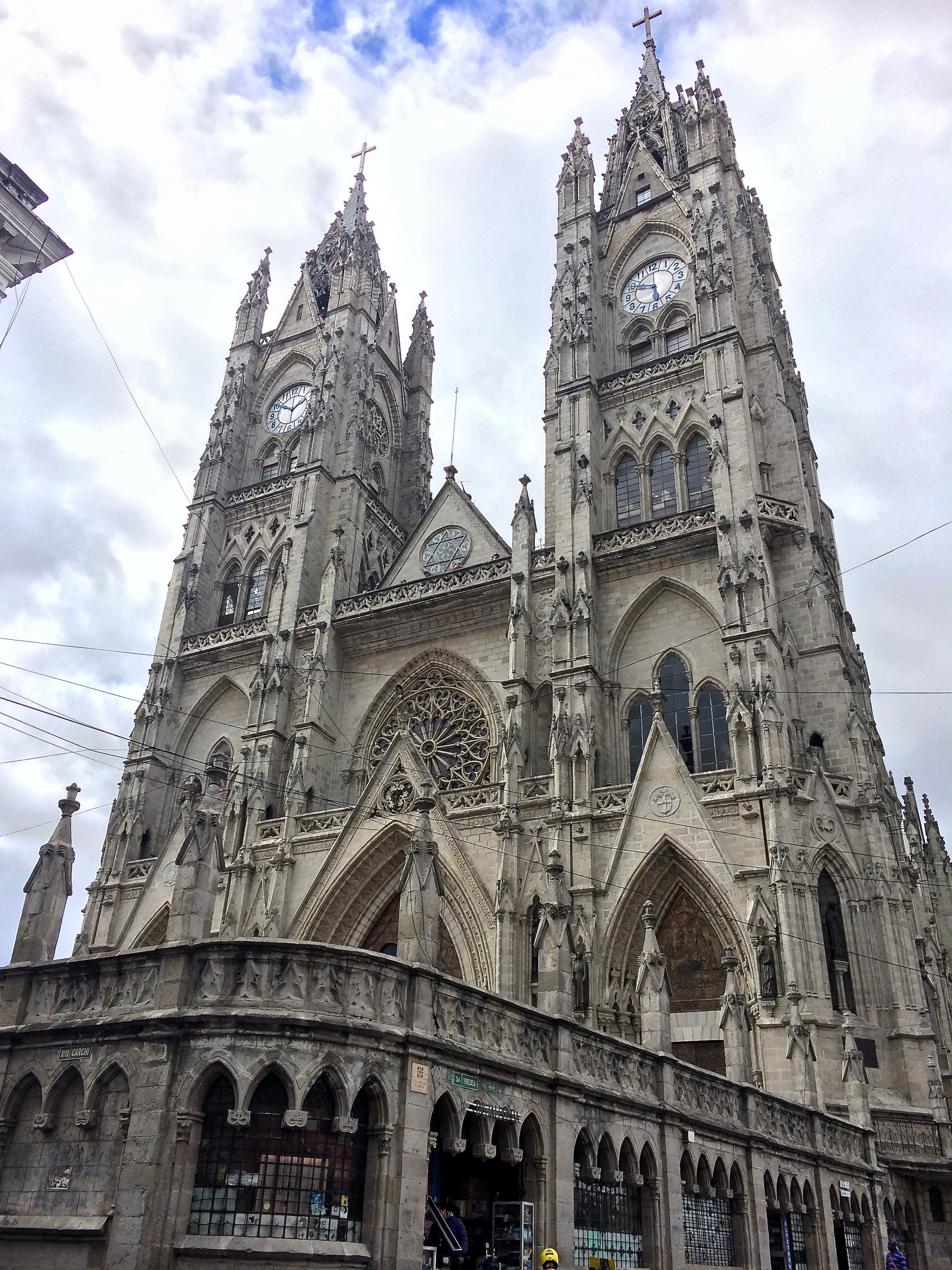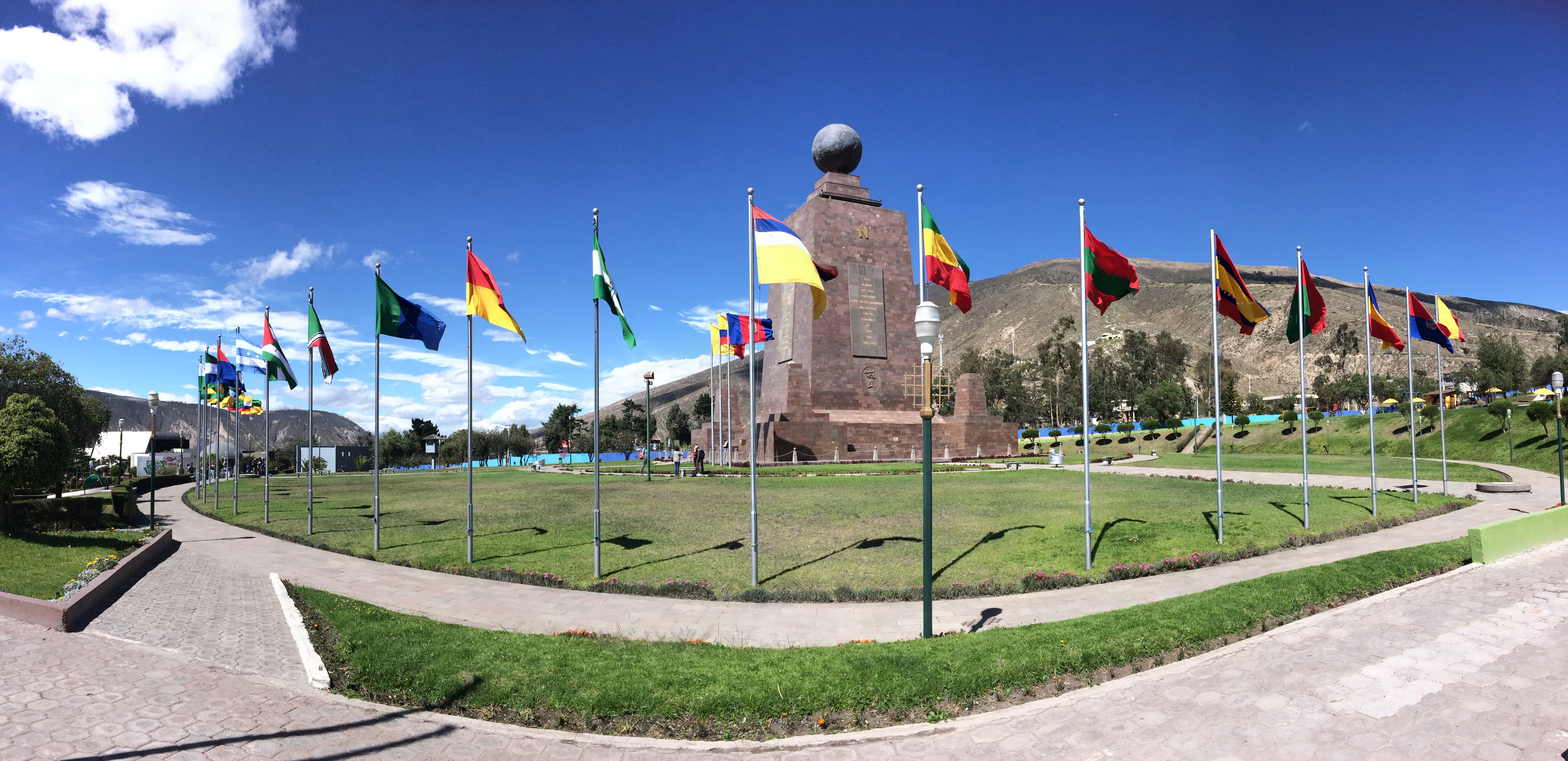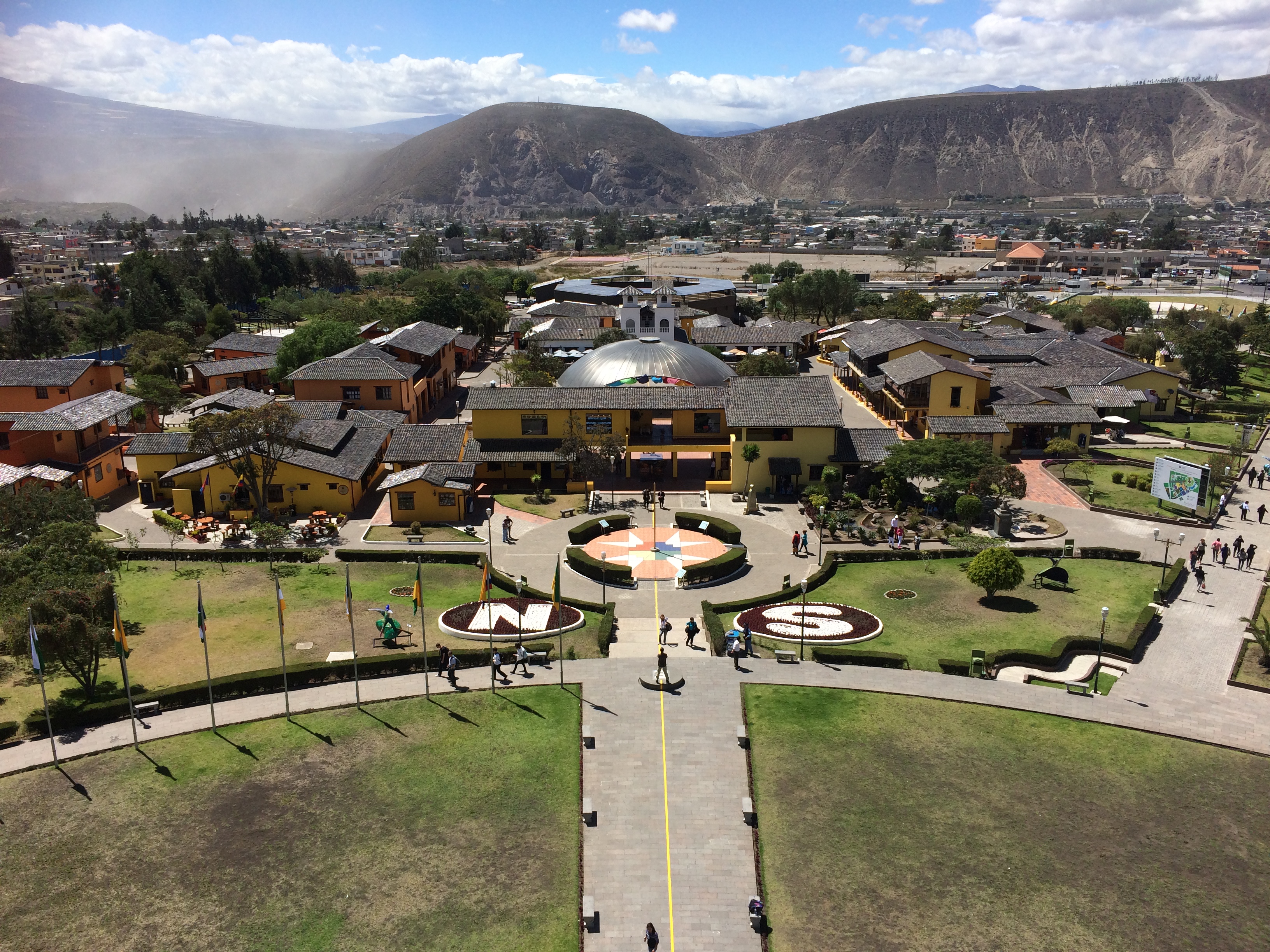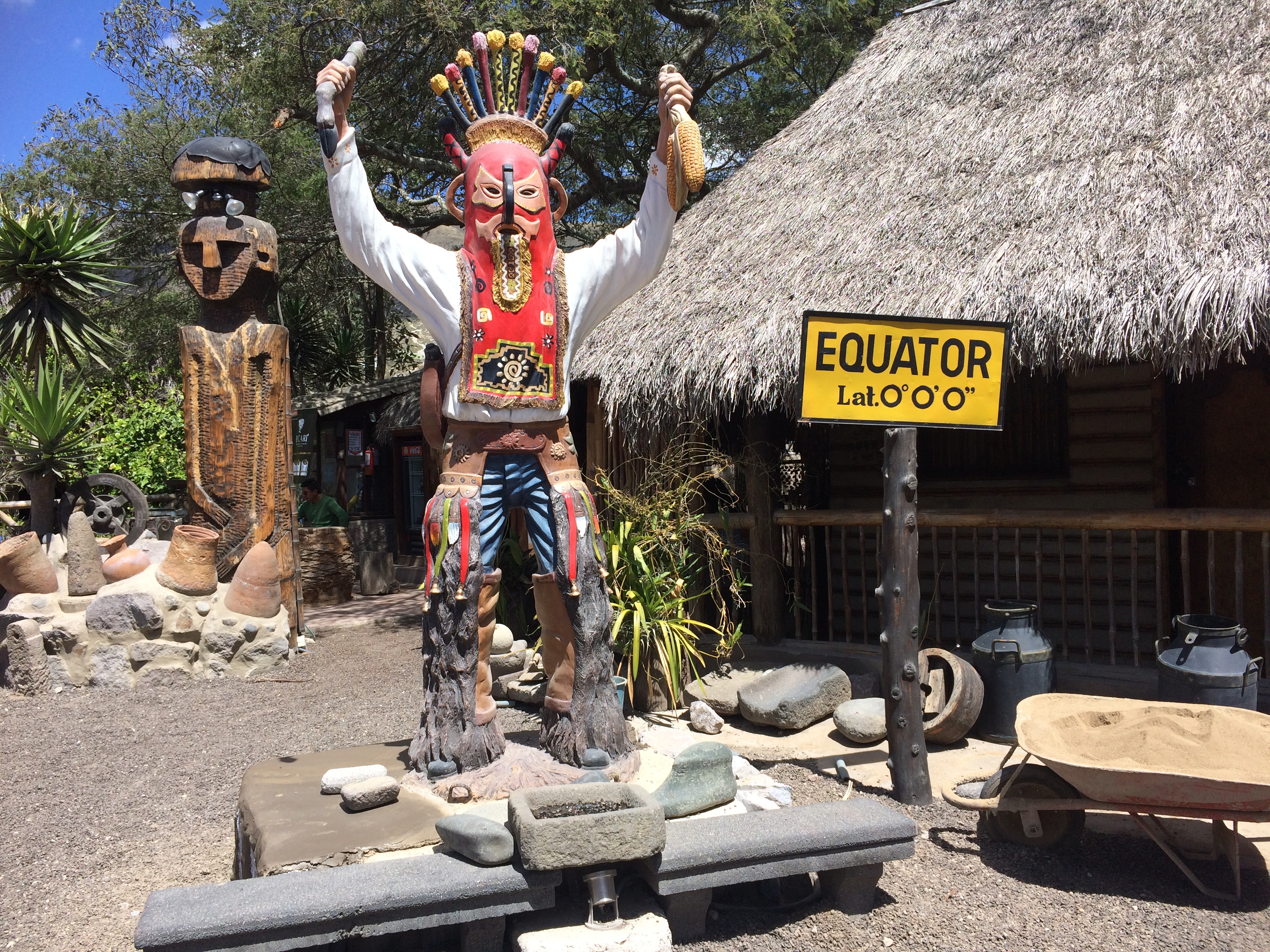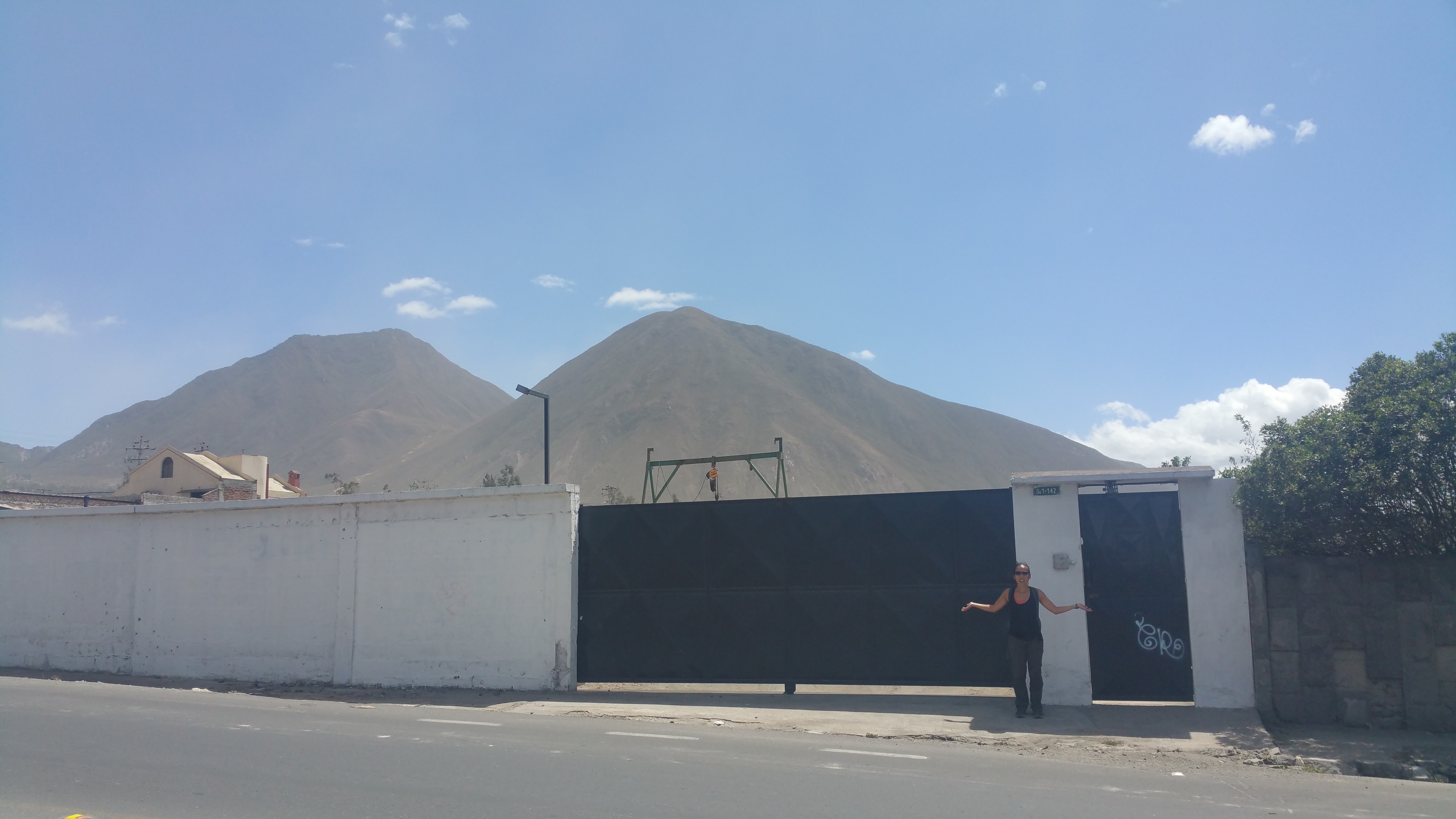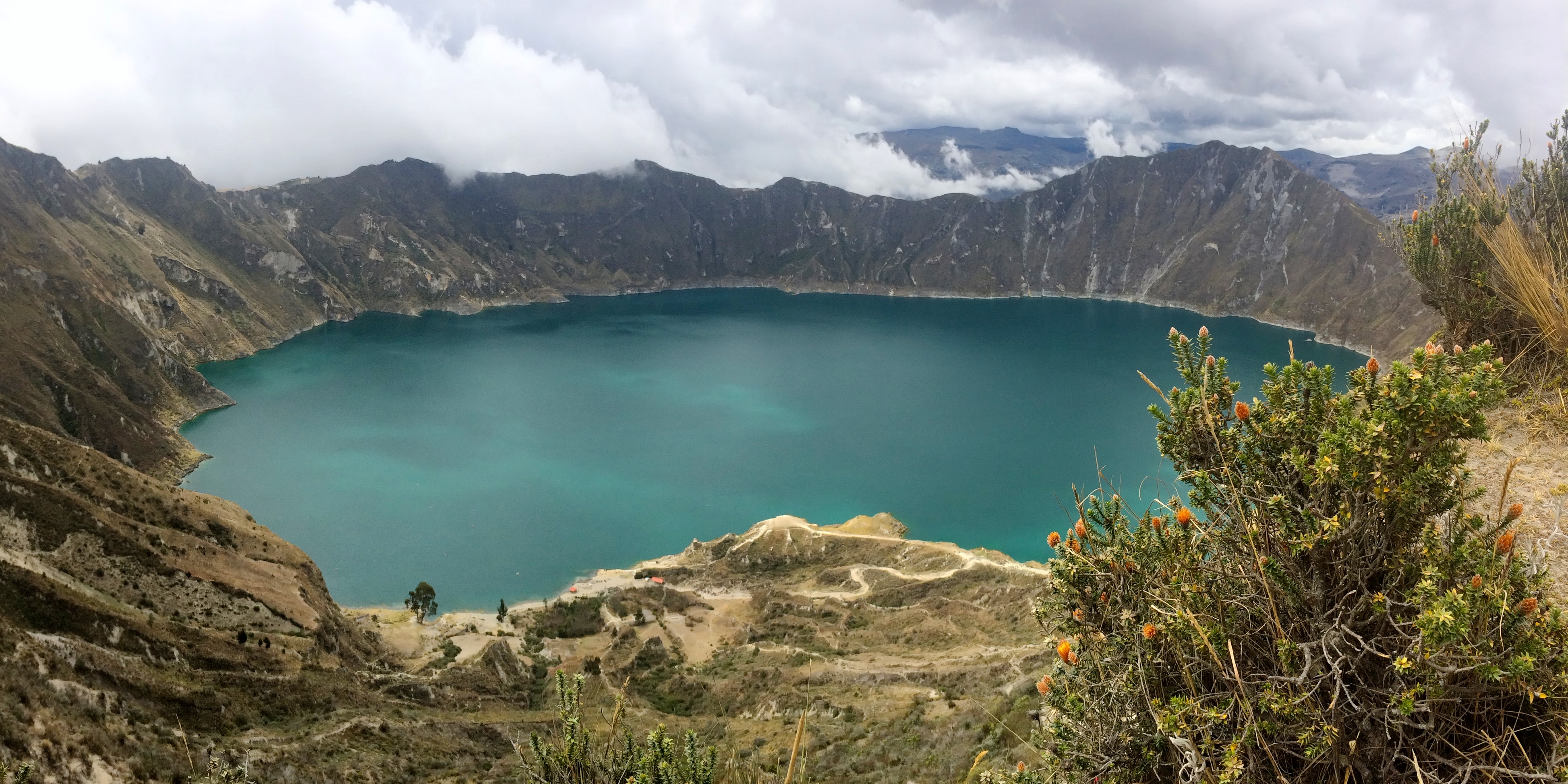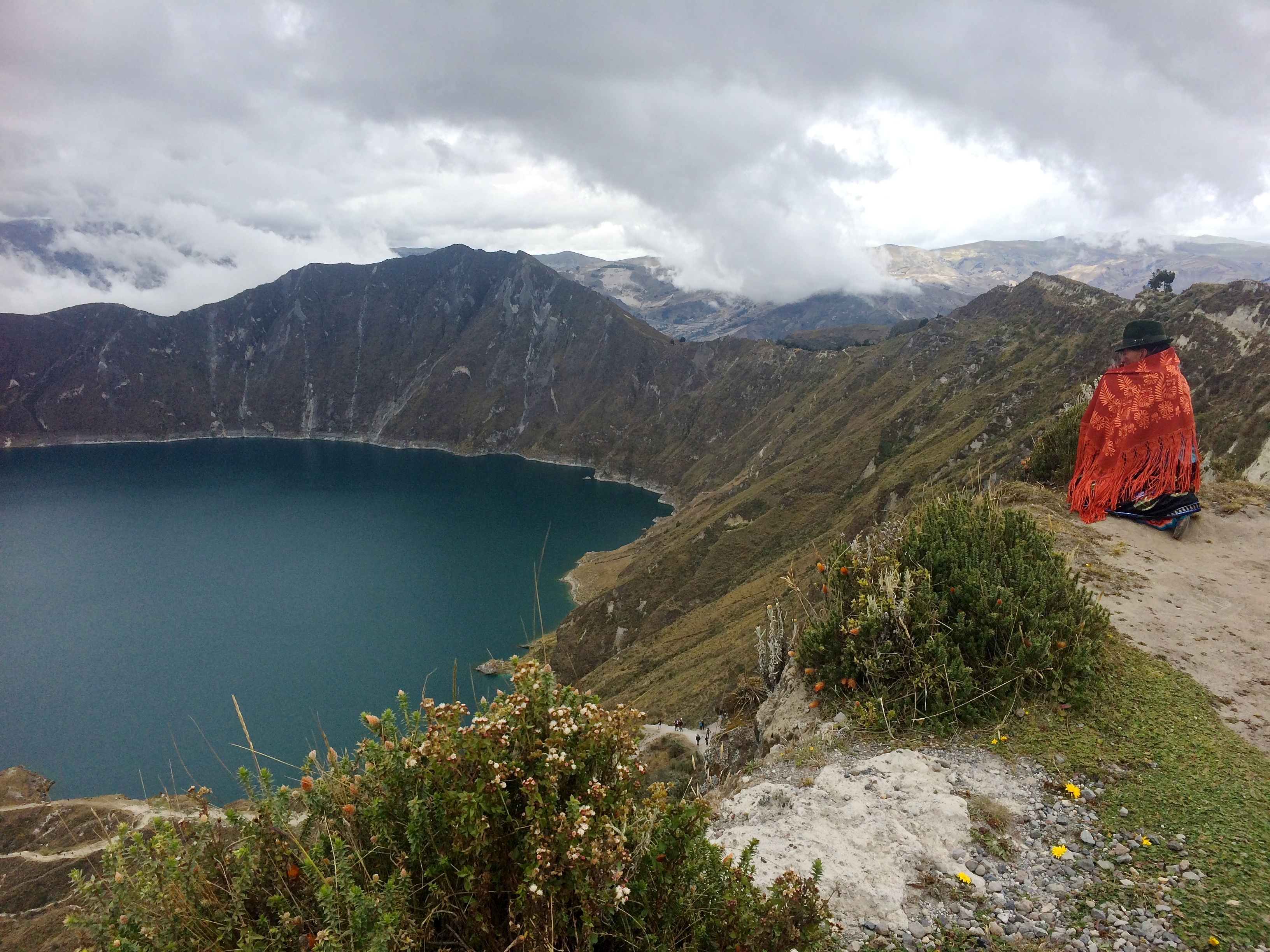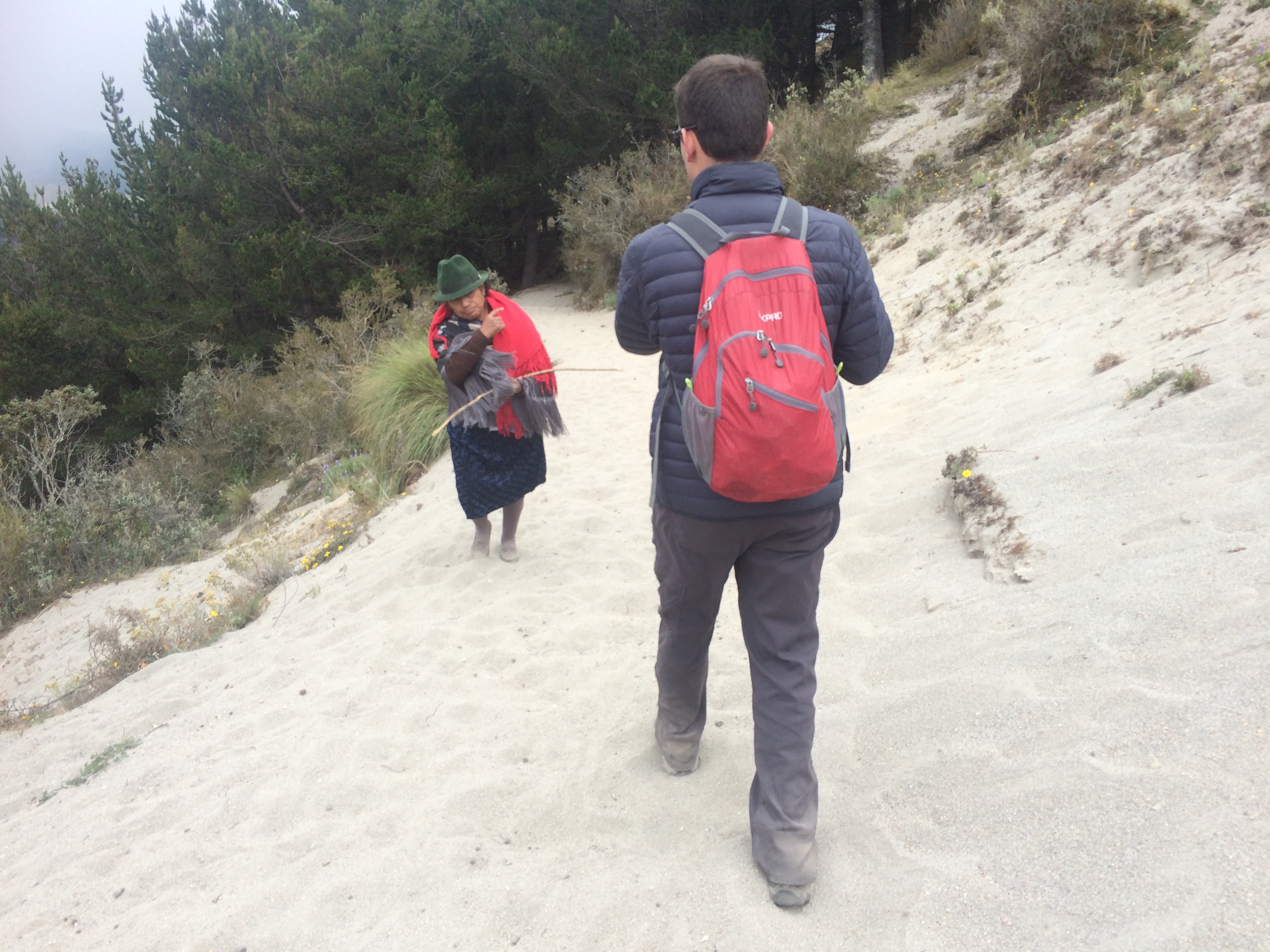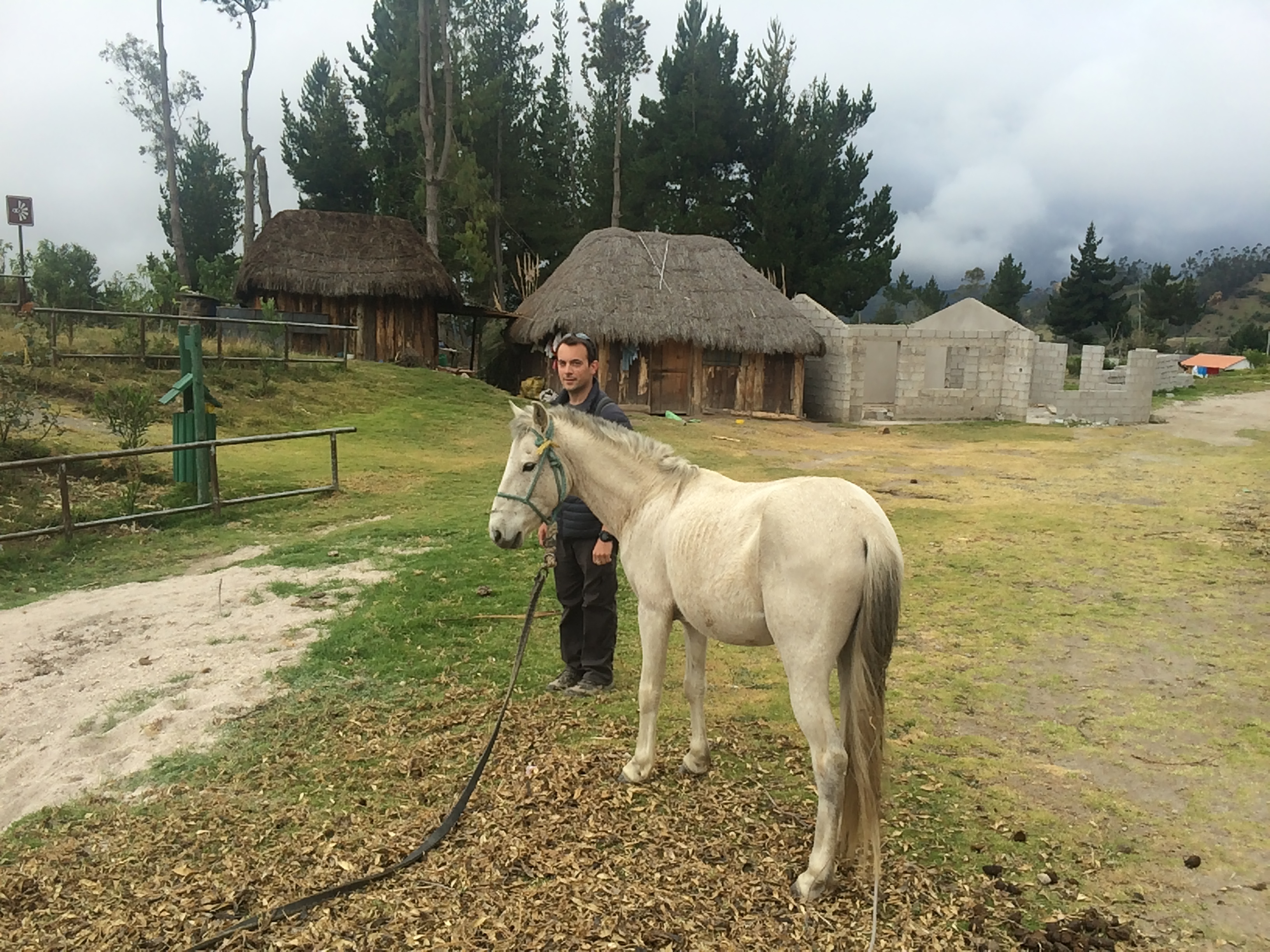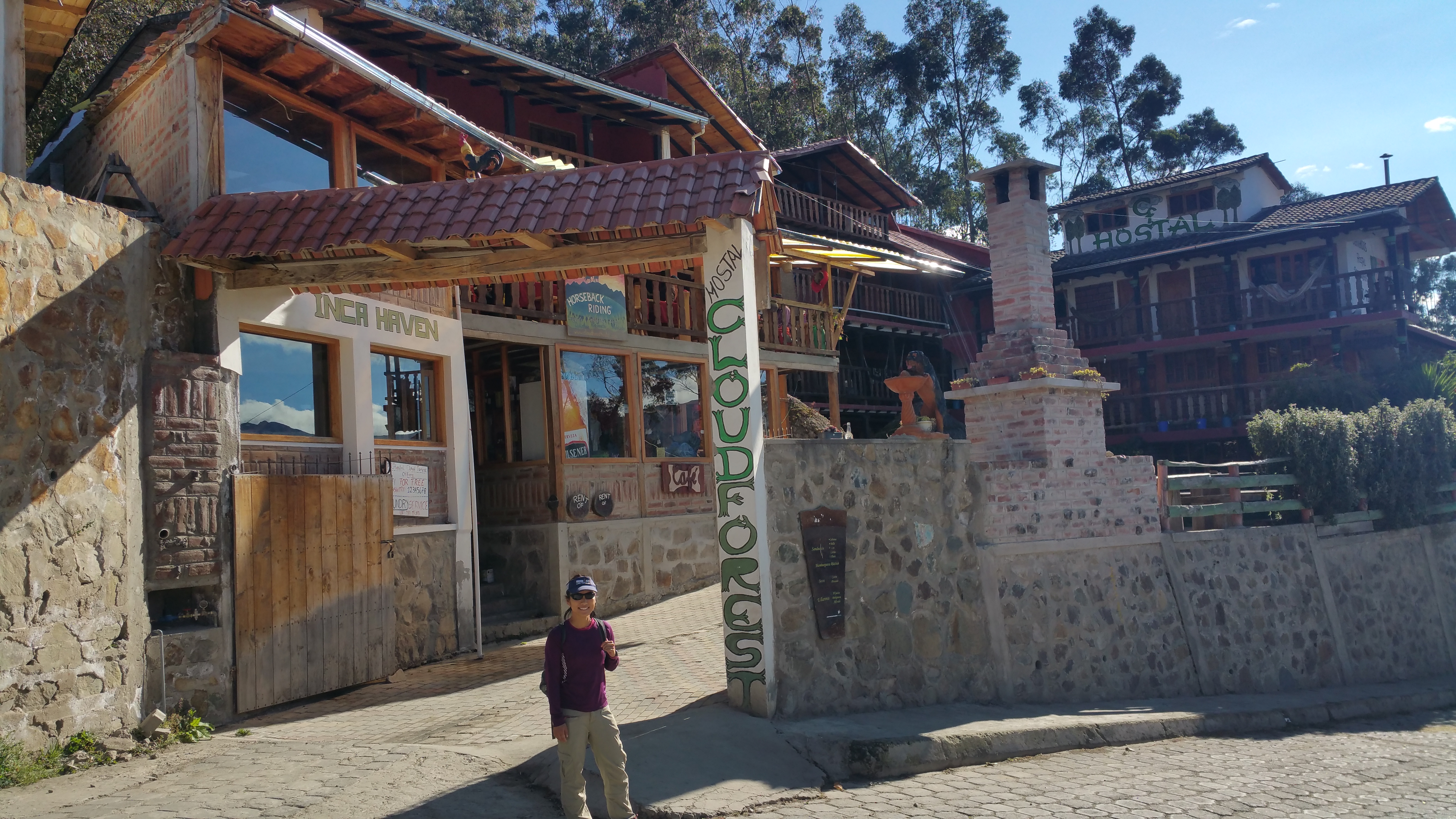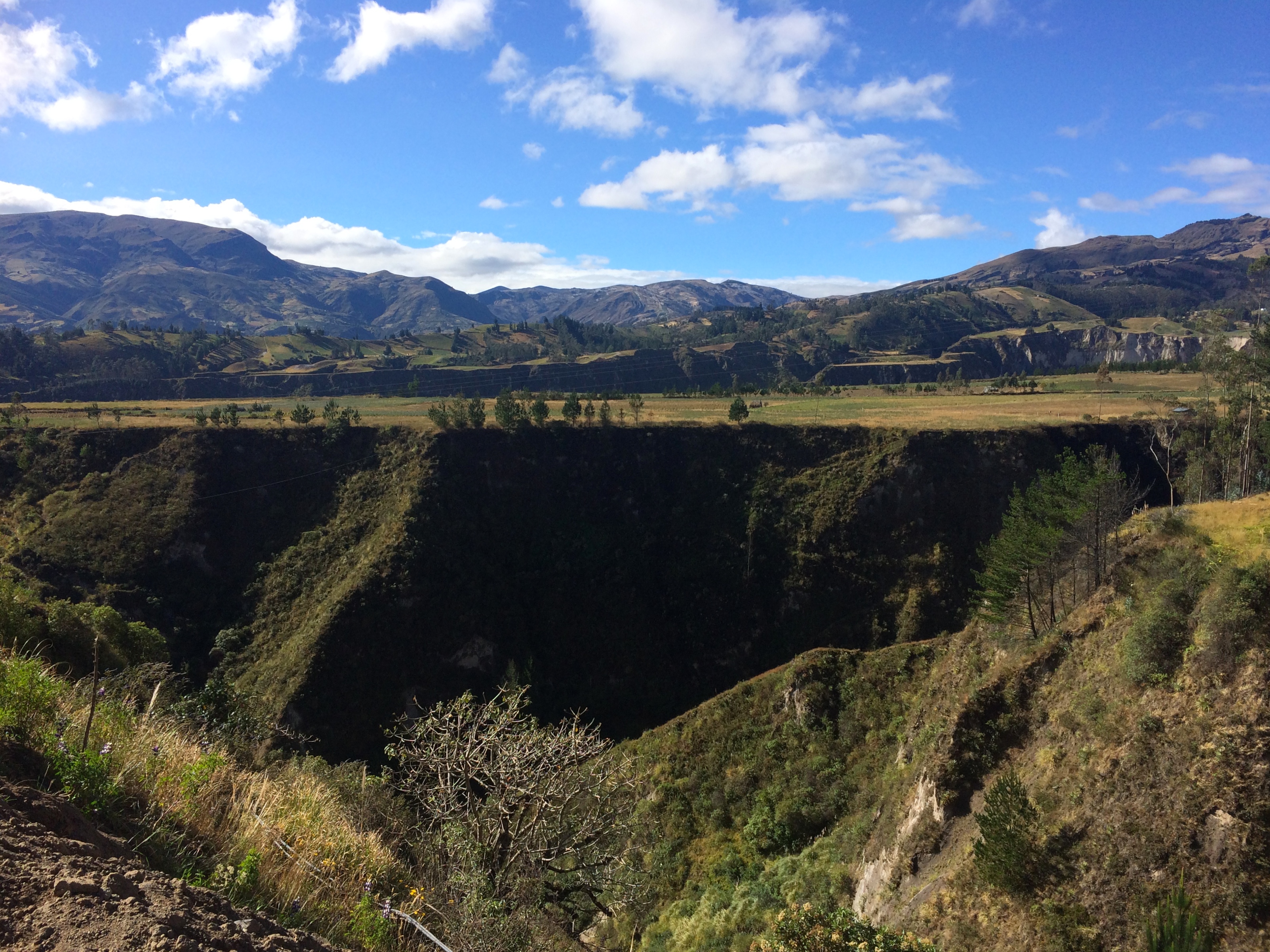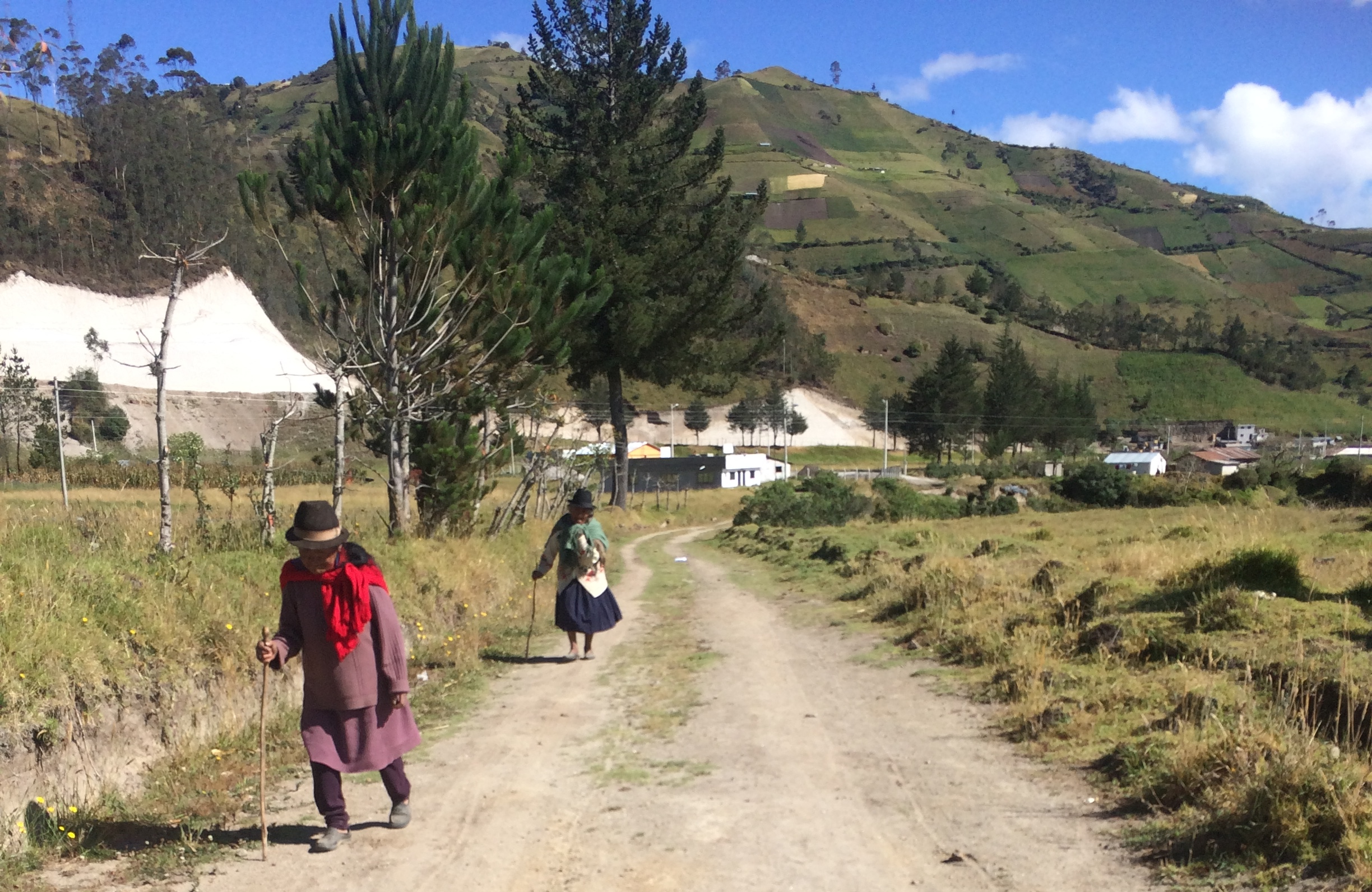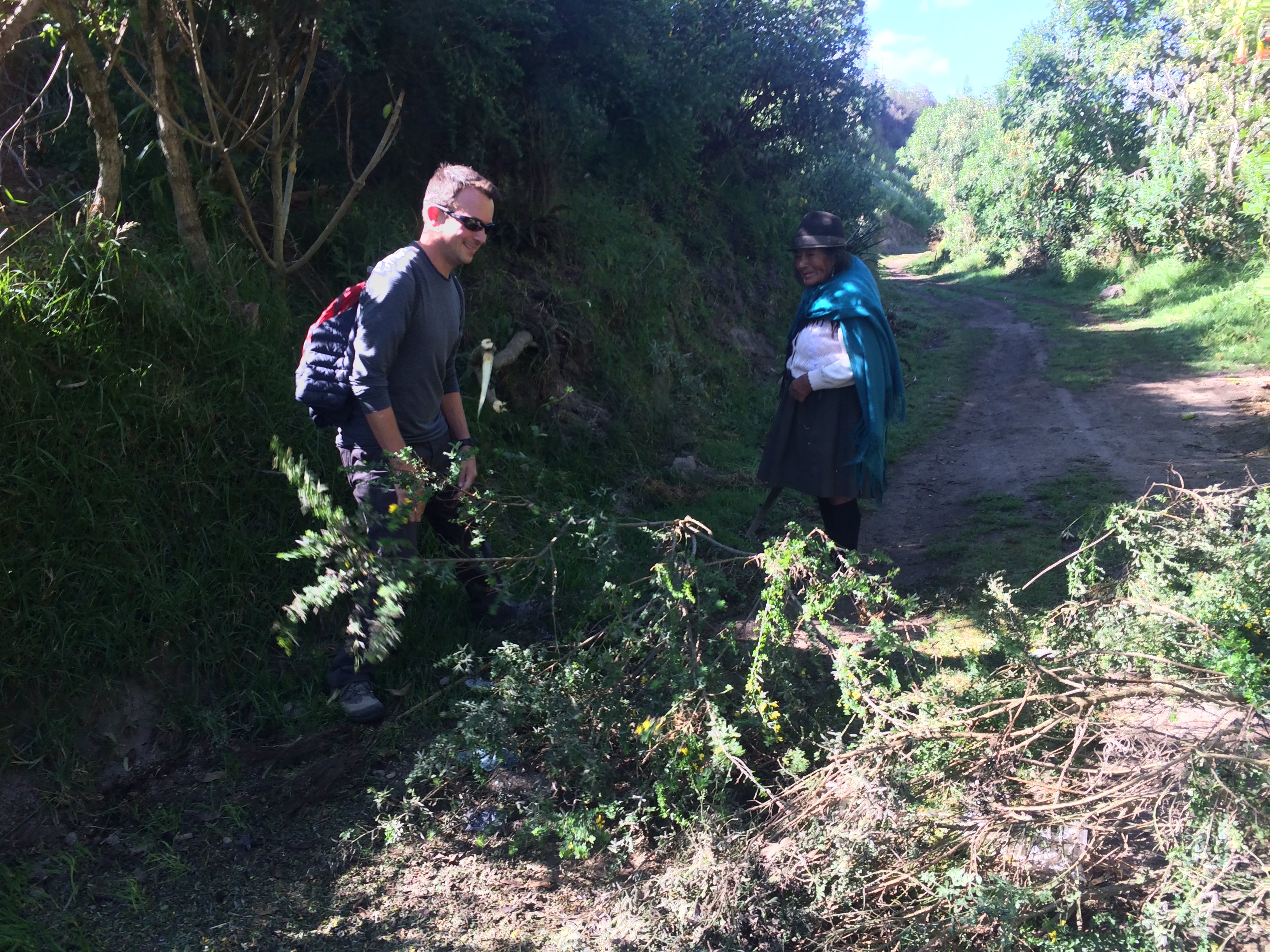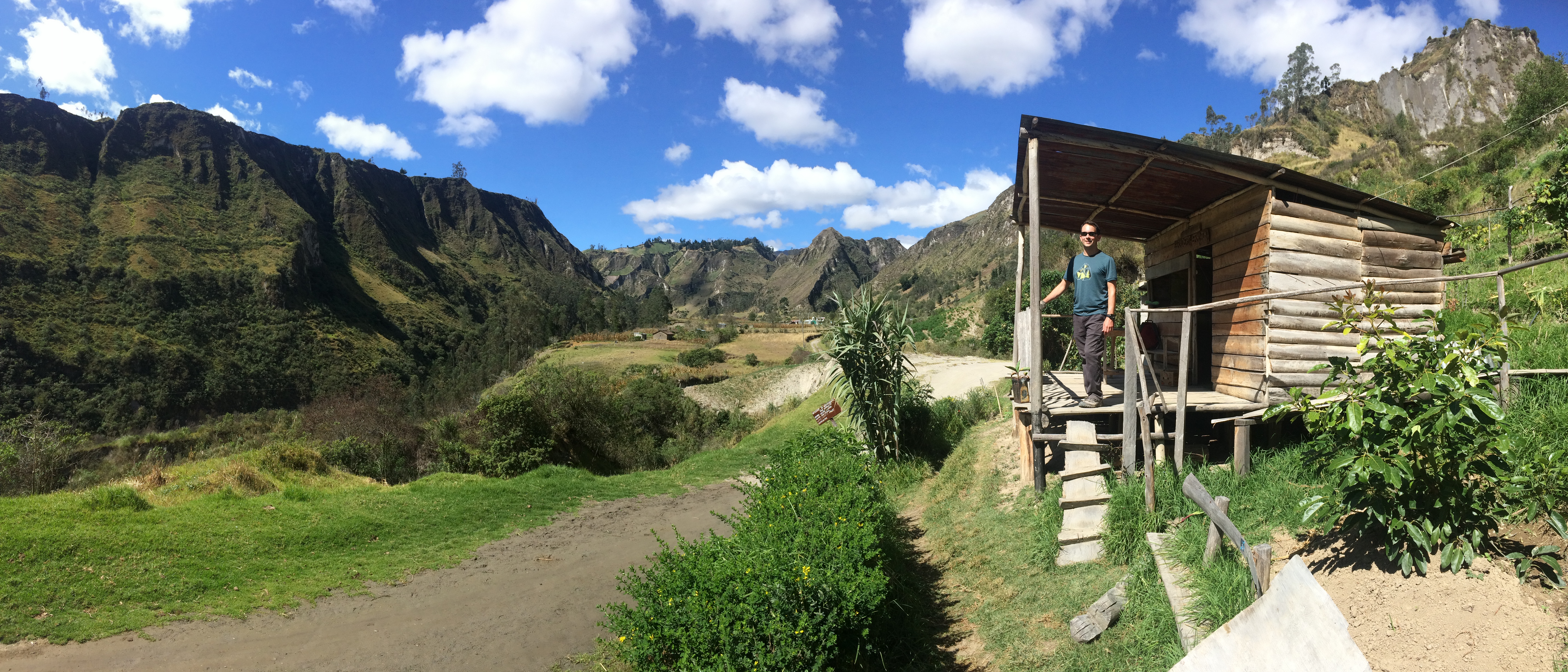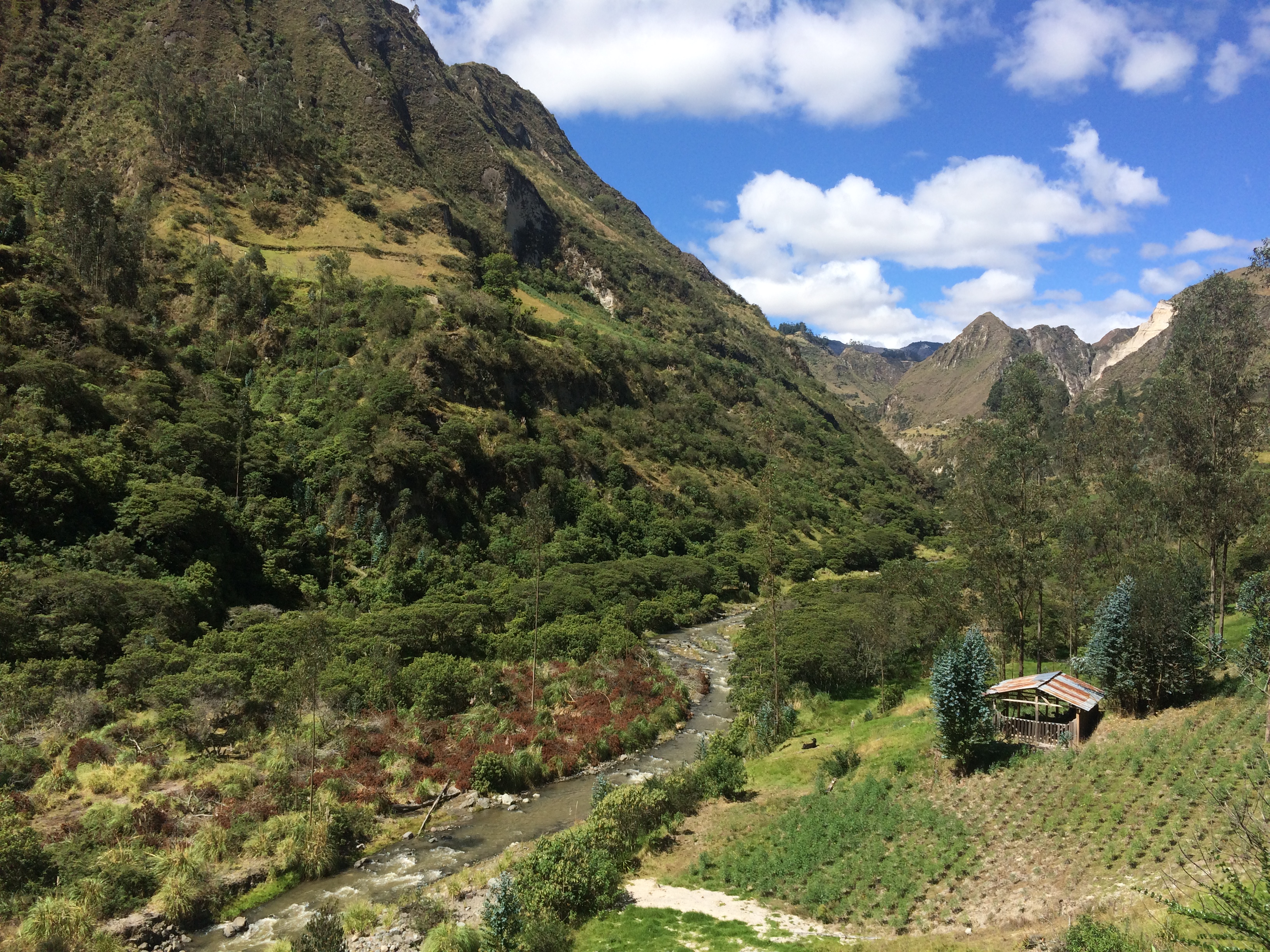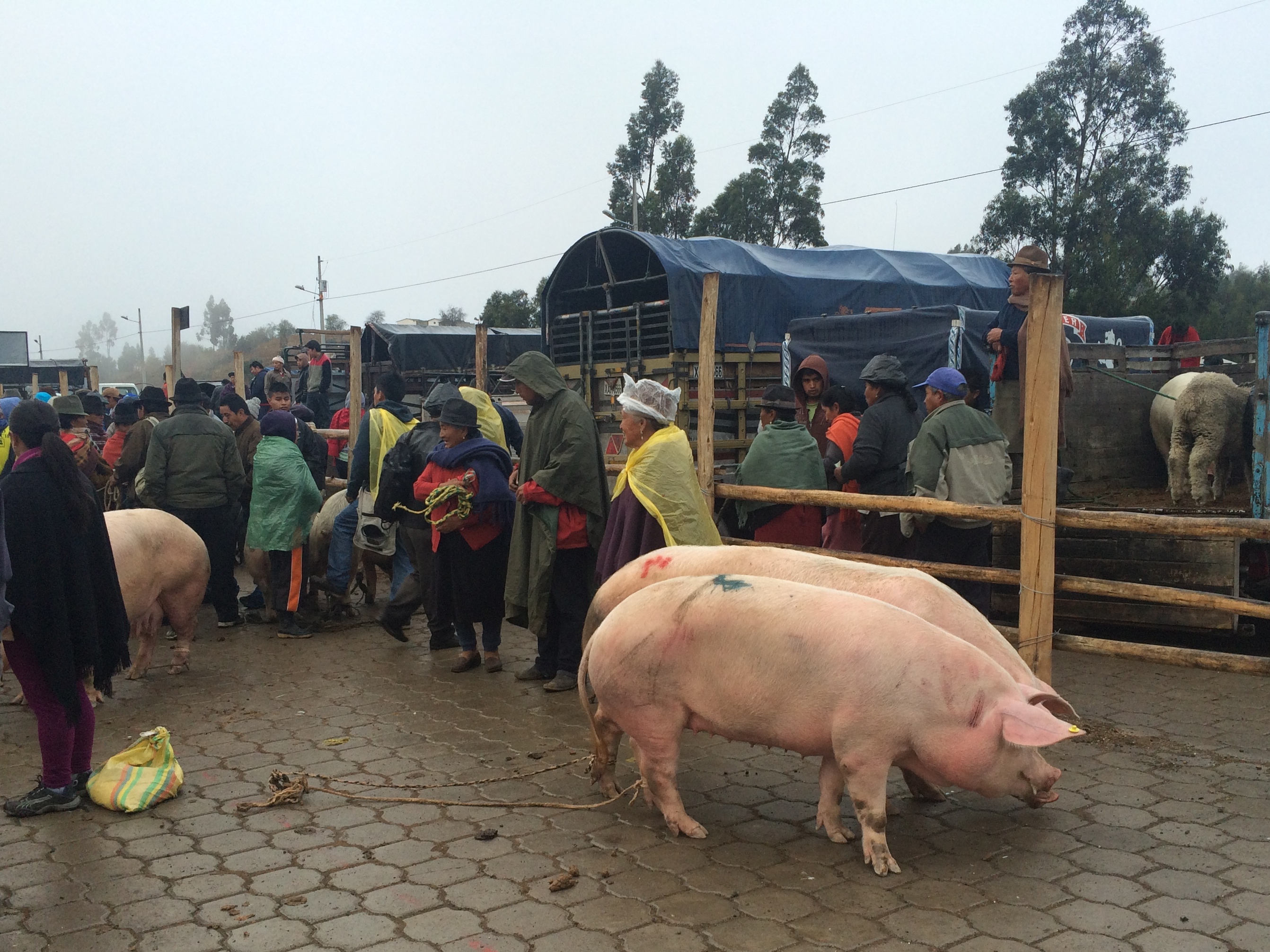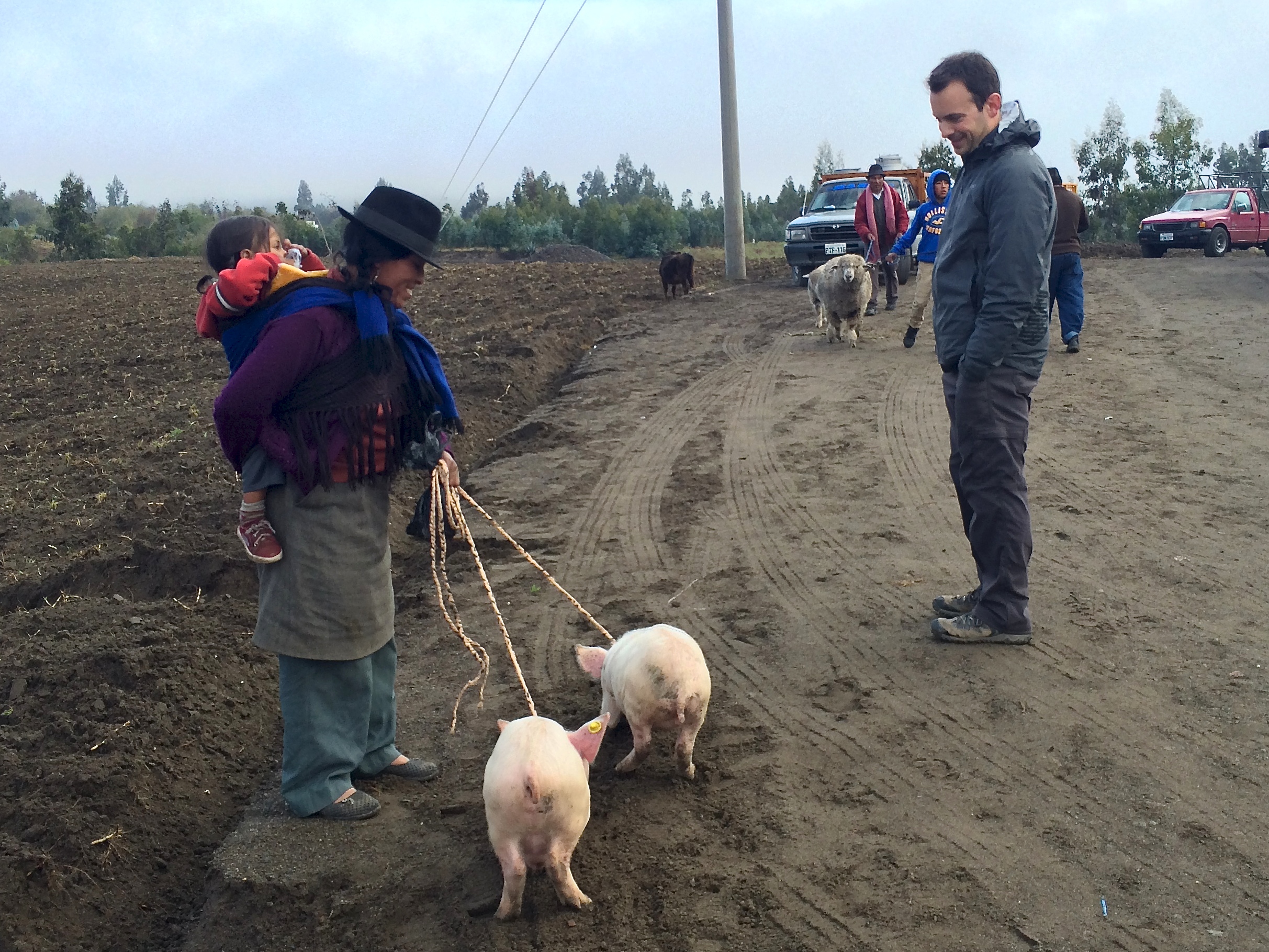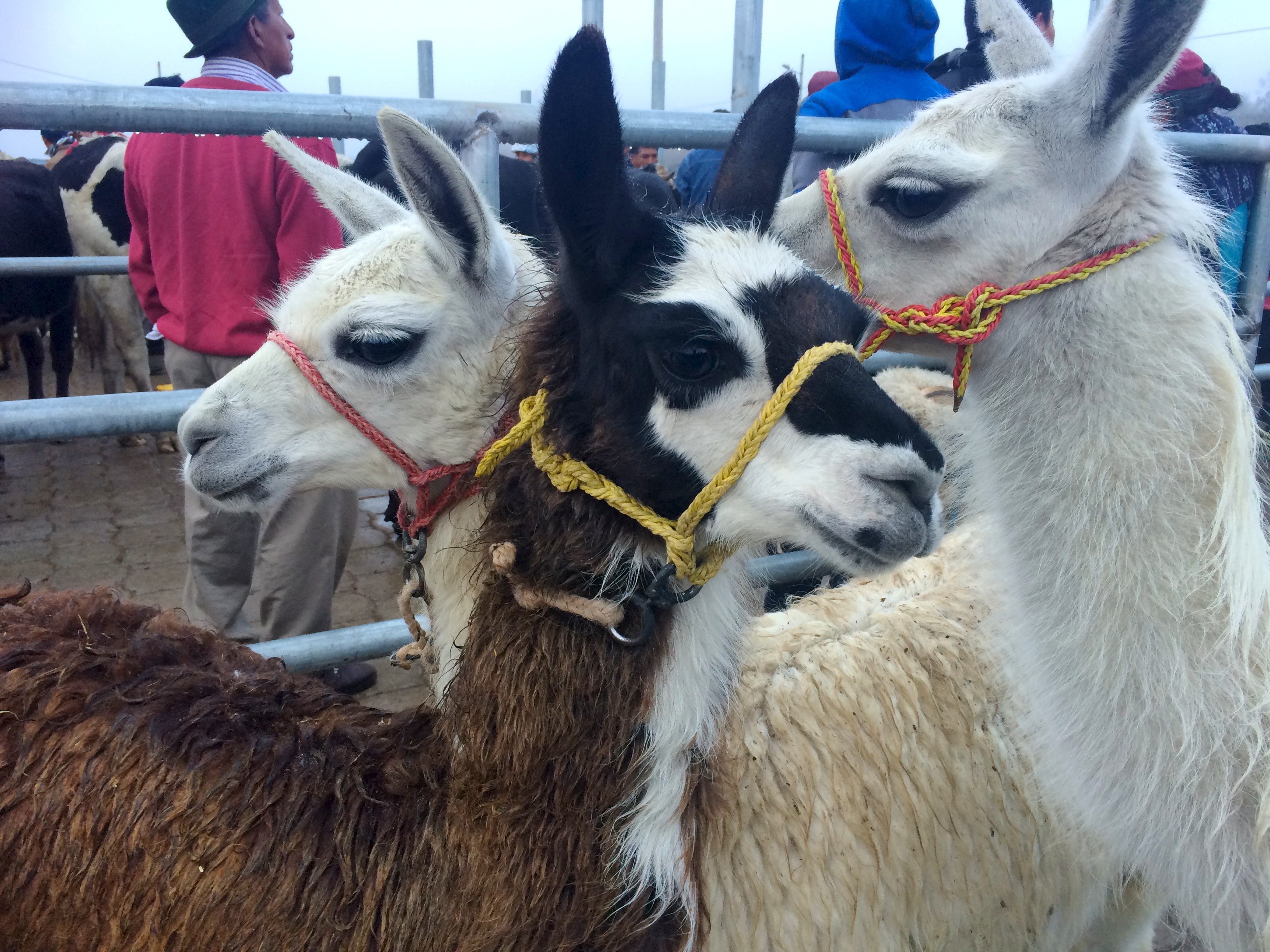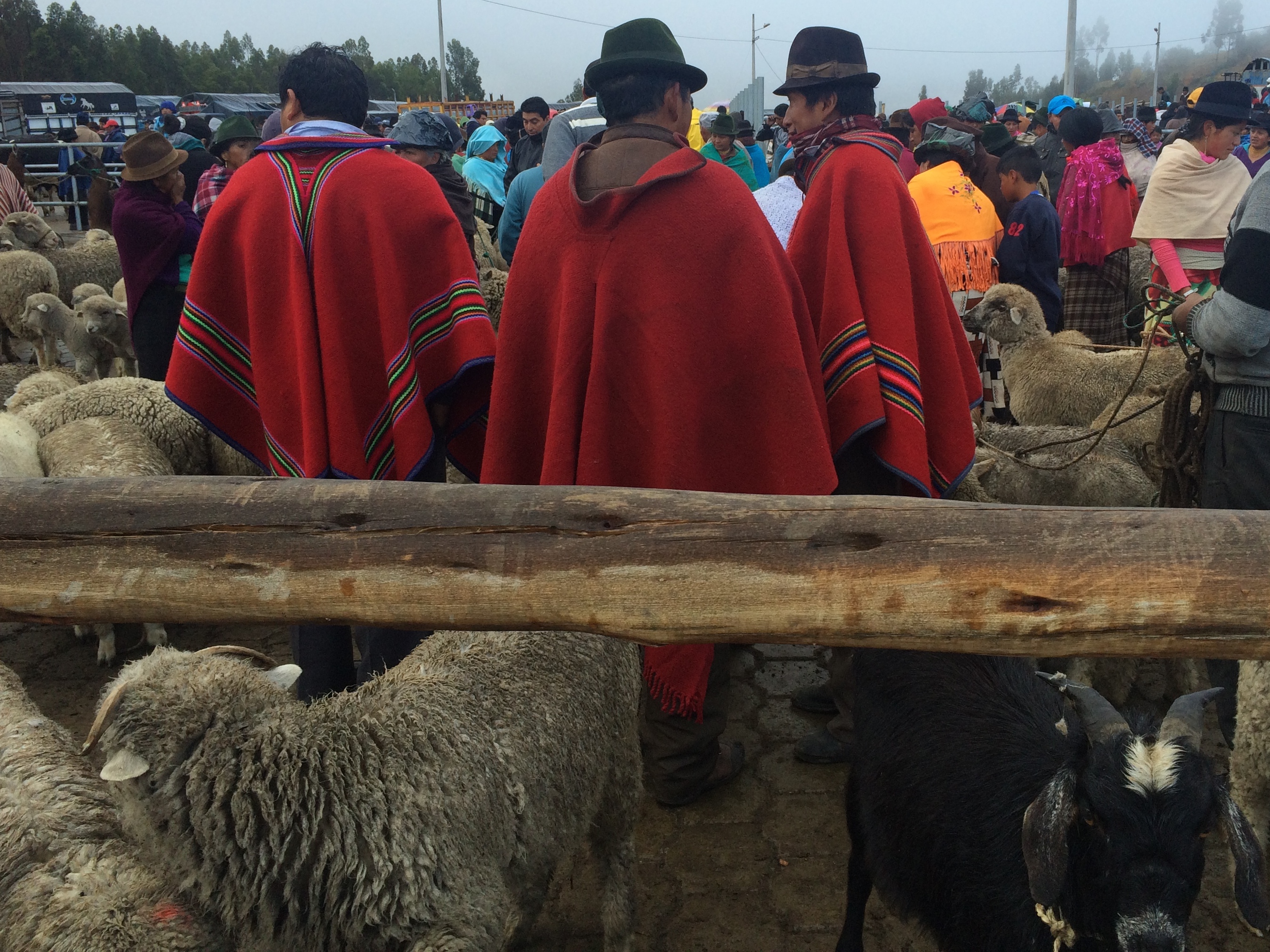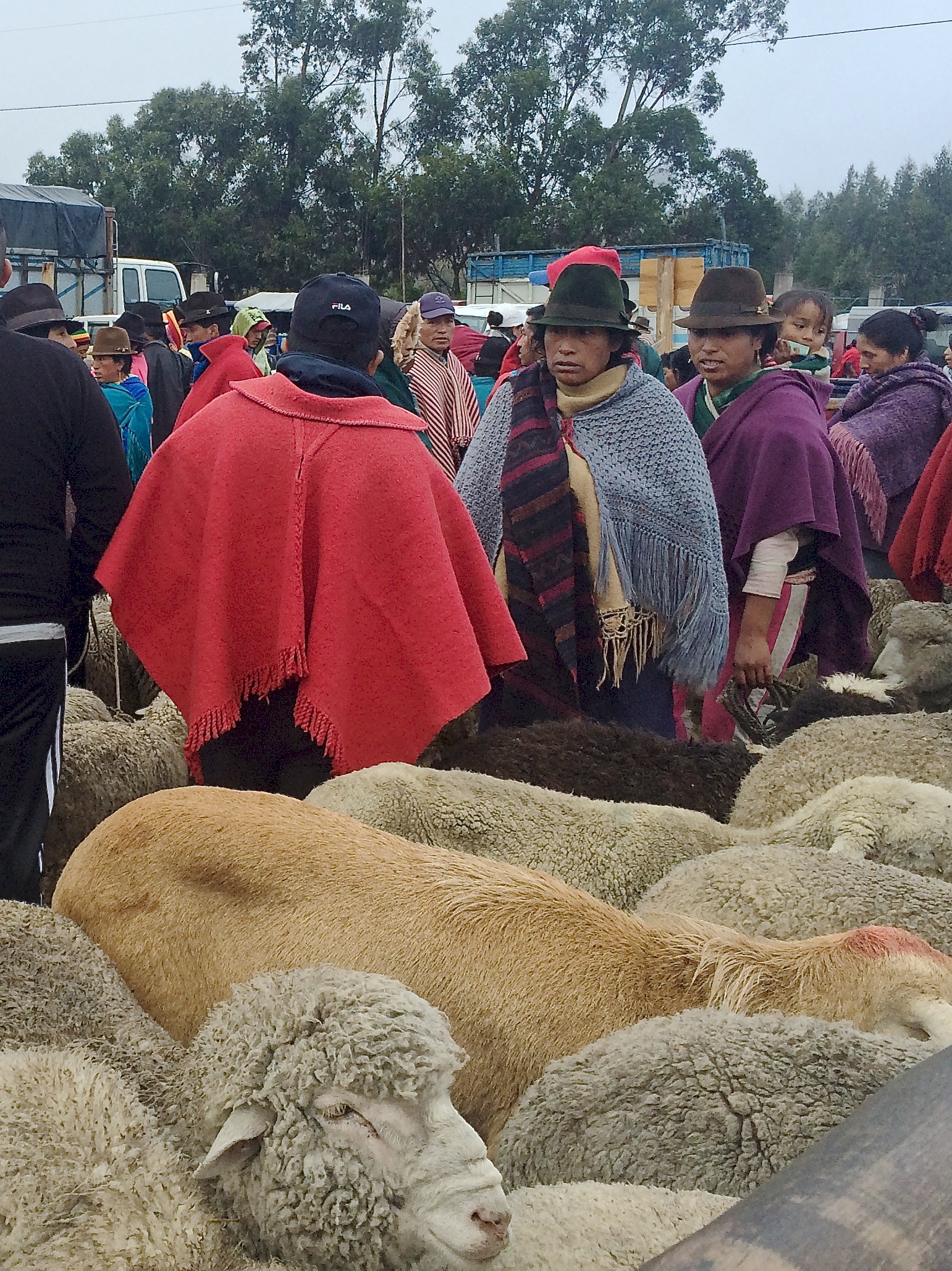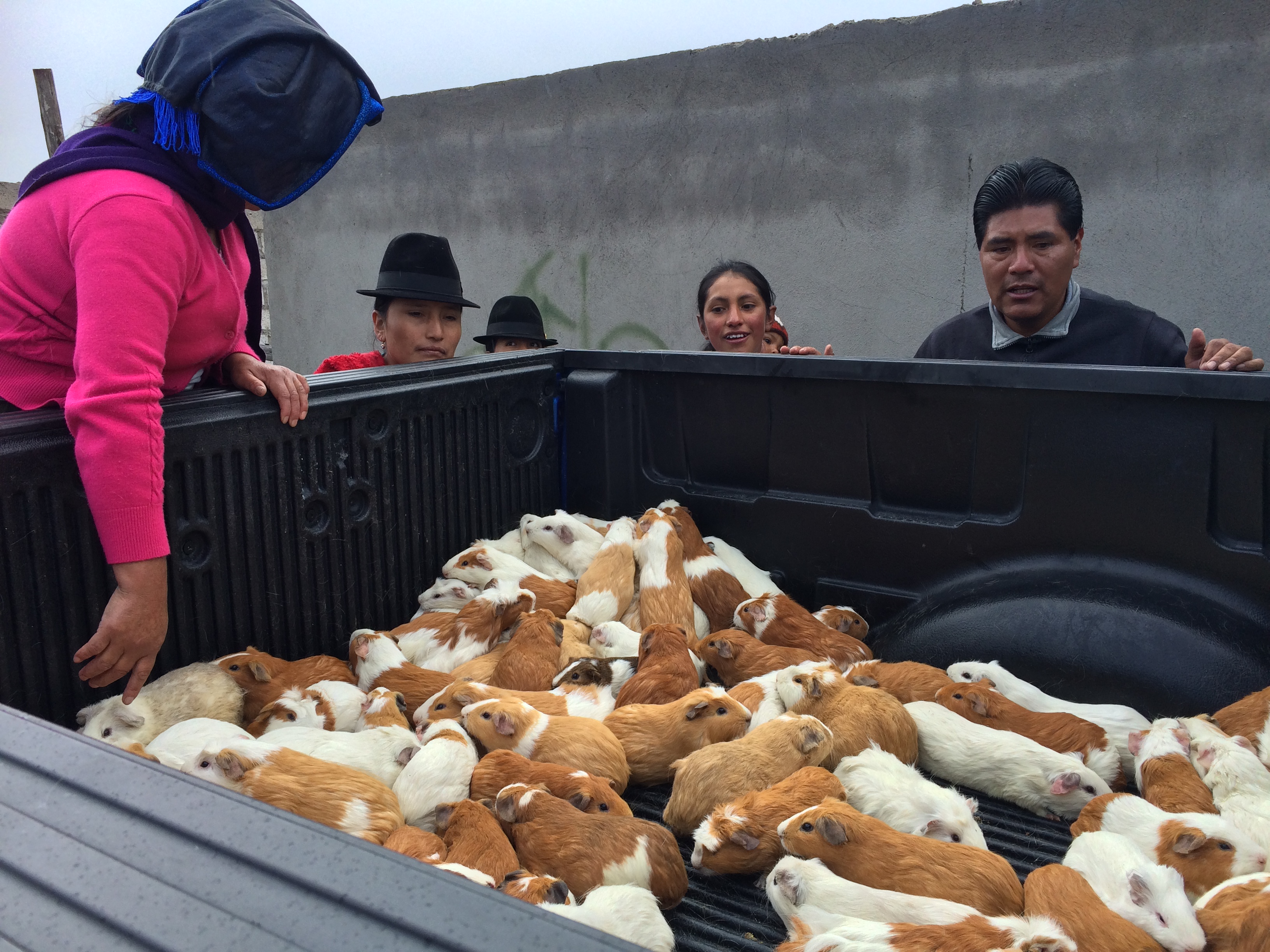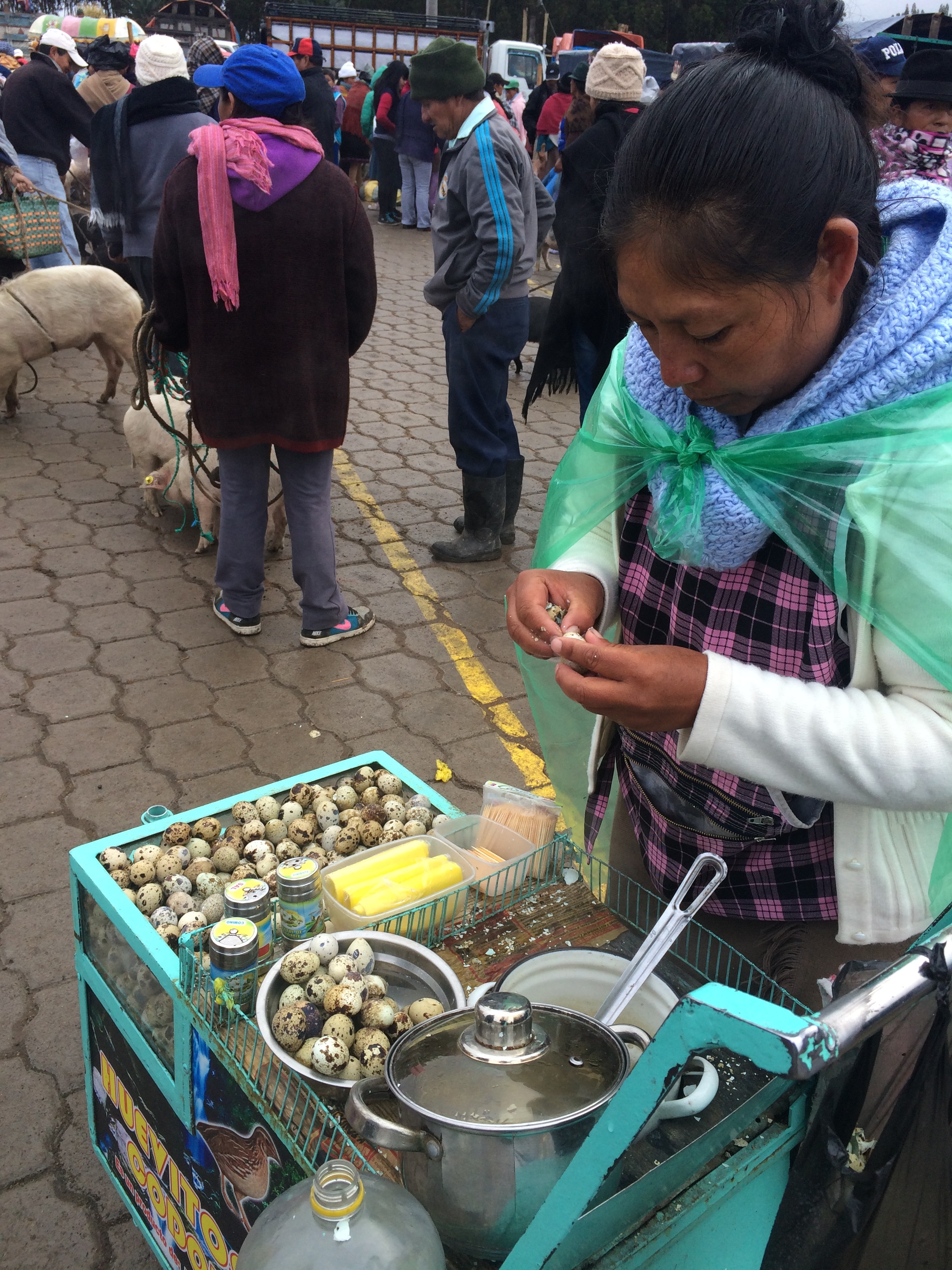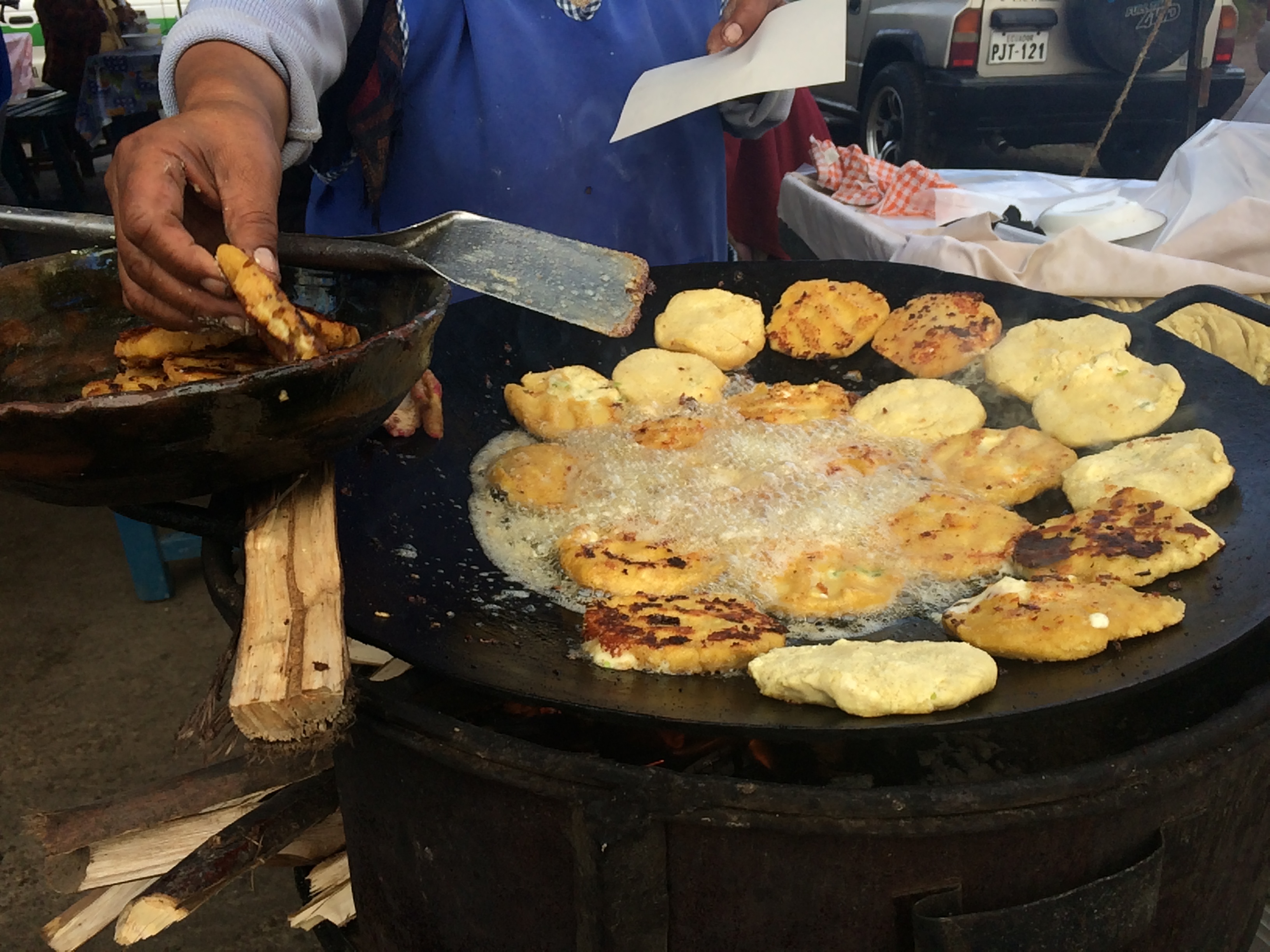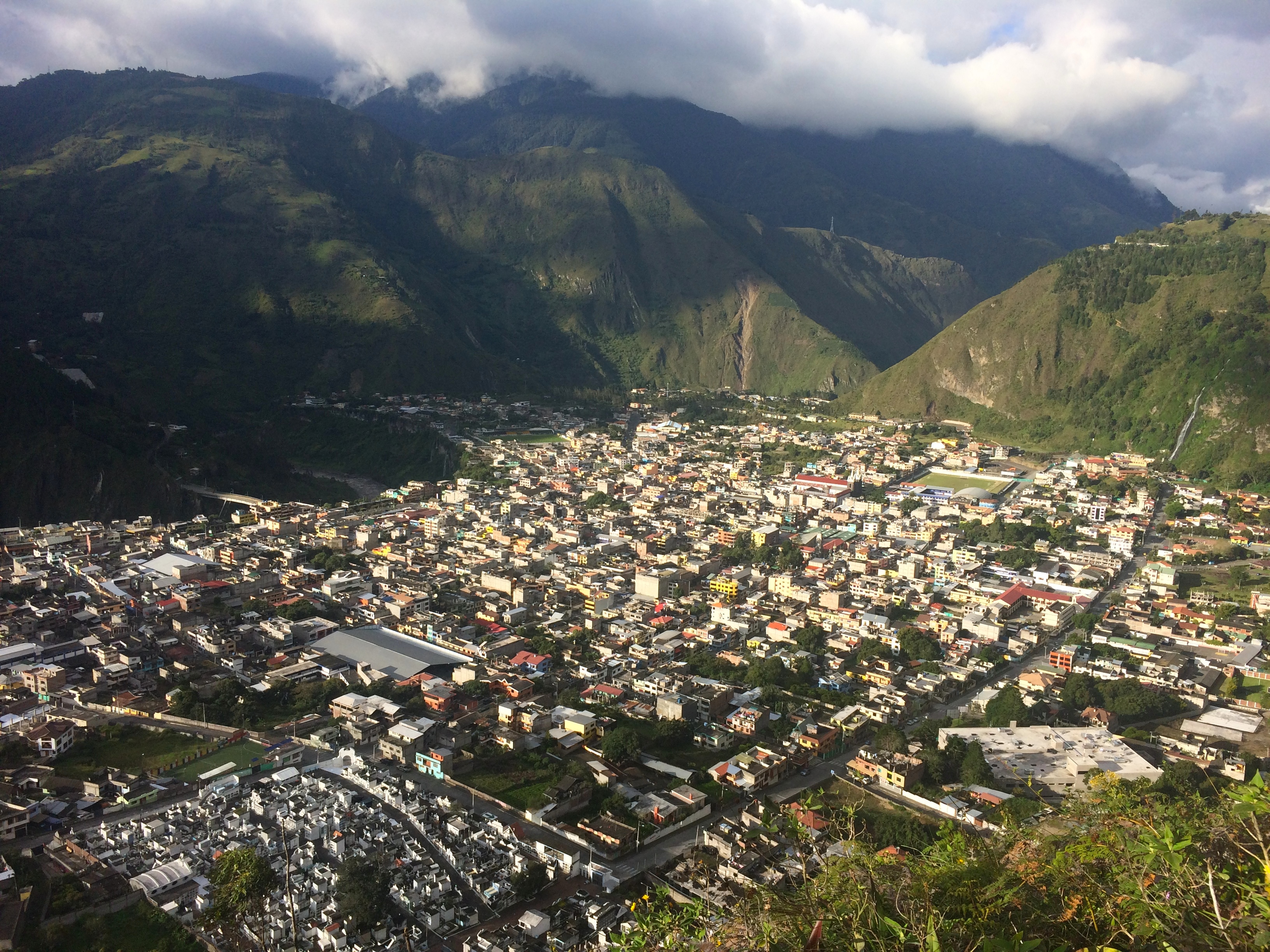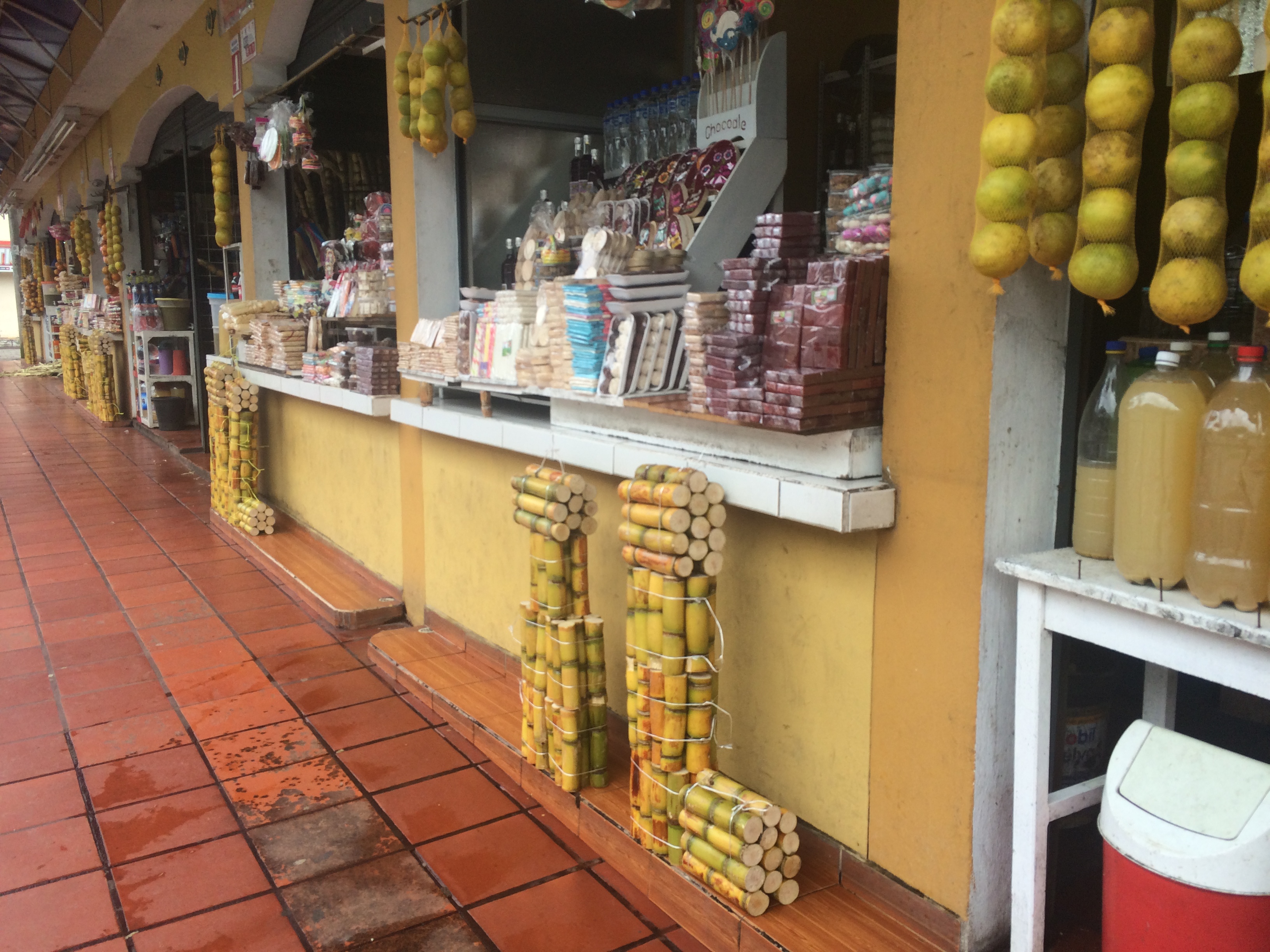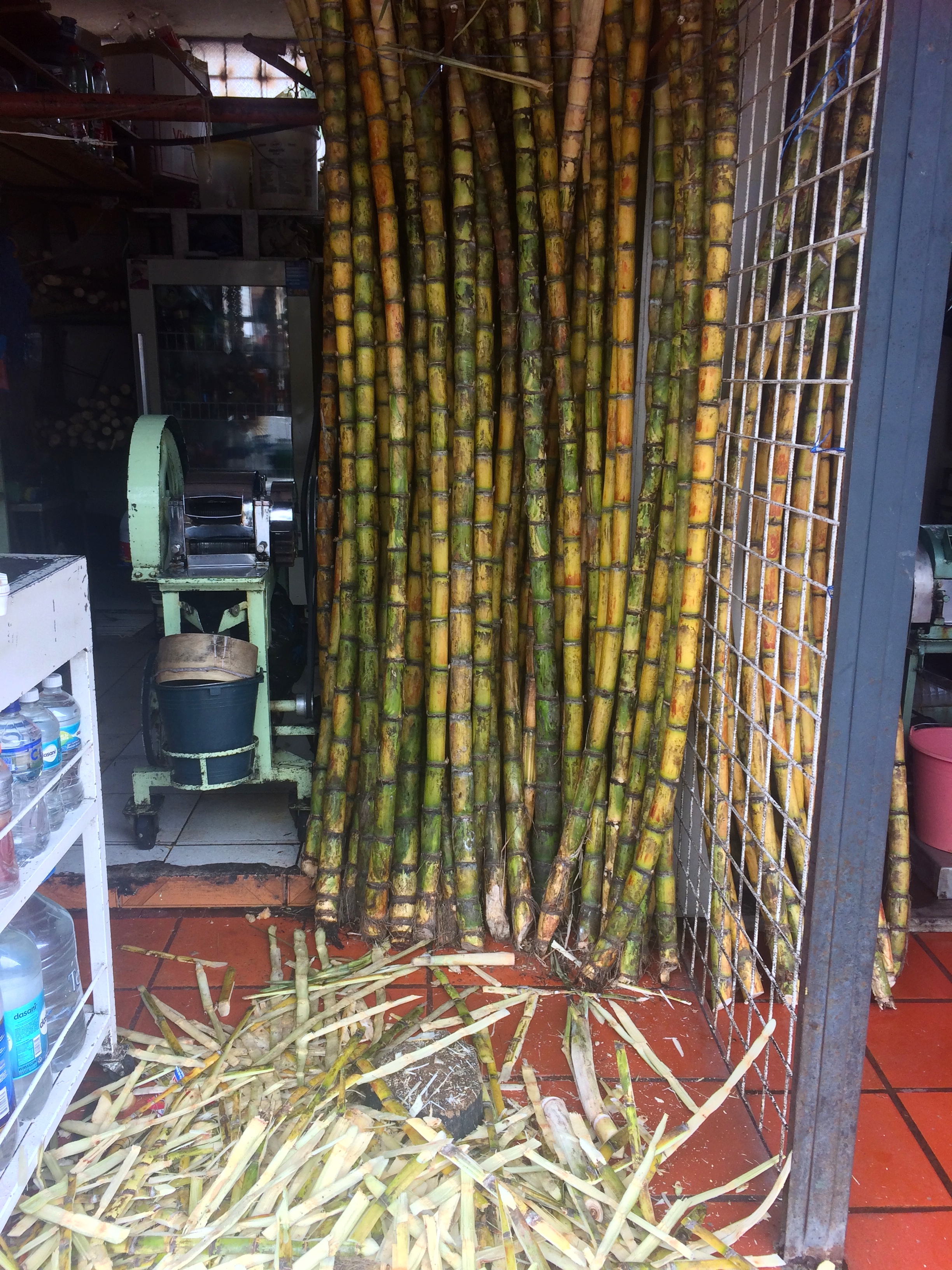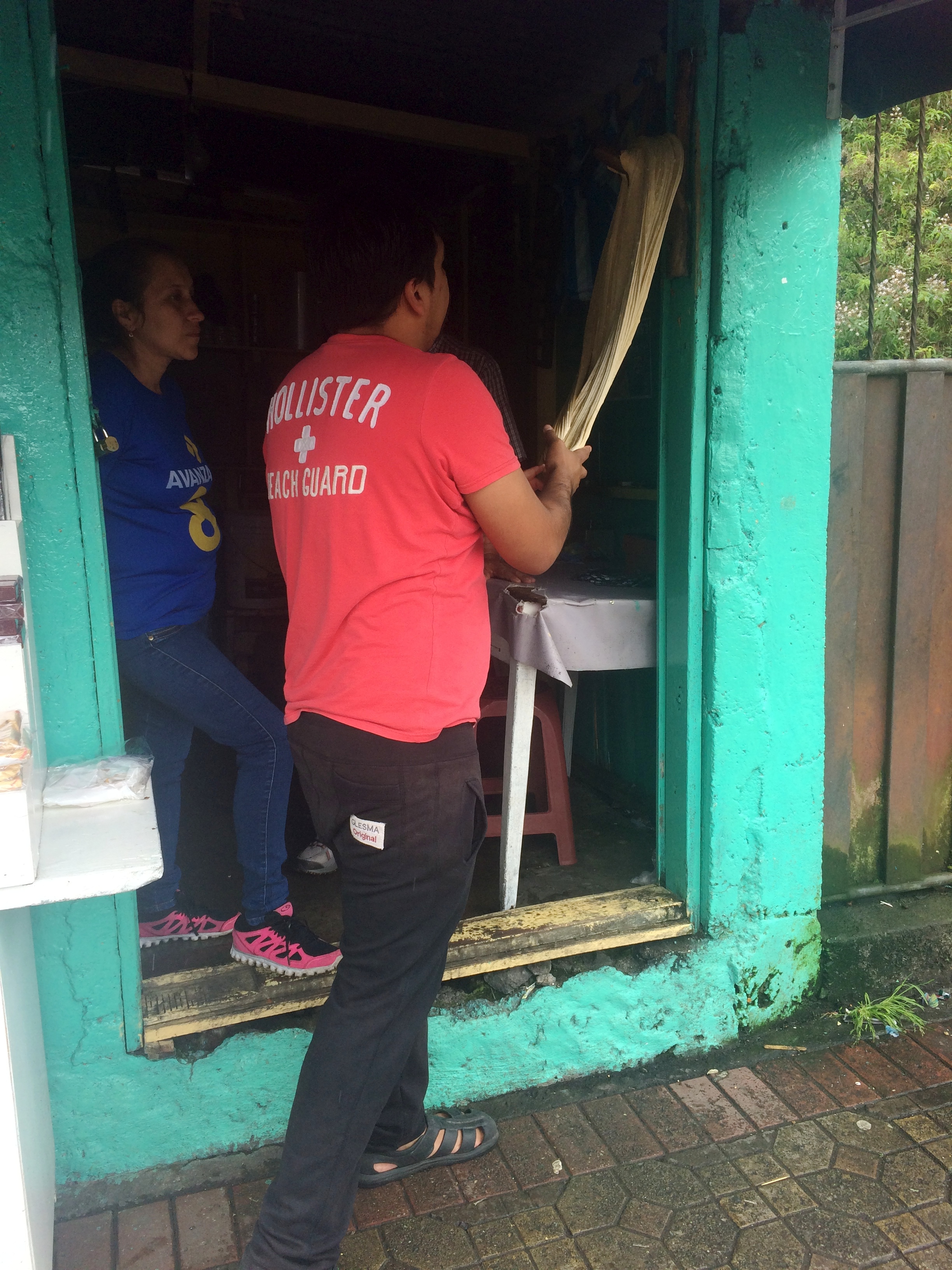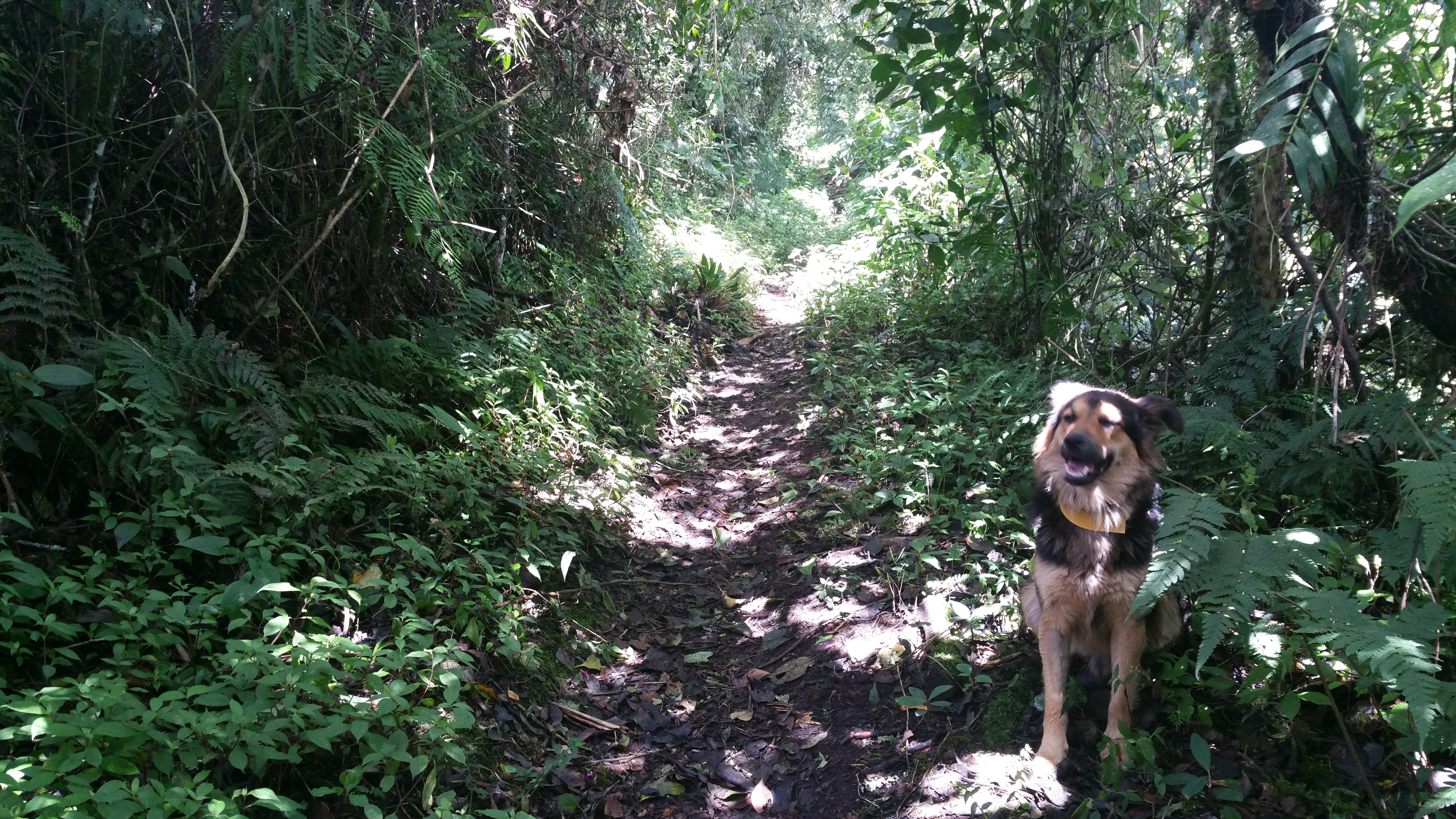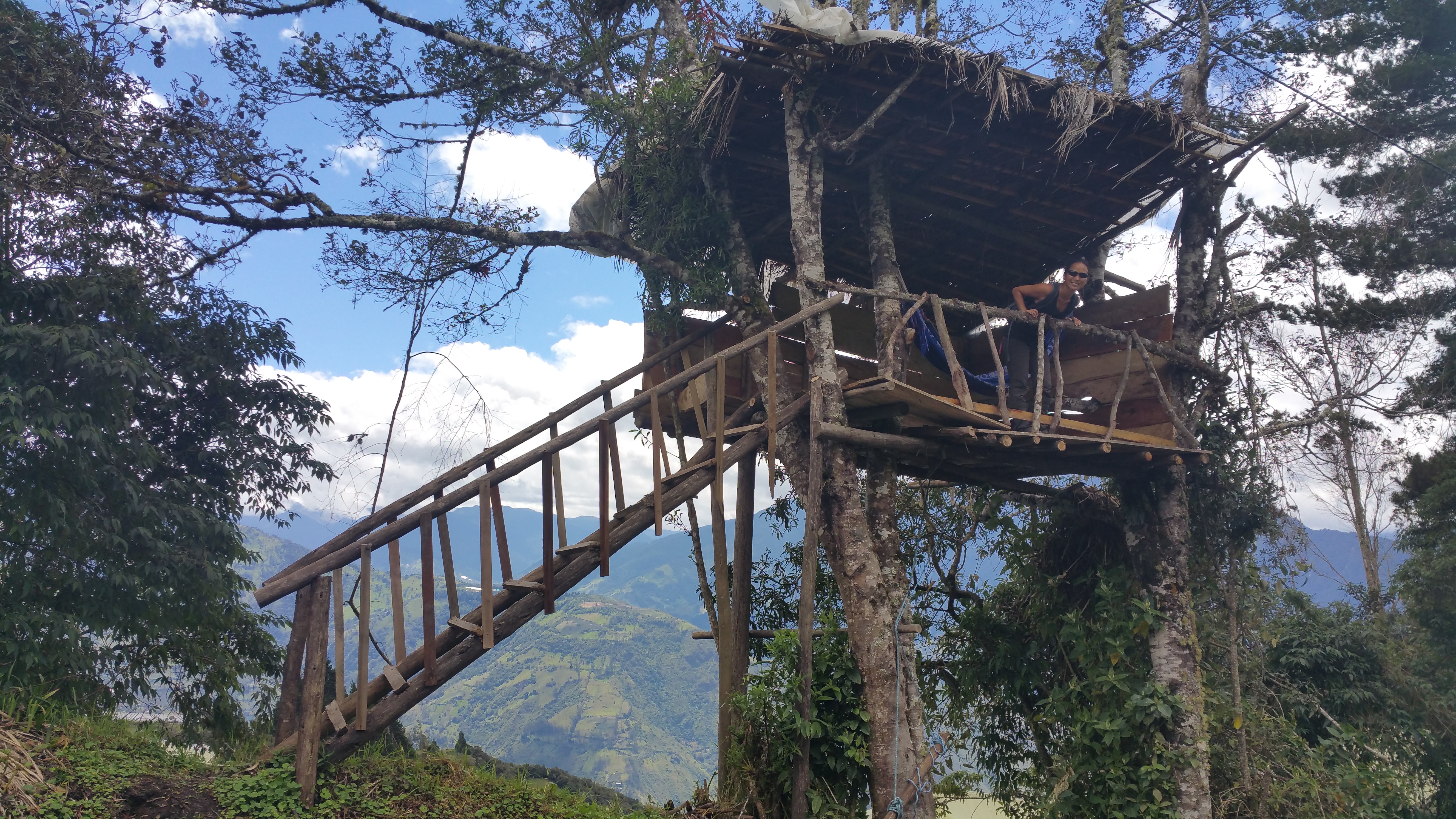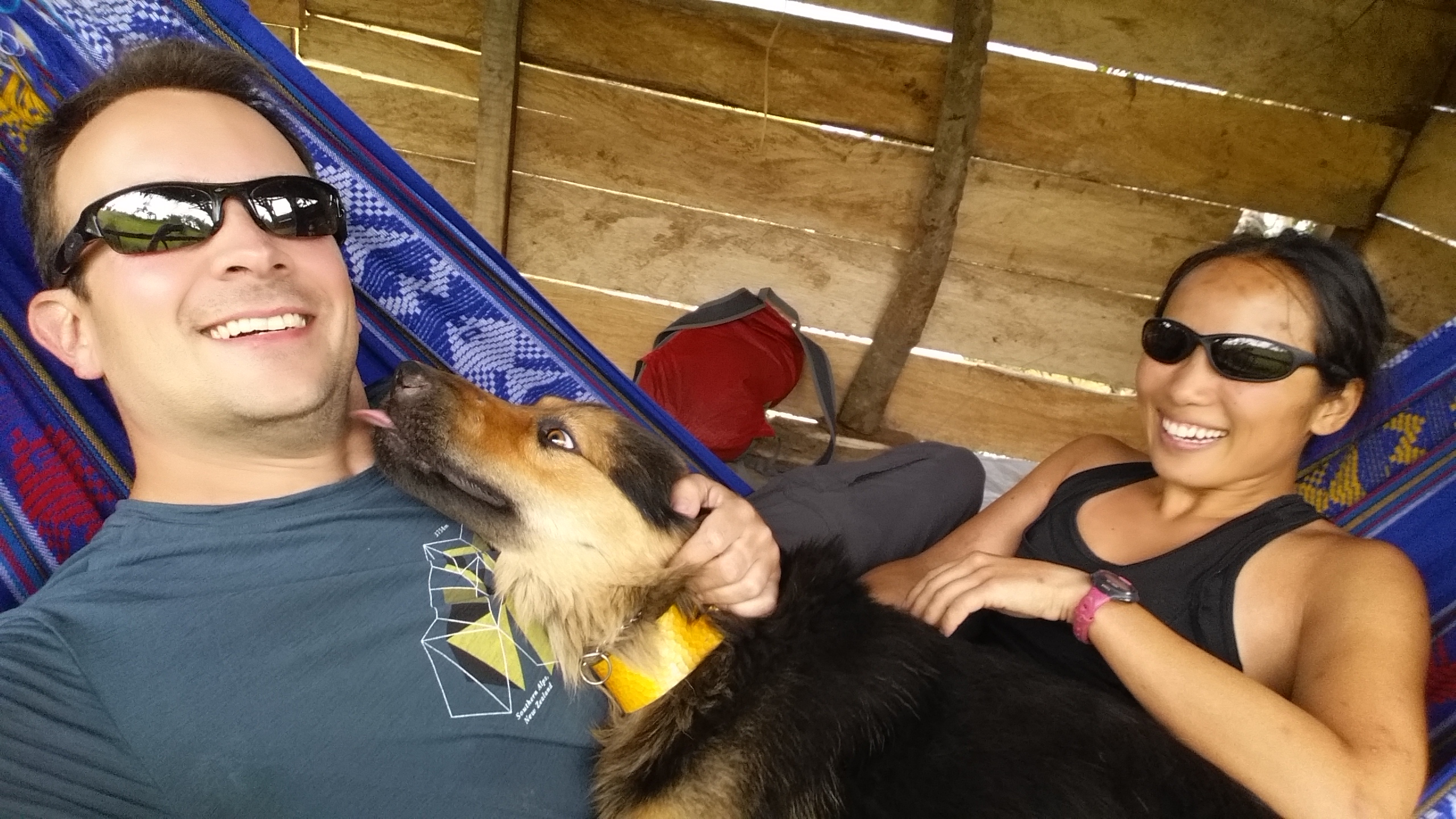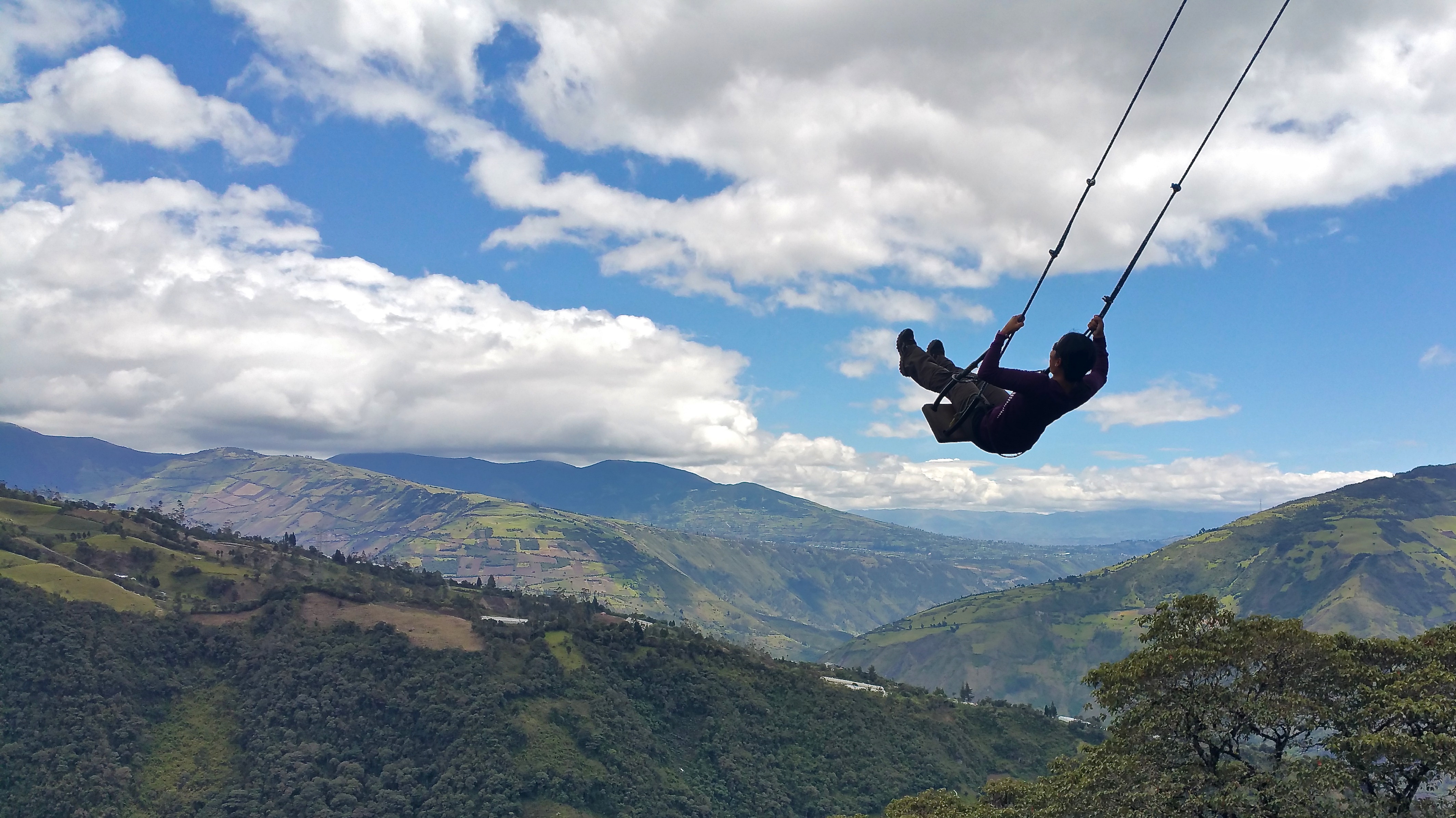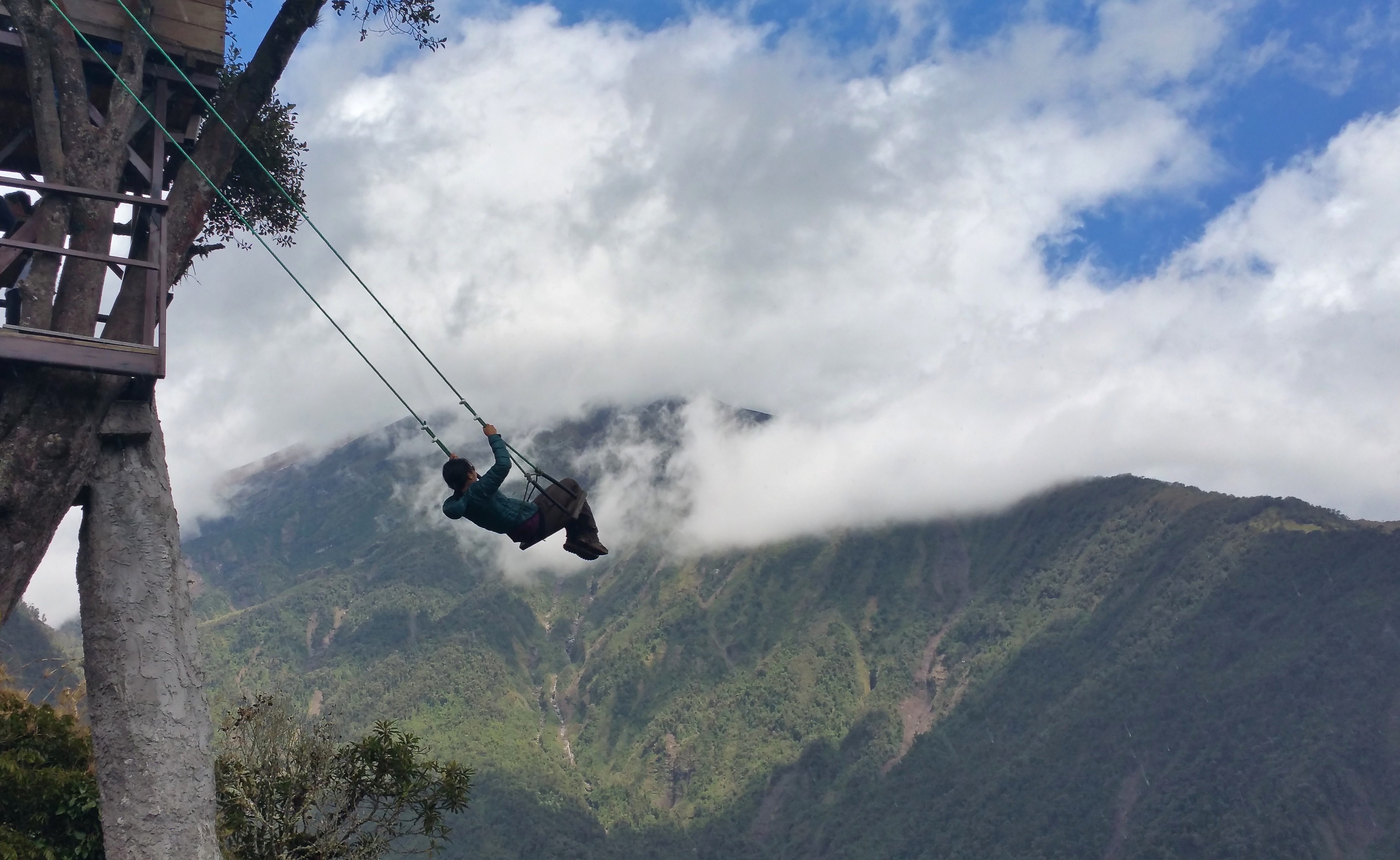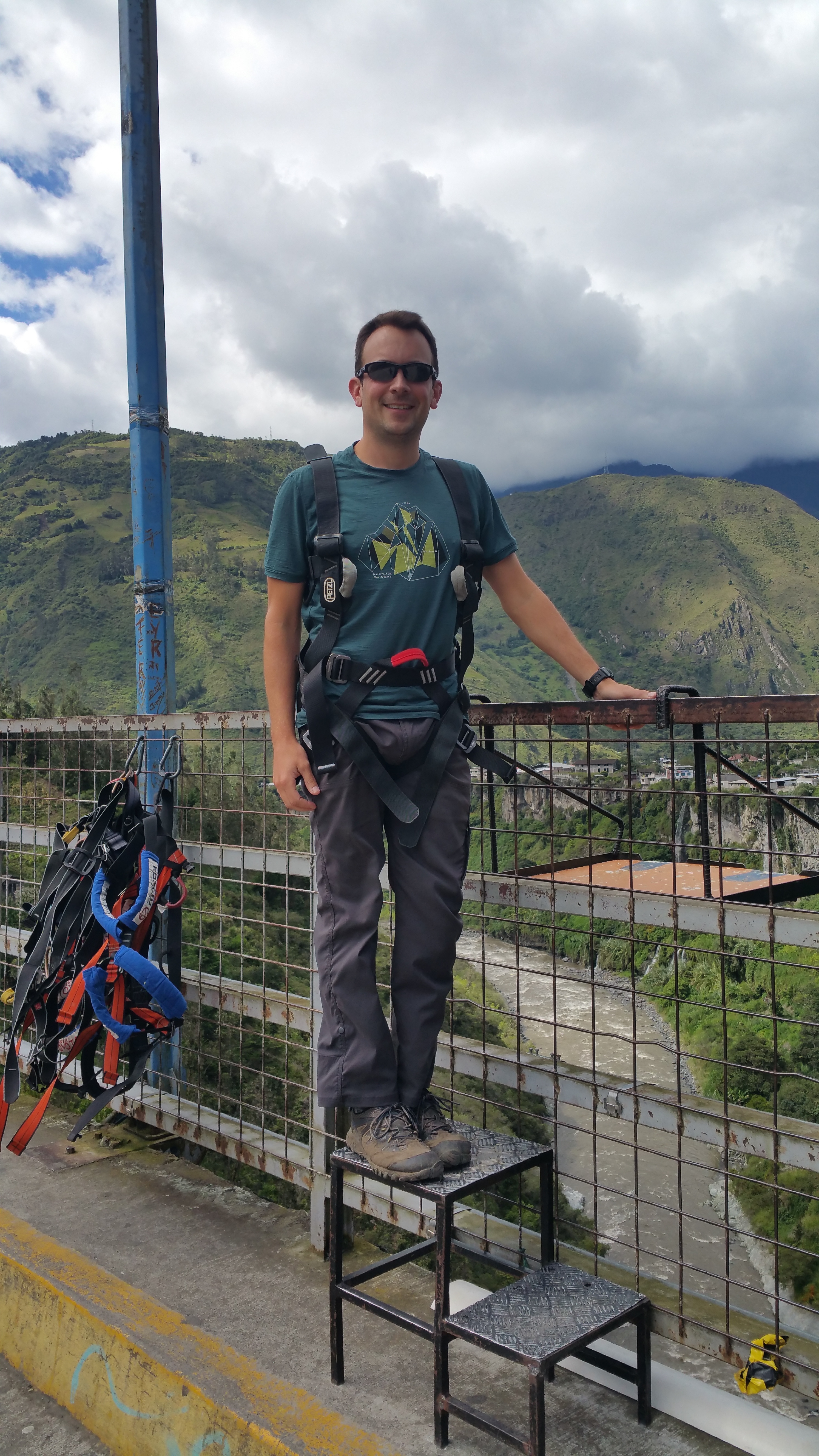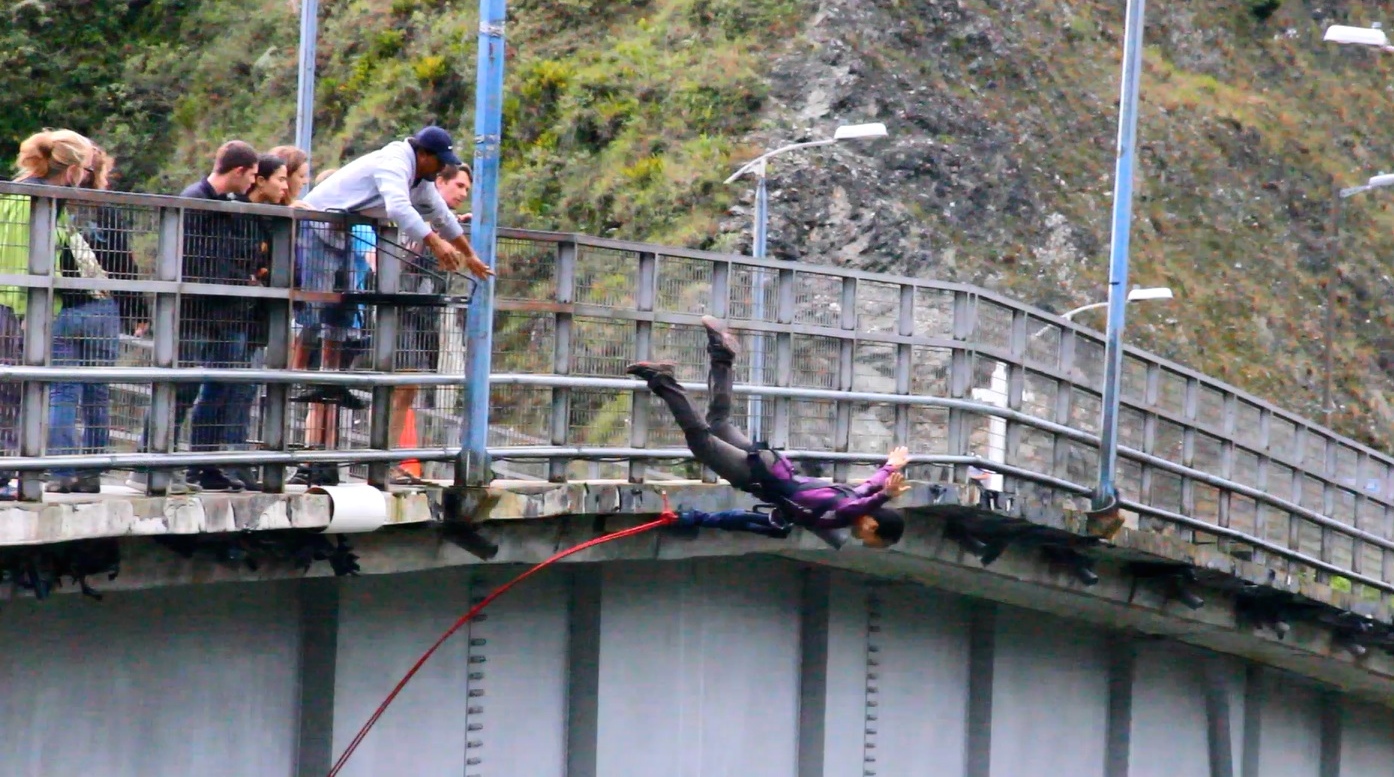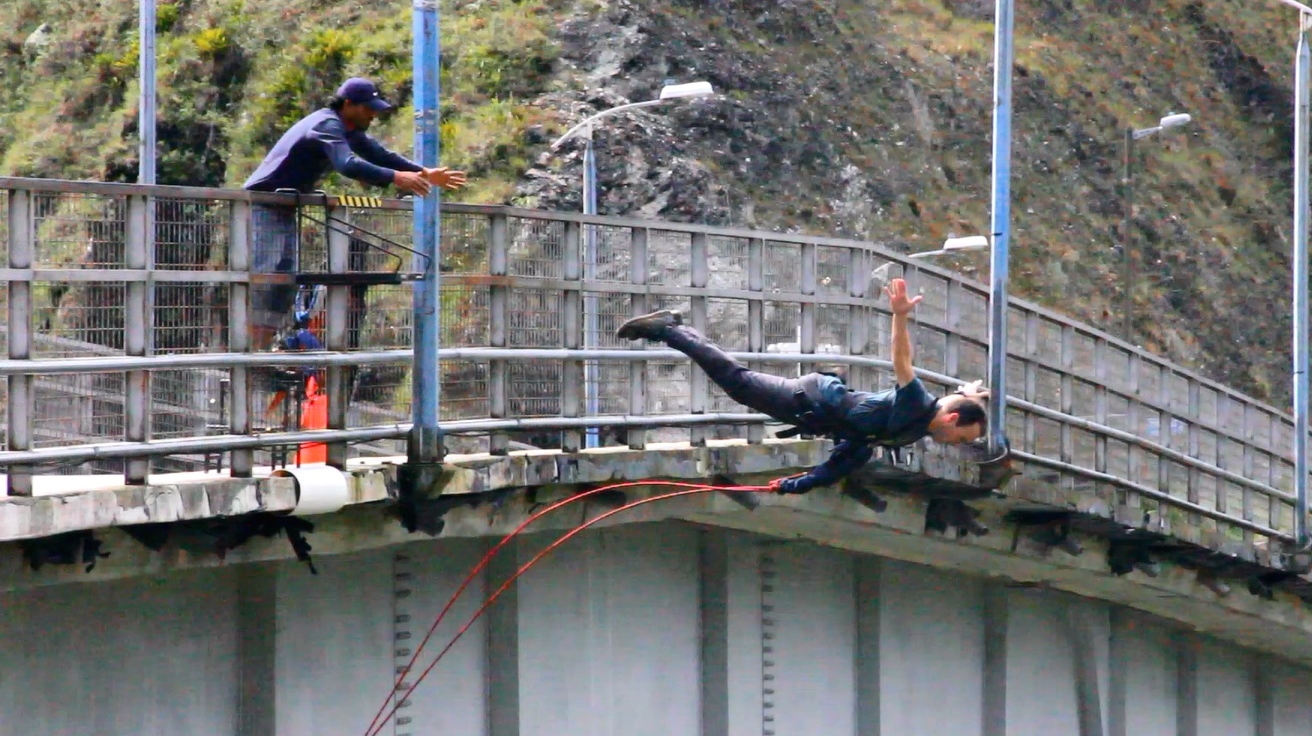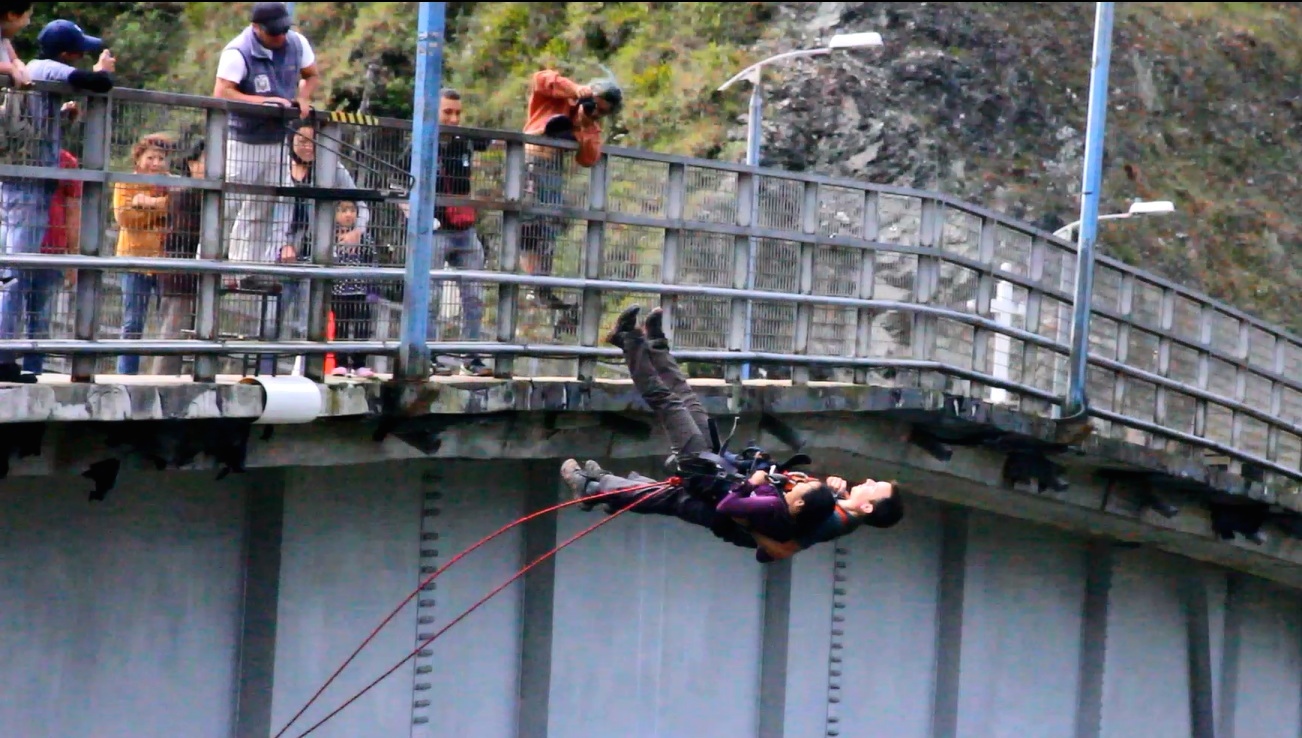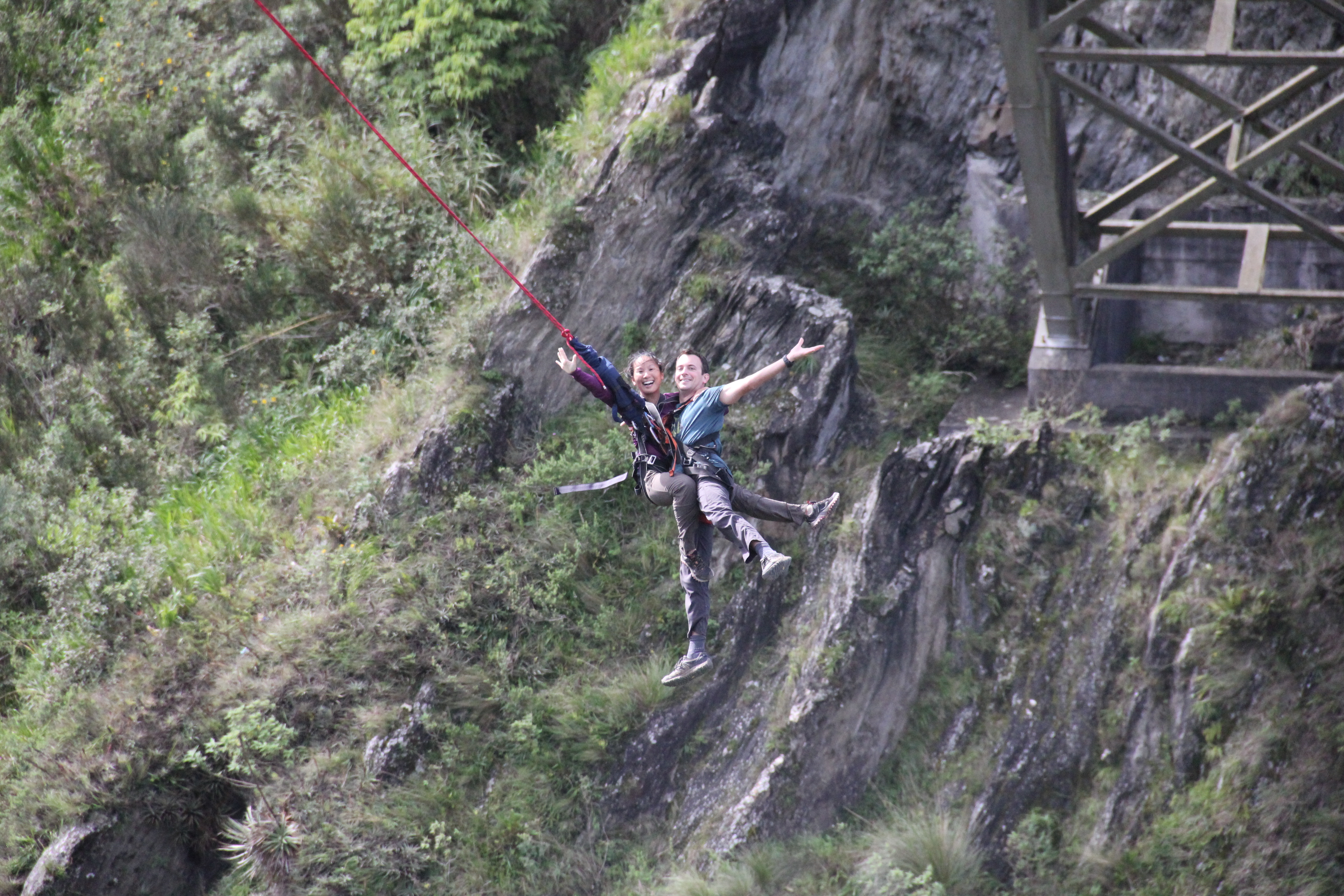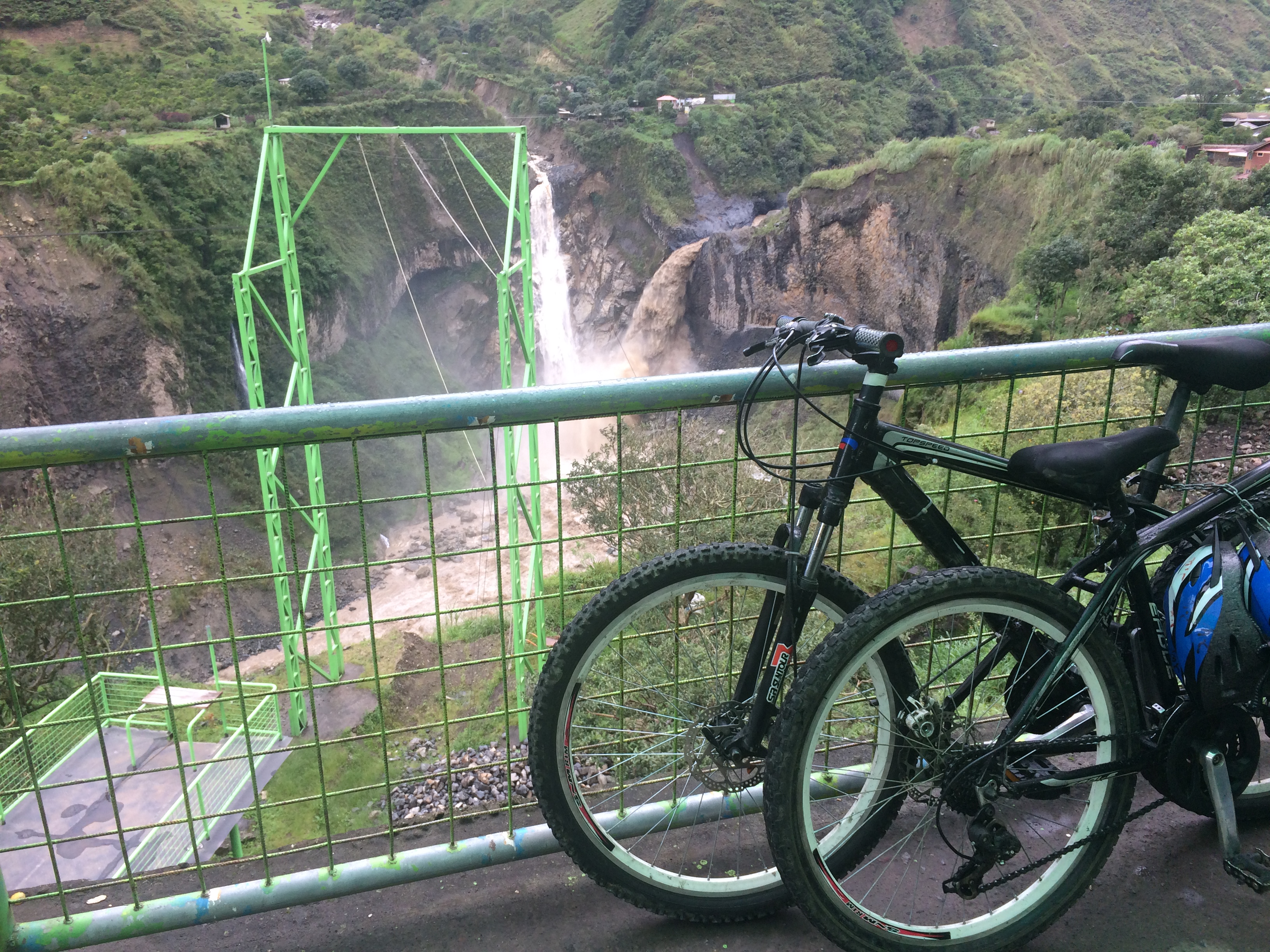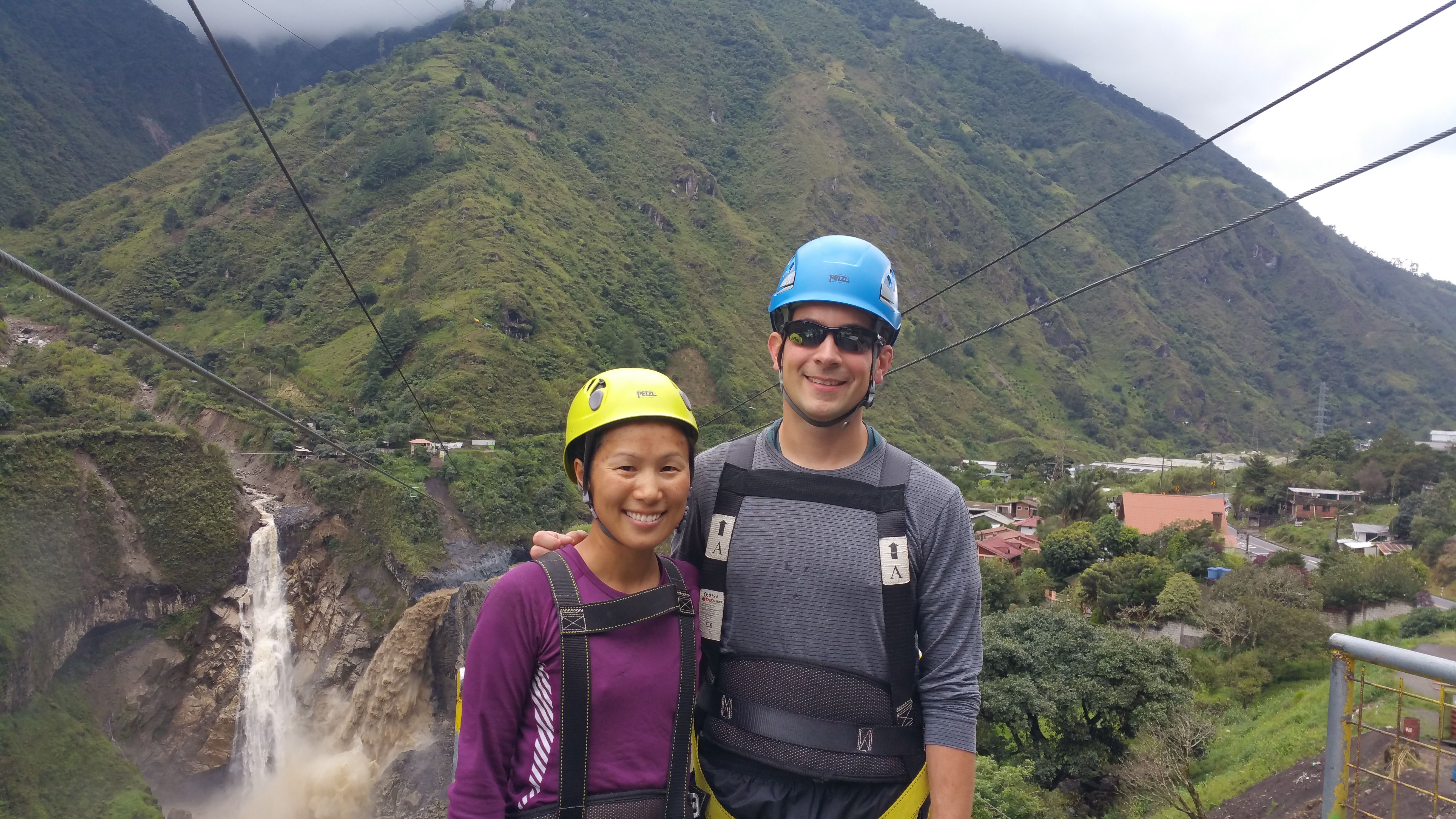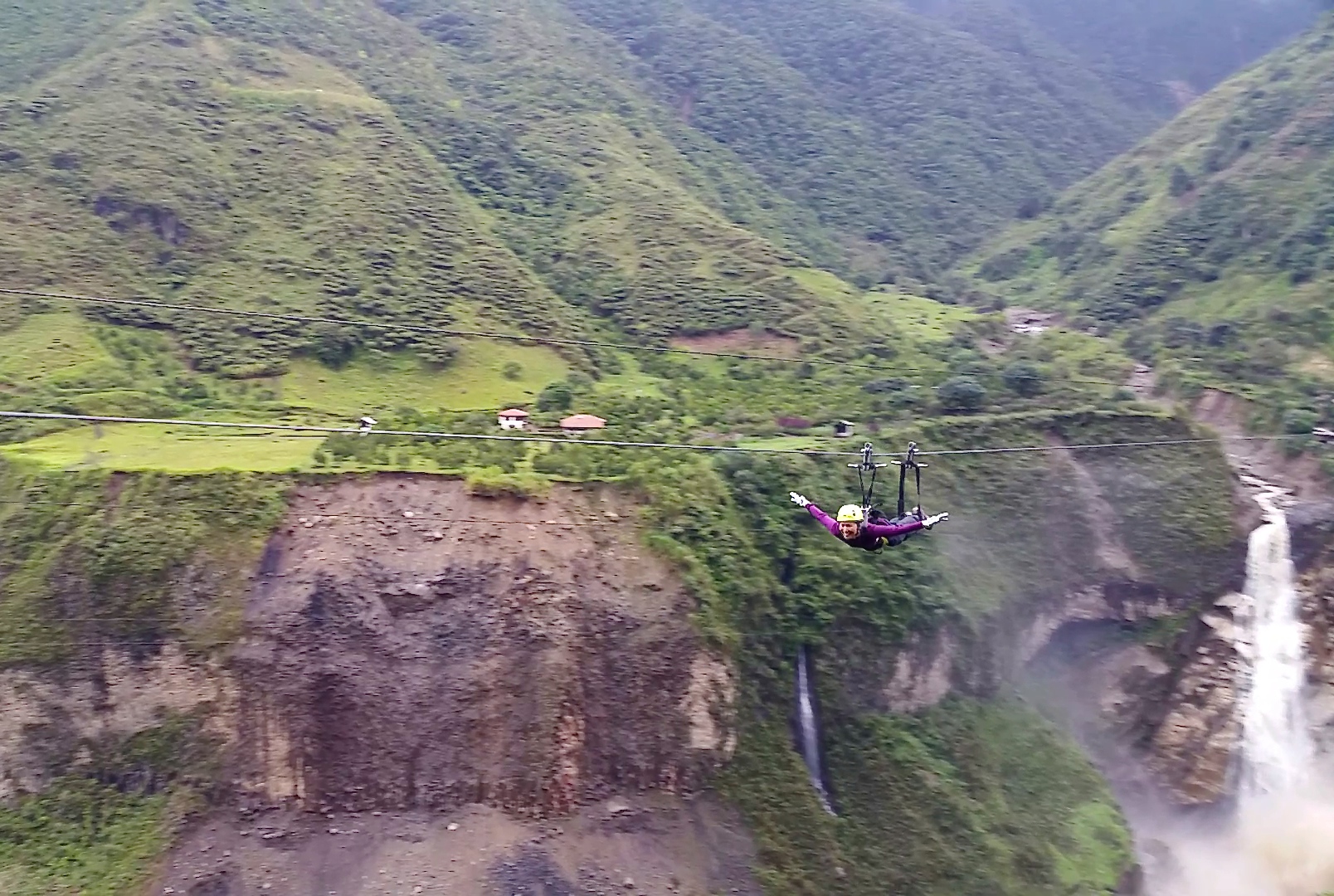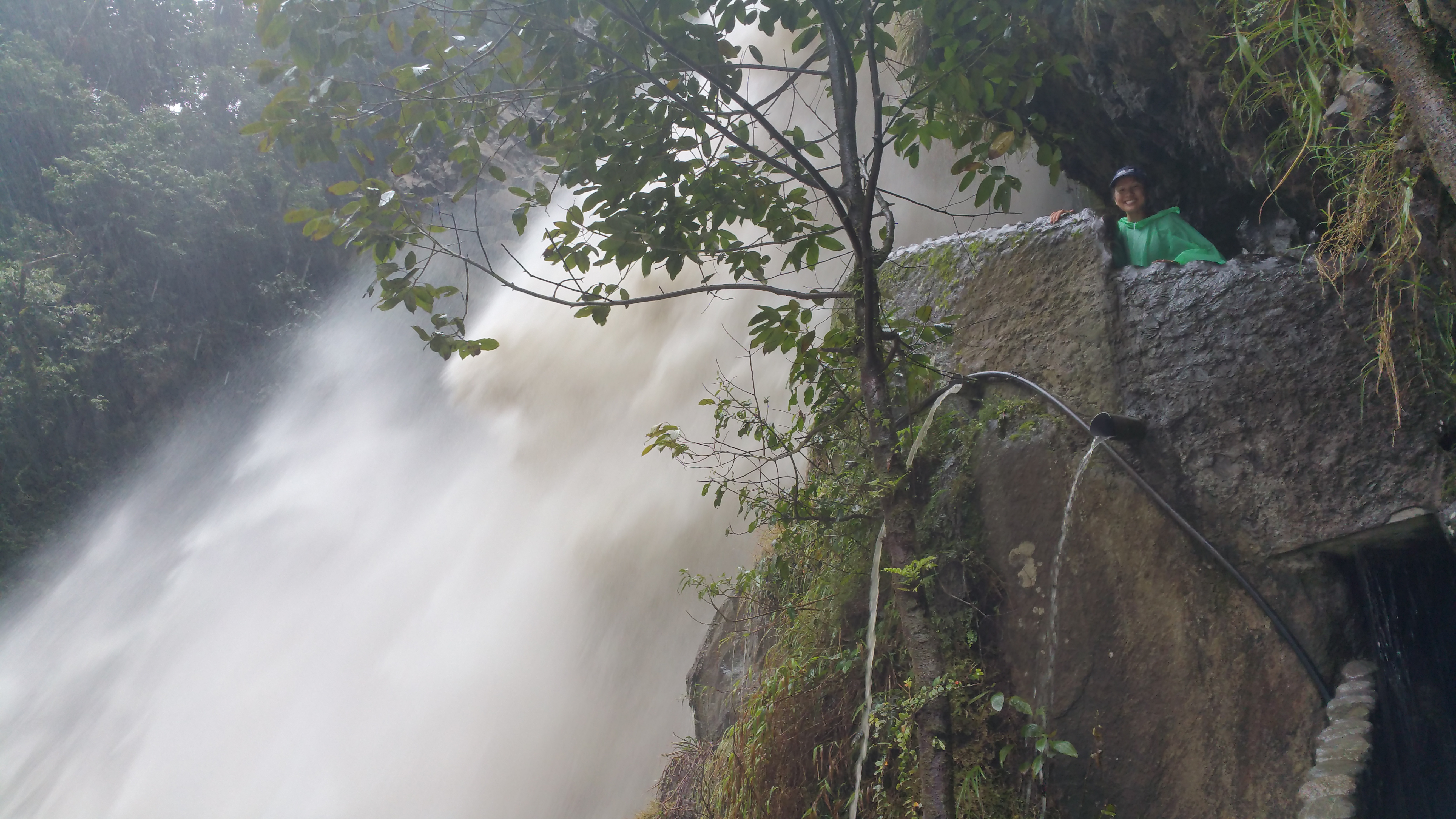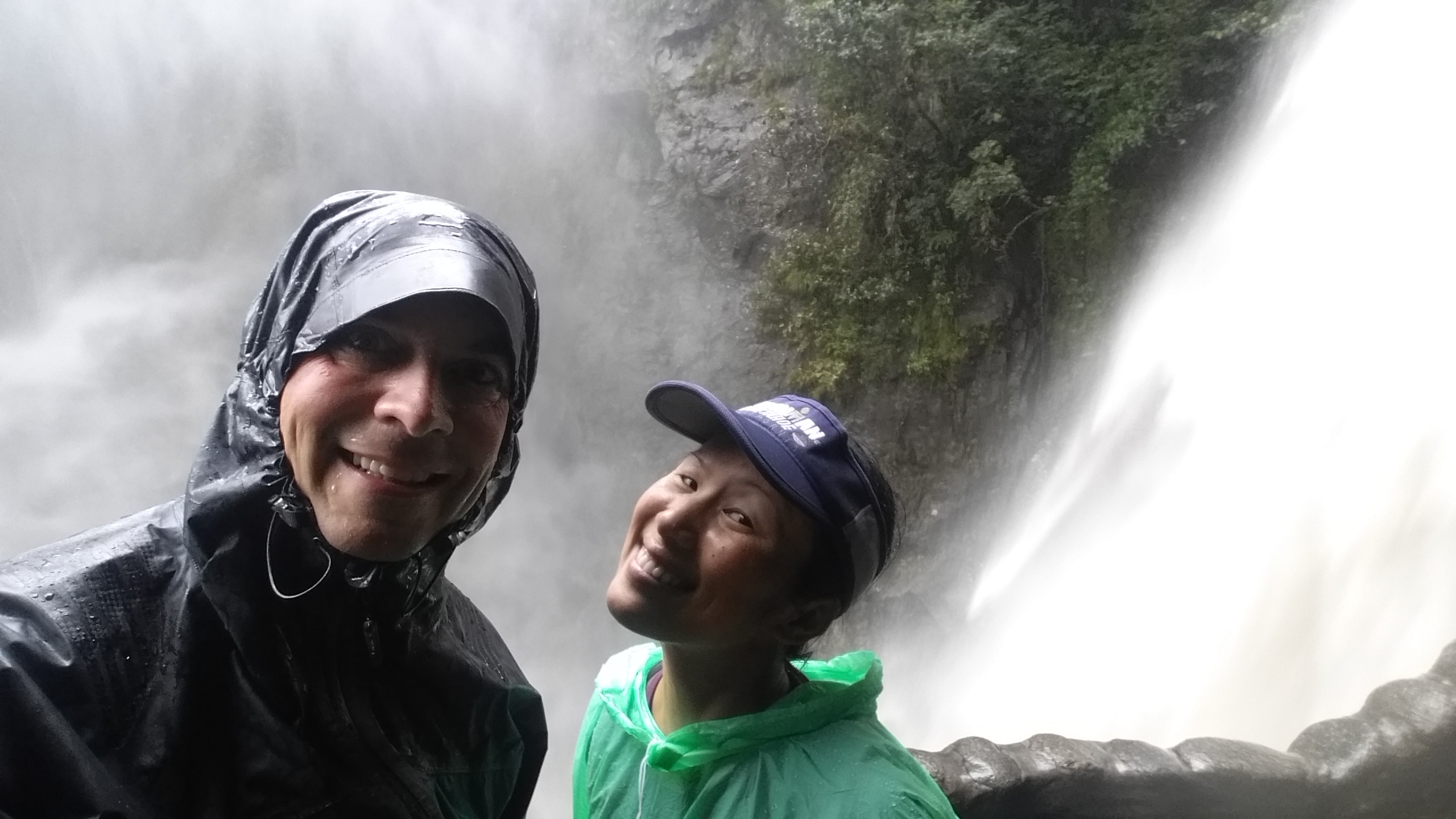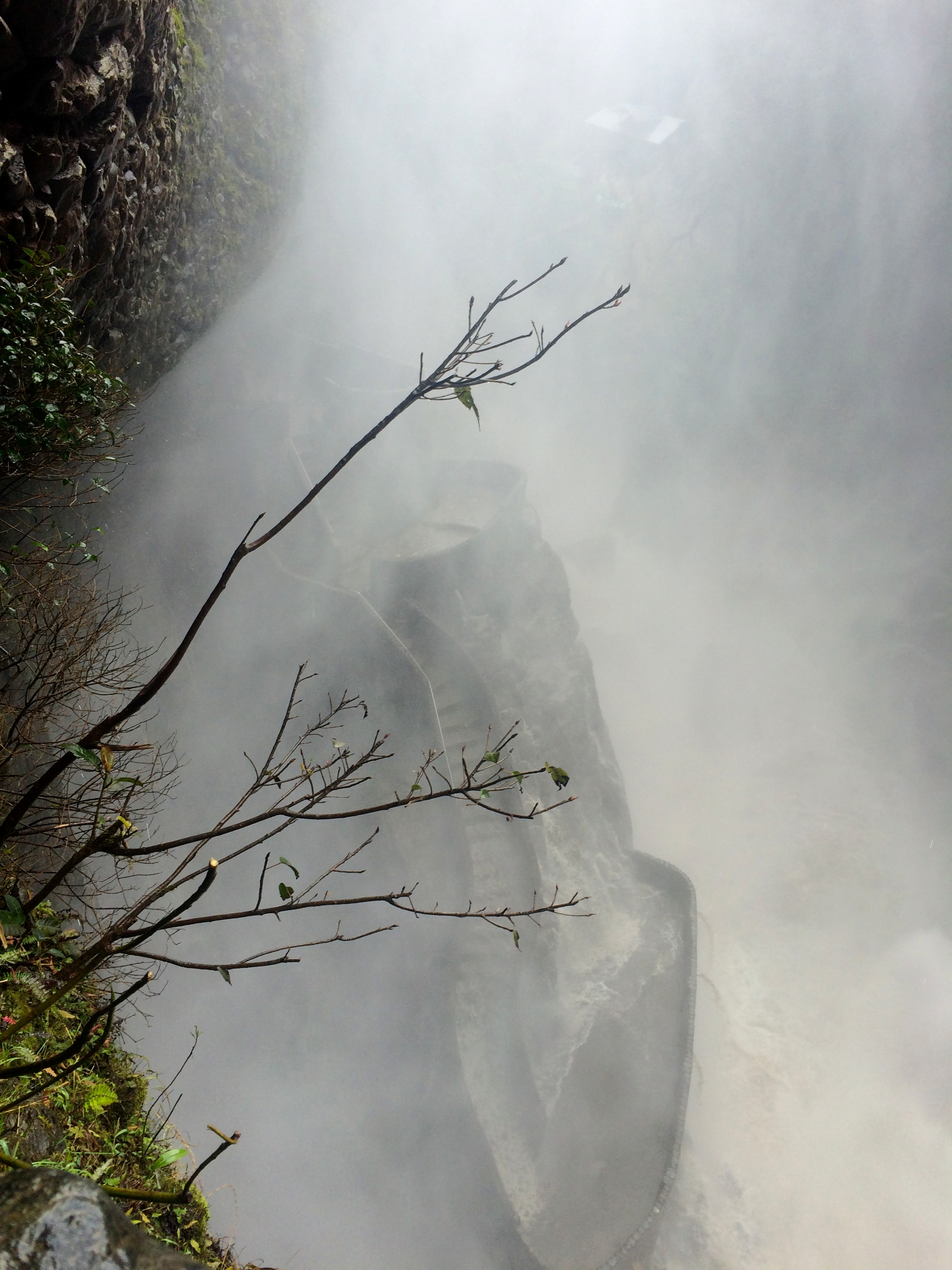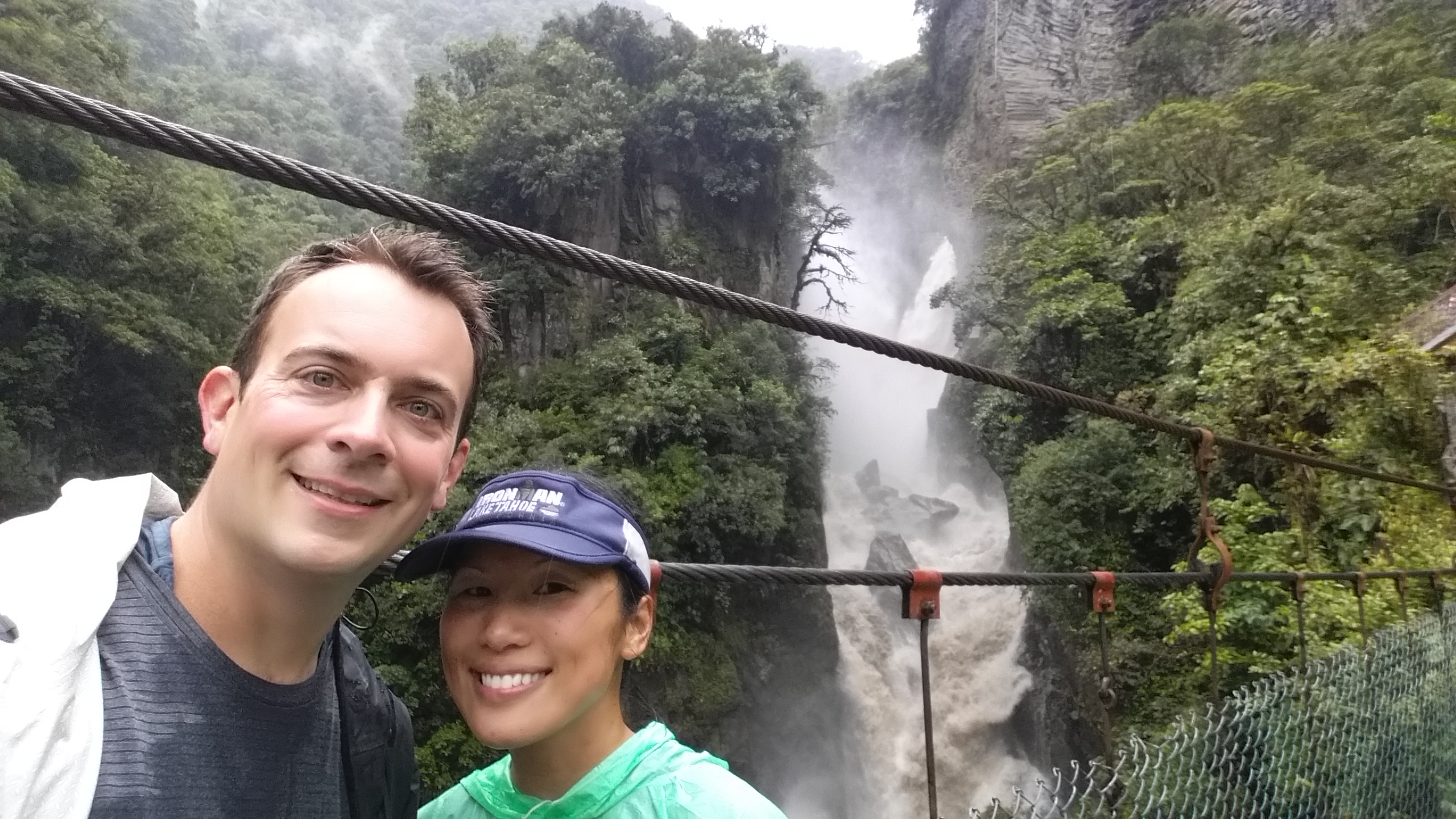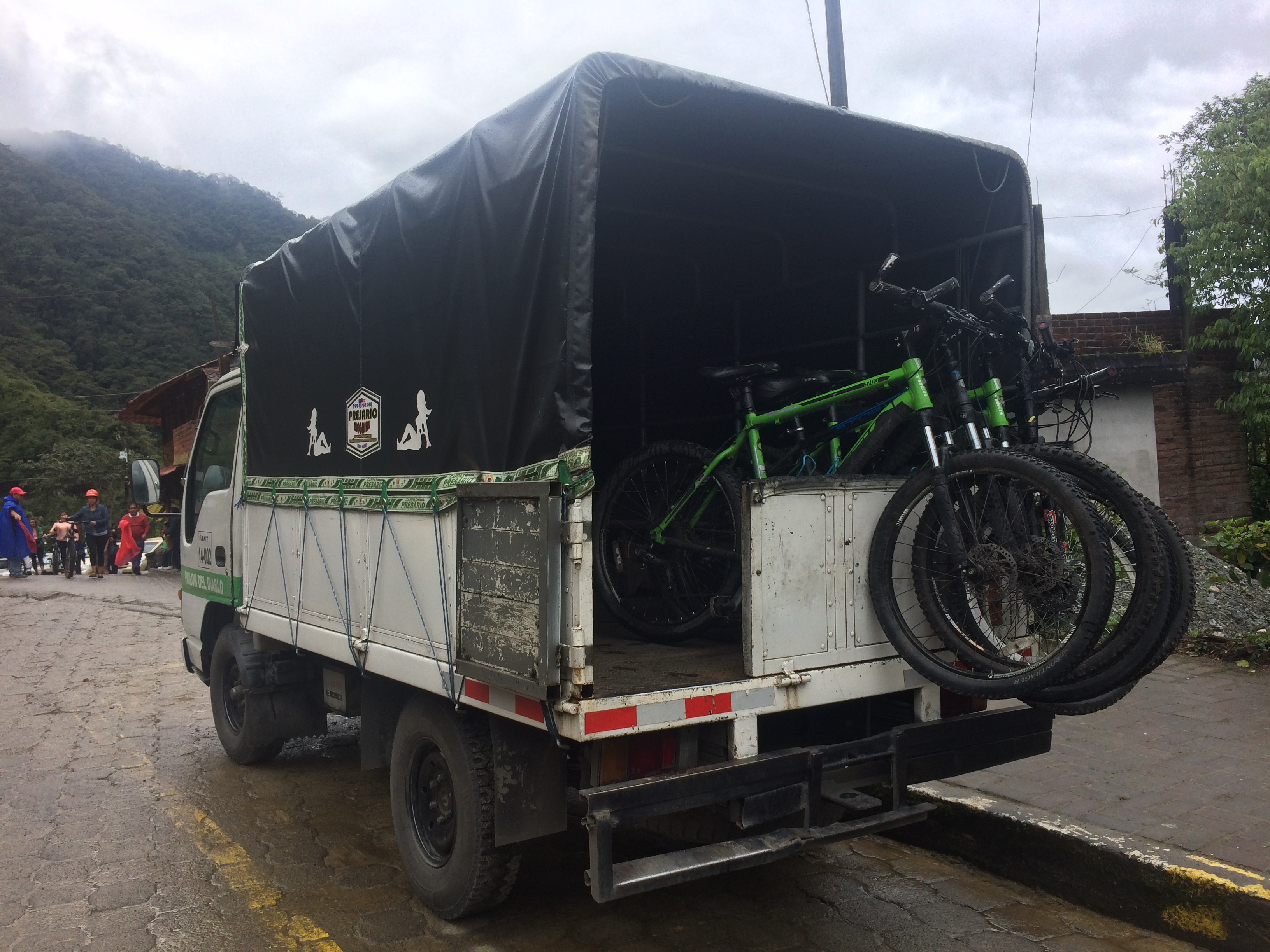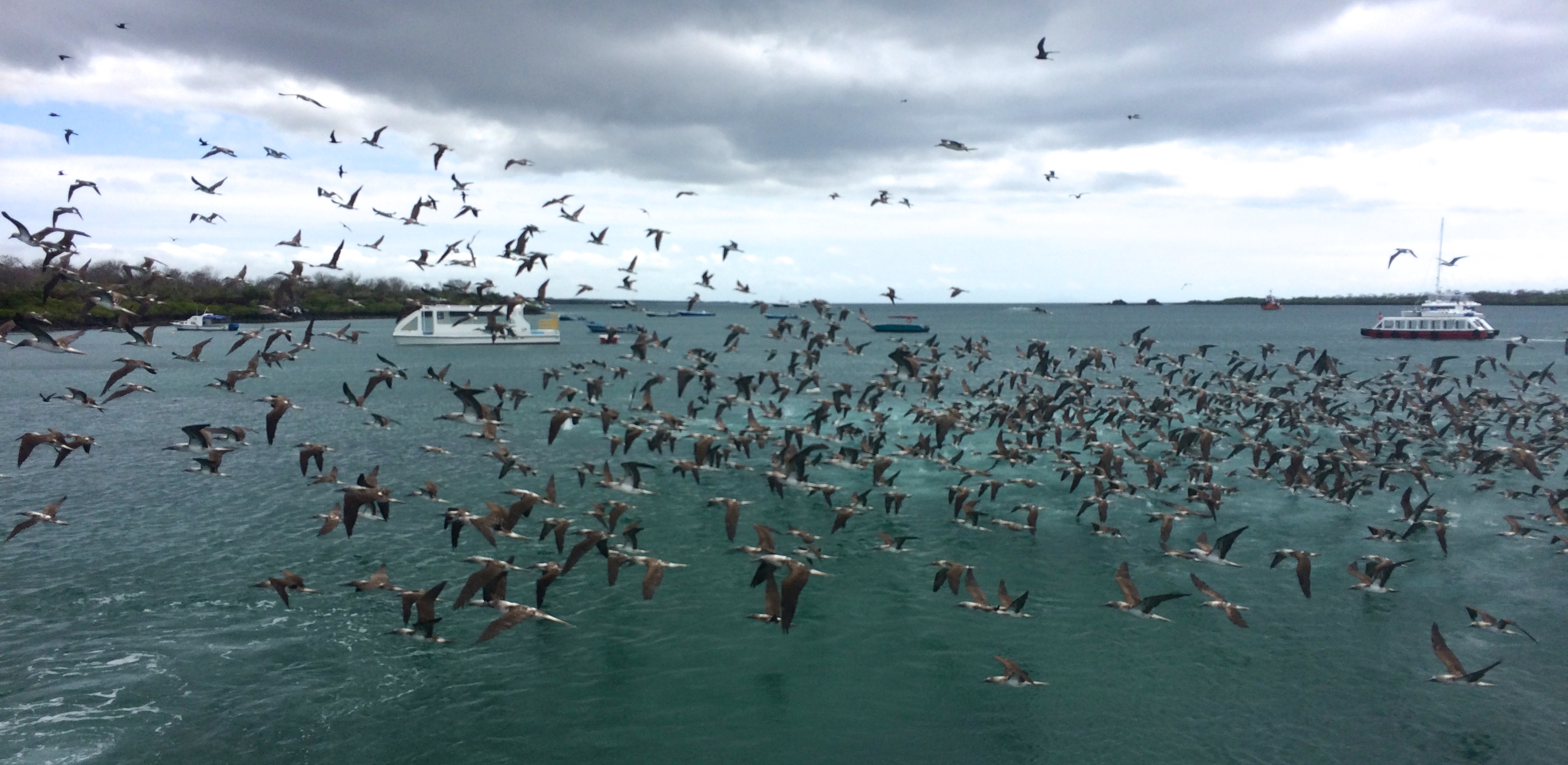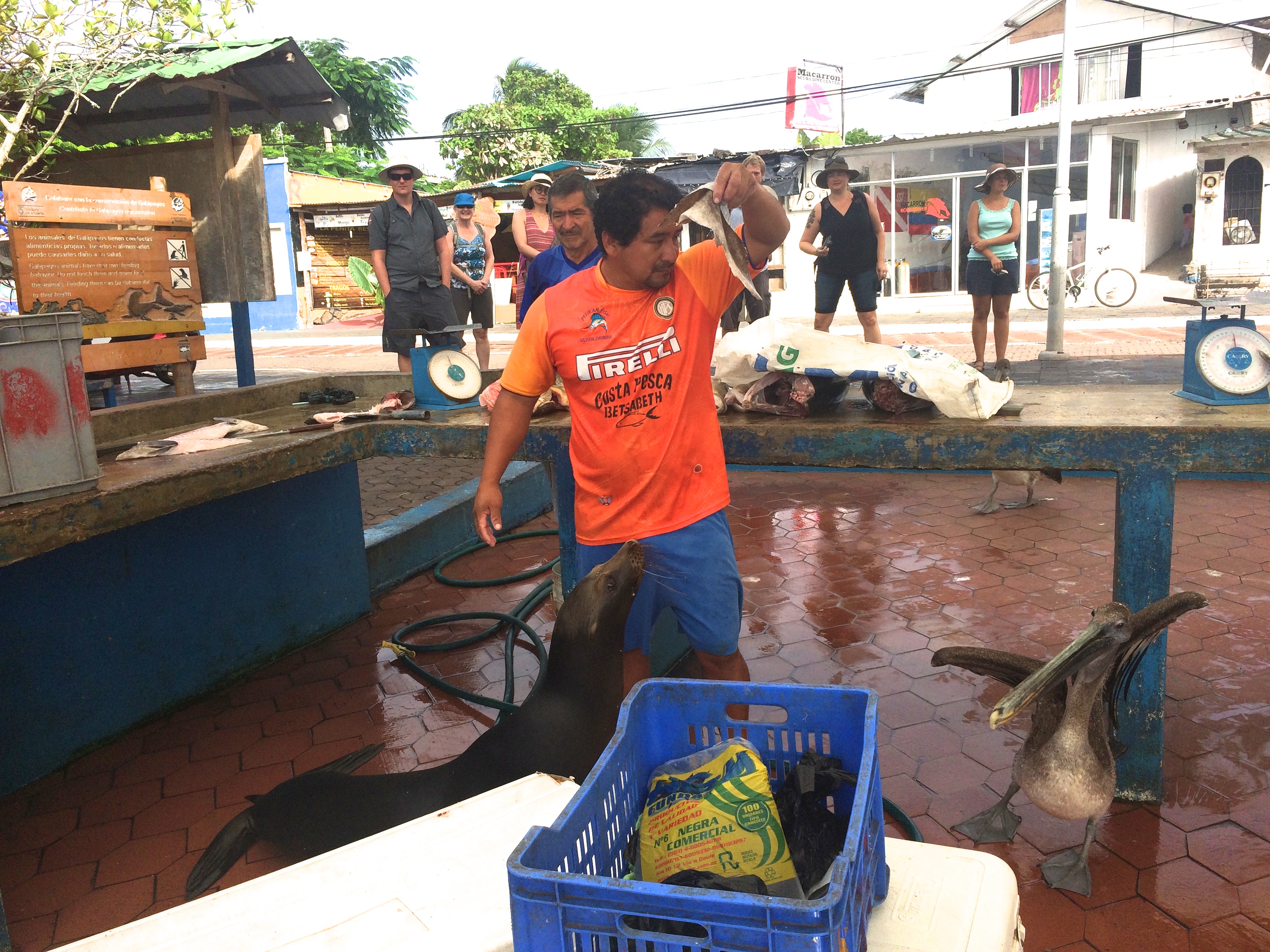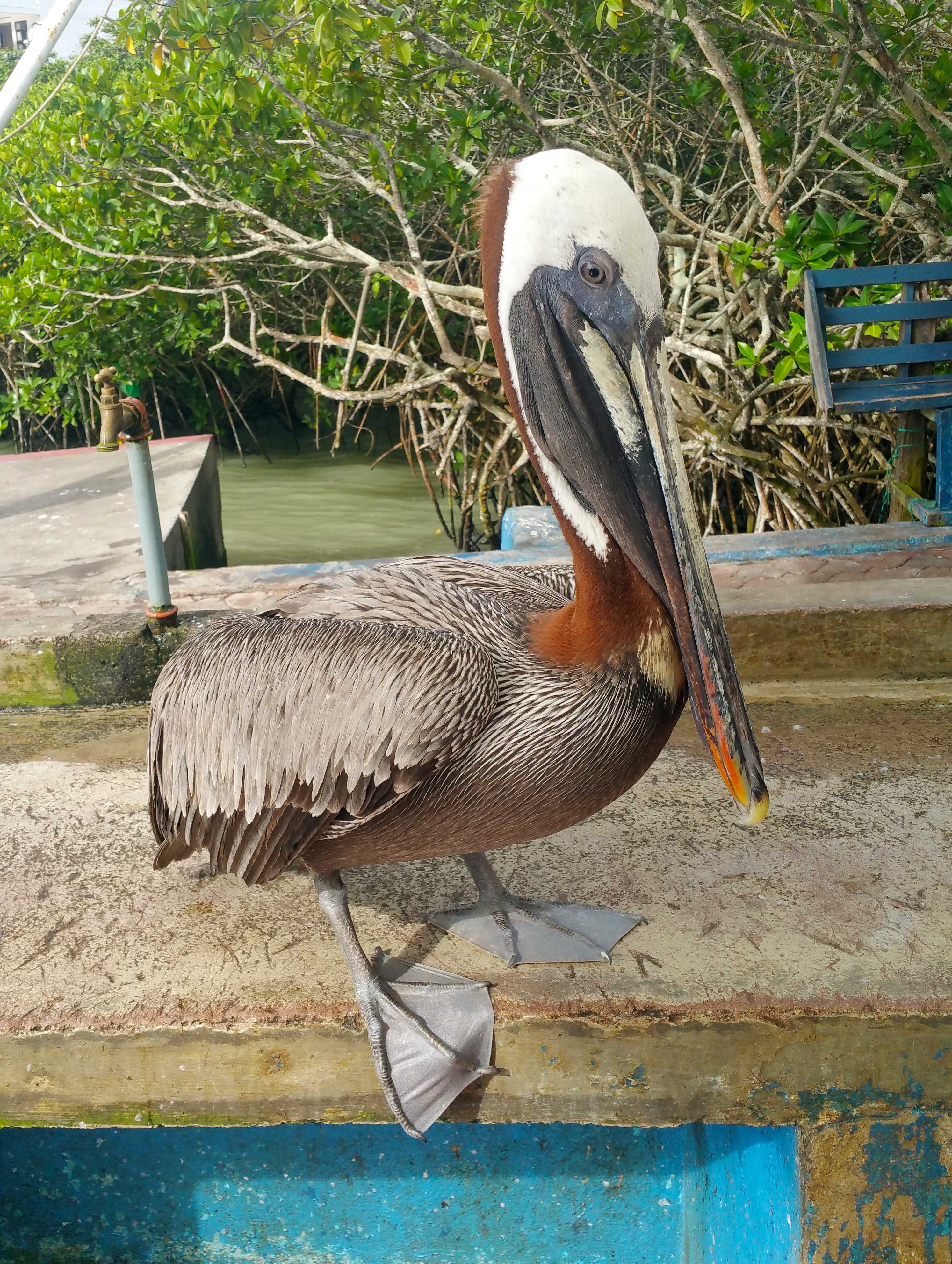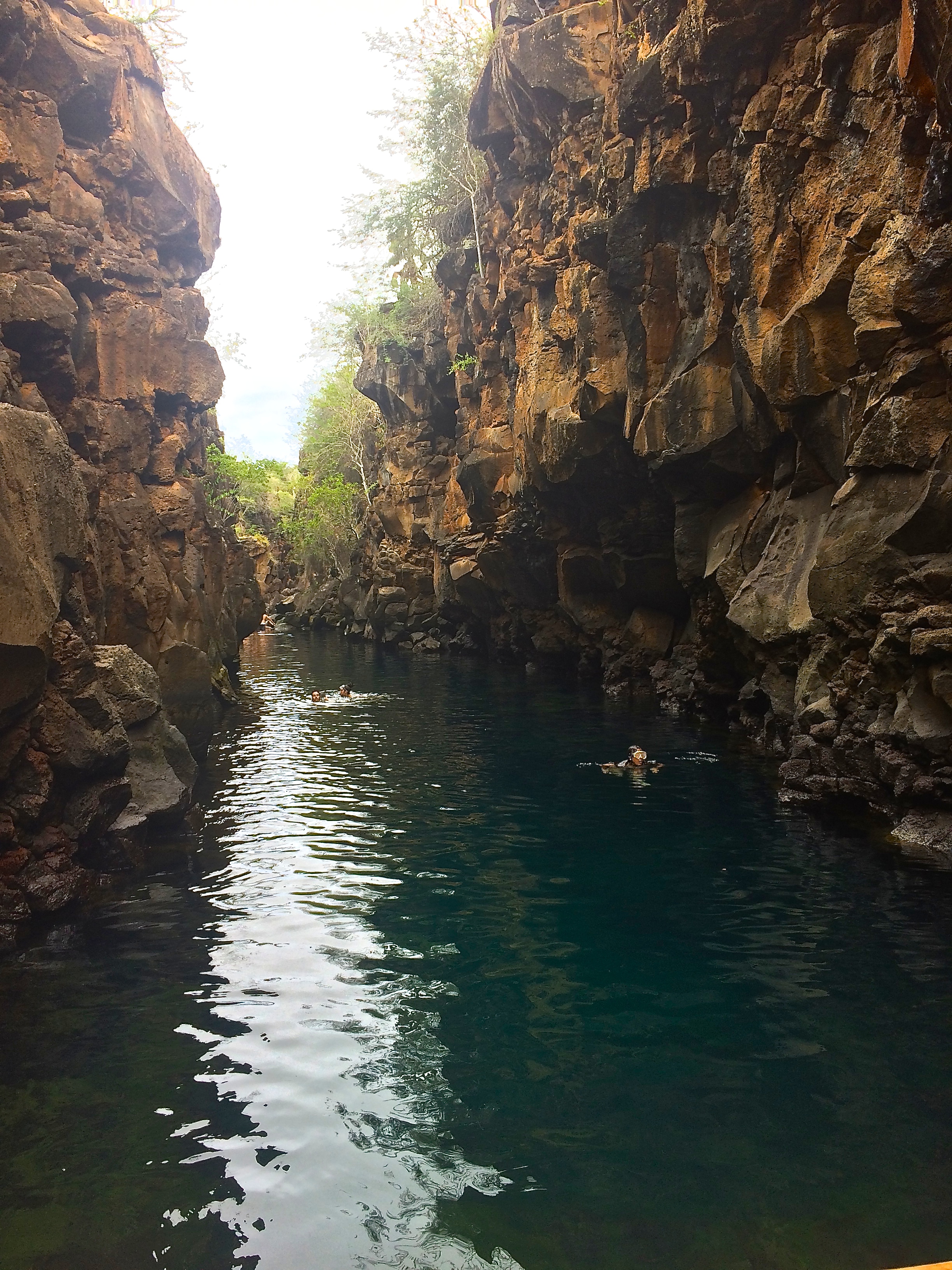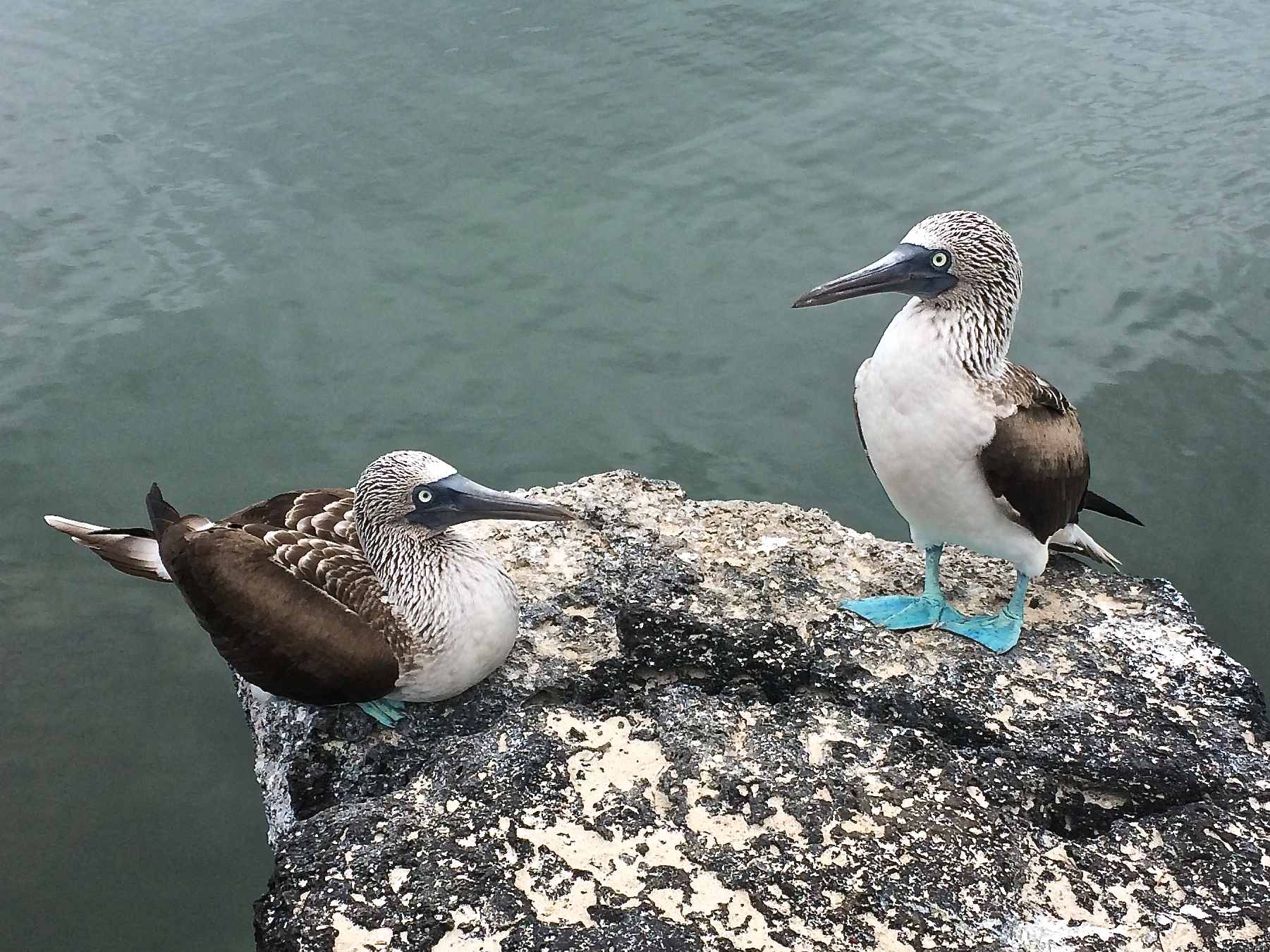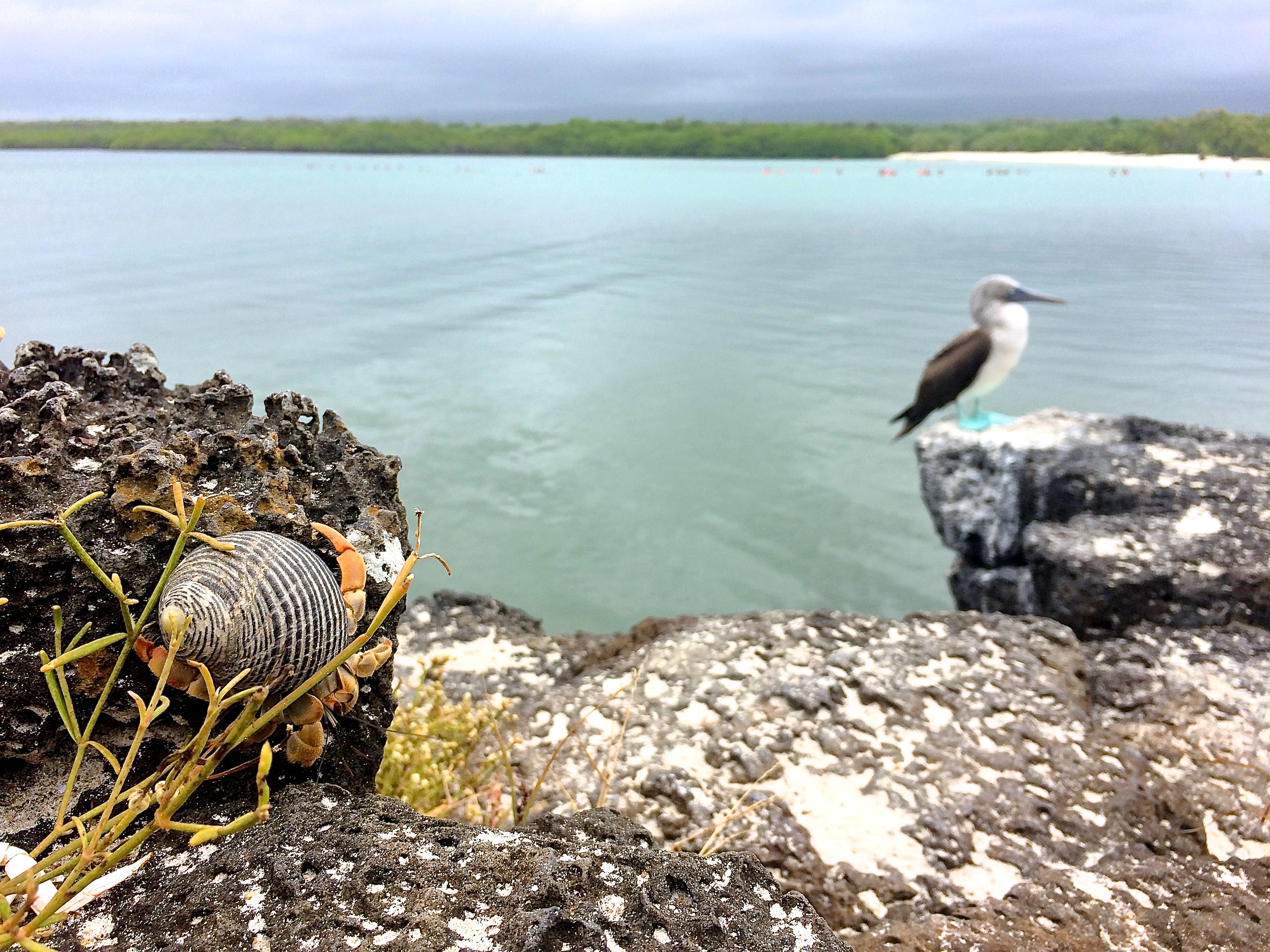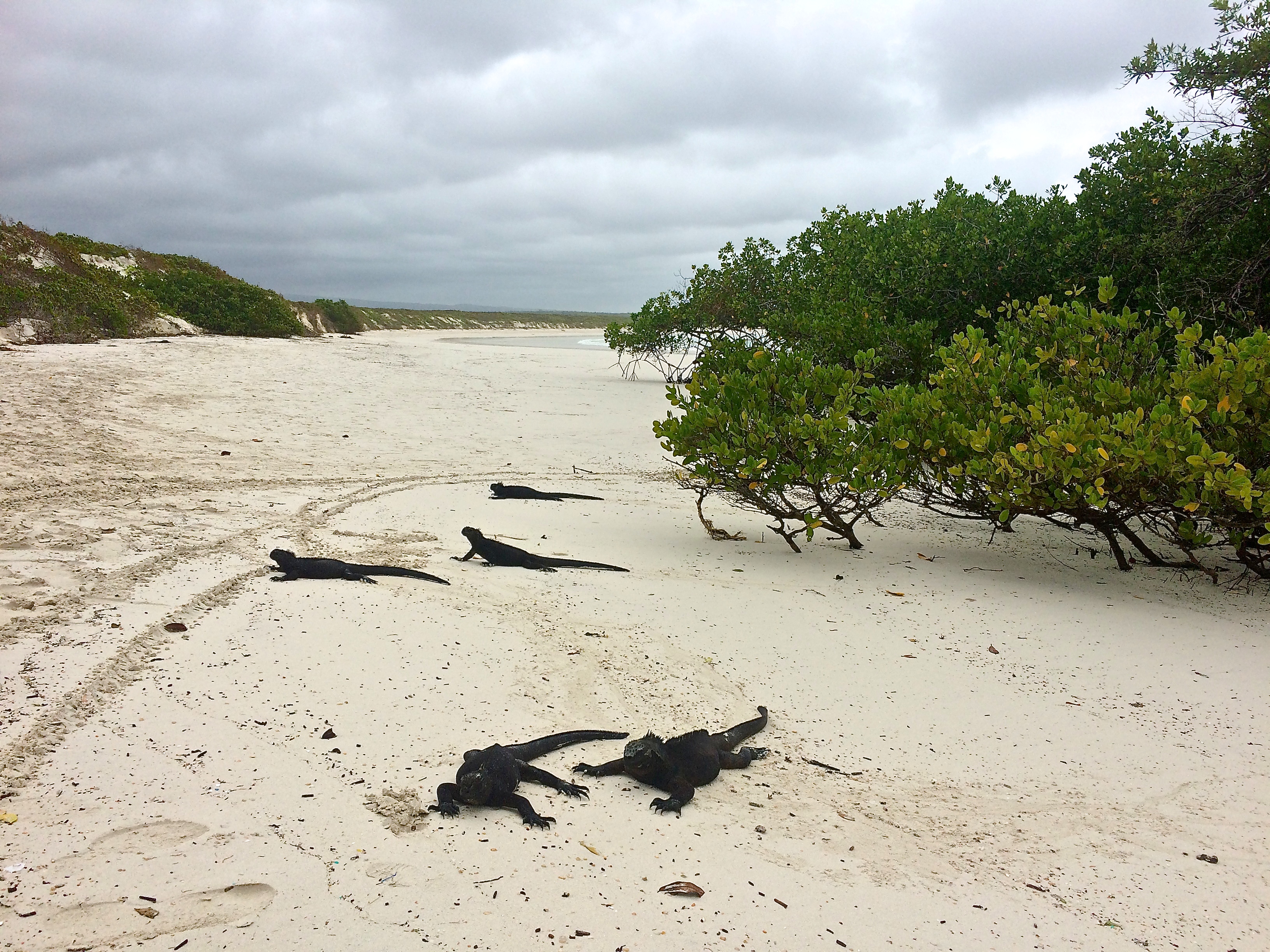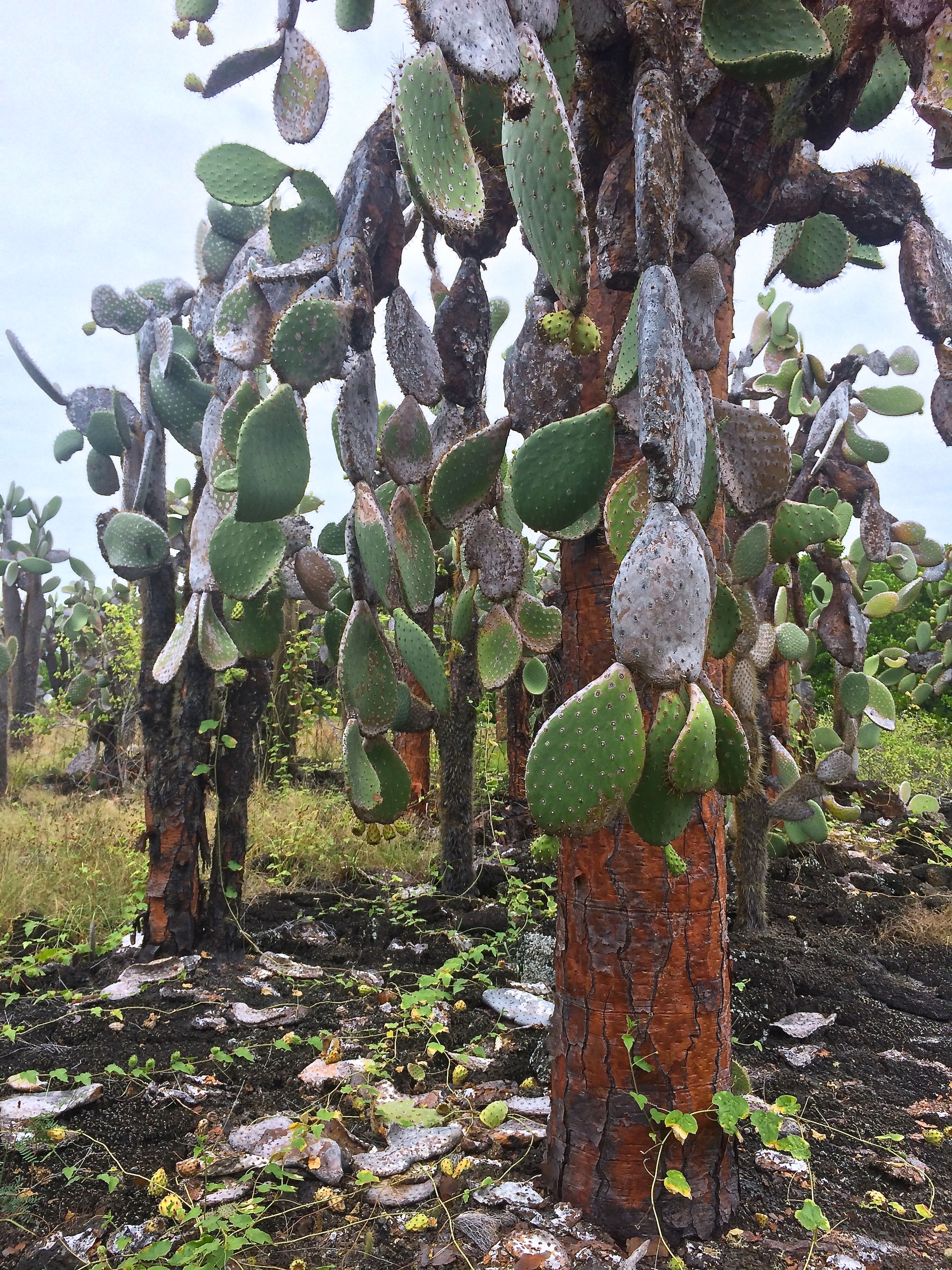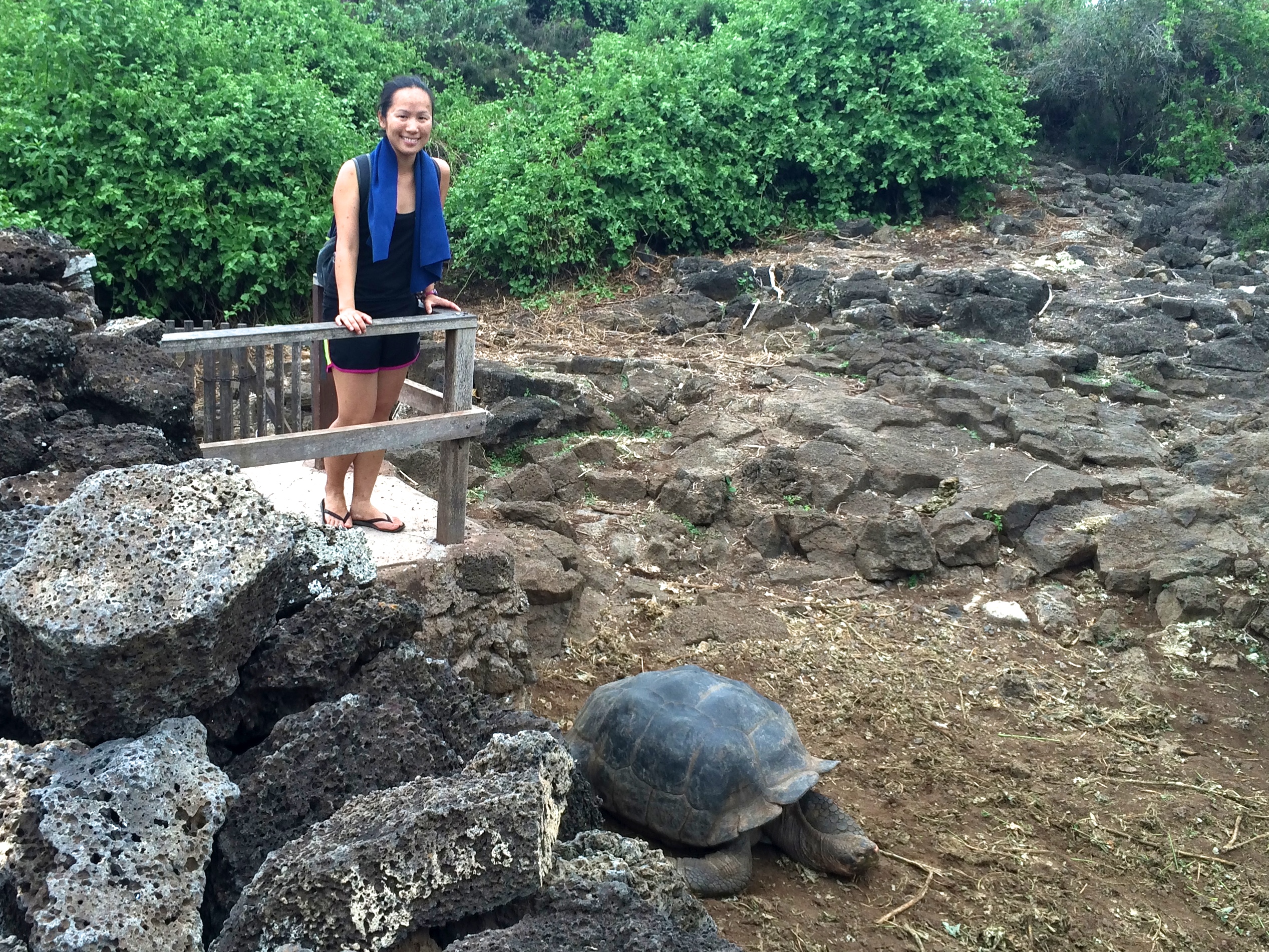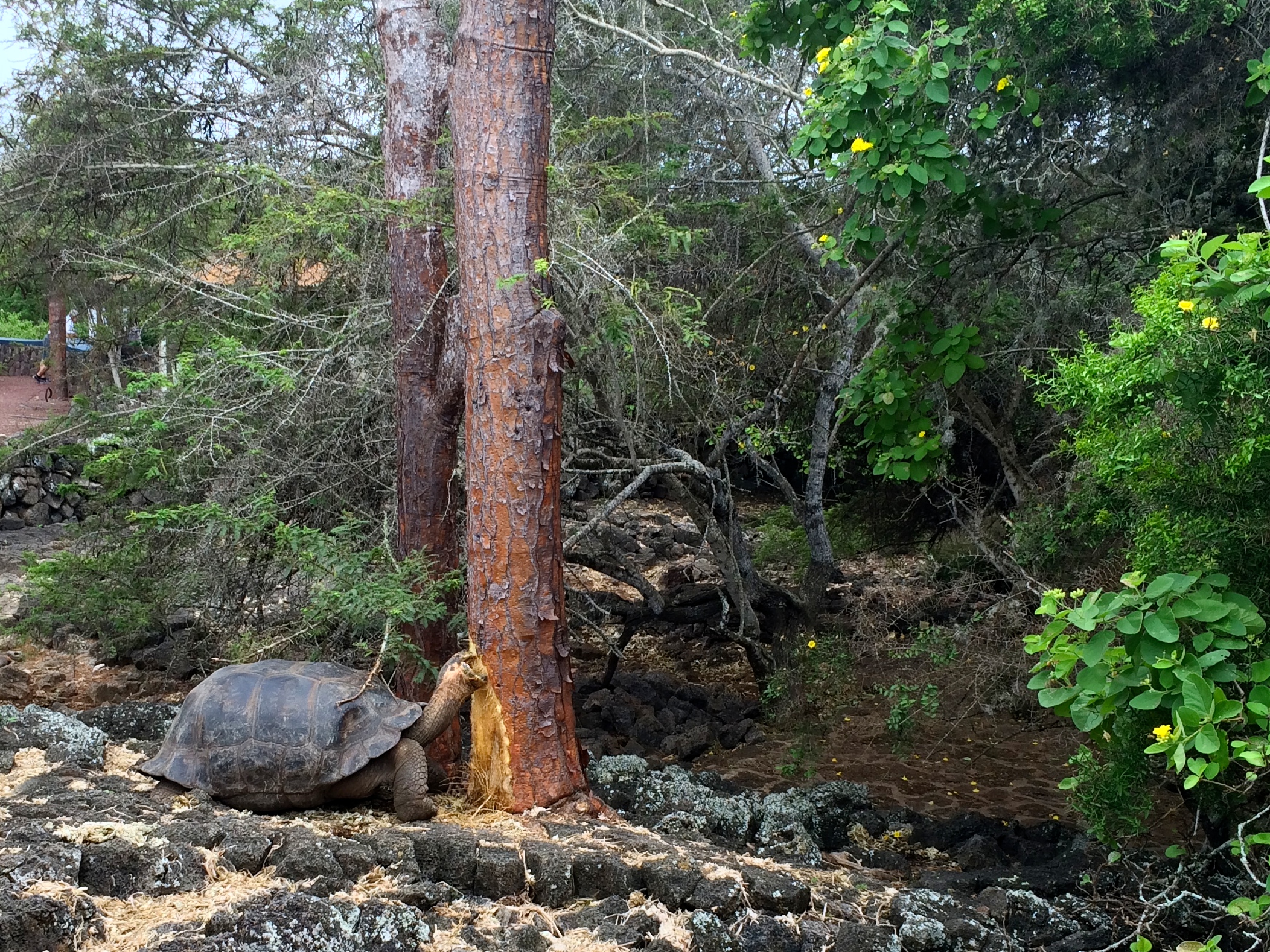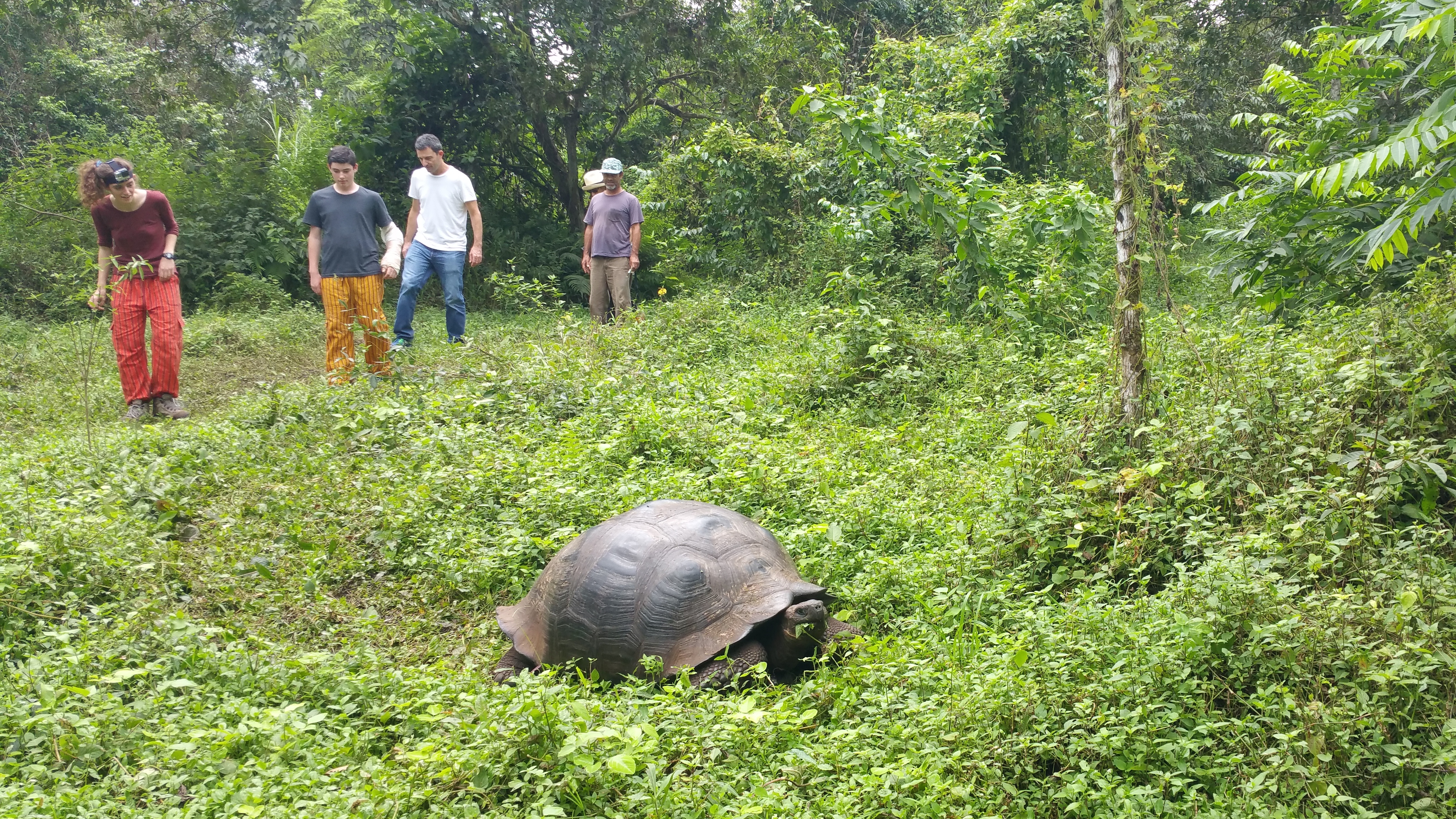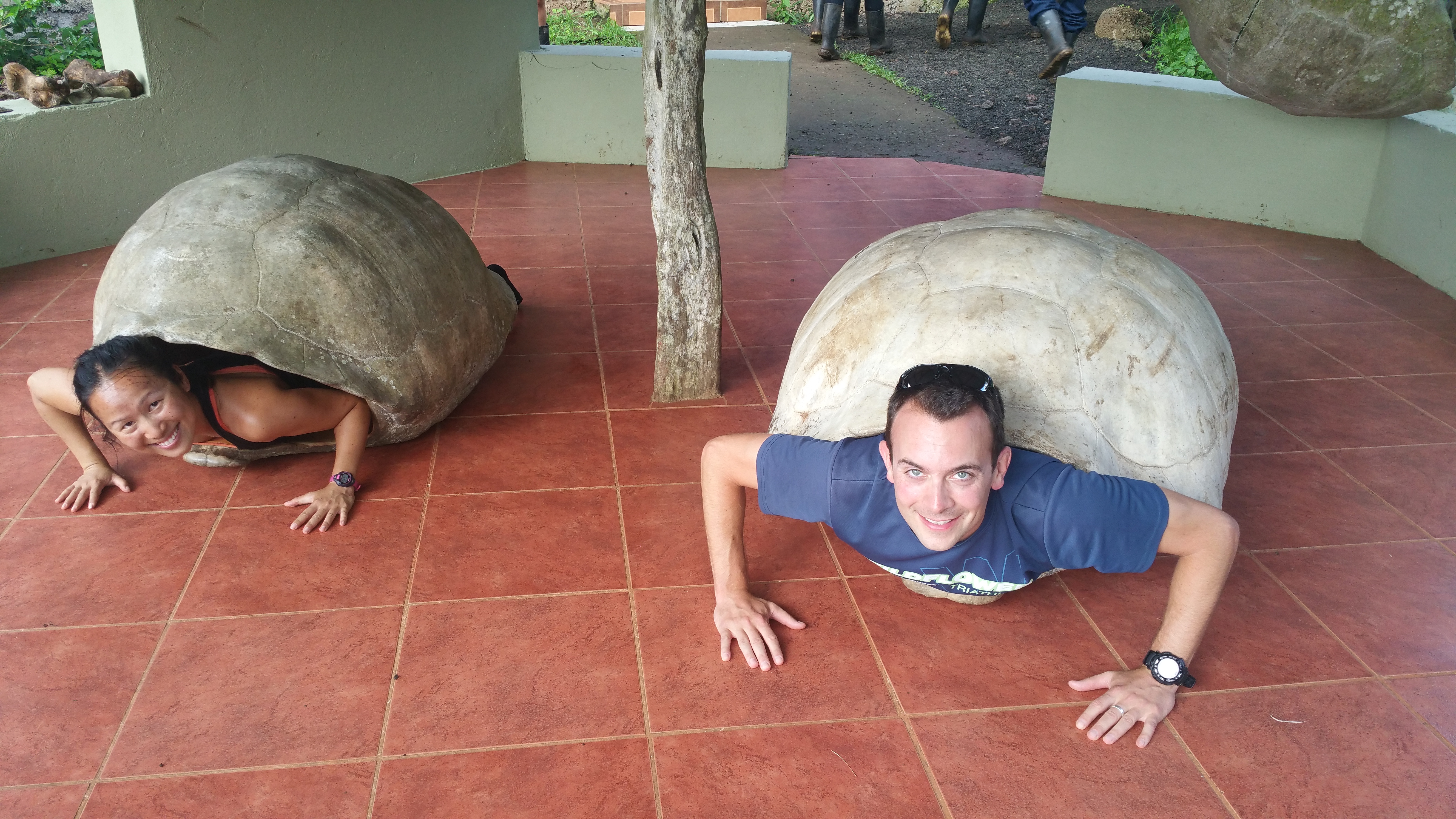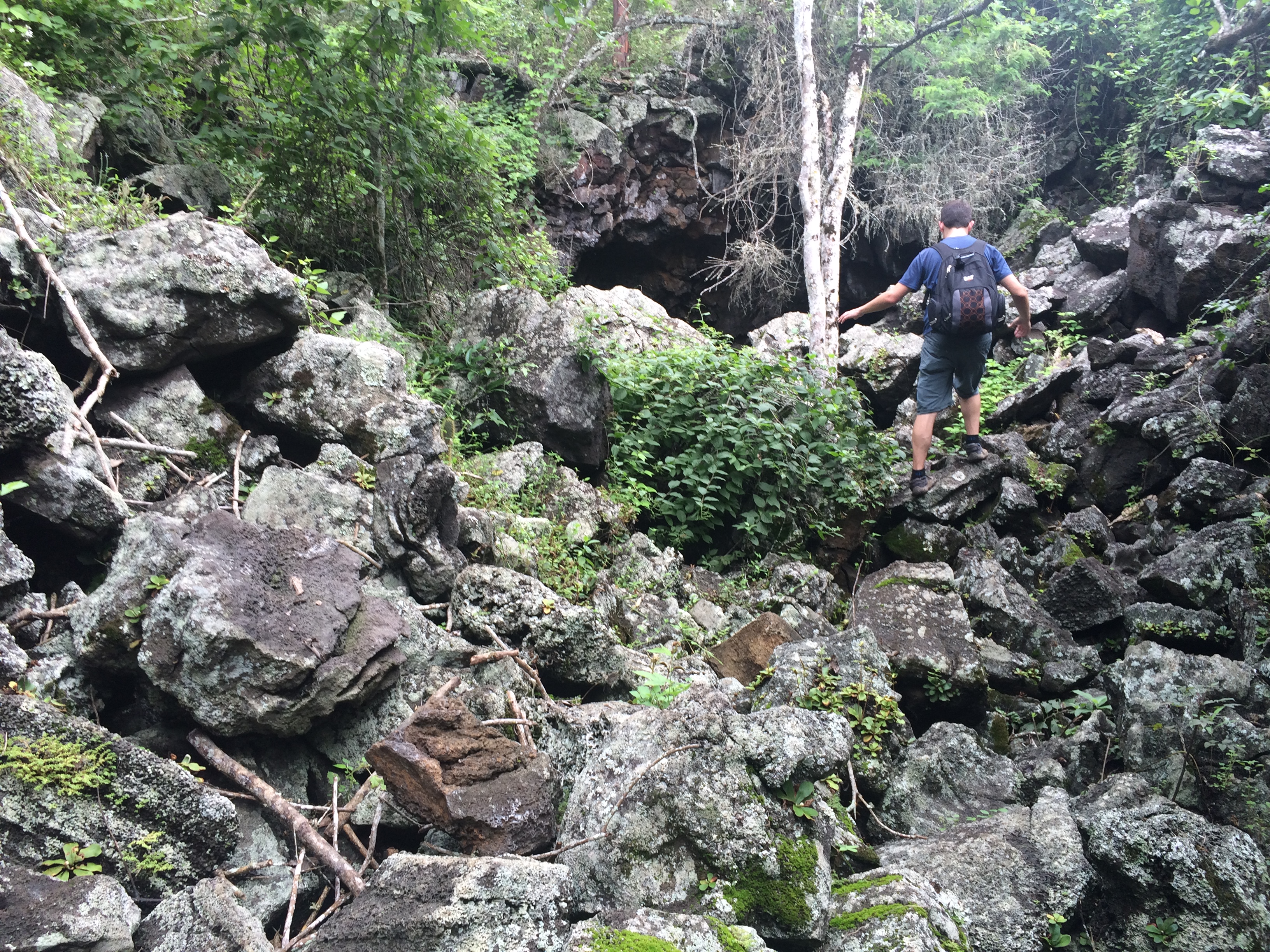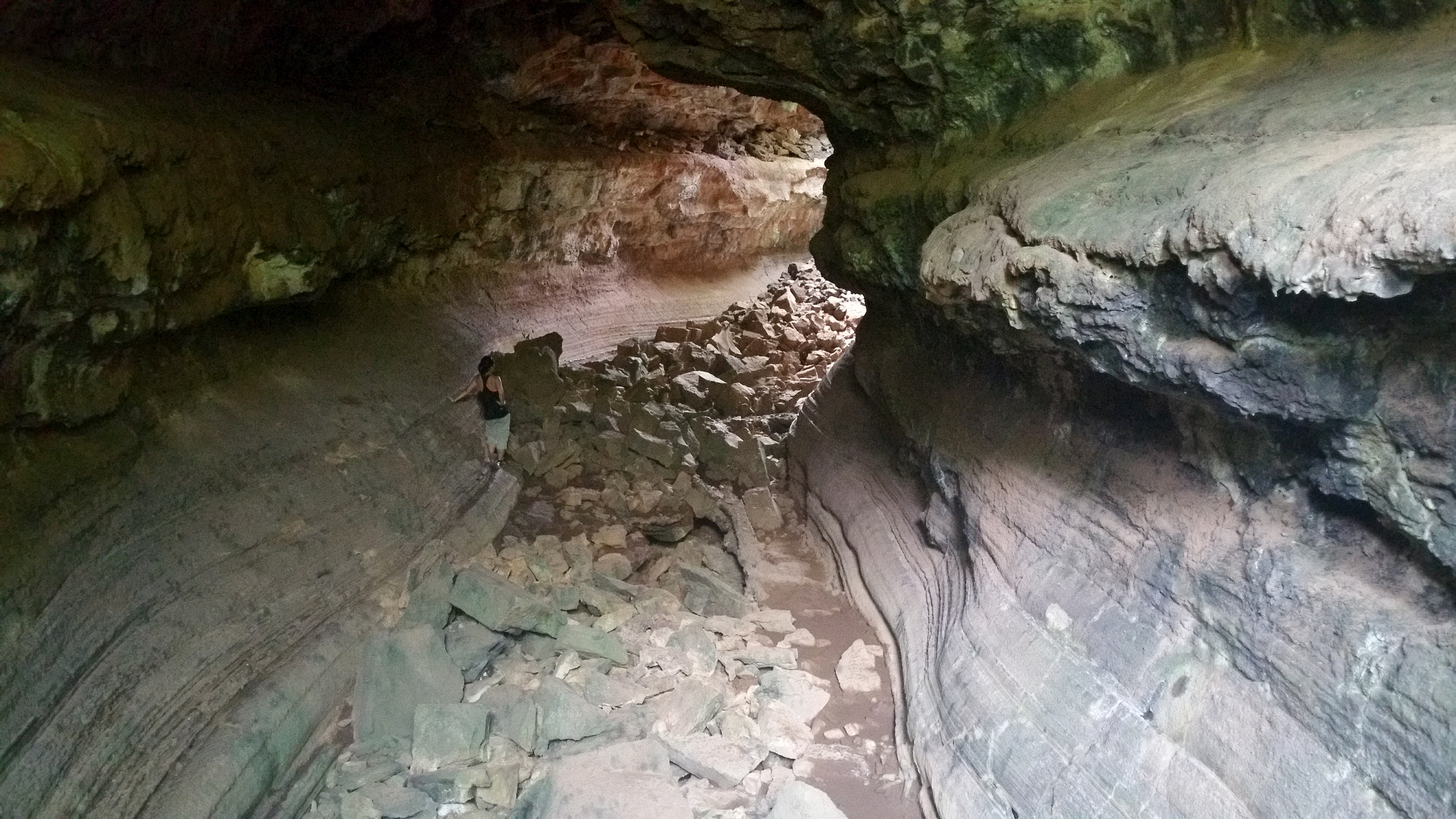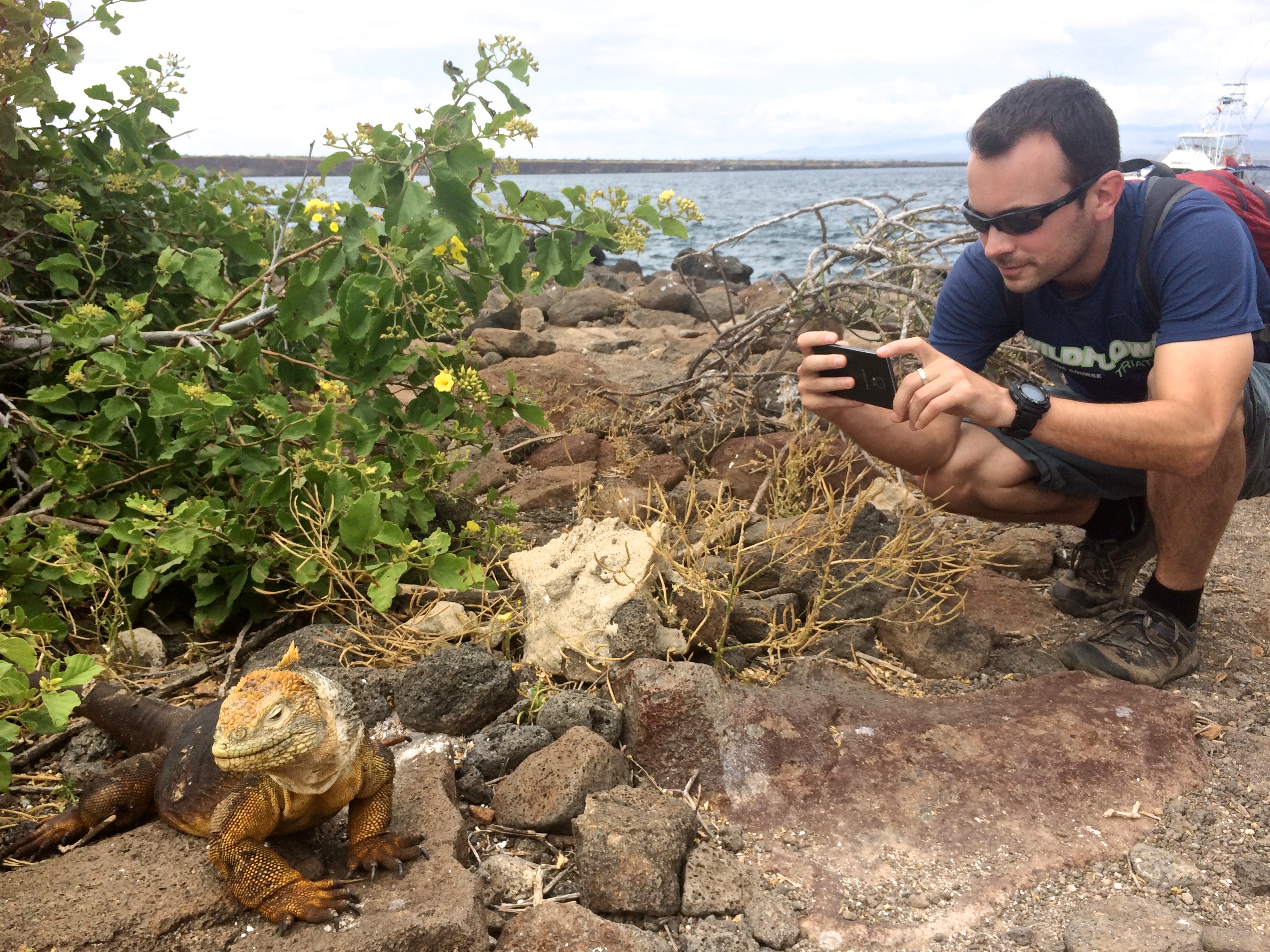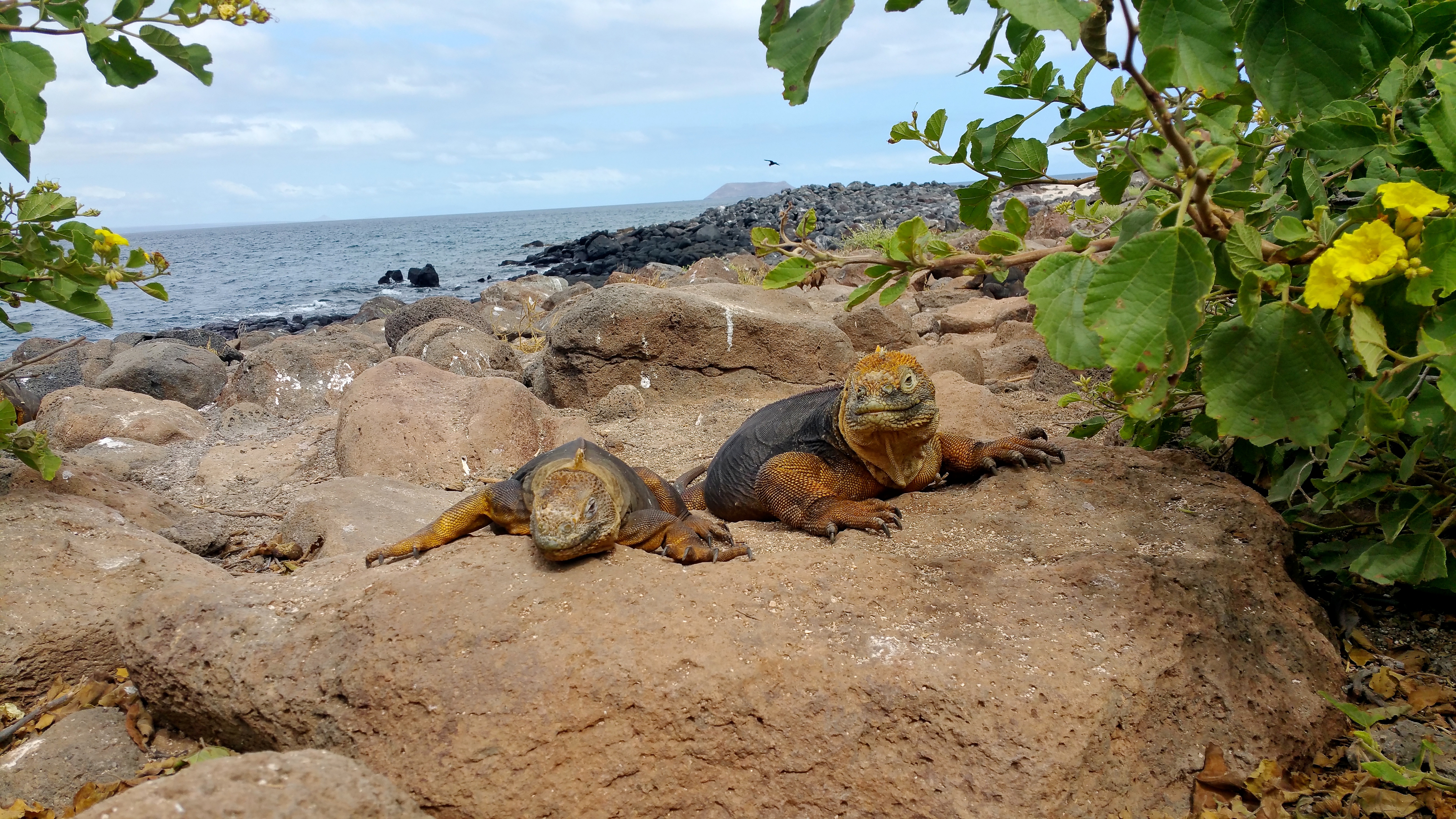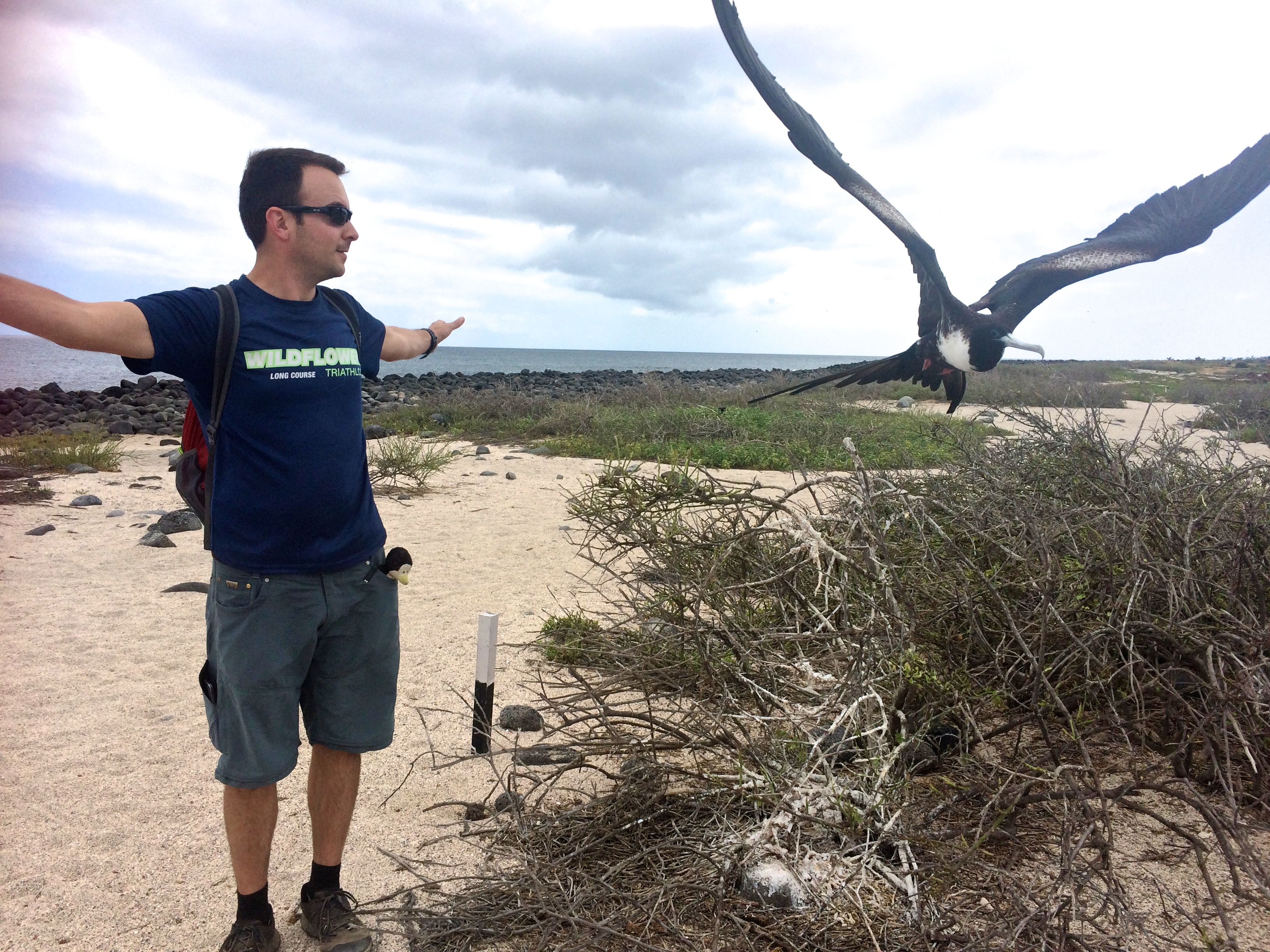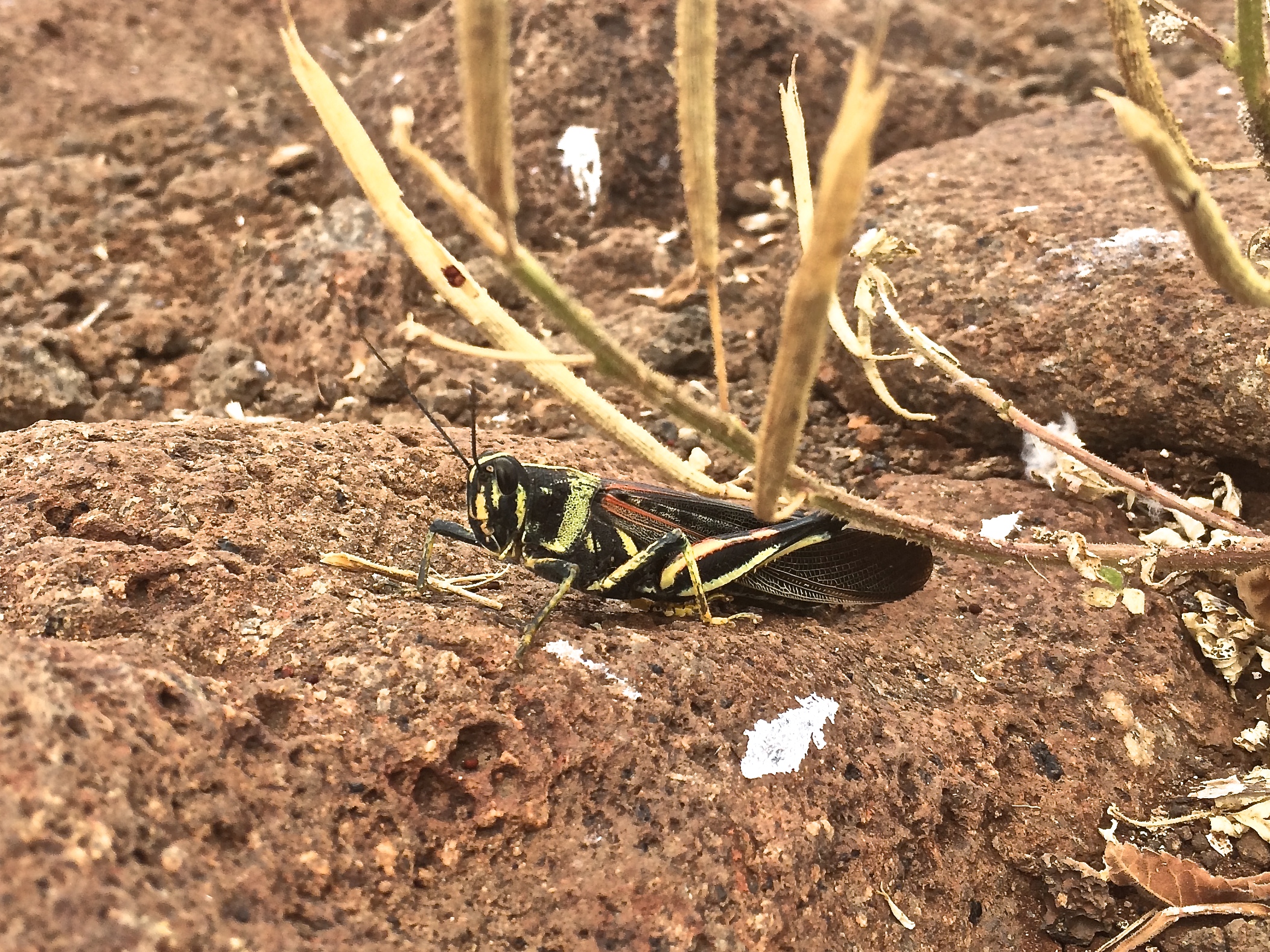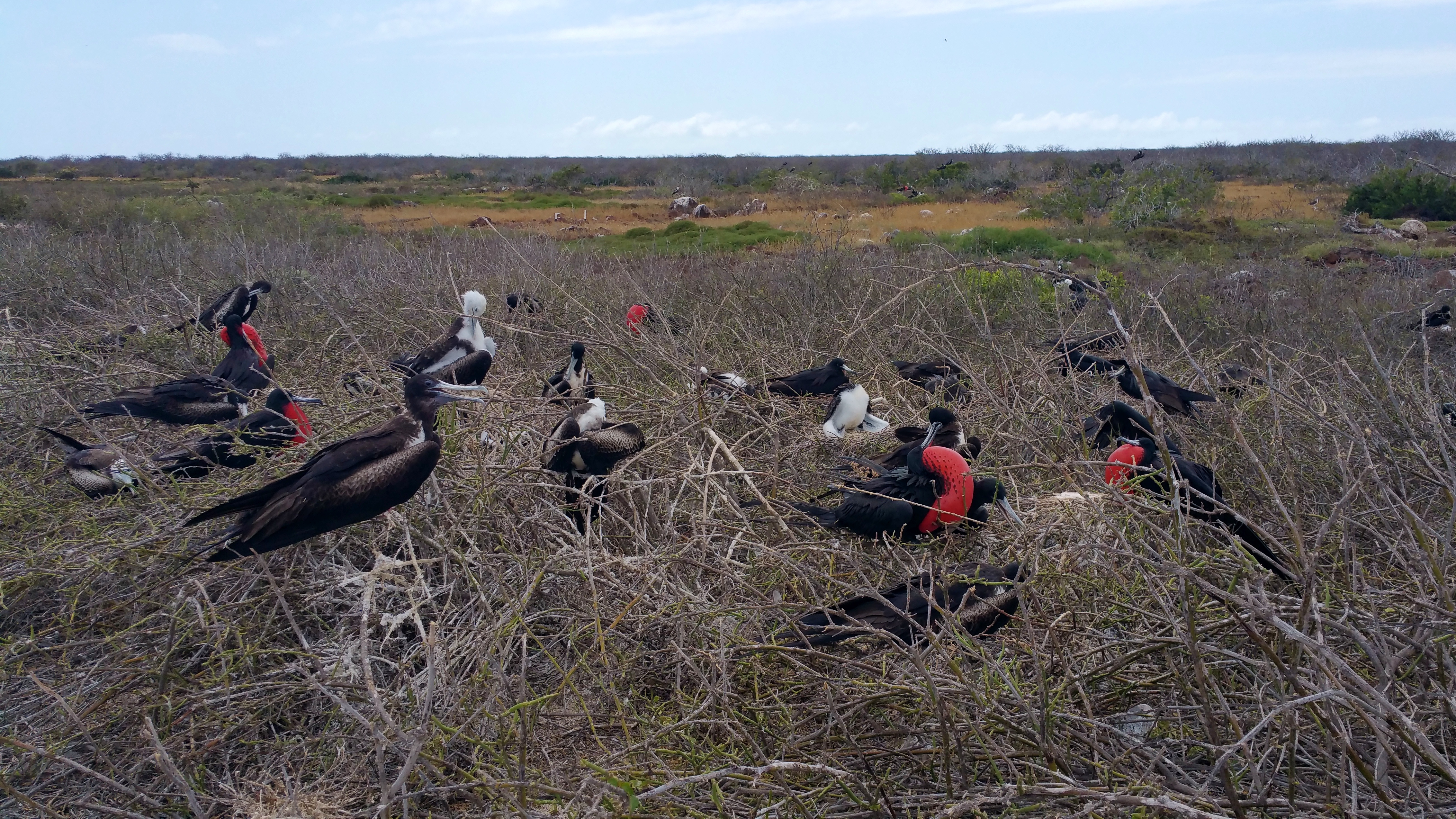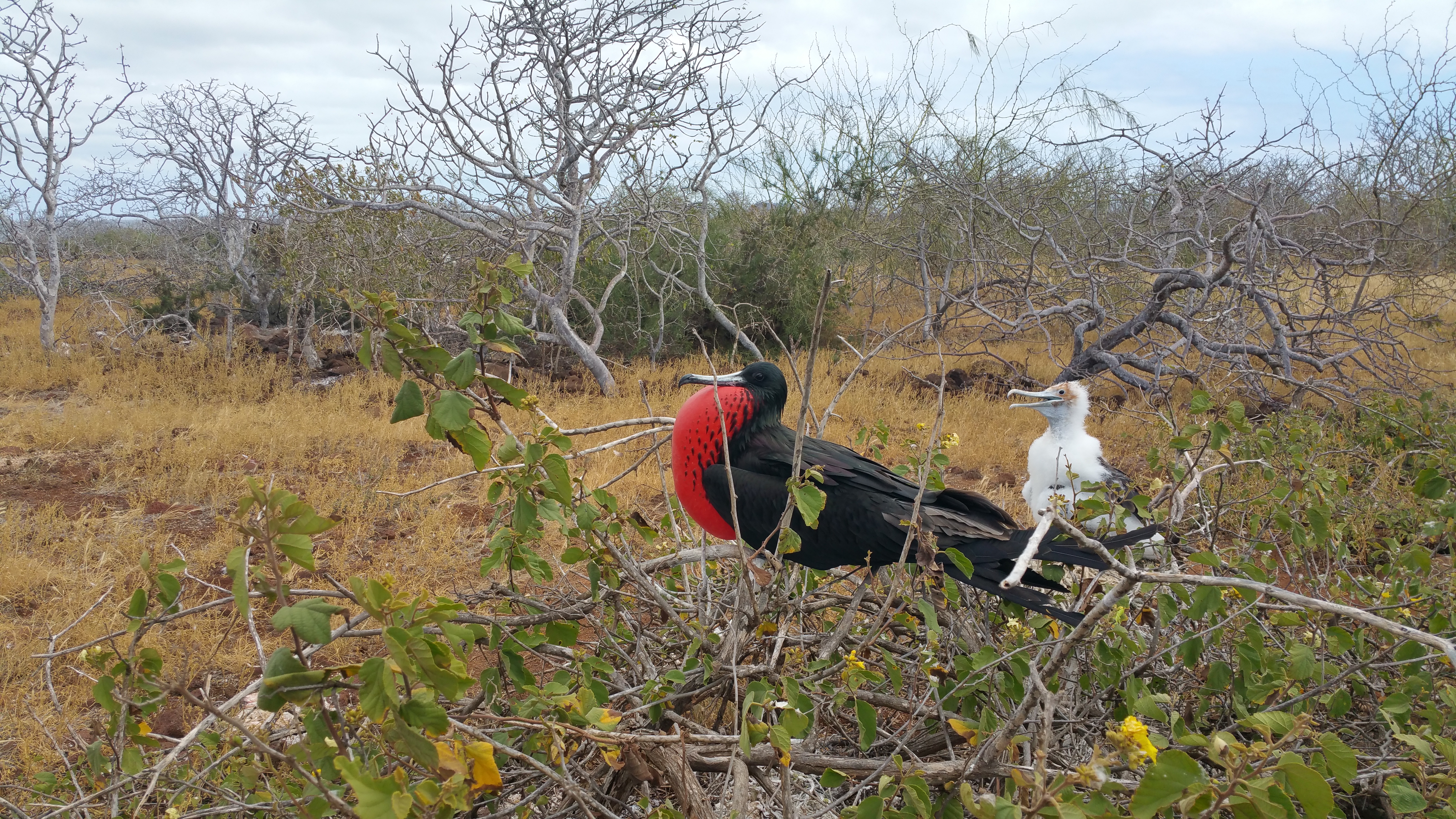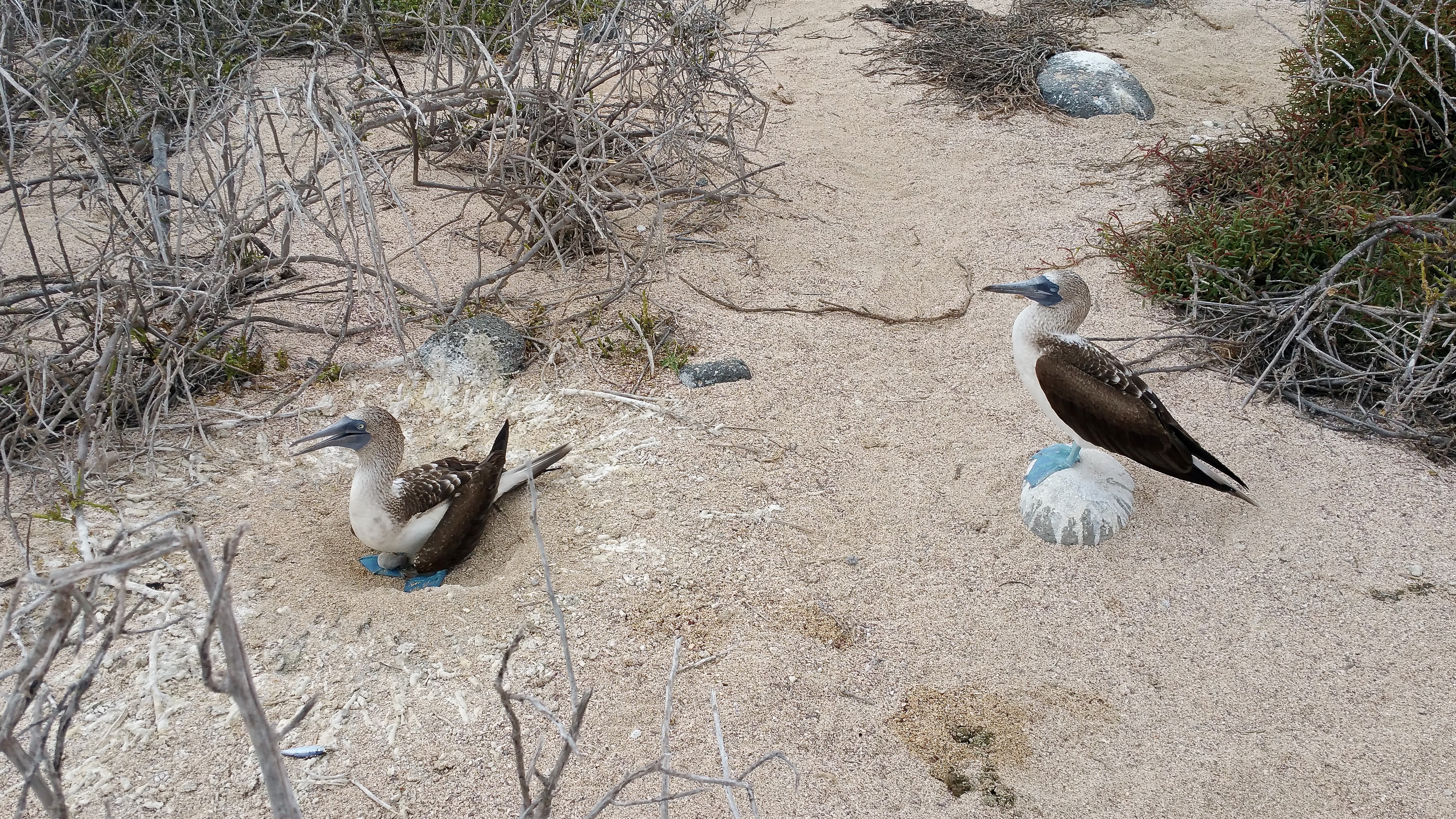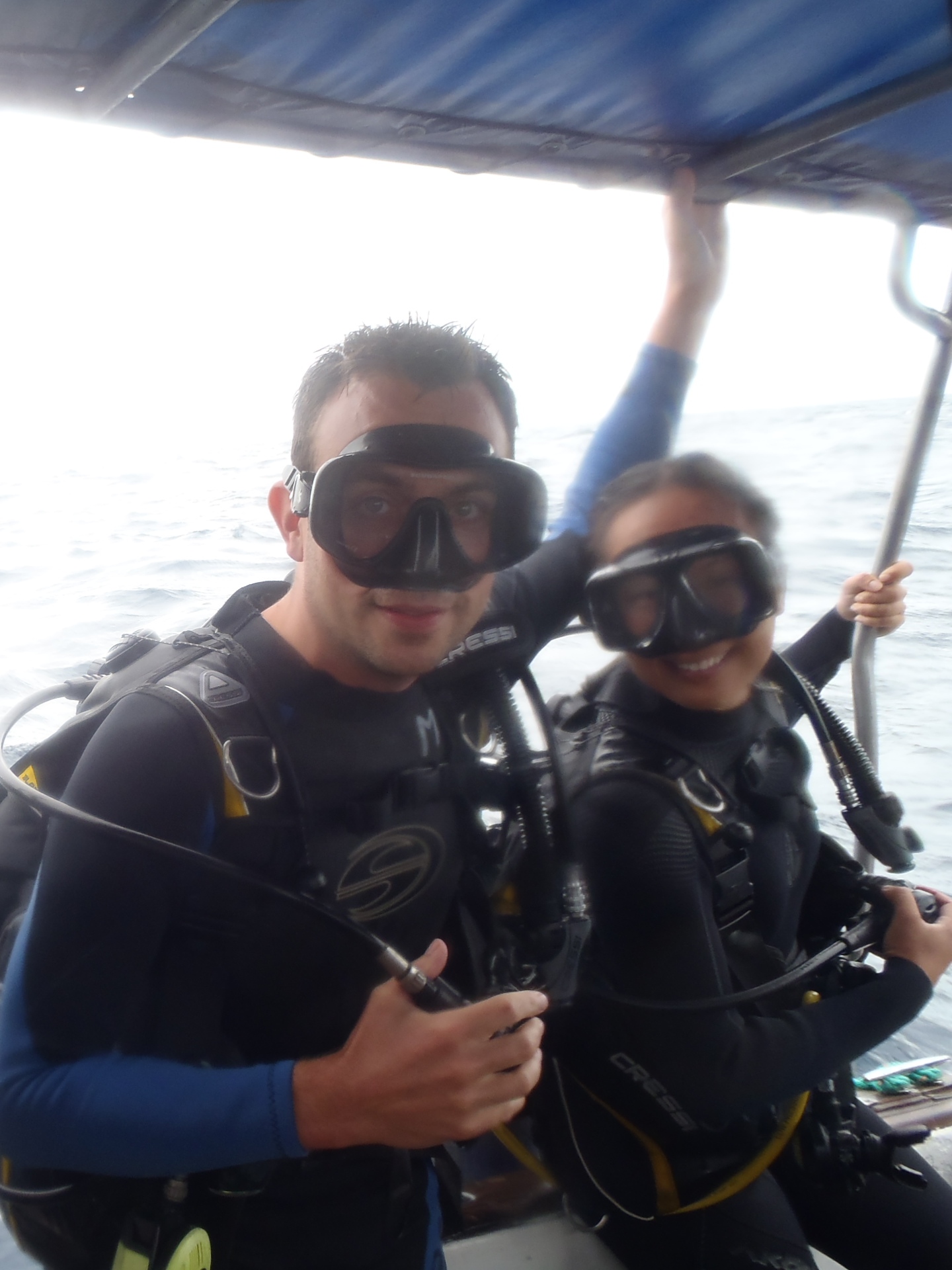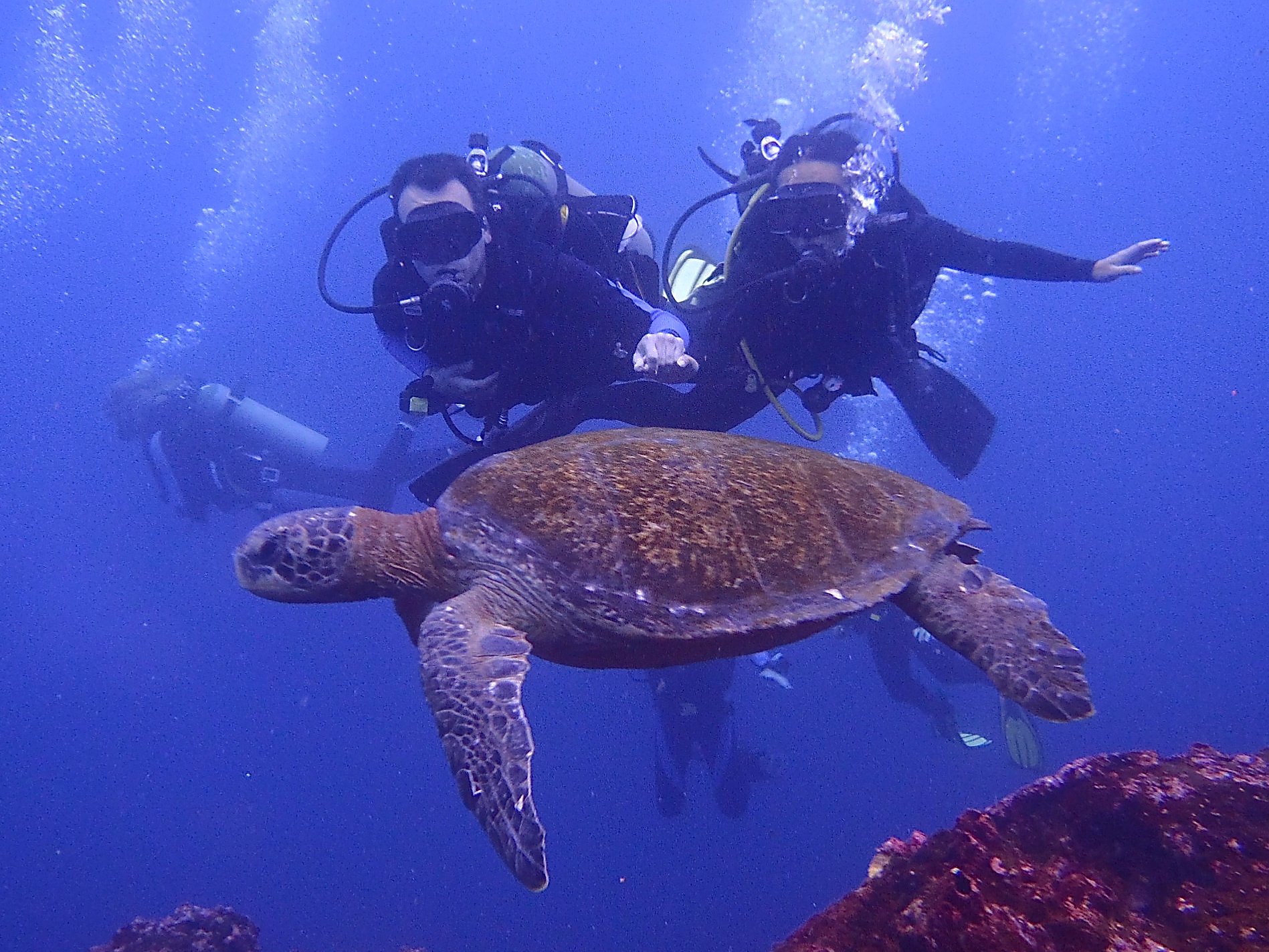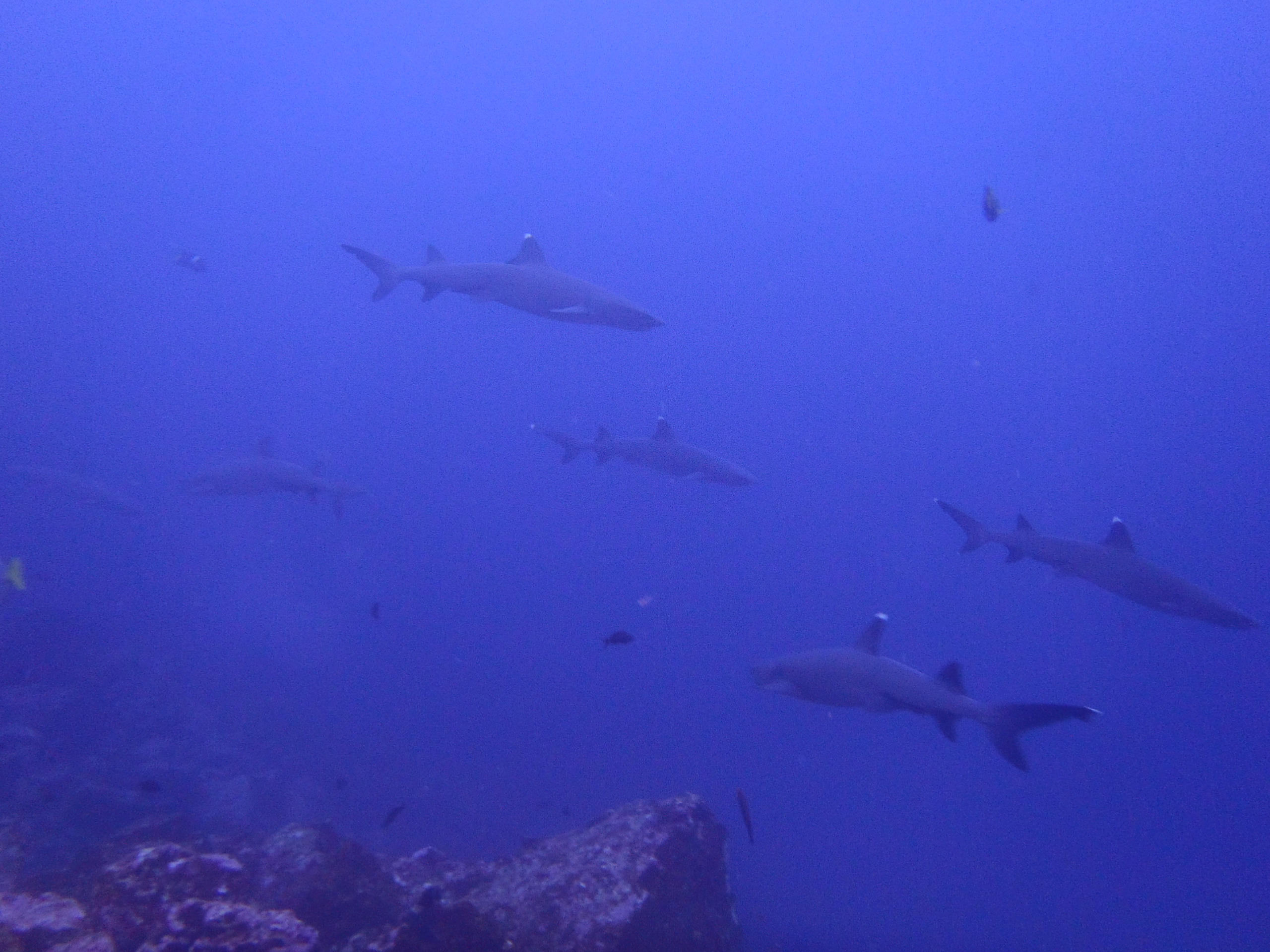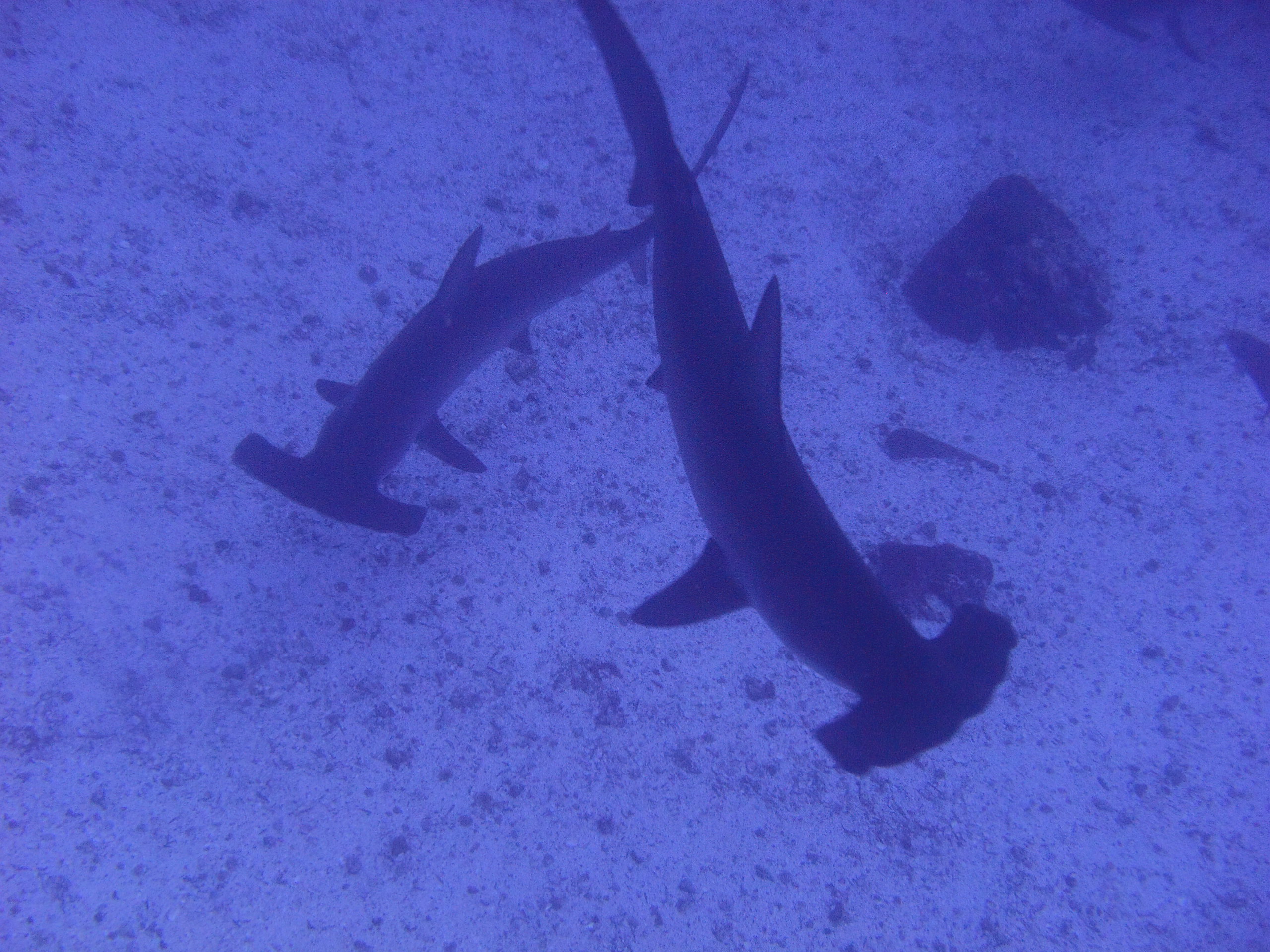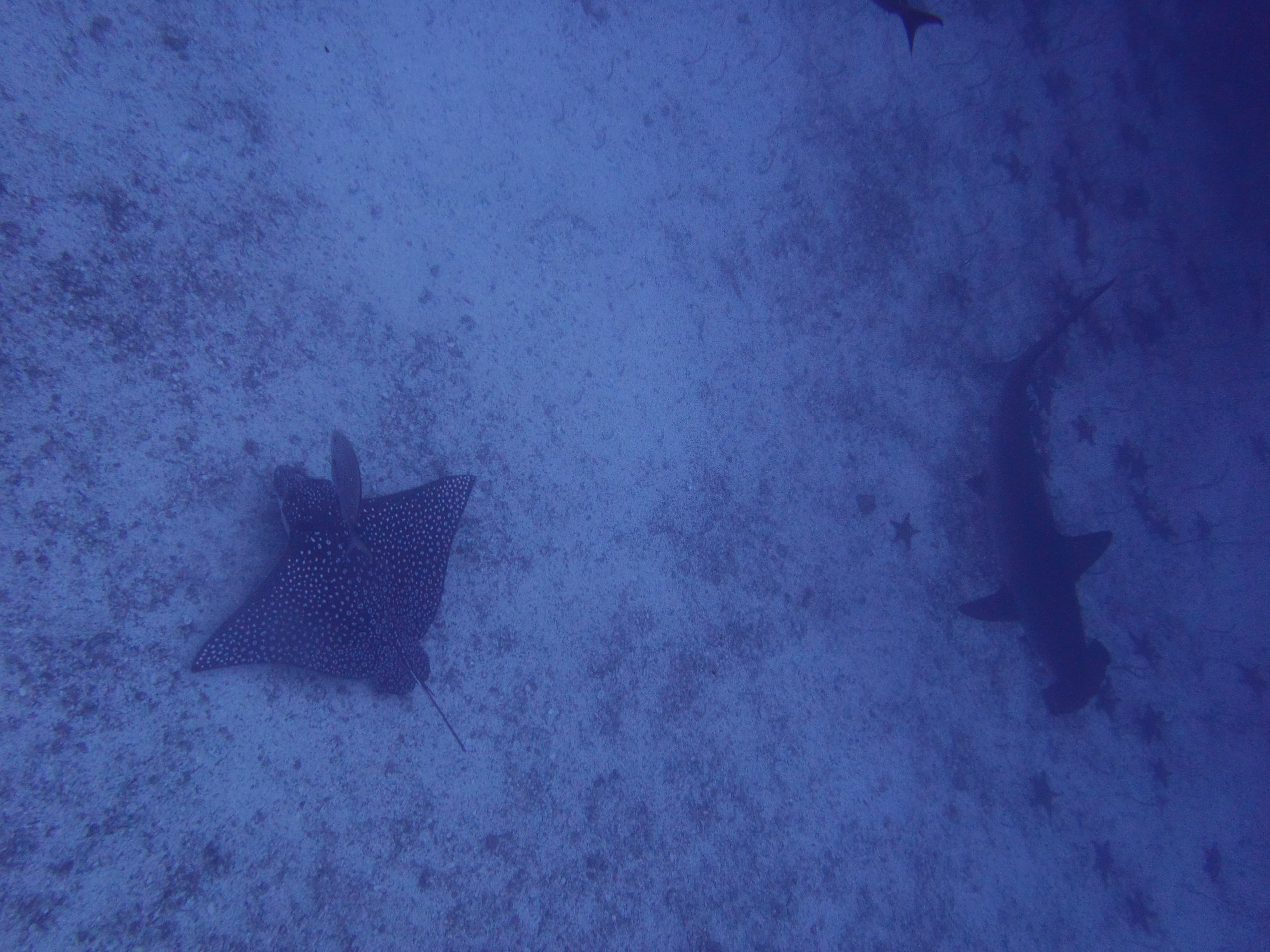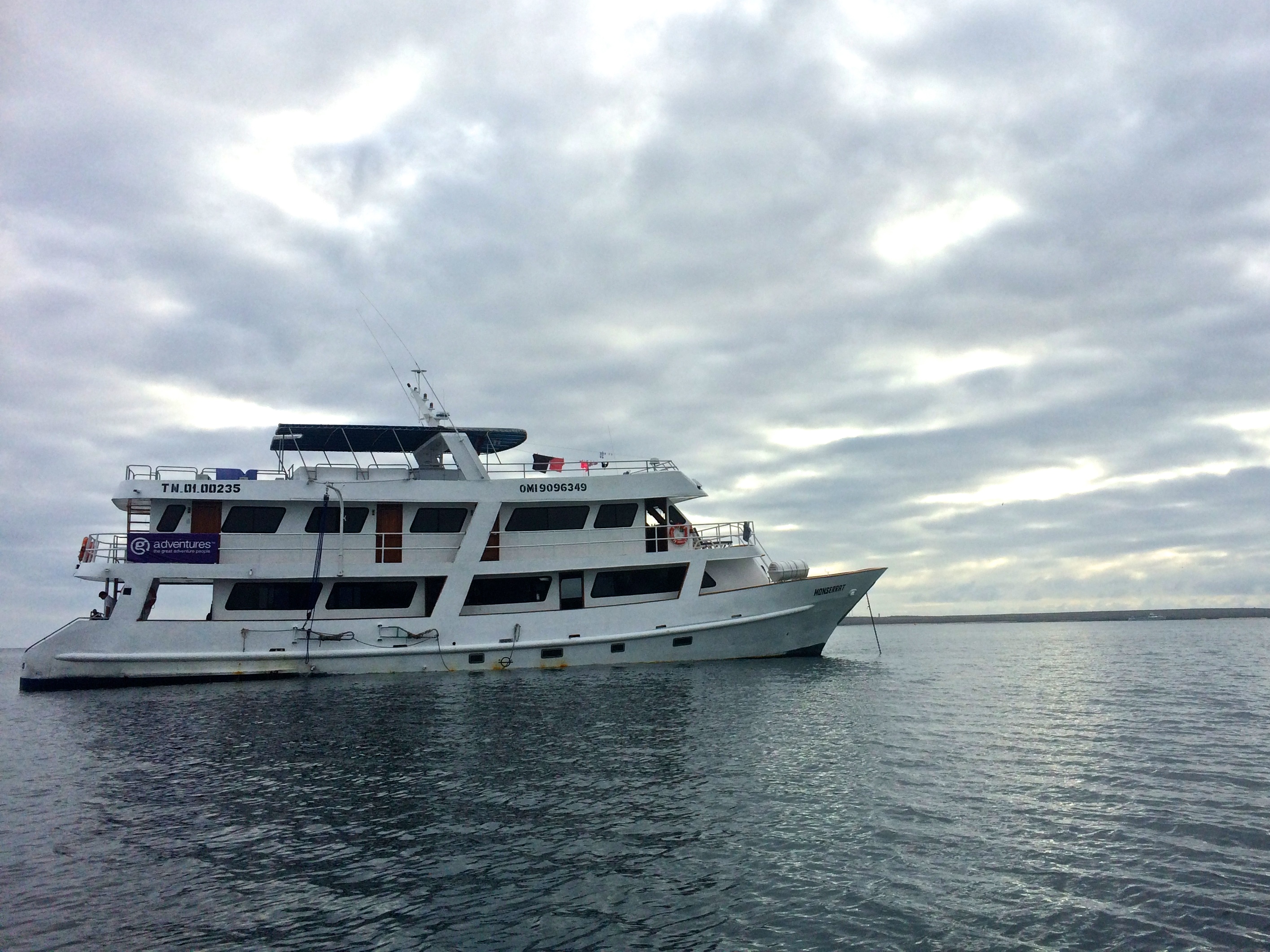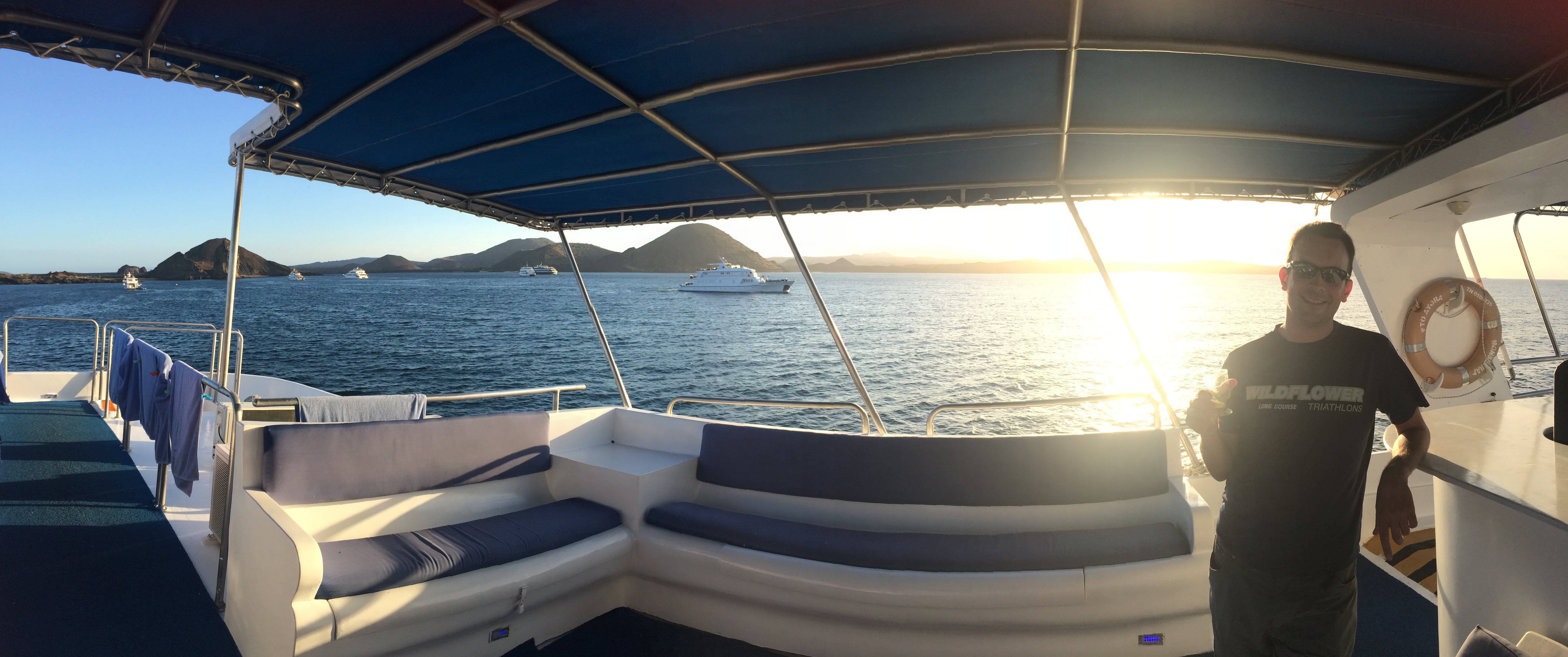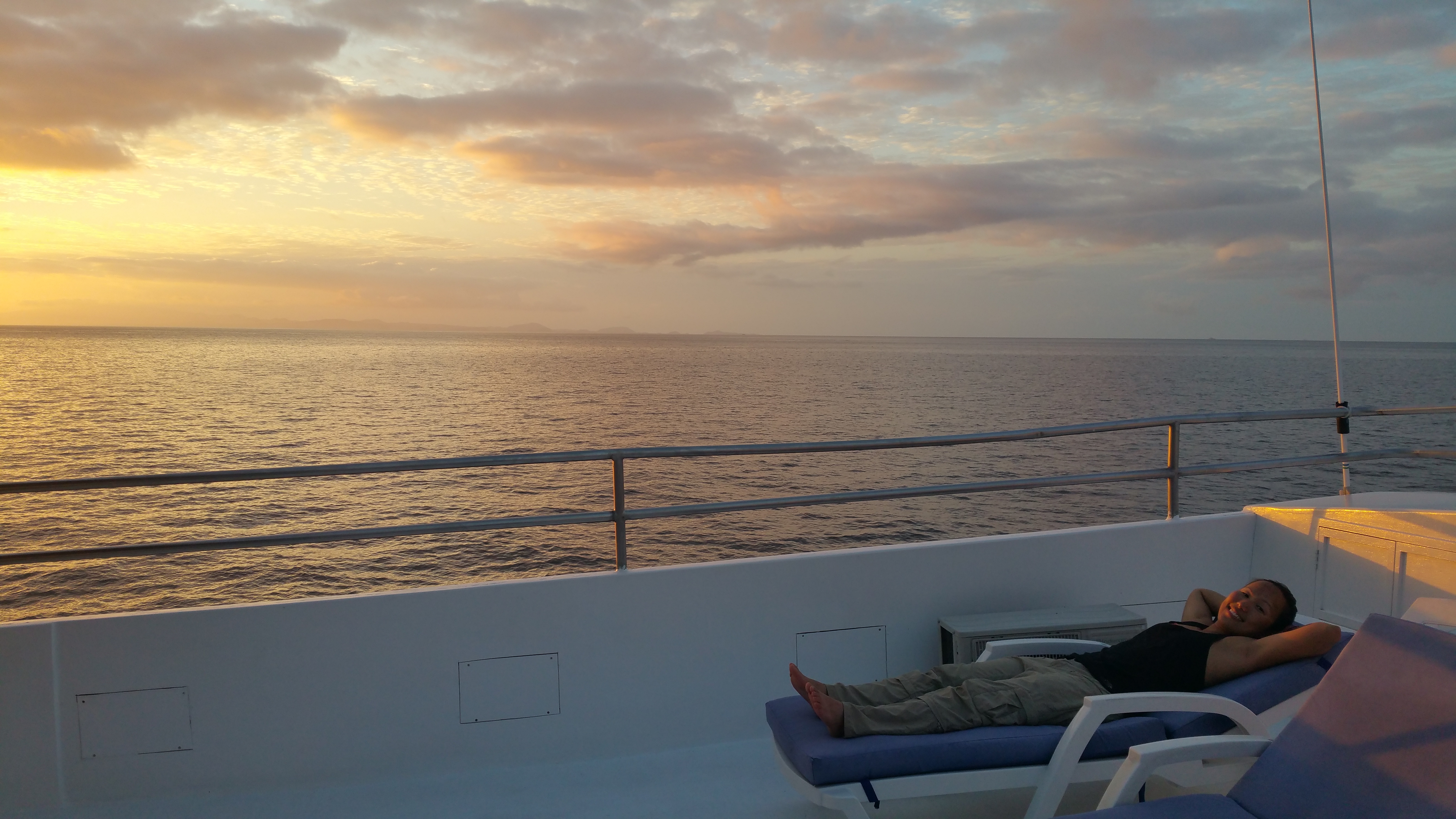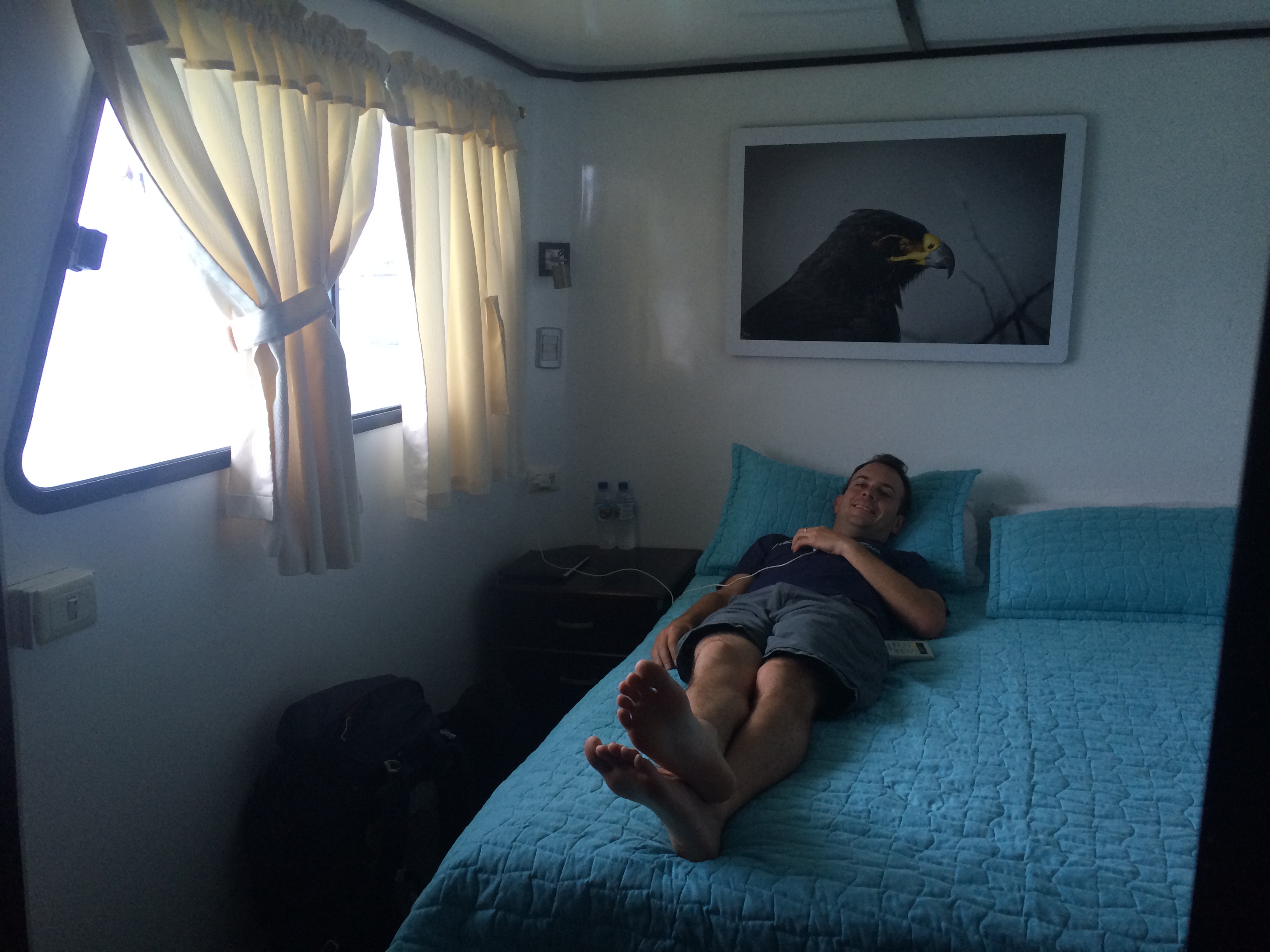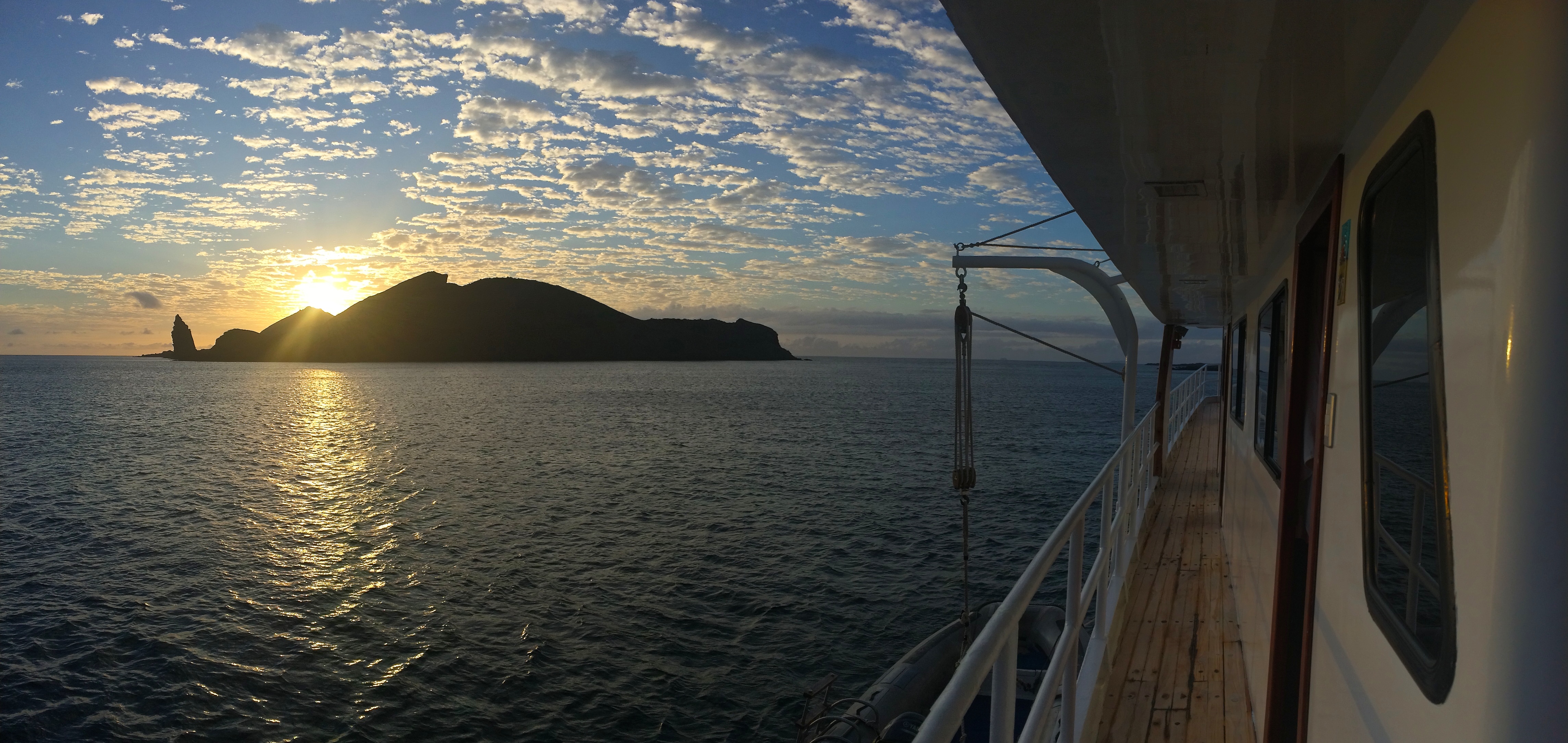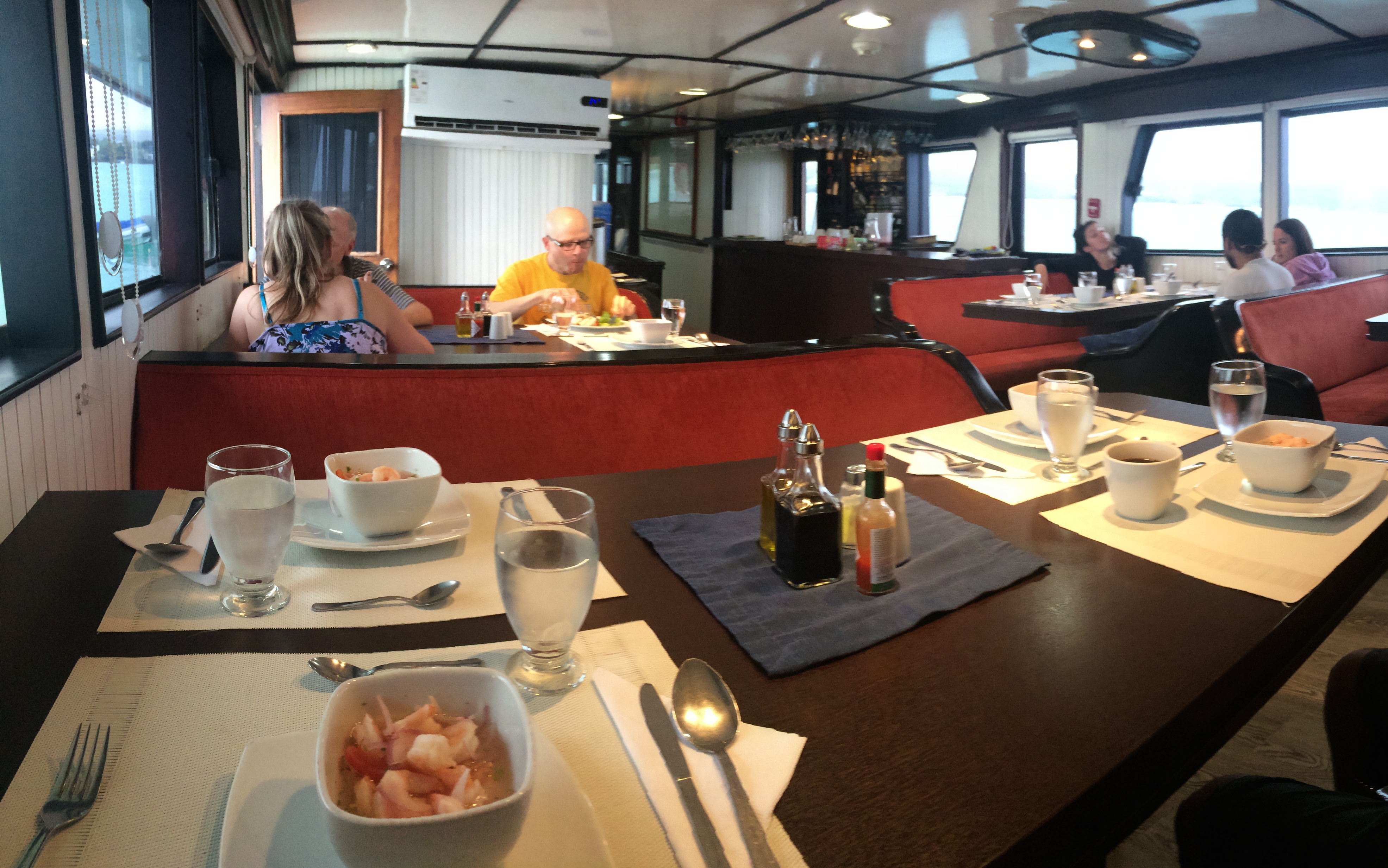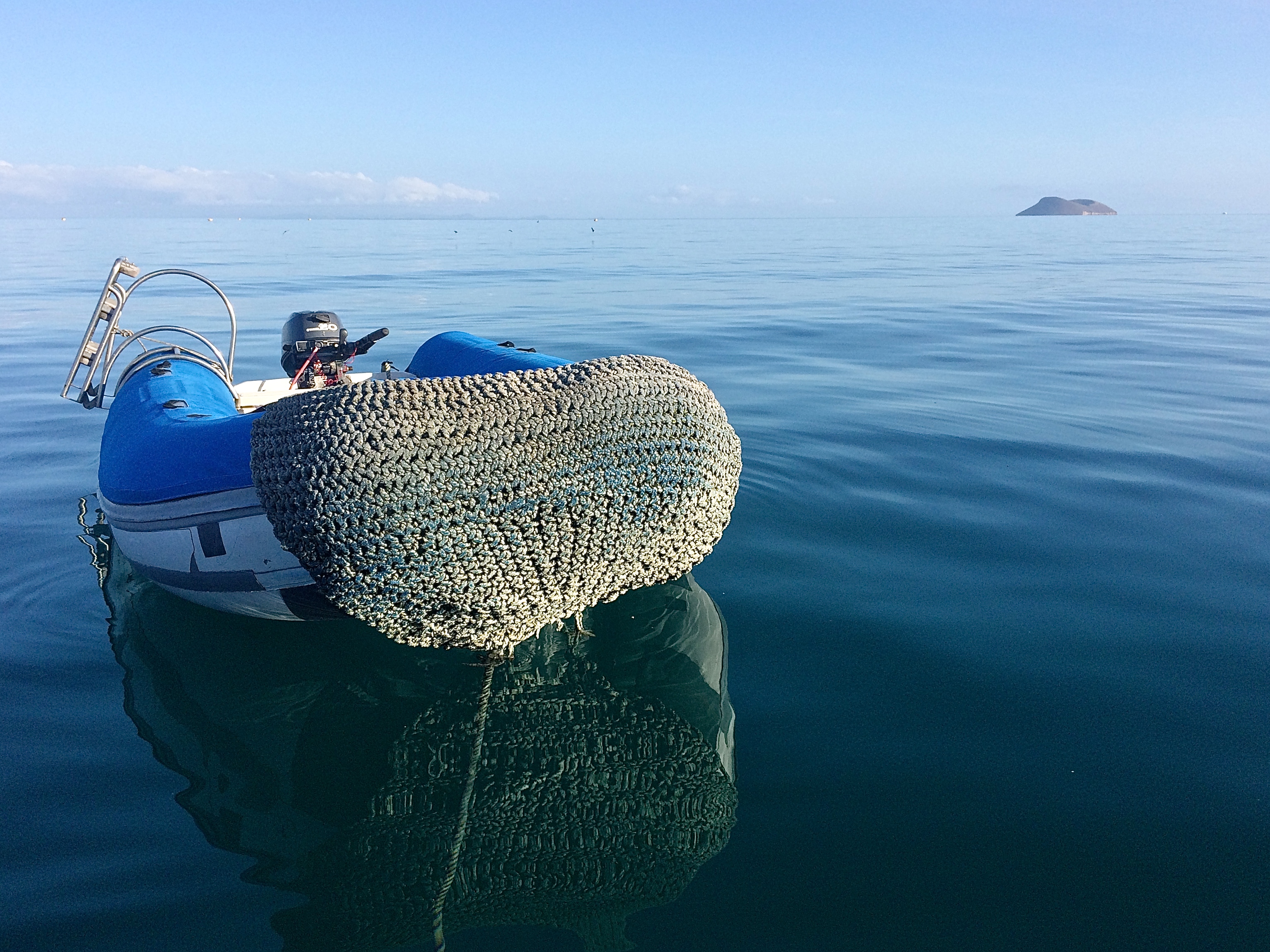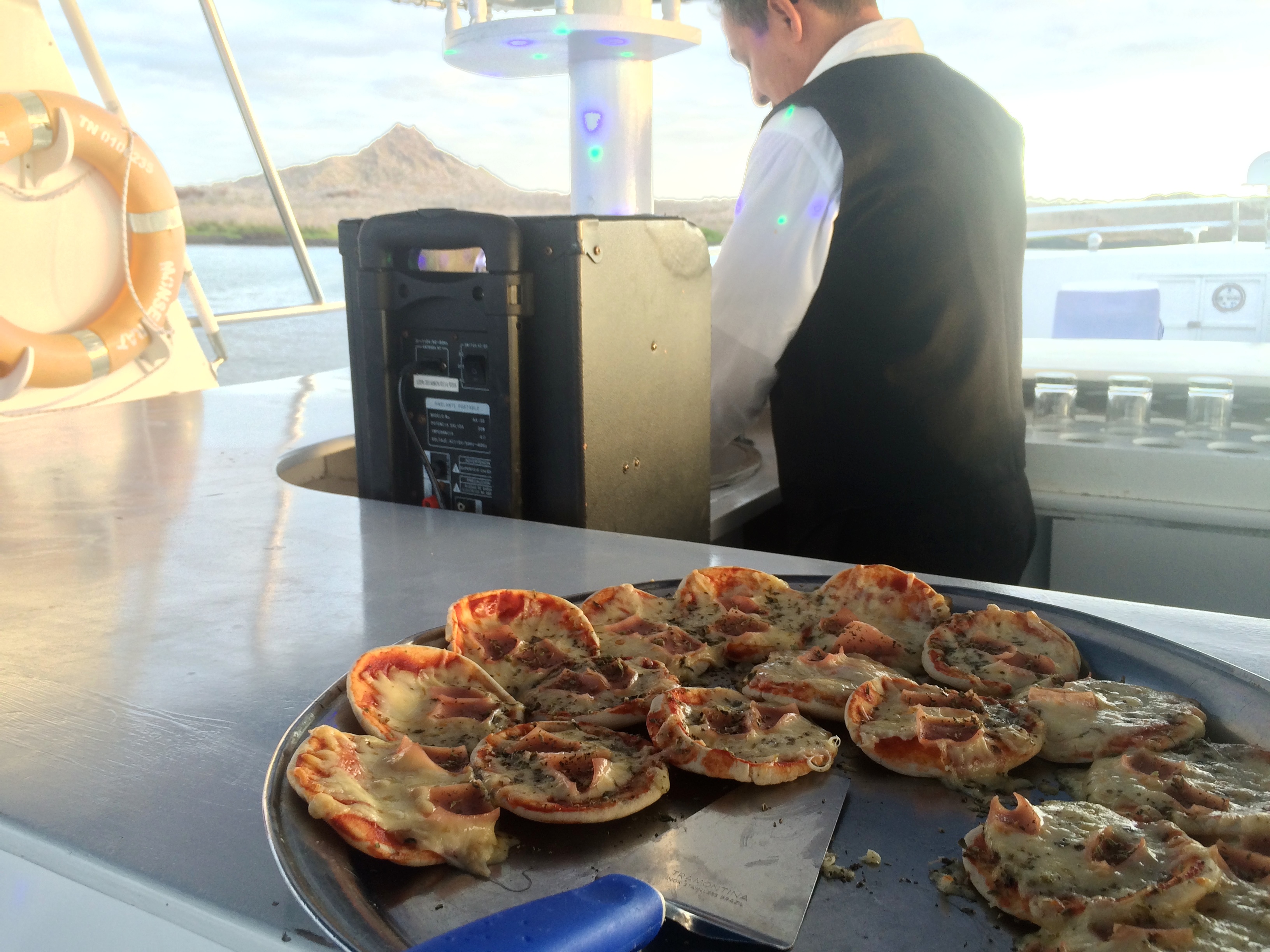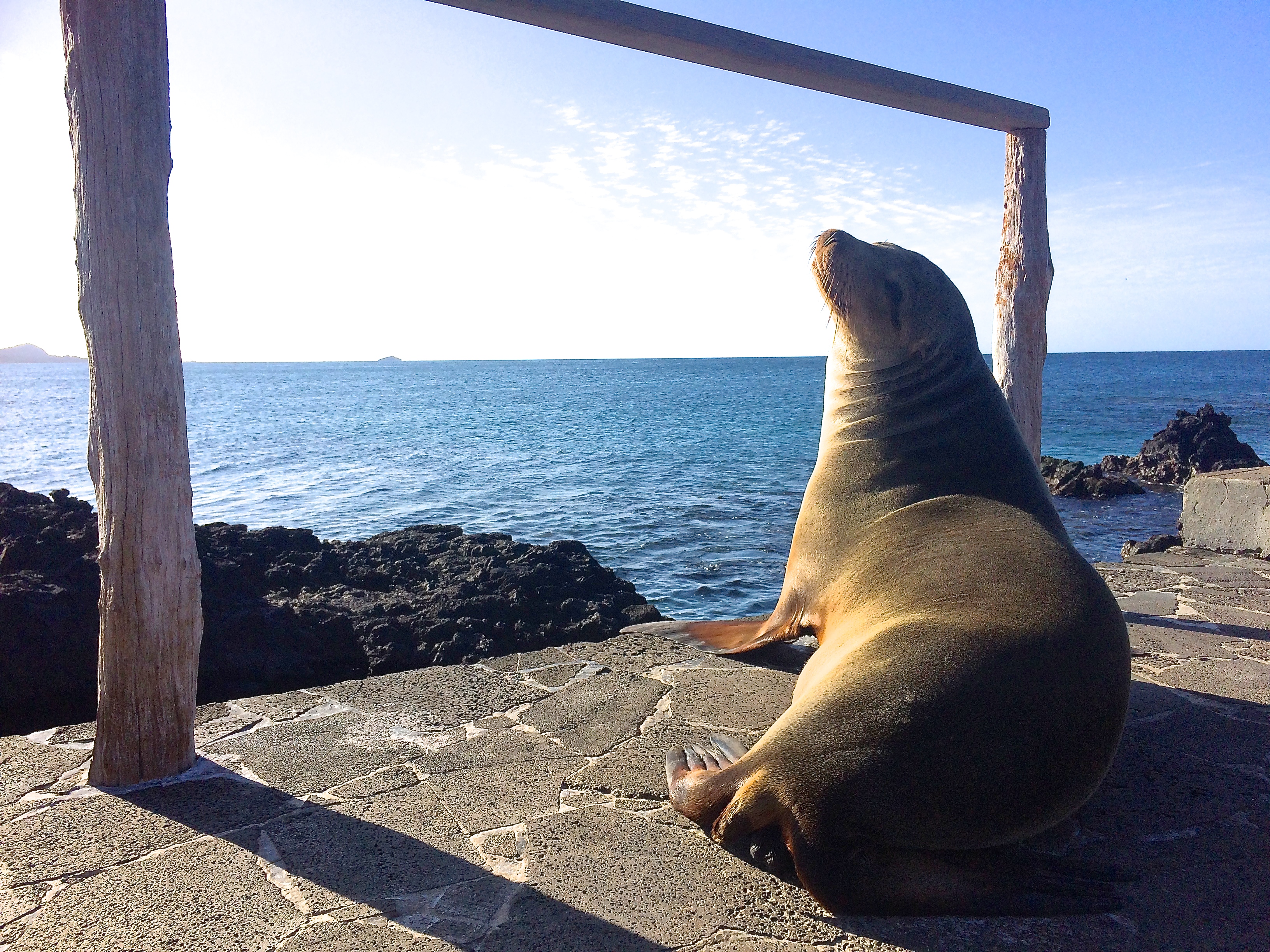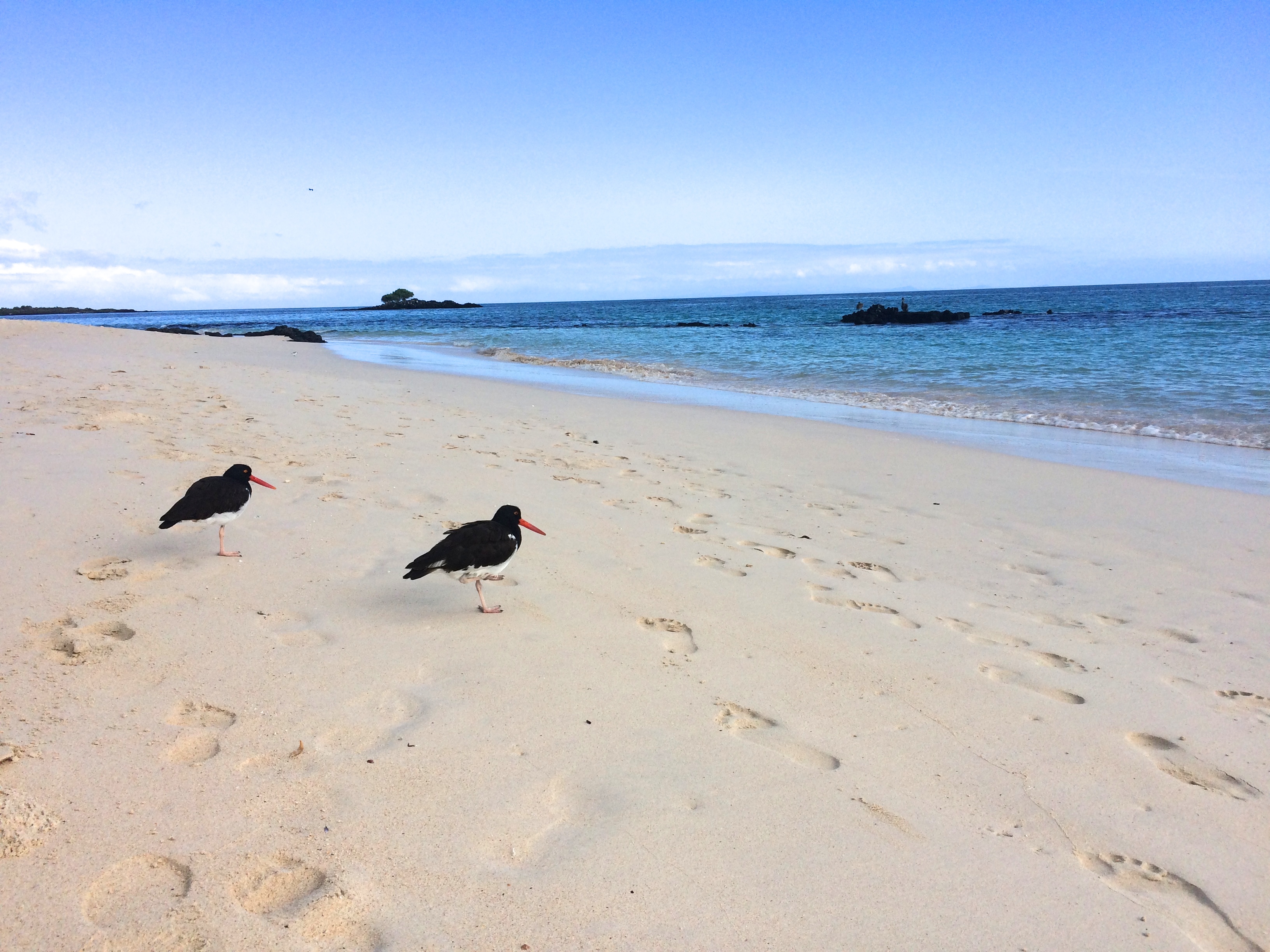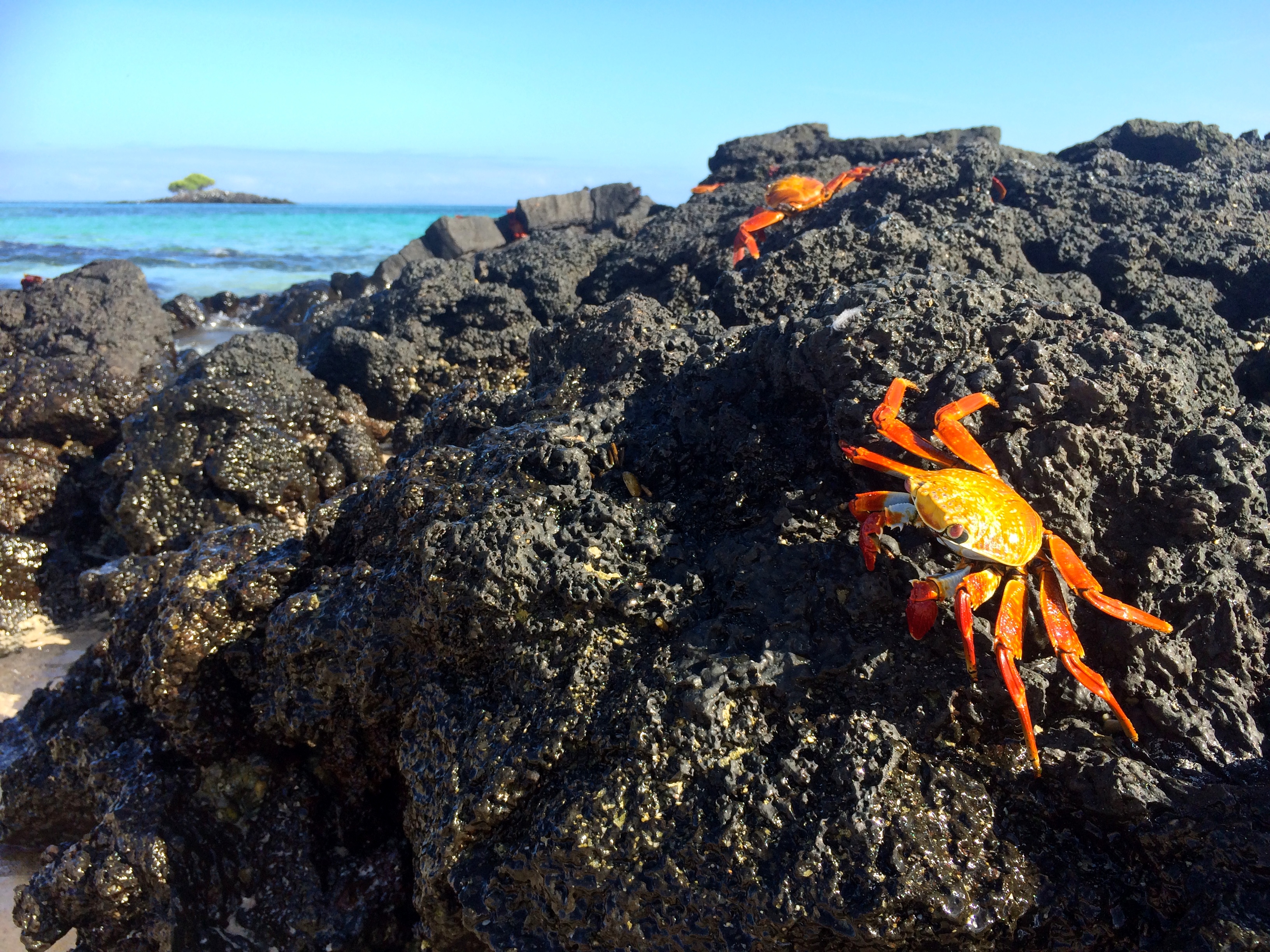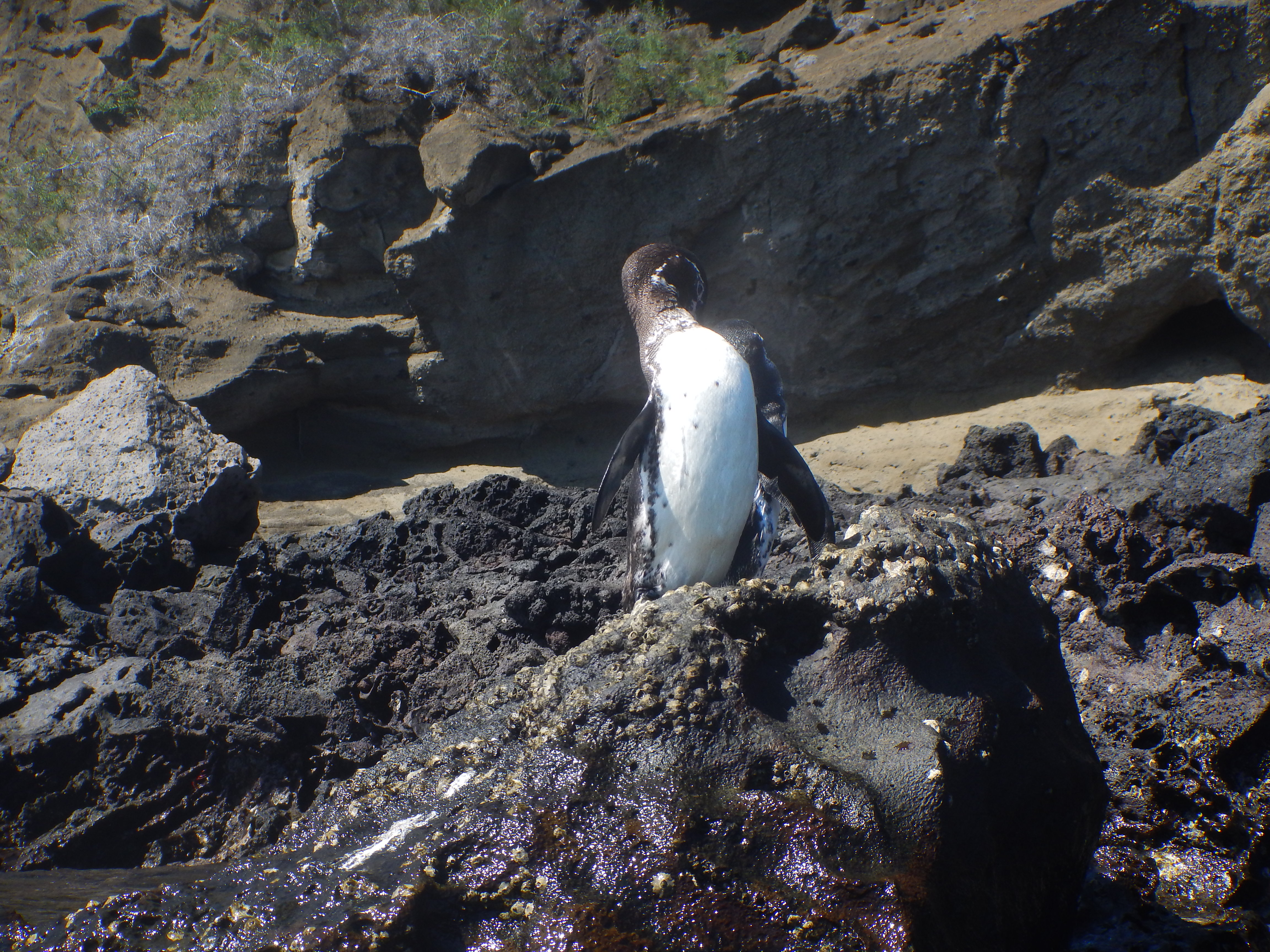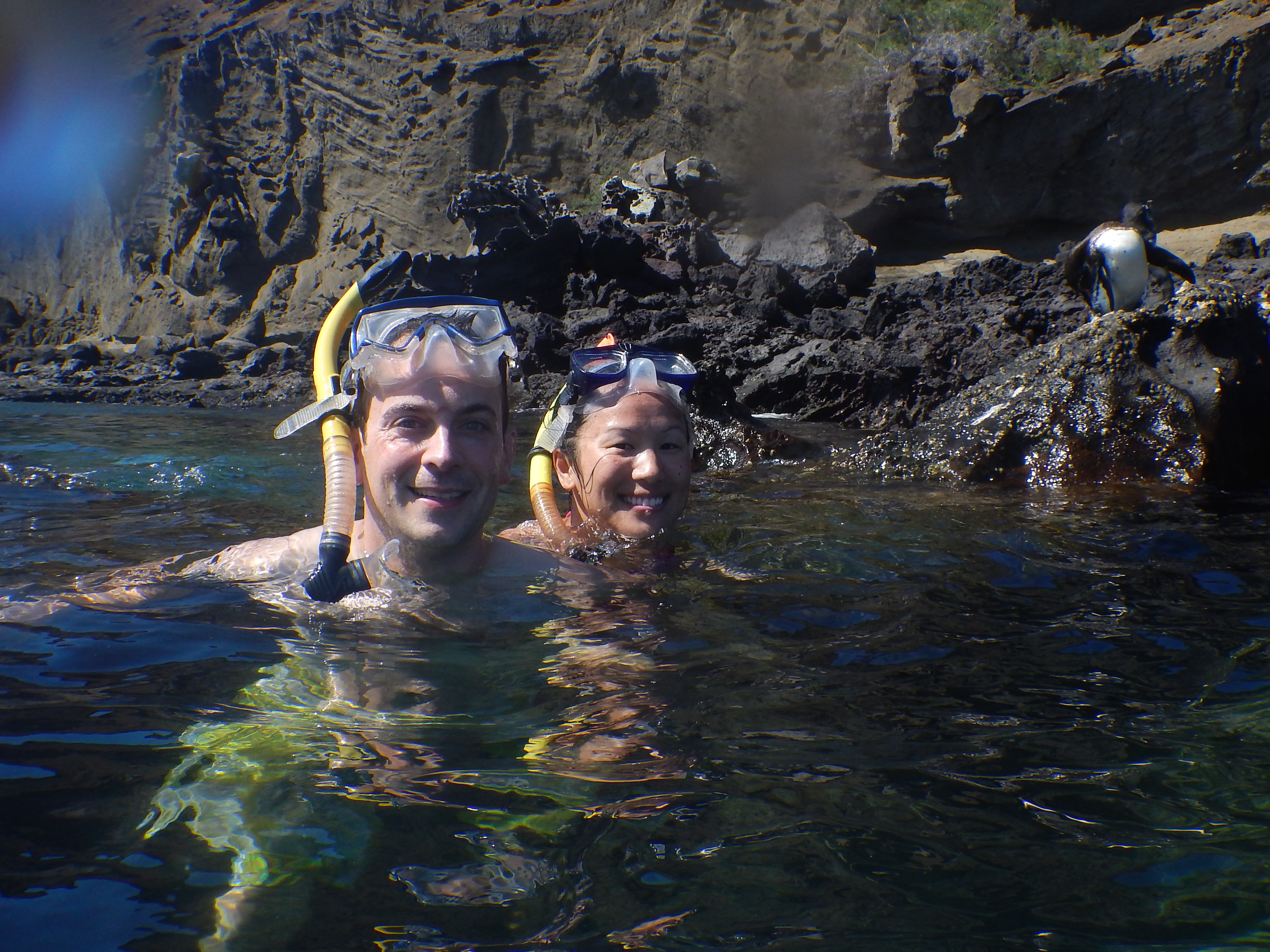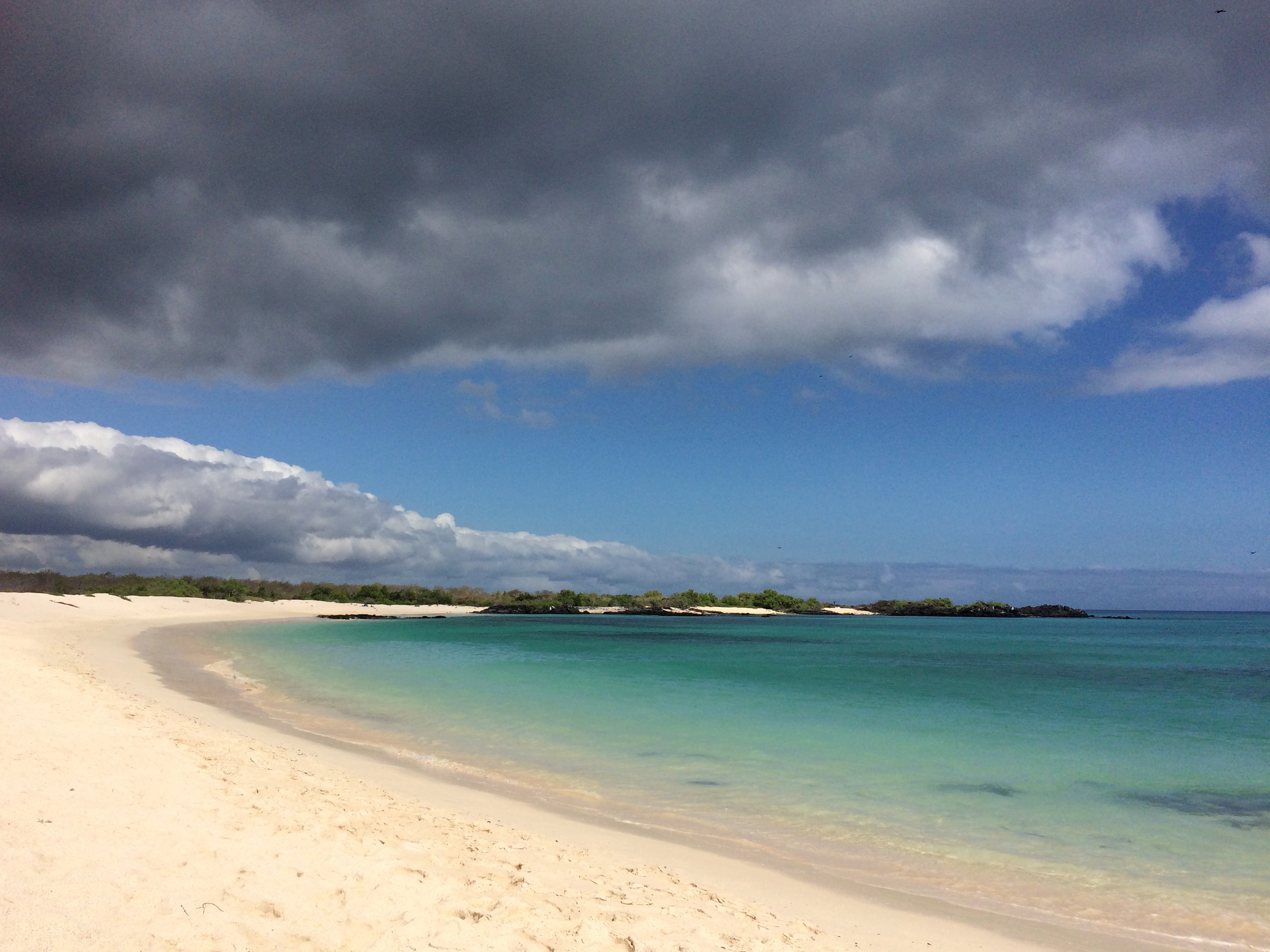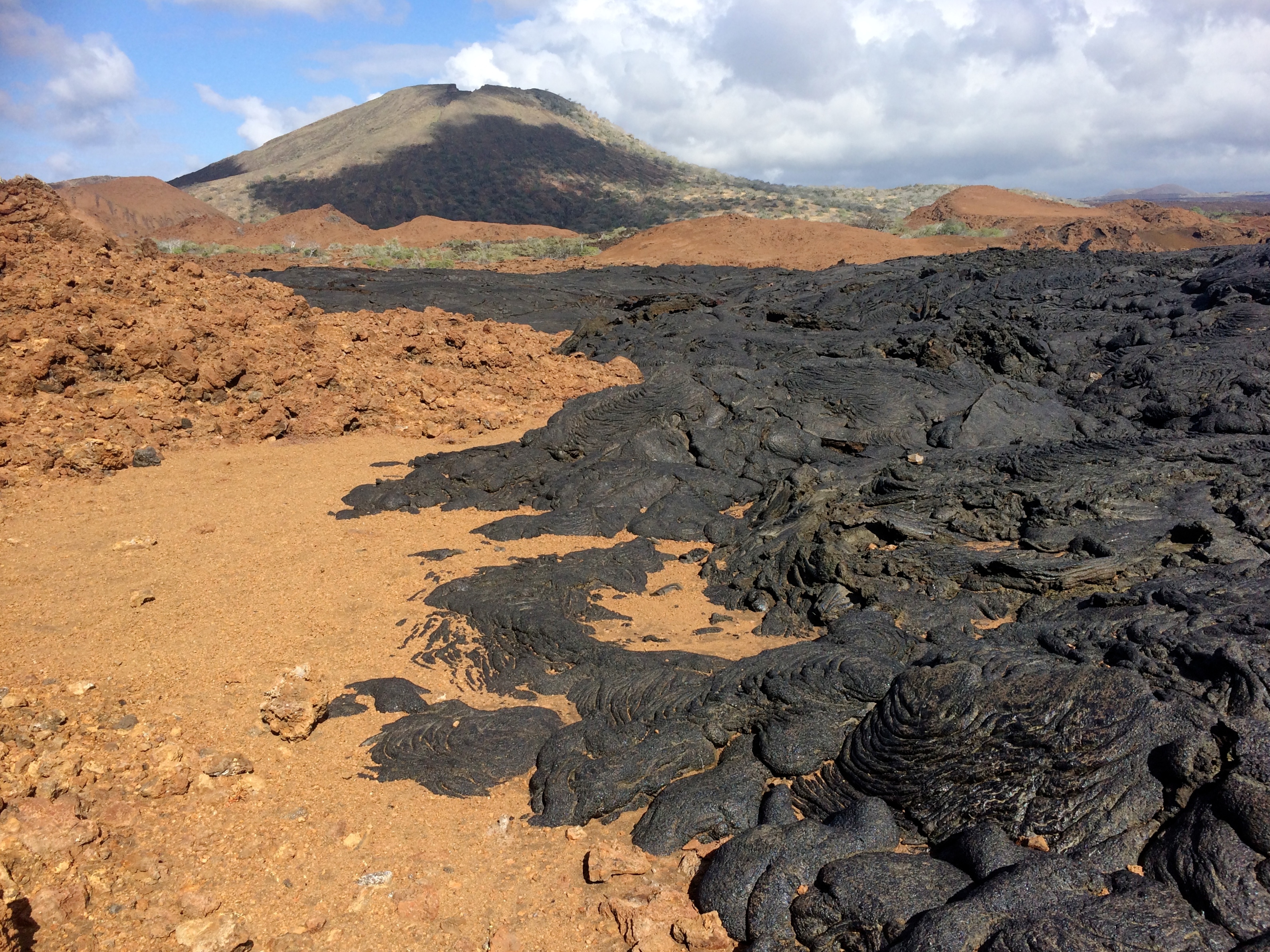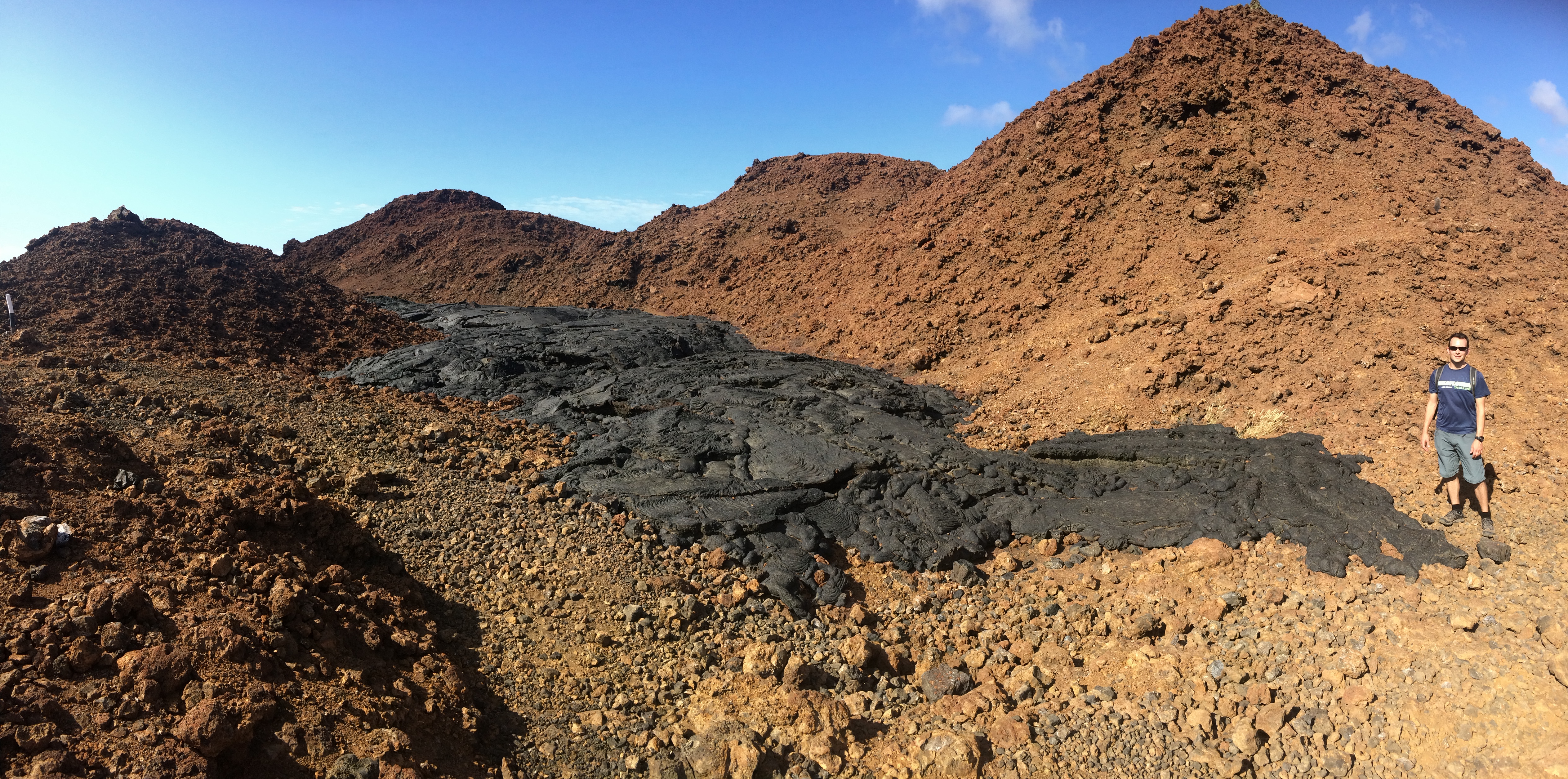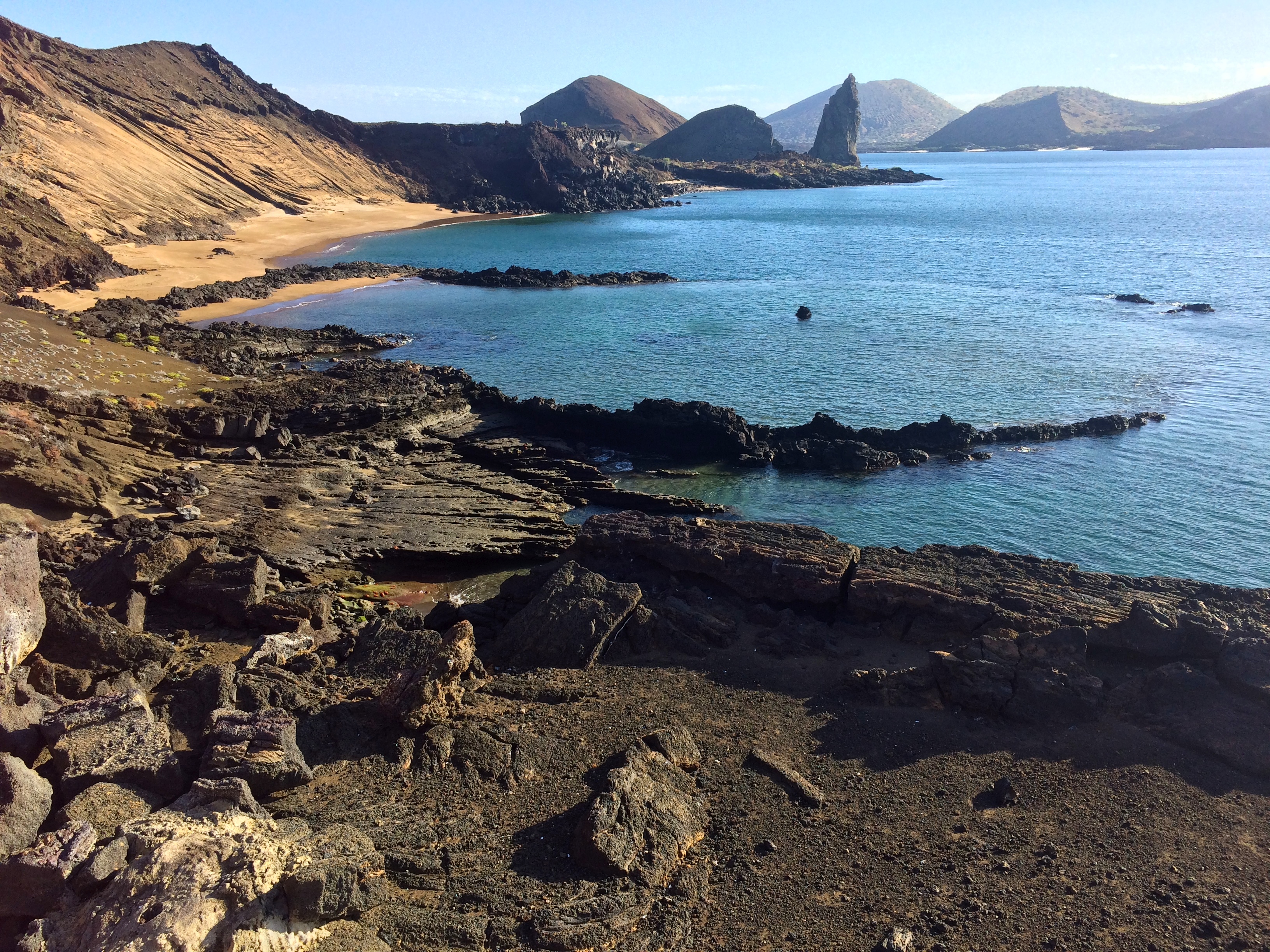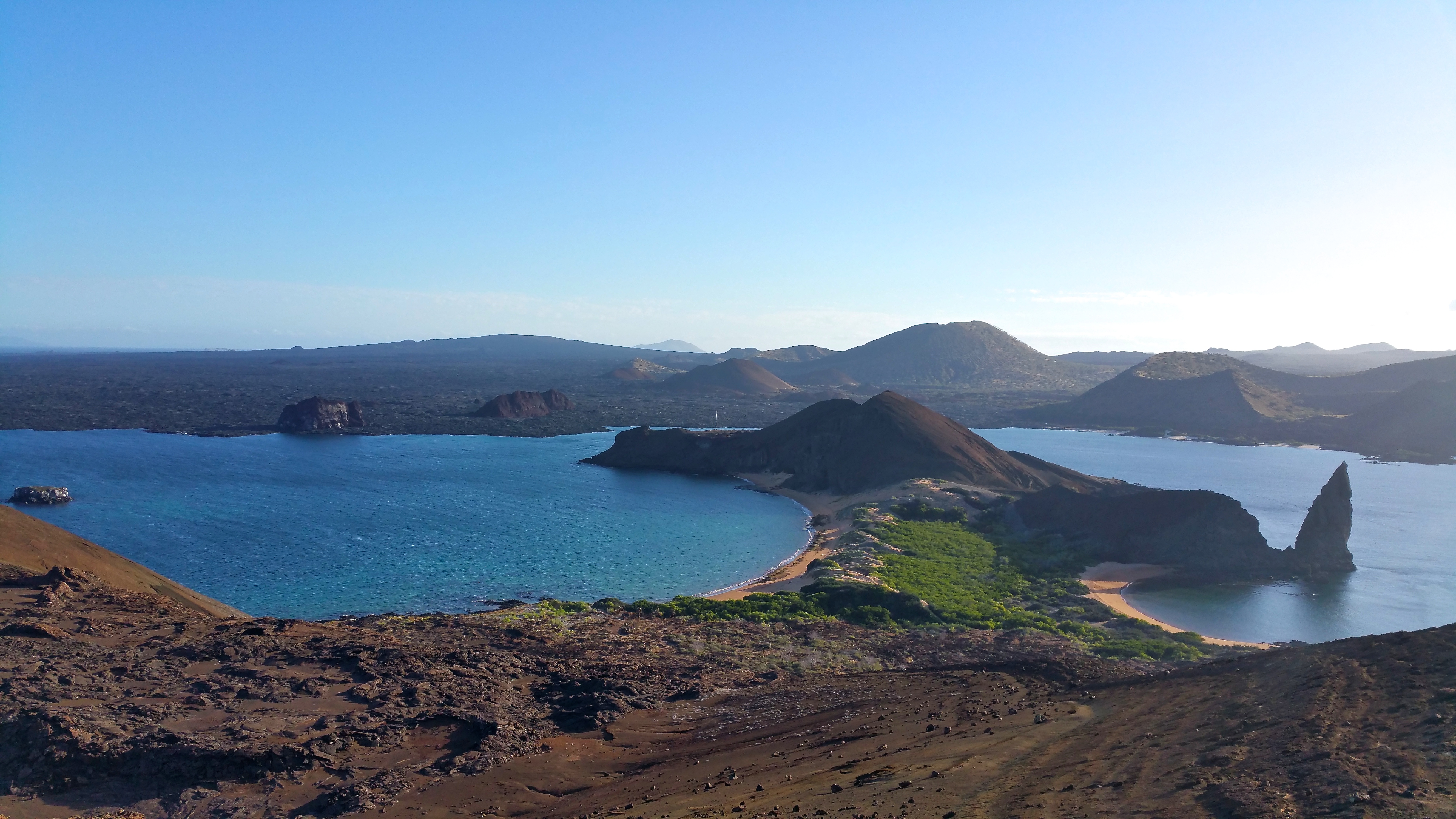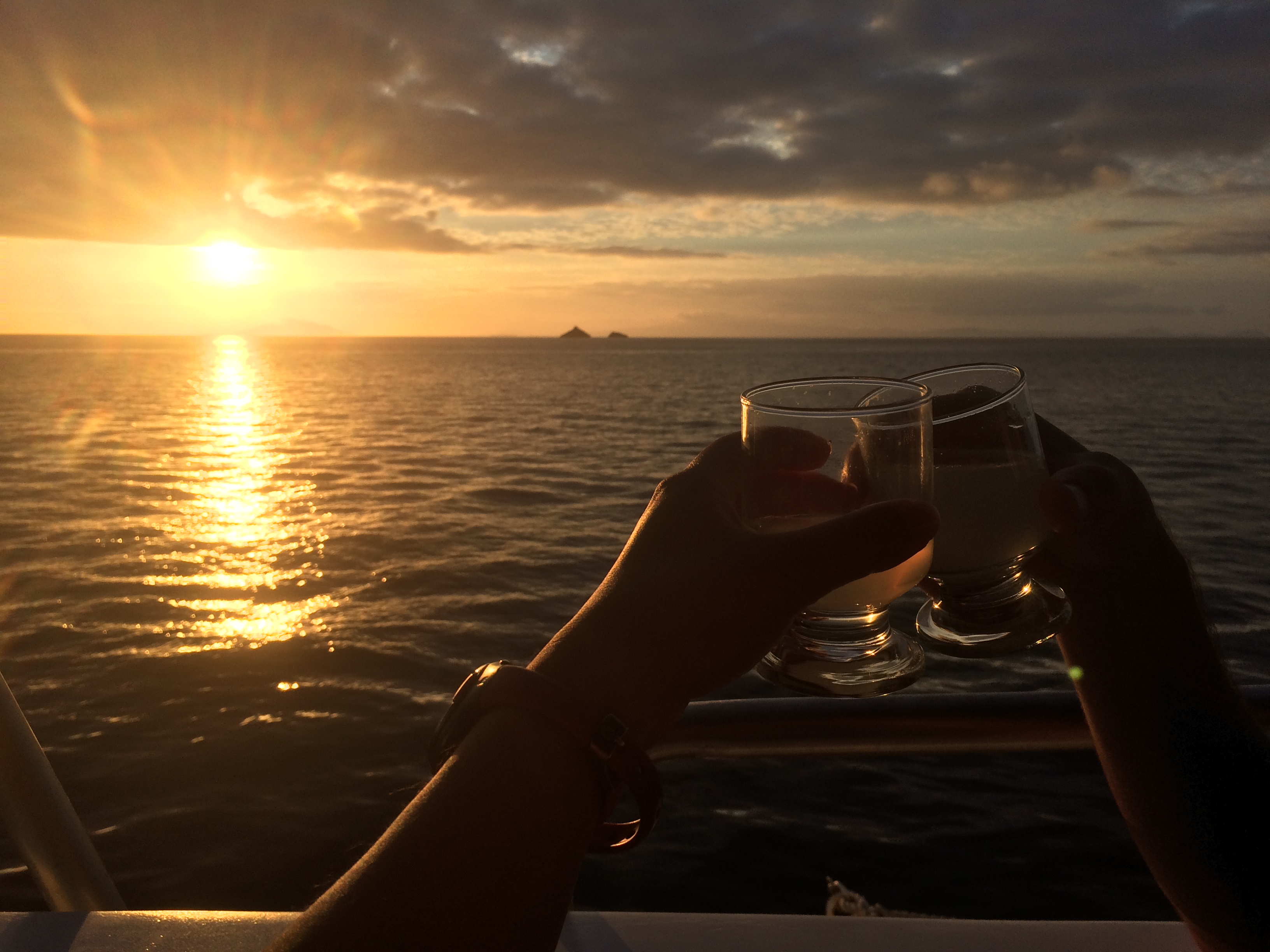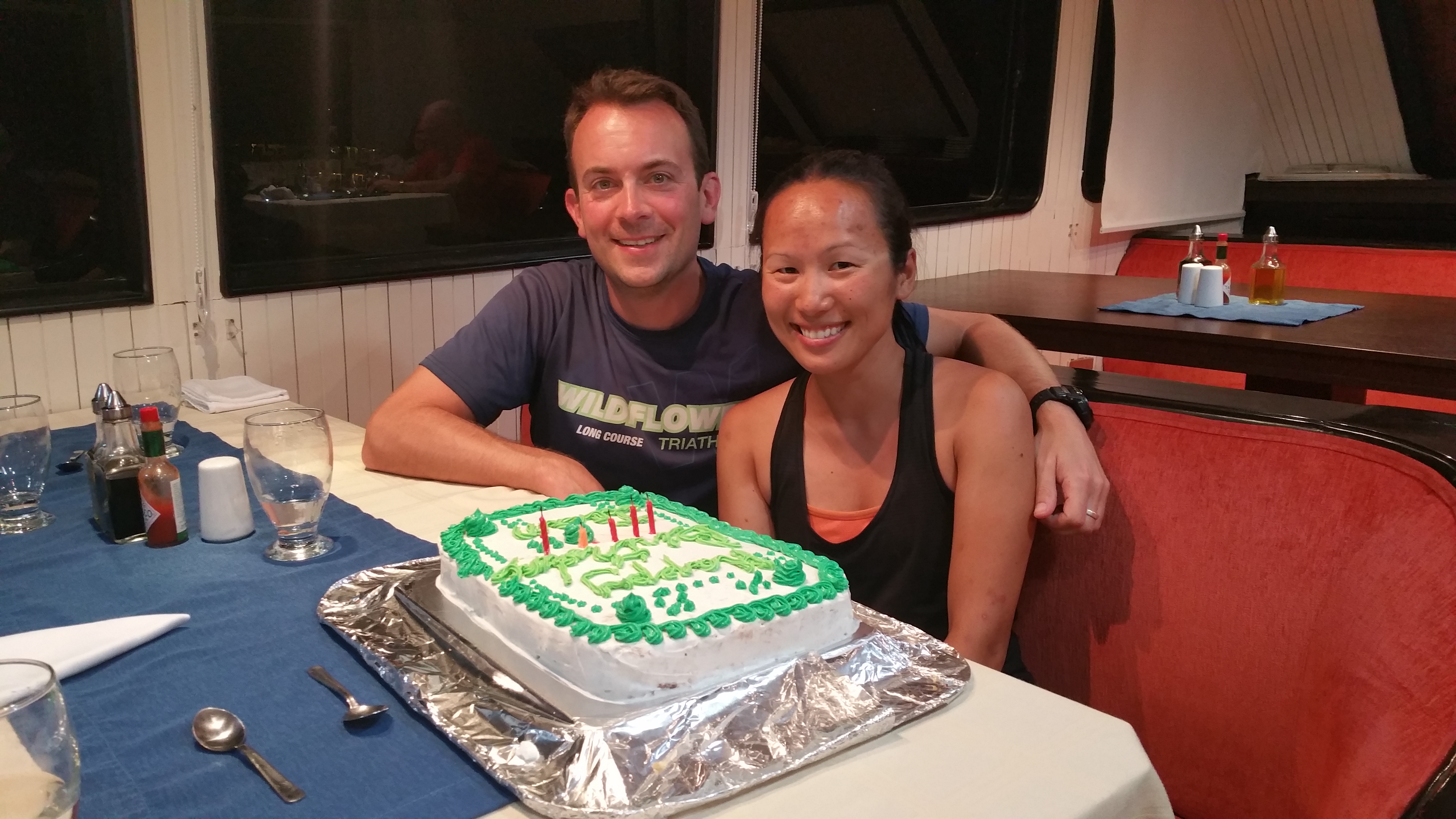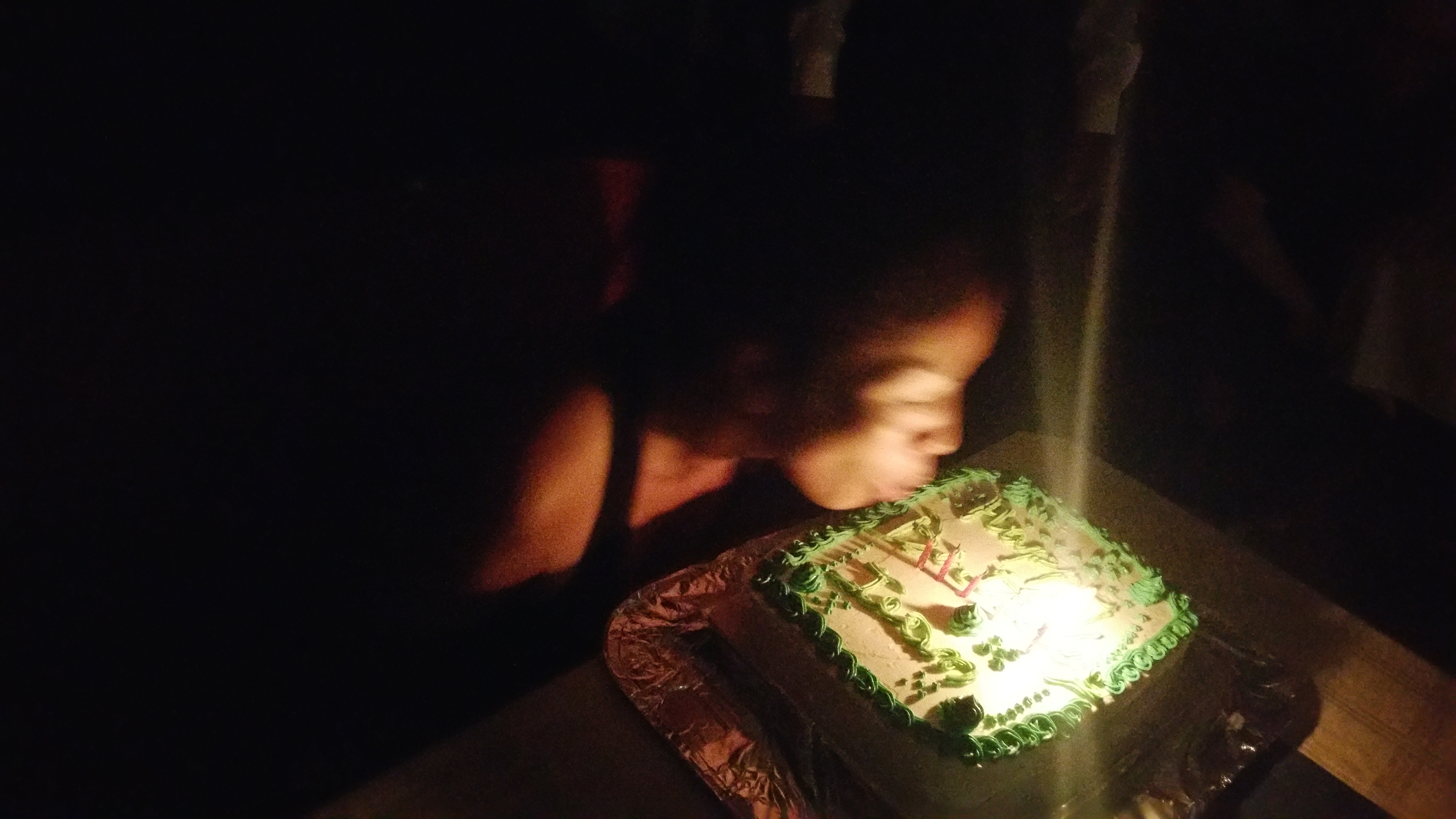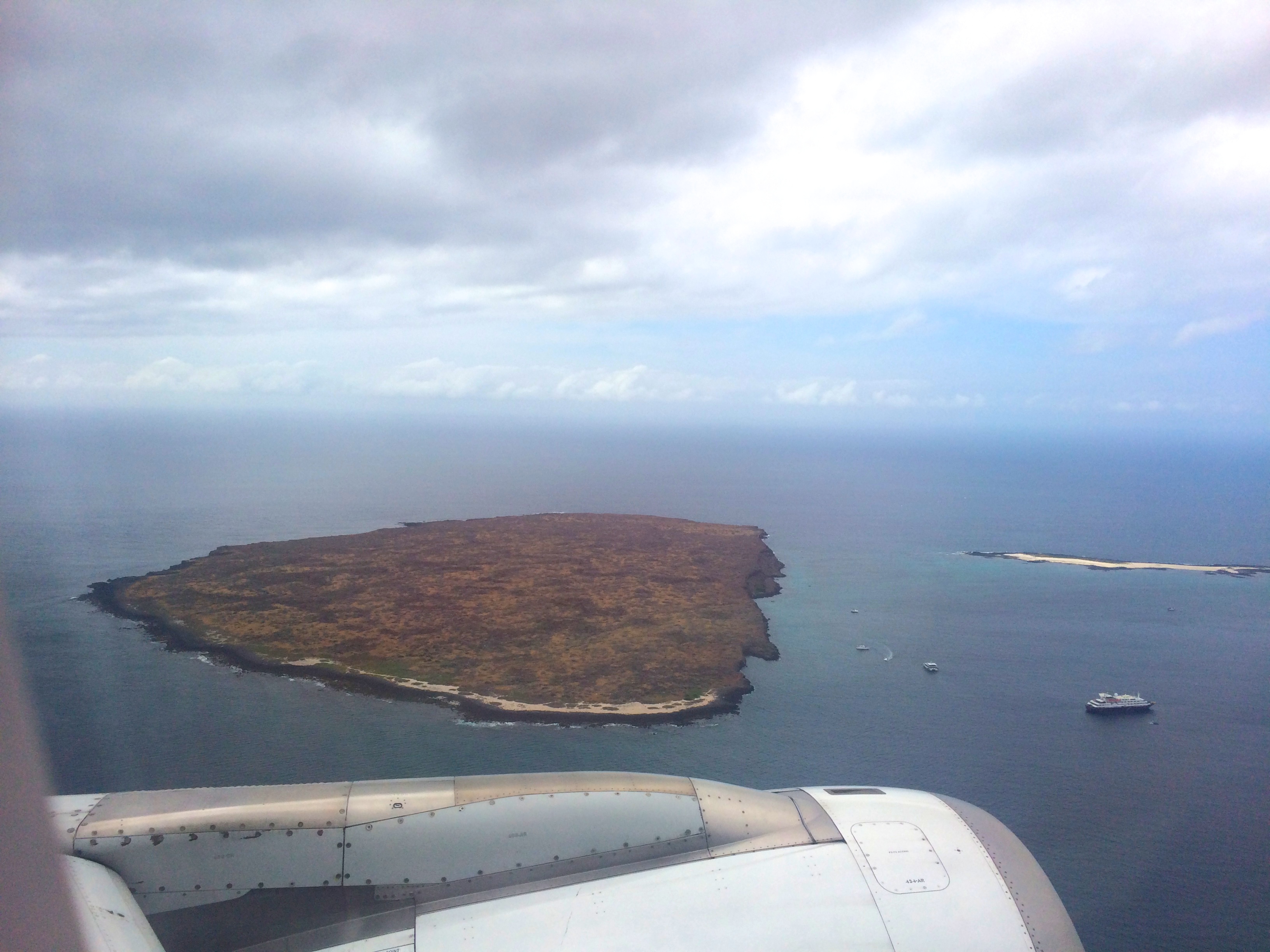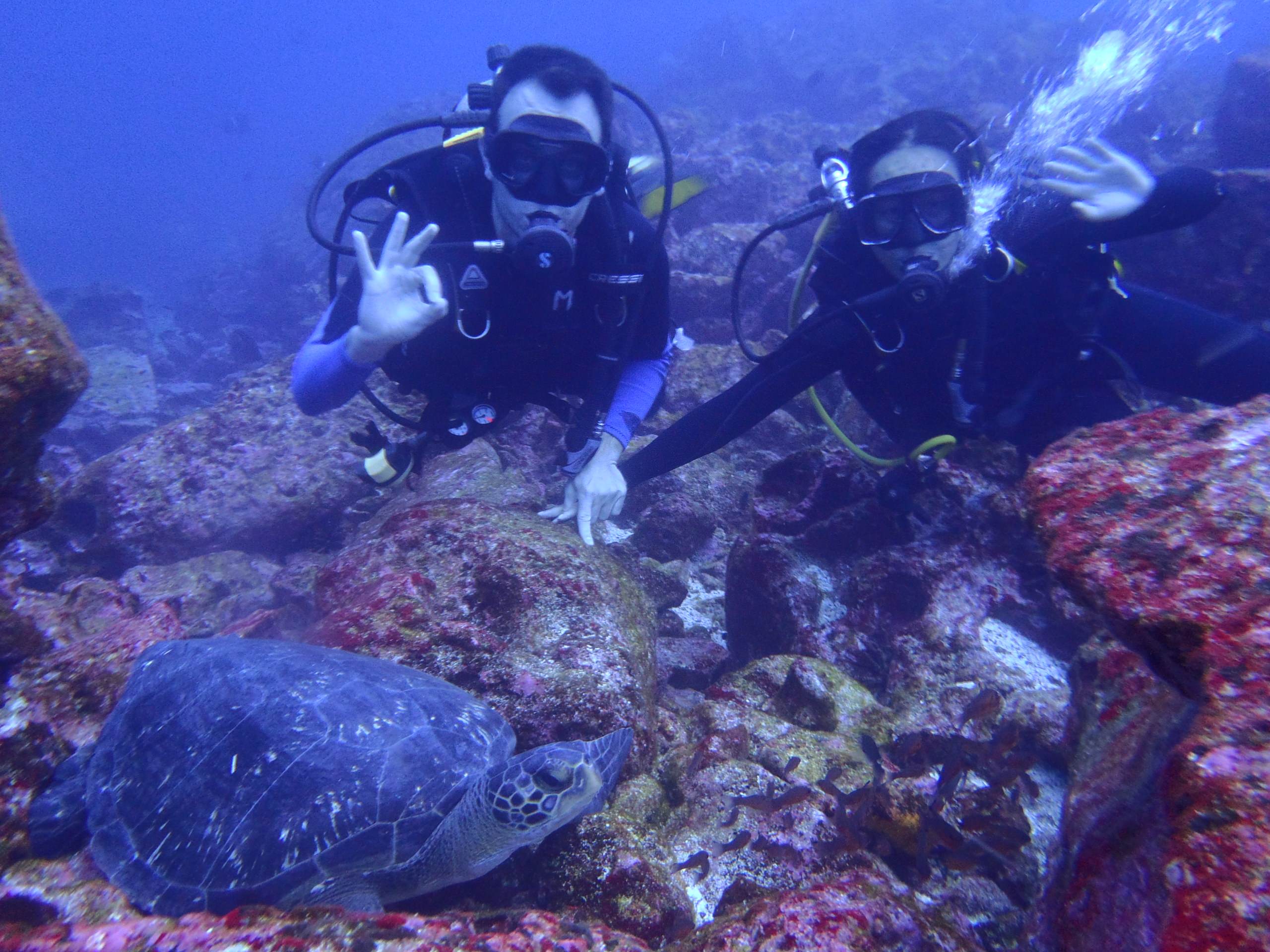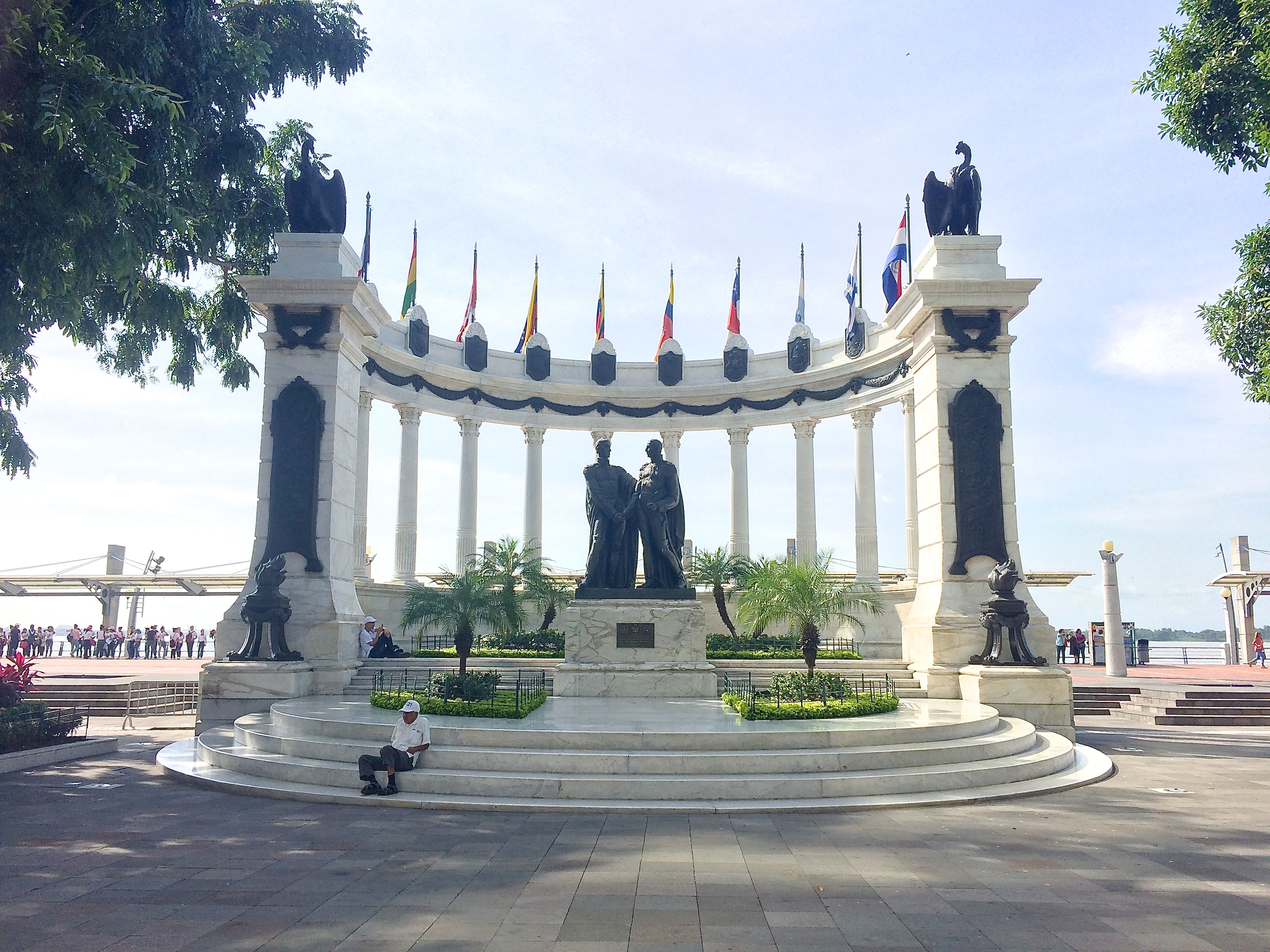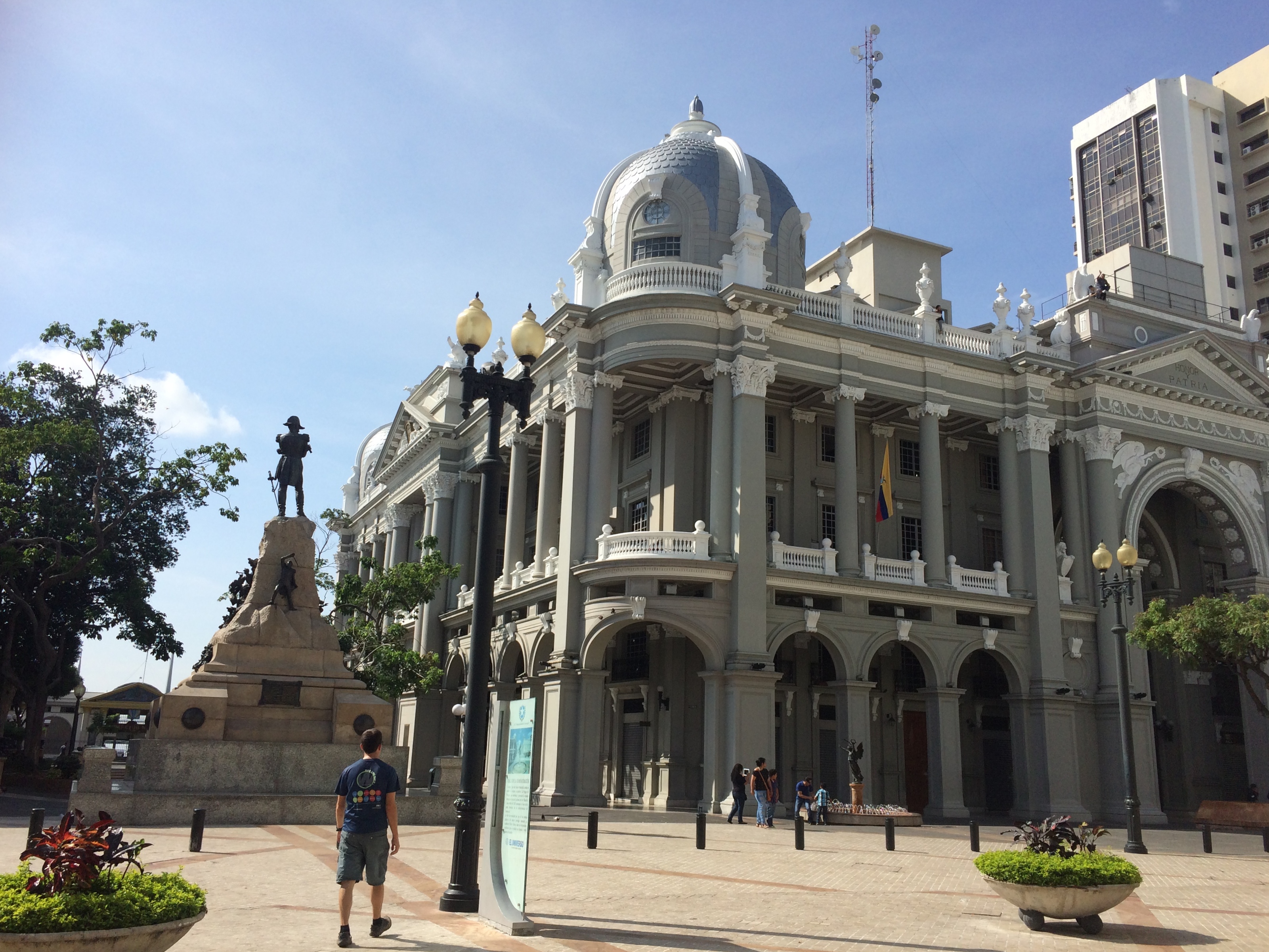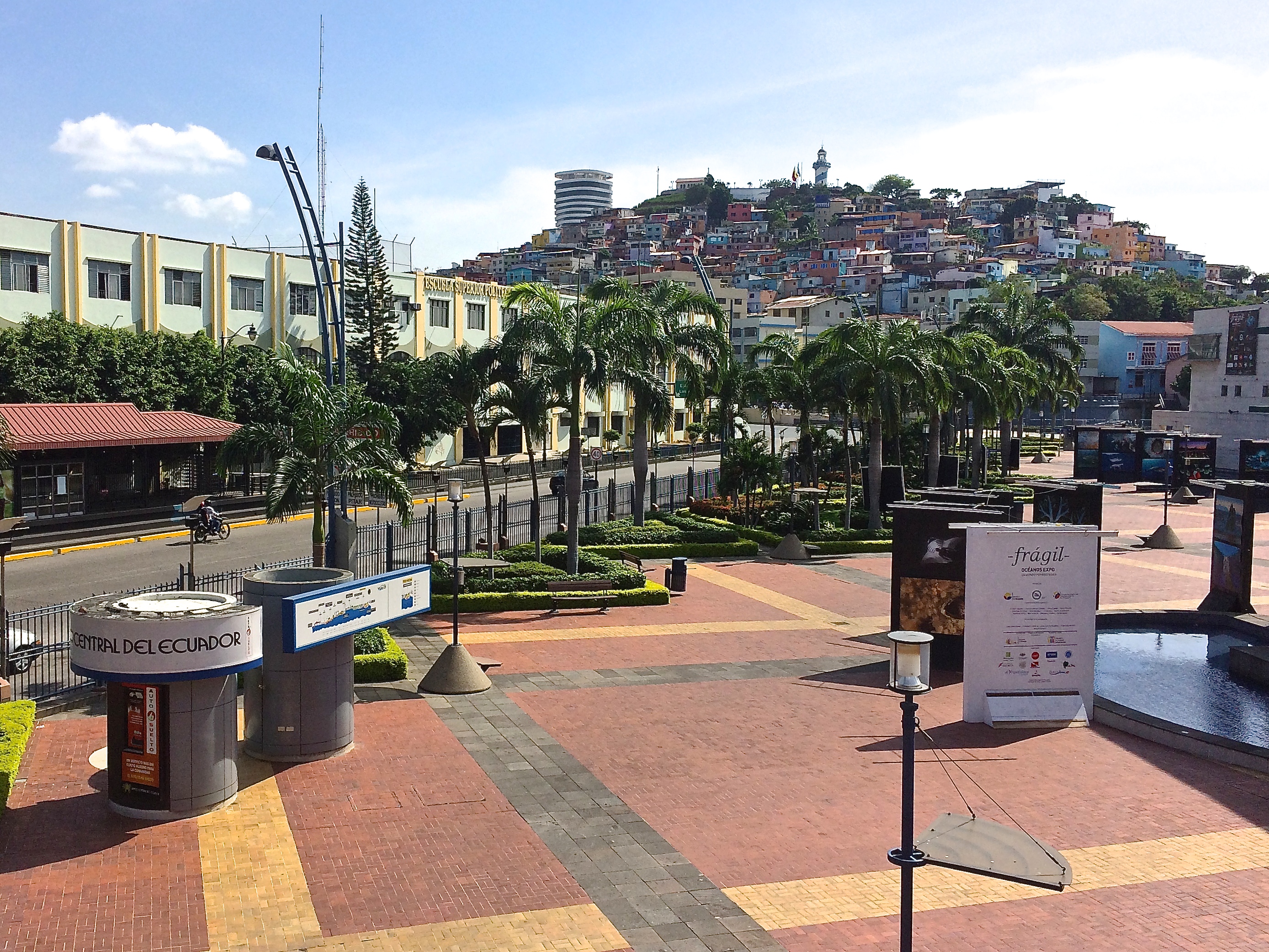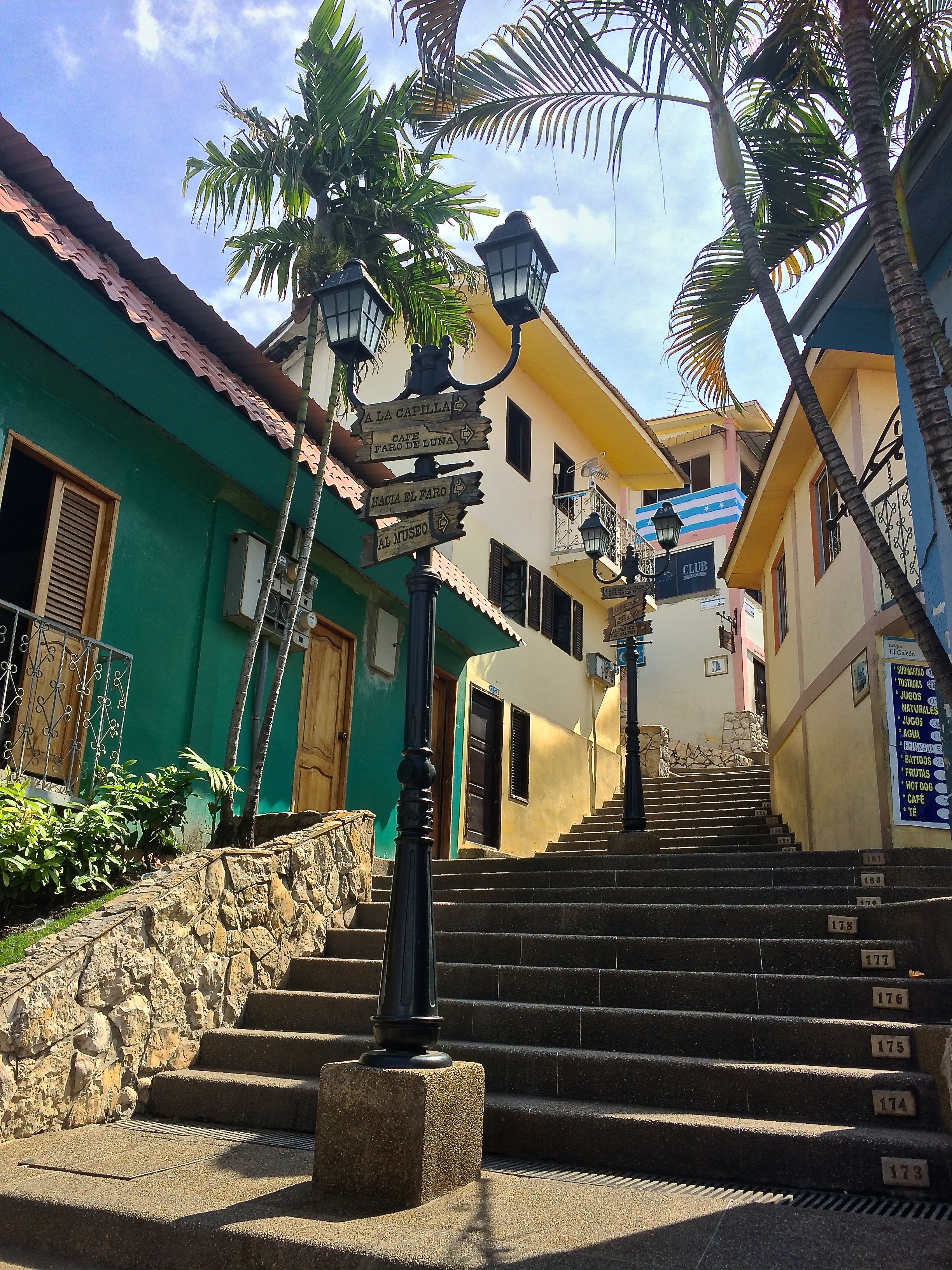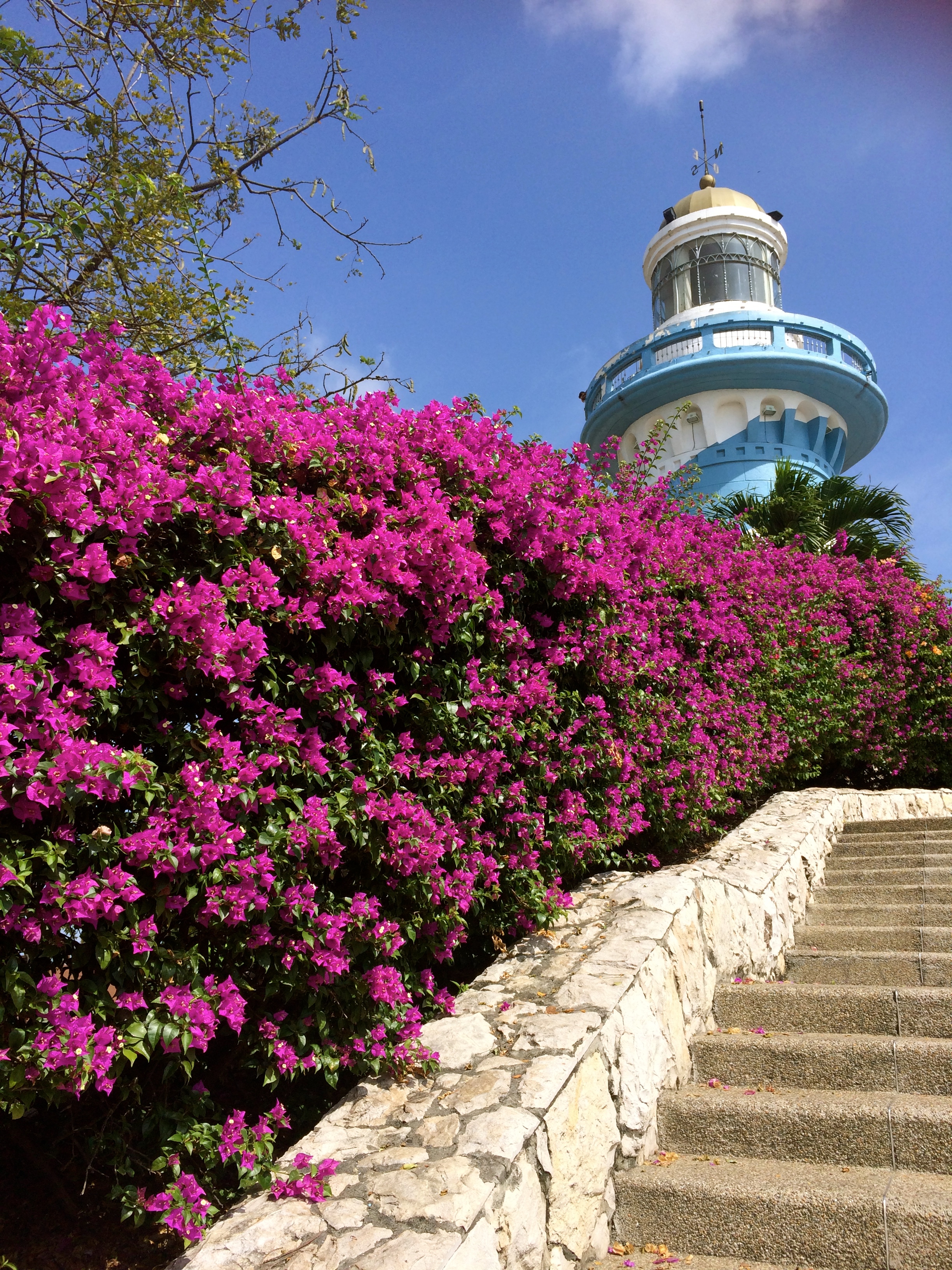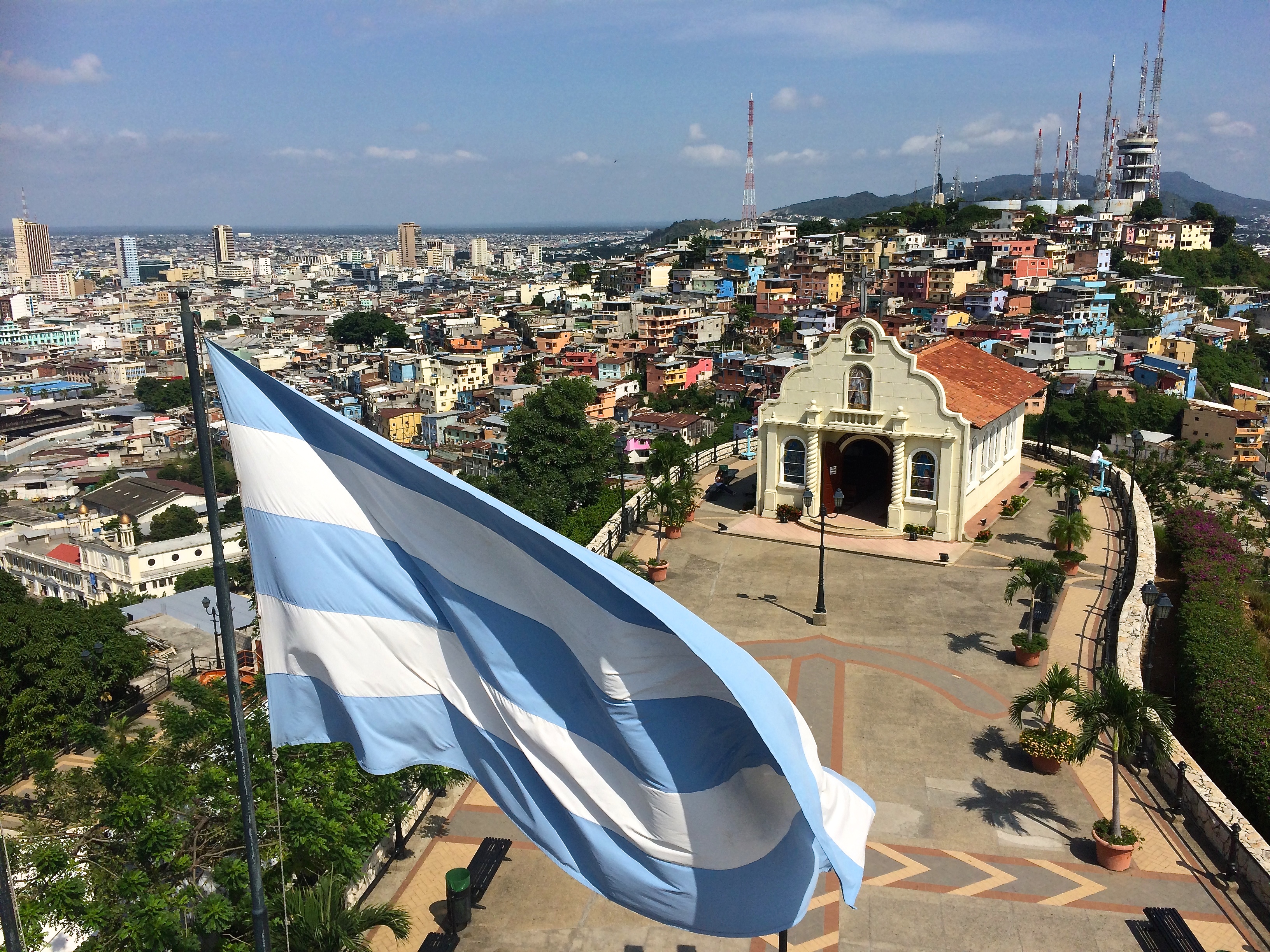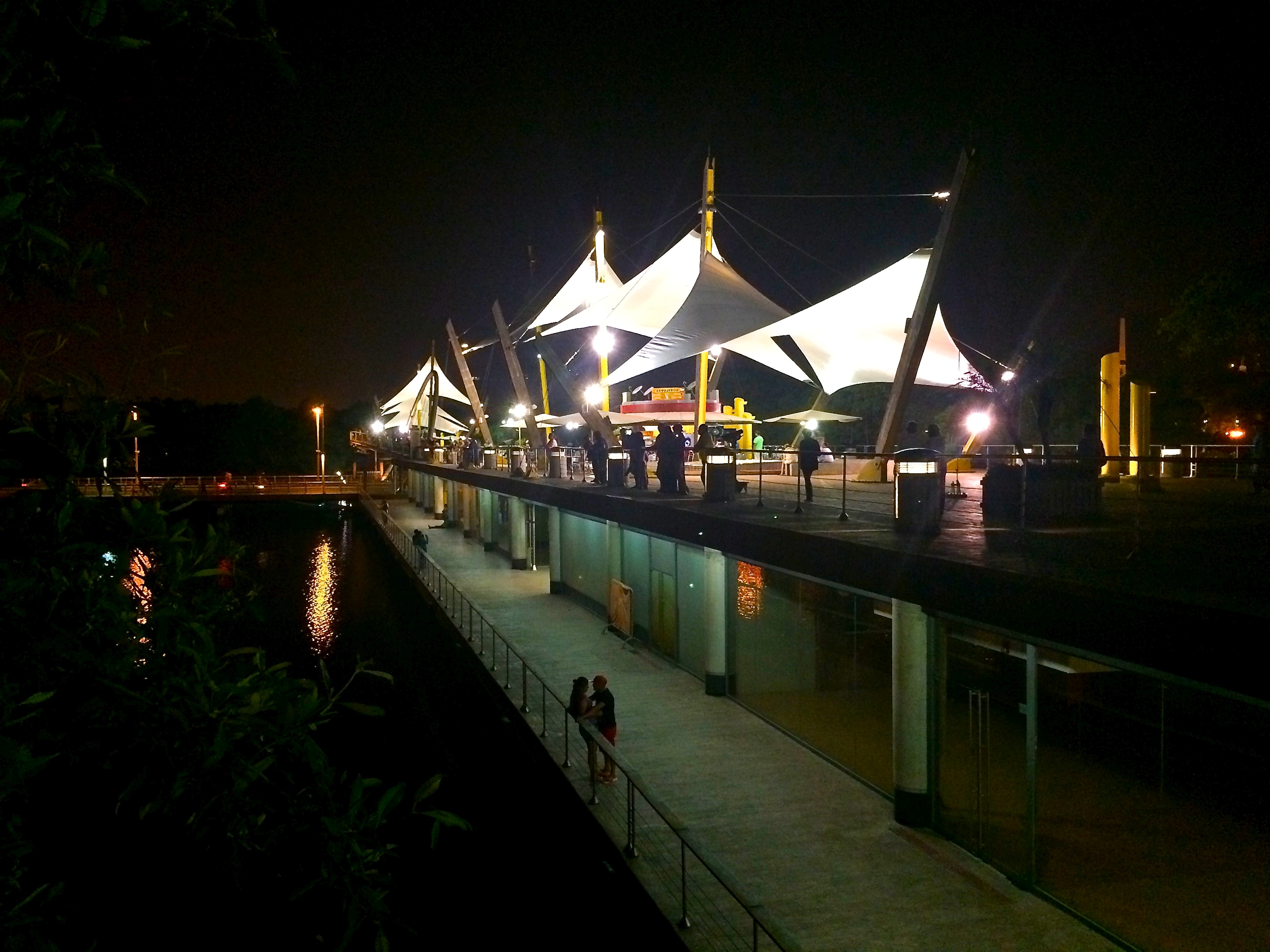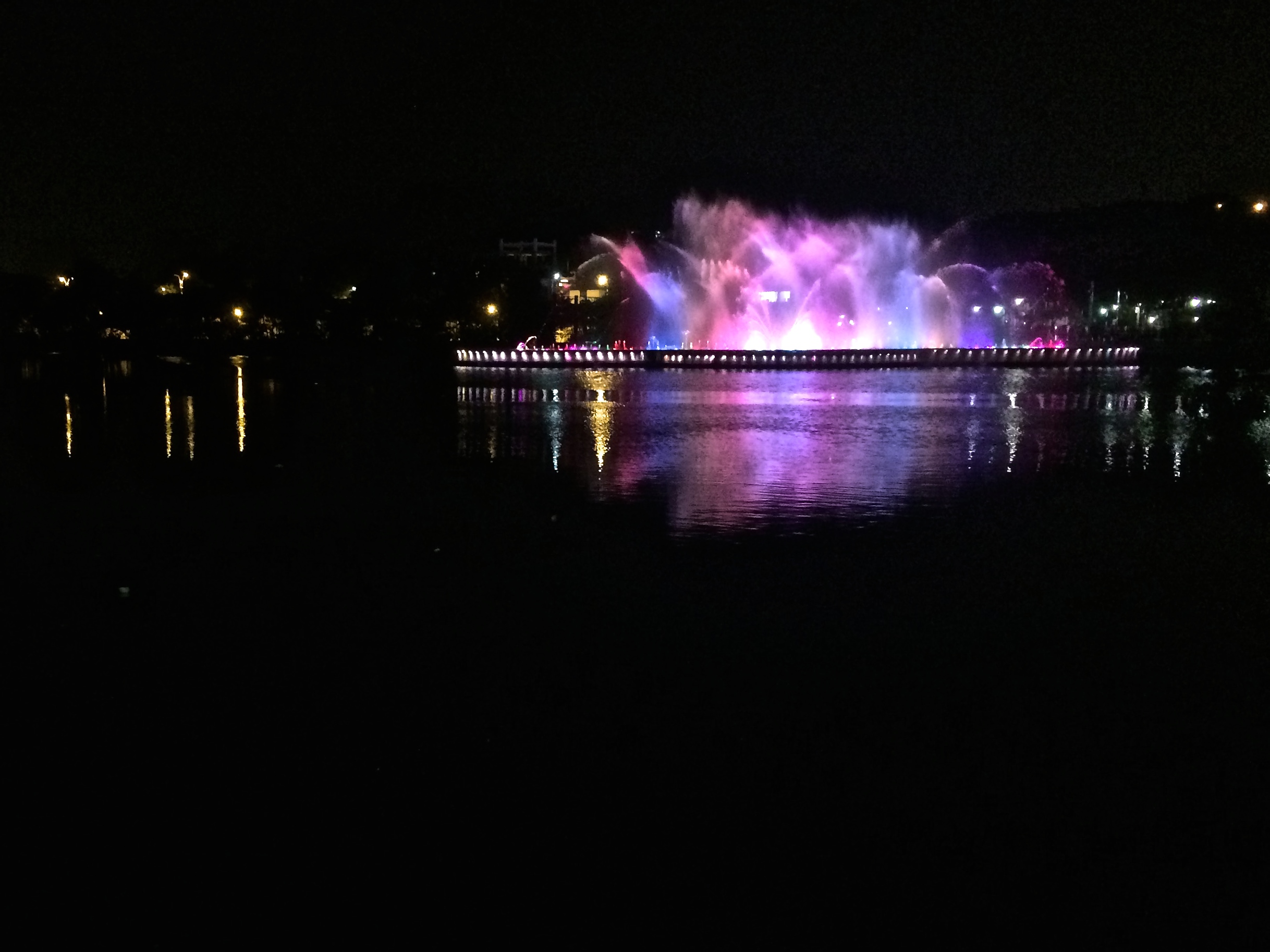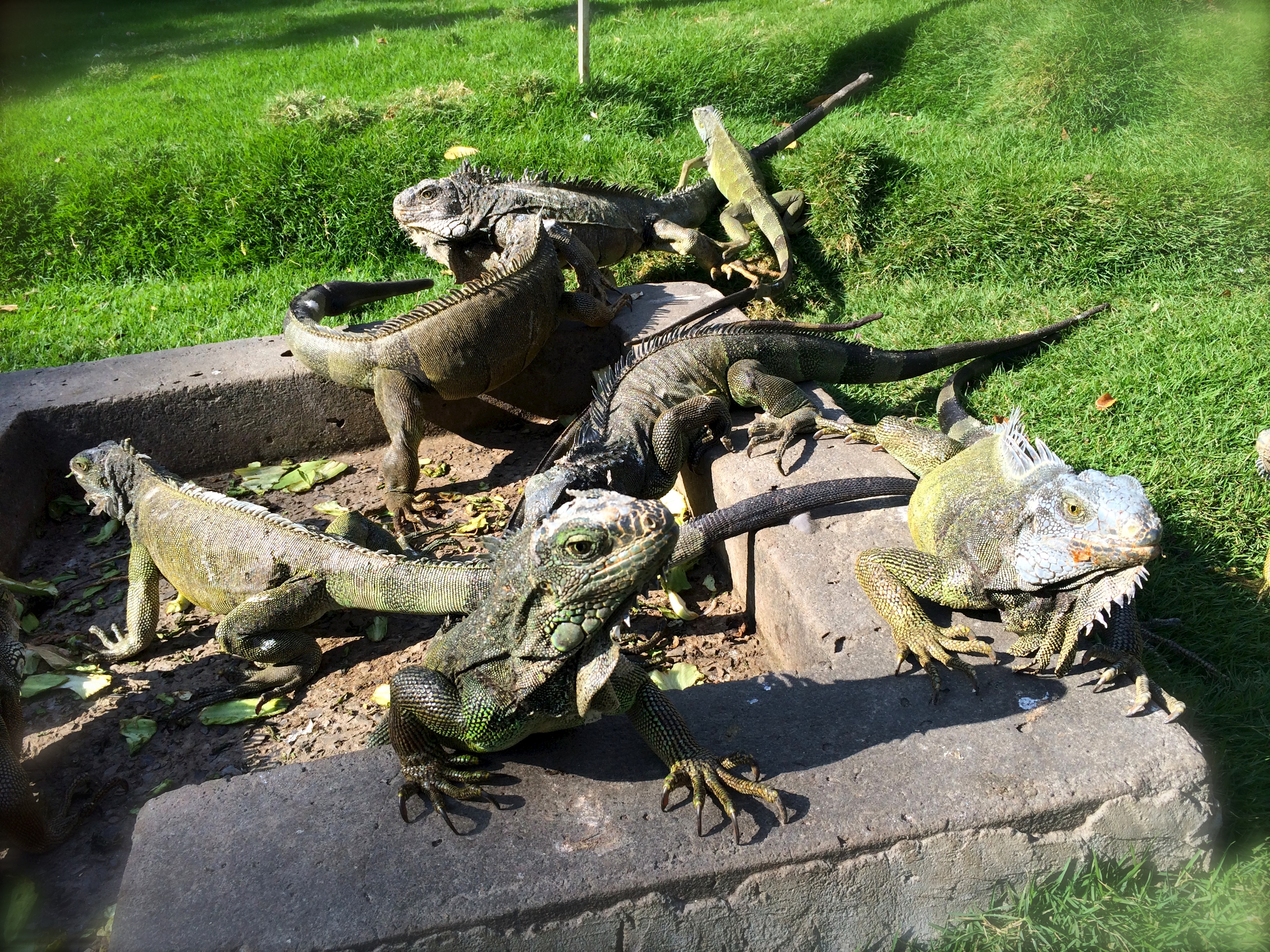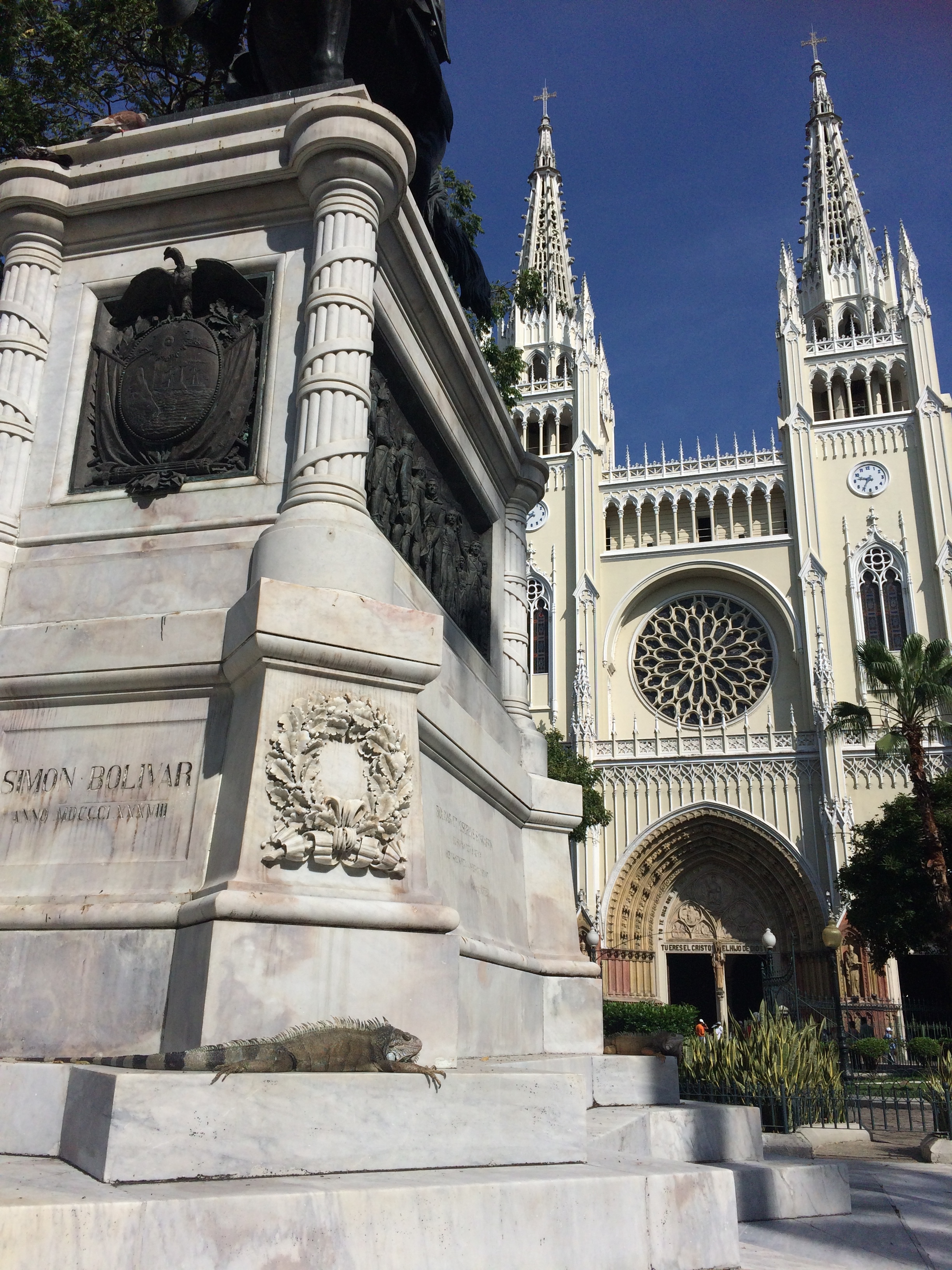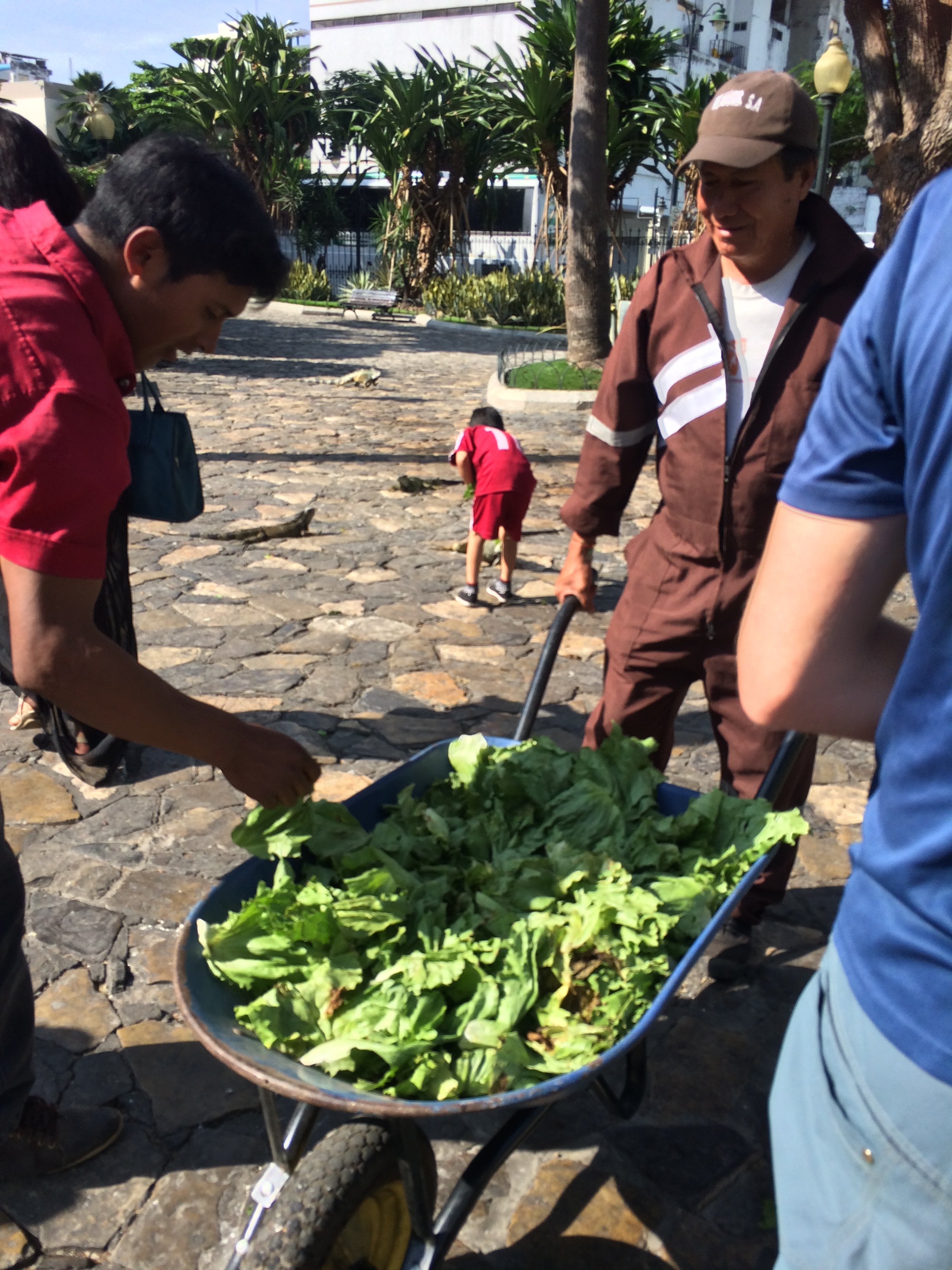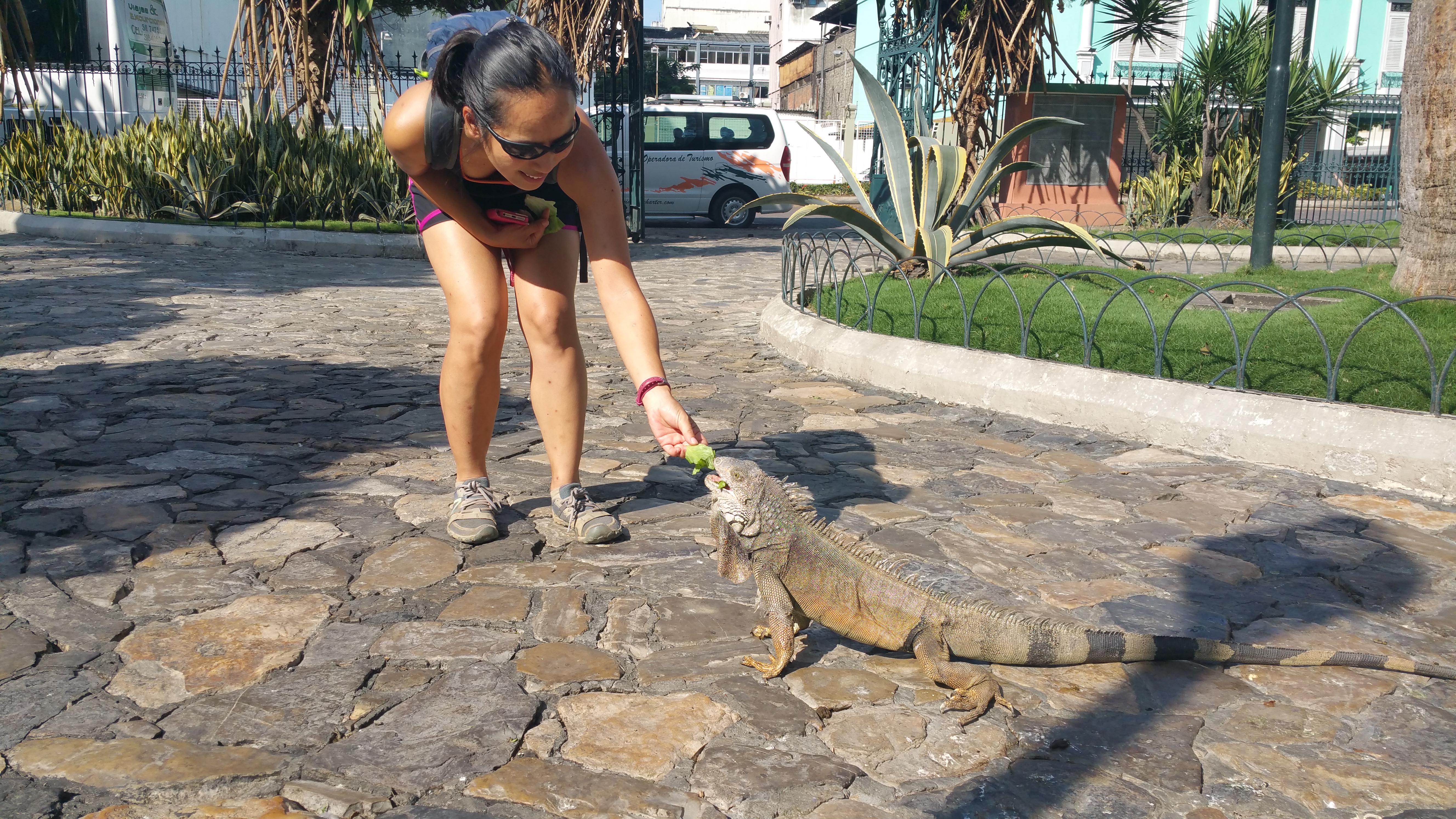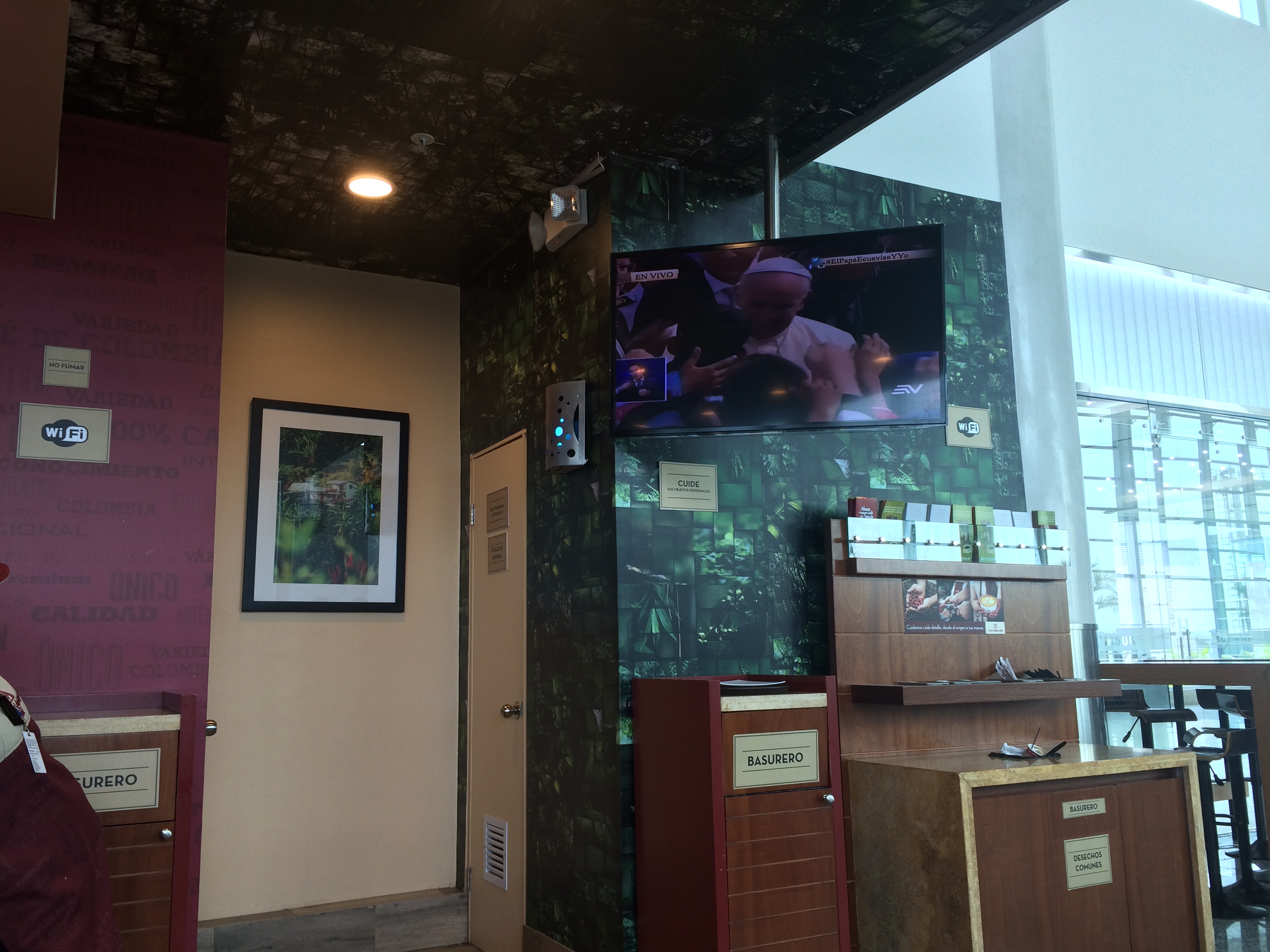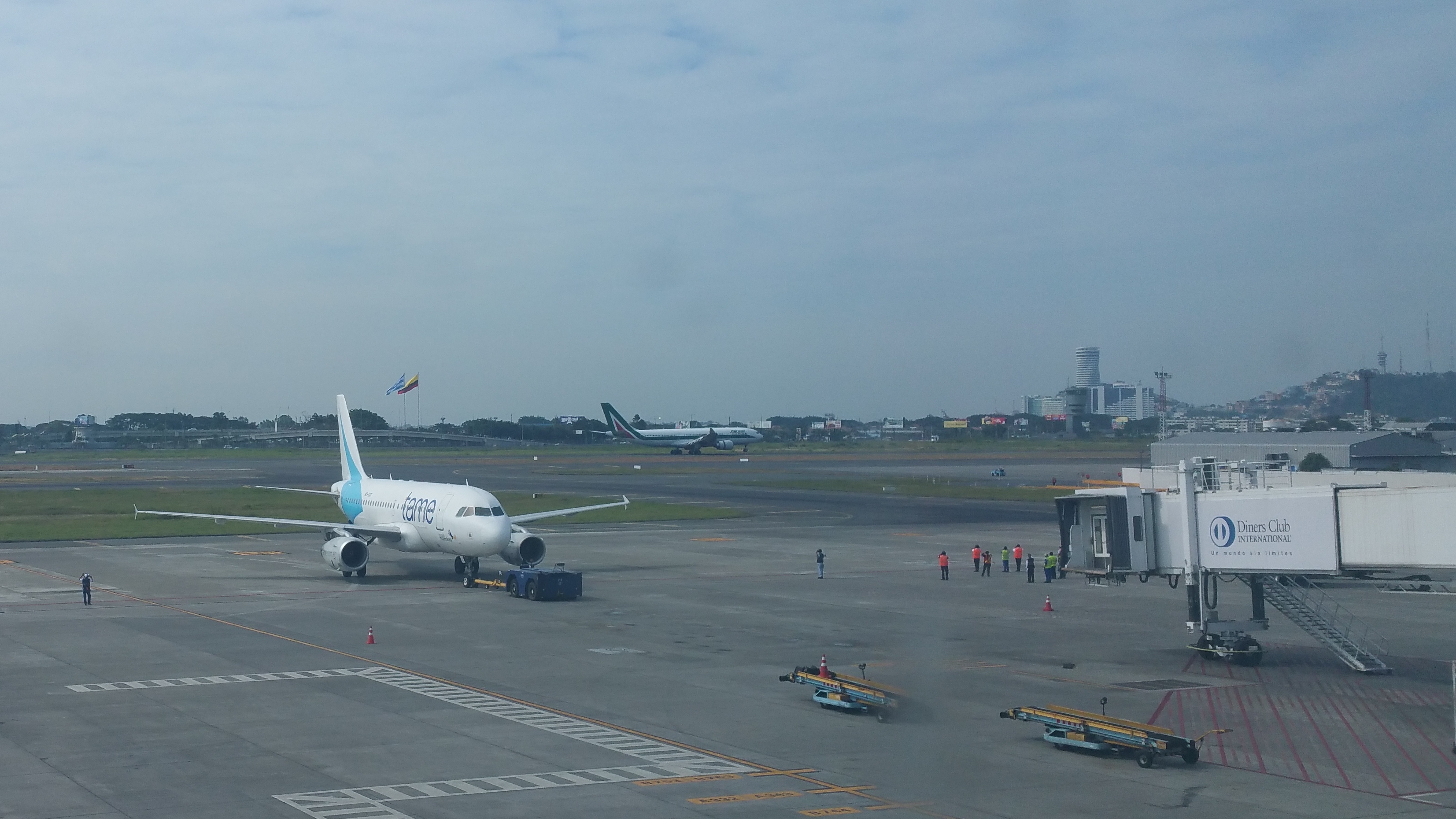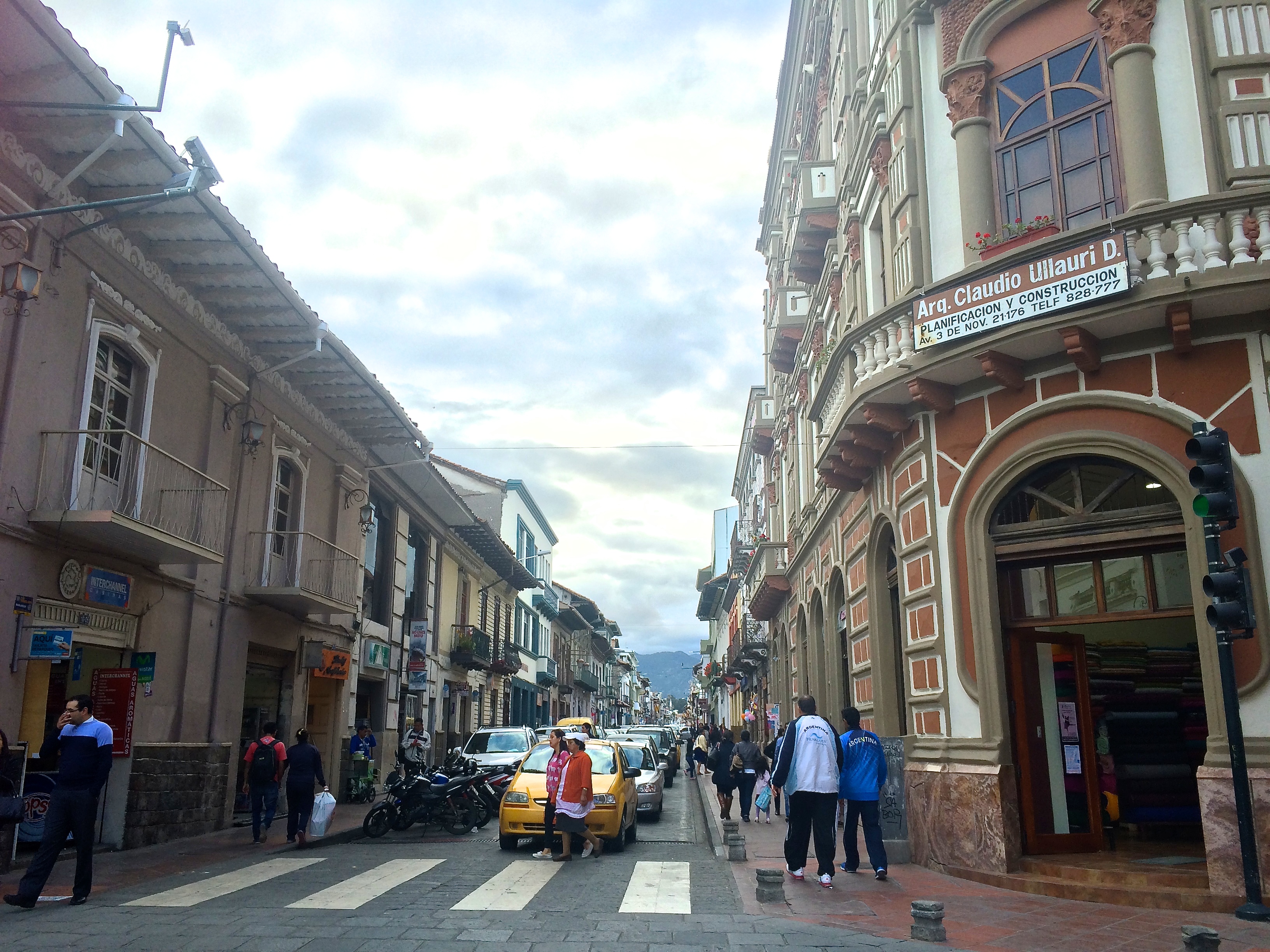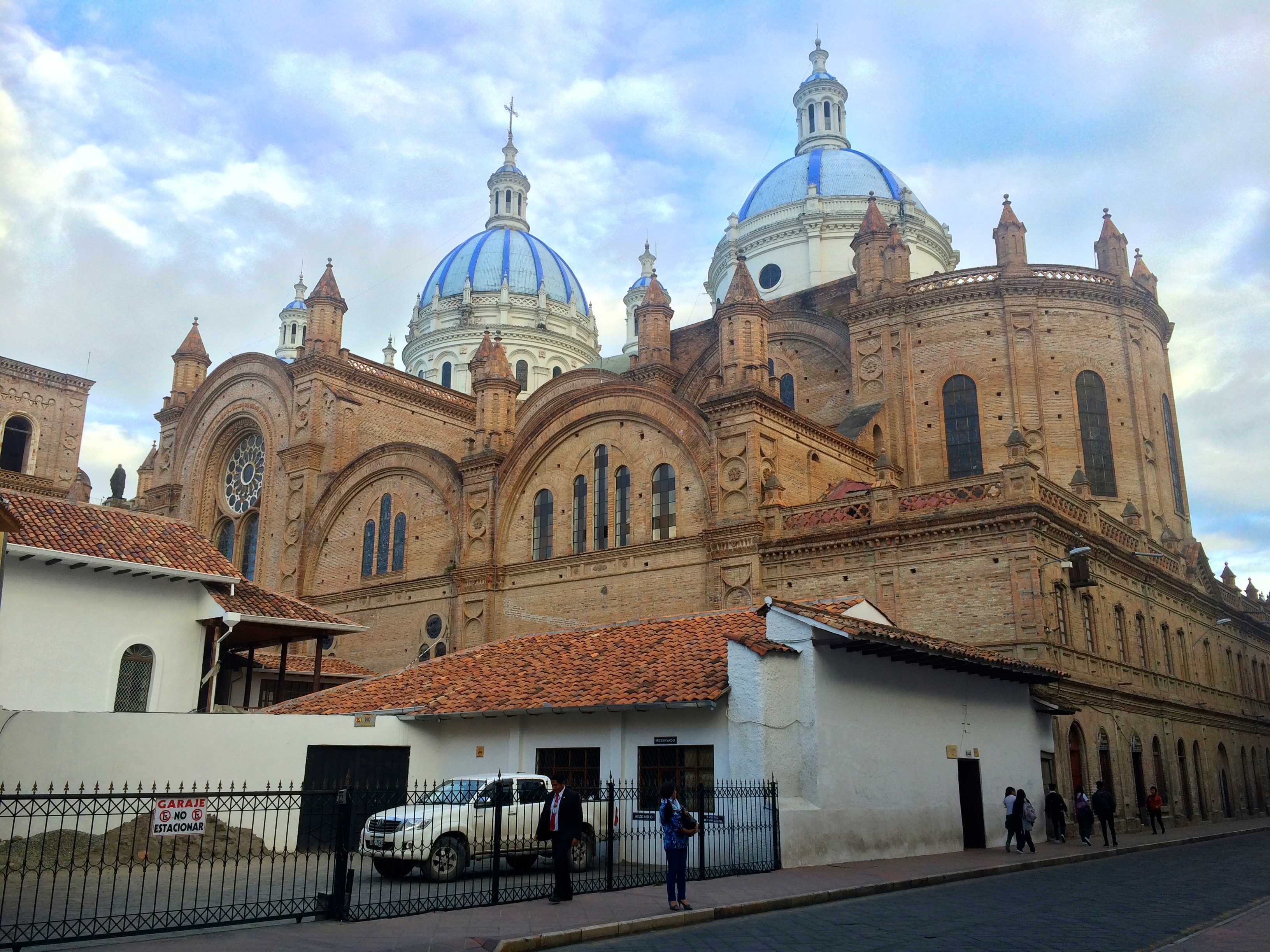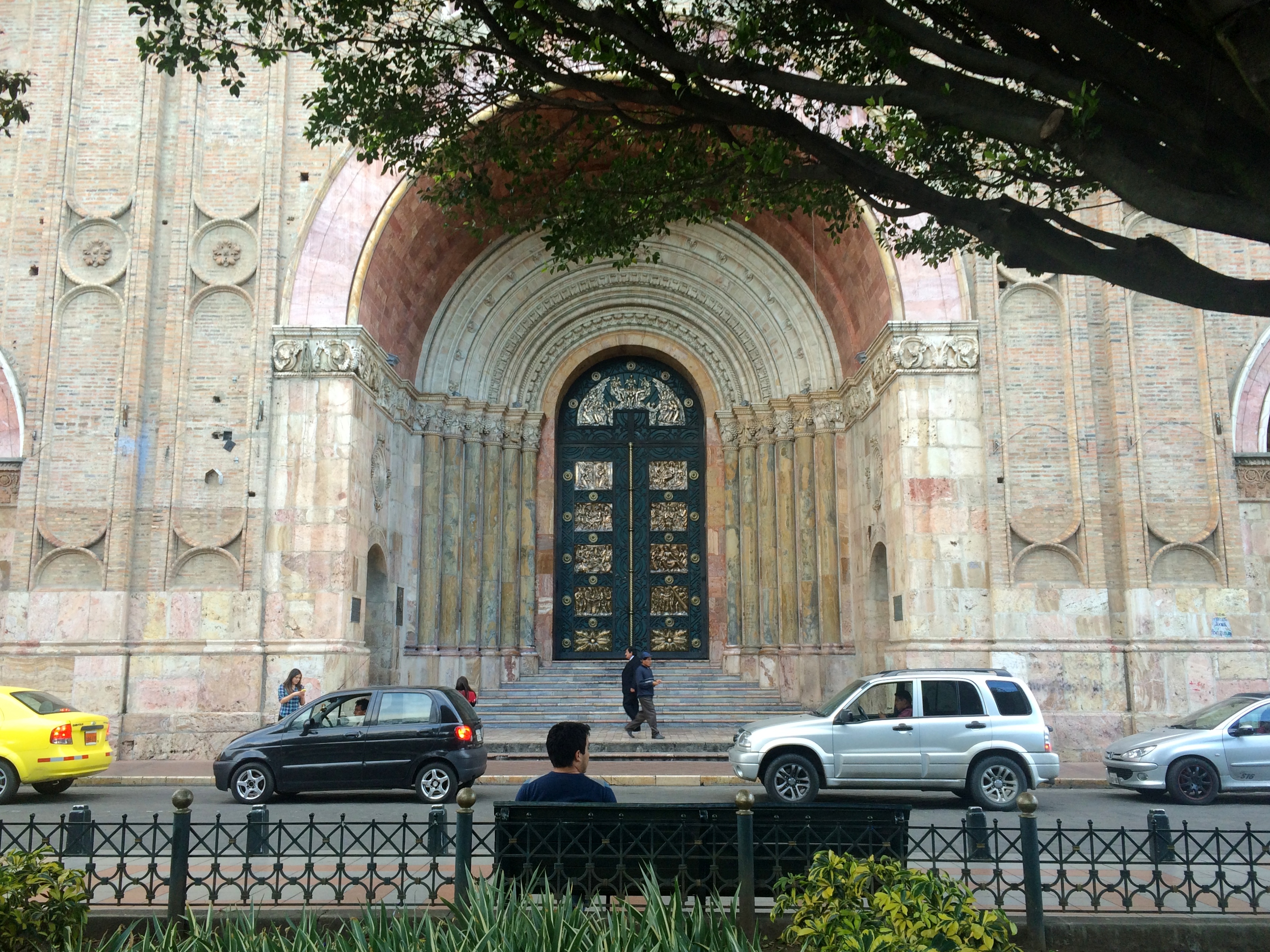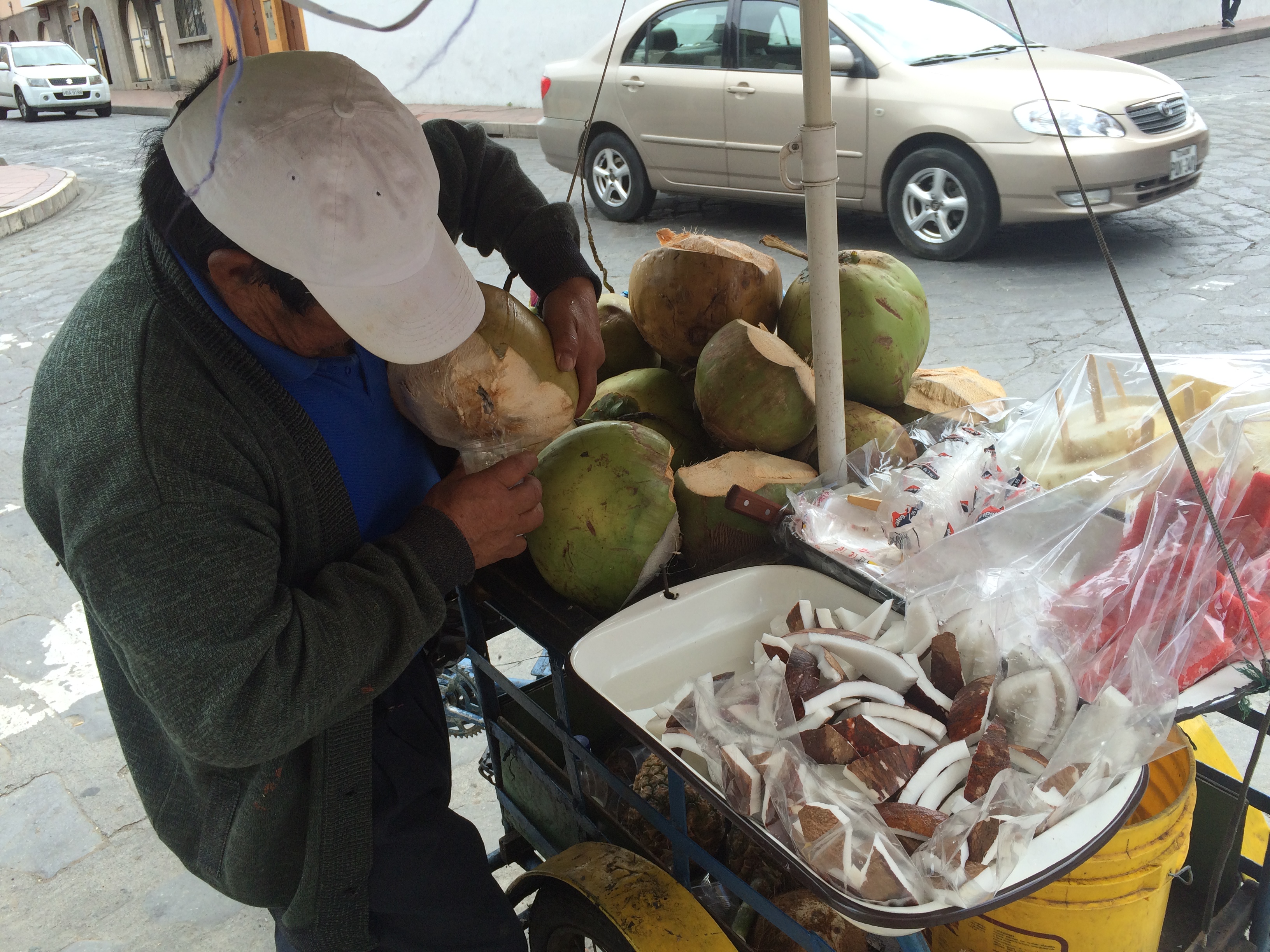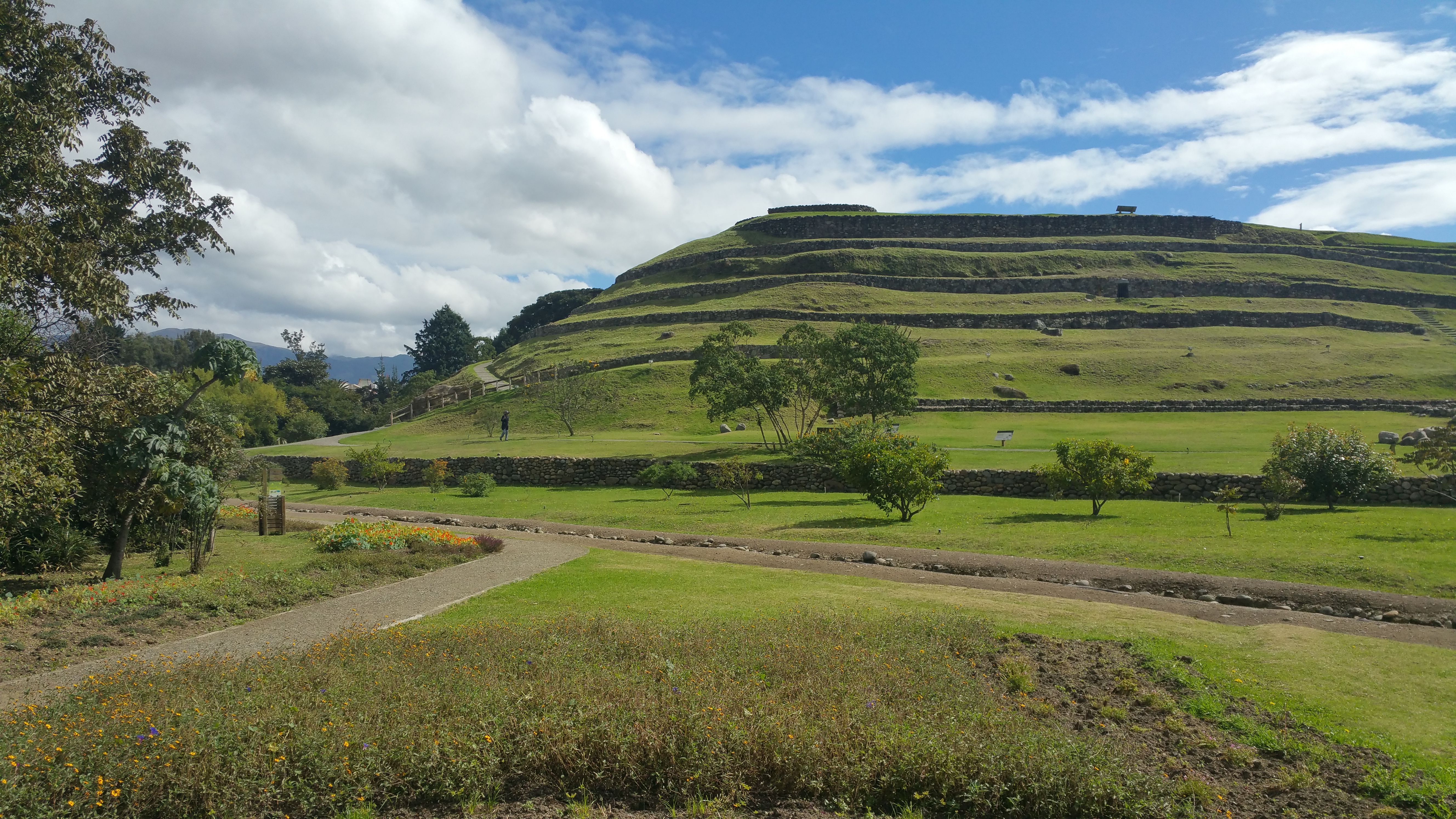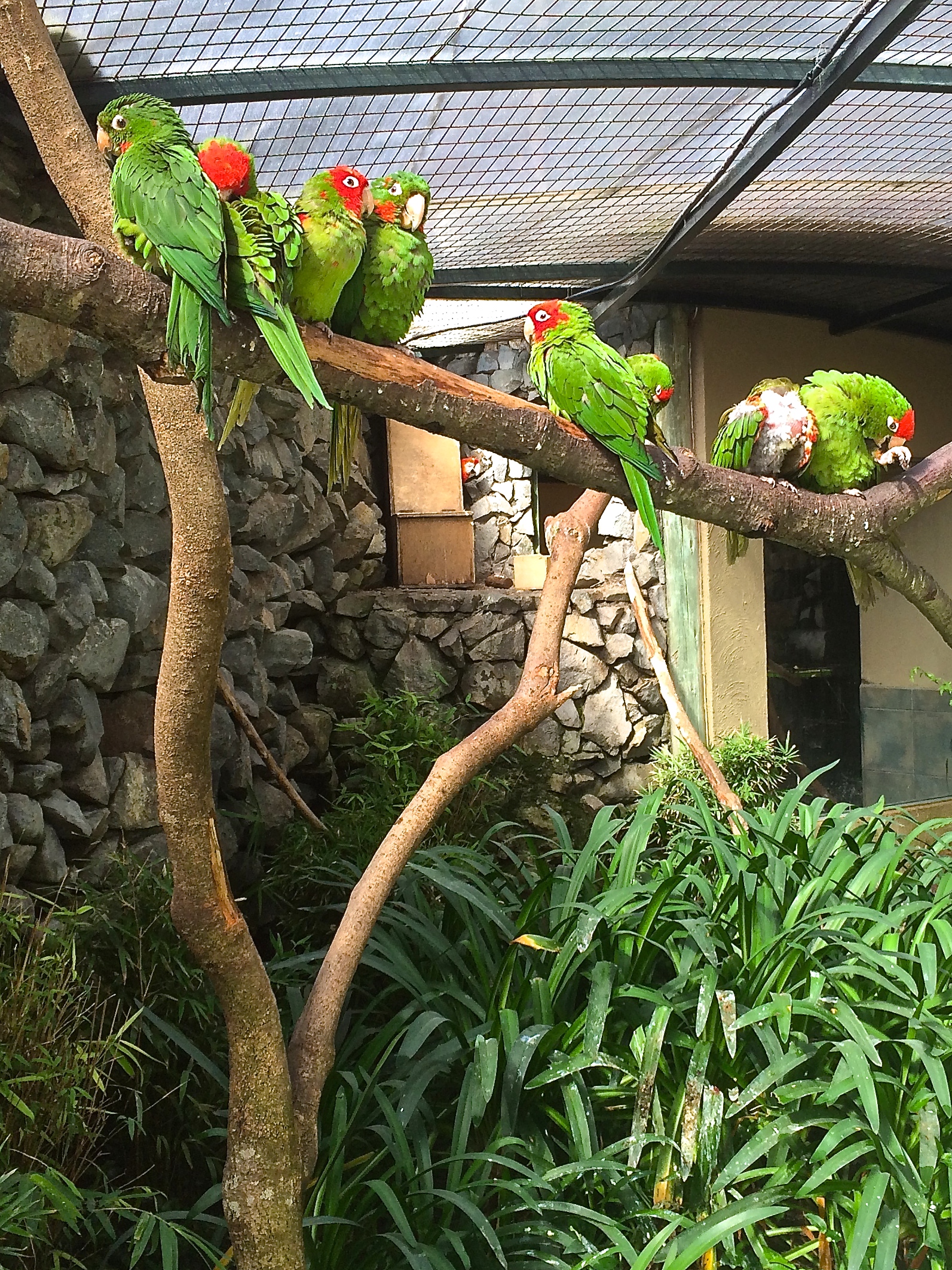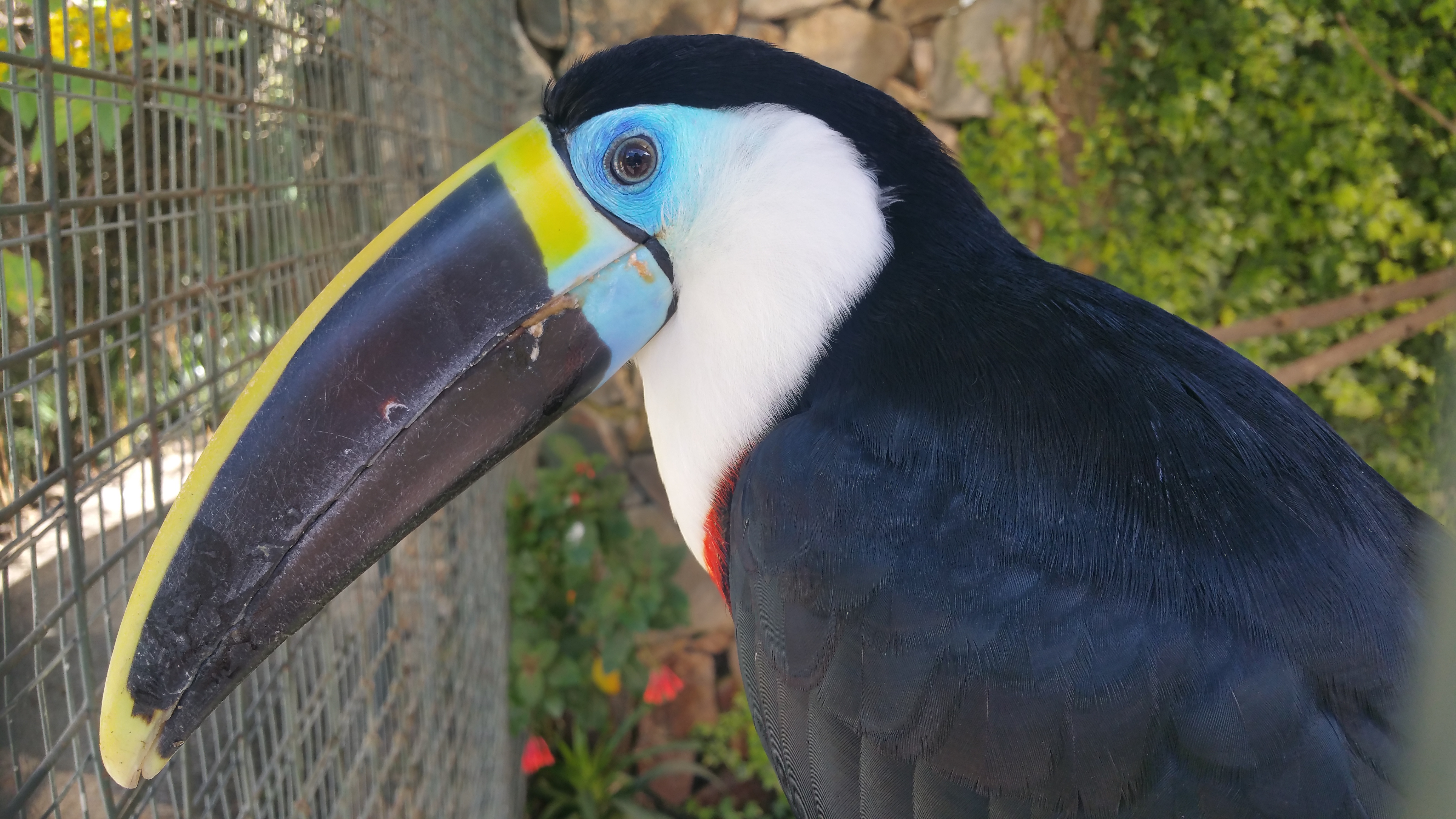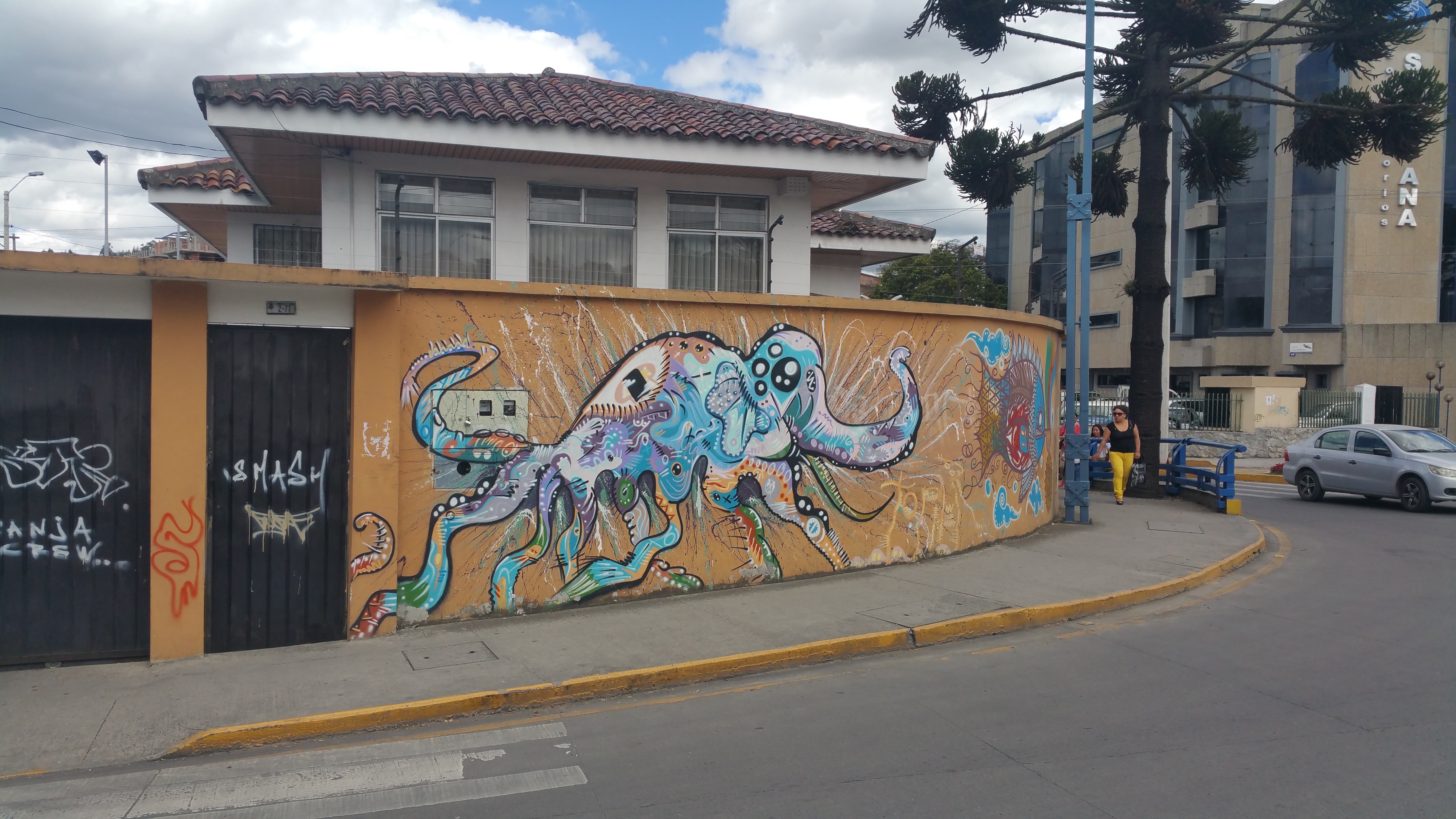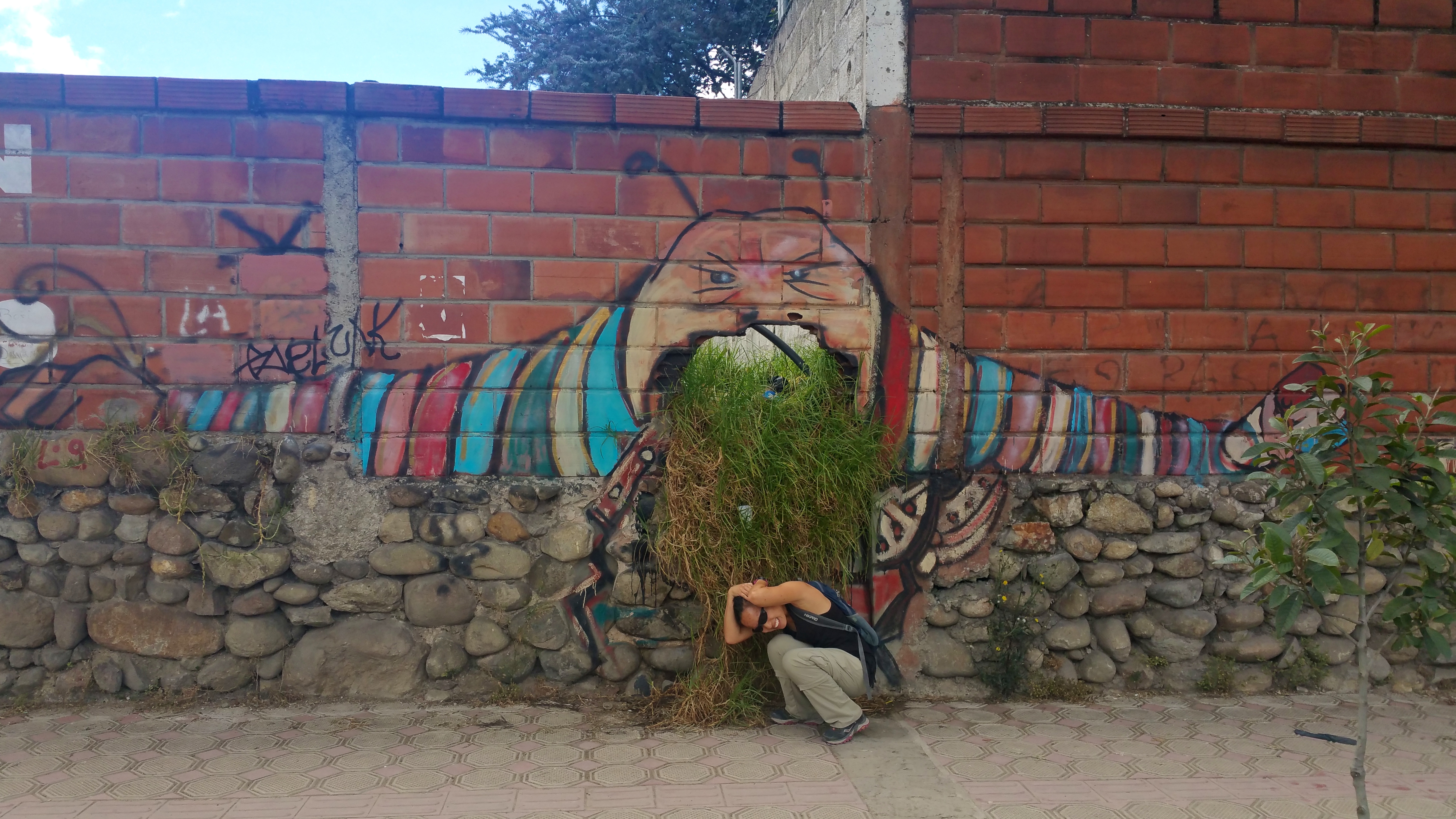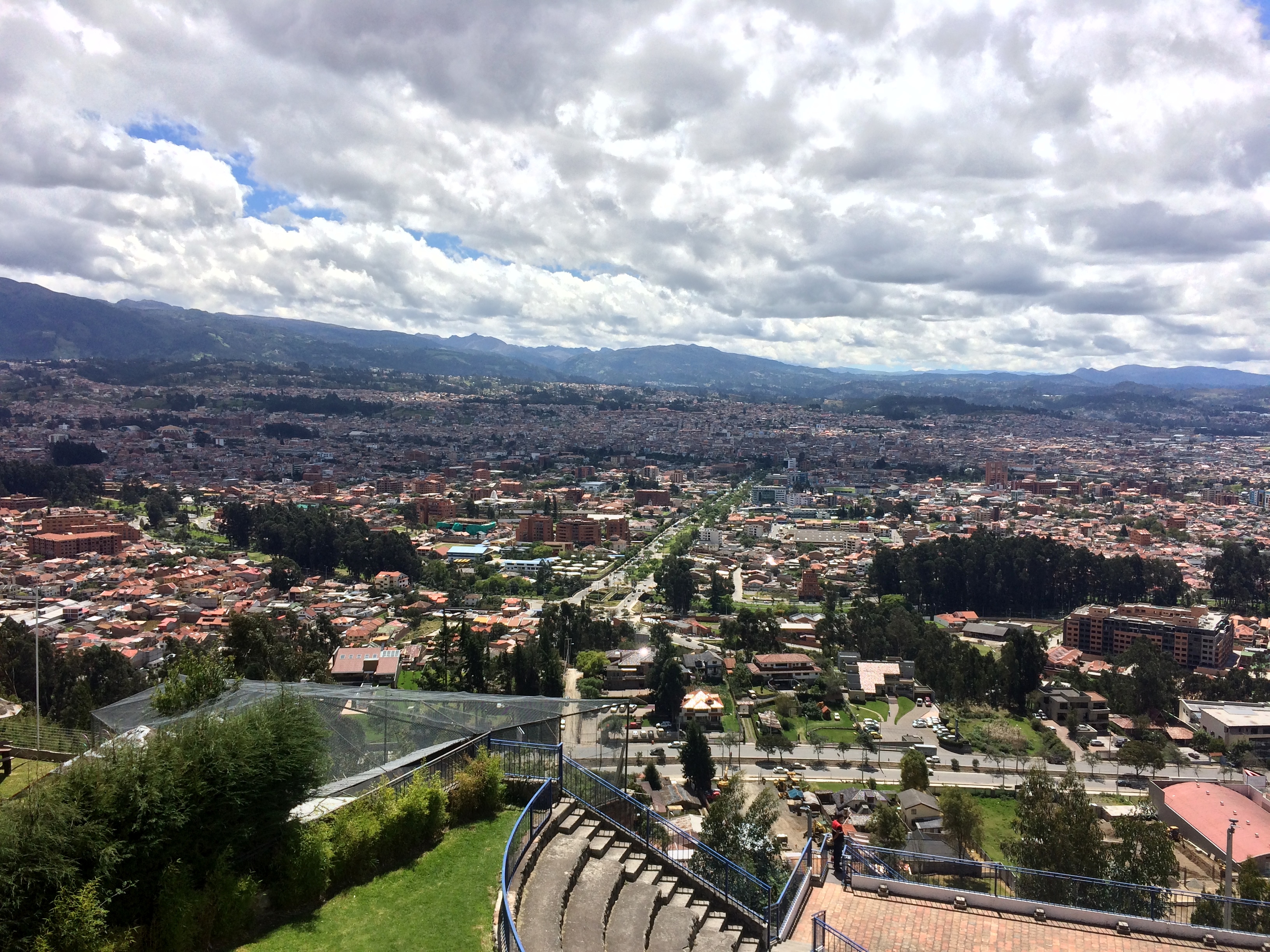In late 2014 we toyed with the idea of visiting Cuba during our 5 months of South American travel. Only a couple months later in 2015 when Obama made it public that he wanted to lift the Cuban embargo, we unanimously agreed that we had to go before traveling there became easier and legal. We had to go before it opened its doors to the United States…we had to go before American tourists would change everything.
Prepare to be frustrated and fascinated at the same time, they said. Go with an open mind, they said.
There is no internet in Cuba which makes preparation prior to arriving a necessity. (Well, there is internet, but at $2/hour in only very few locations, I found it to be a bit more inconvenient than what I’m used to.) Lonely Planet’s travel guide for Cuba would be my best friend for the time I would spend in the largest island of the Caribbean. Upon my initial research, I quickly learned that the simple basics of currency, getting there, accommodation, food, and transportation in Cuba would not be so simple for any tourist. Below I share the information I learned before arriving, and my experiences and reflections after having spent 20 days in Cuba.
***
Currency & Budgeting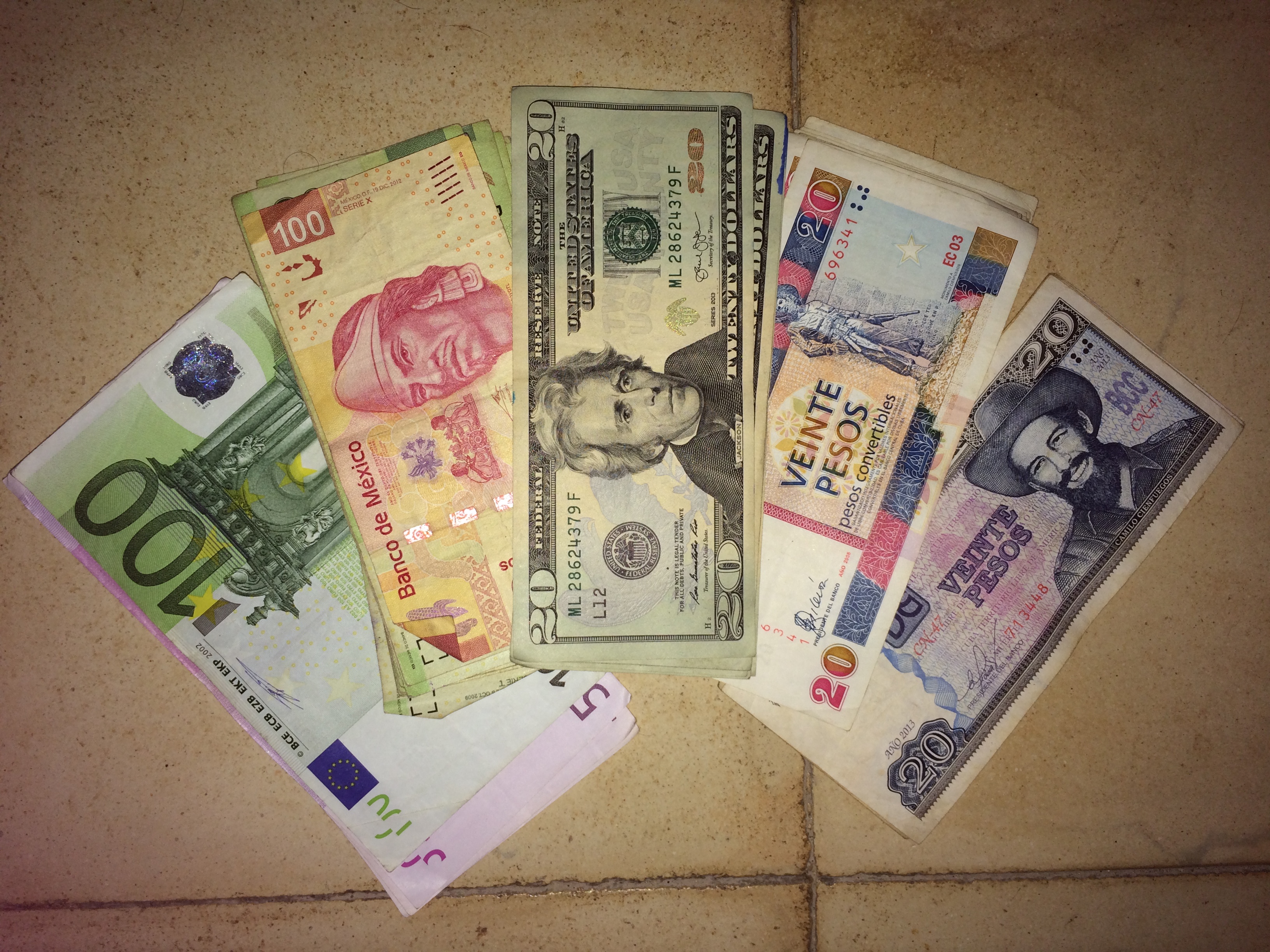
Like most developing countries Cuba is mainly a cash-based economy. There are ATMs but if you’re American like me, don’t even think about using them. I read that as of March 2015, some debit cards would work, but I was not going to take any chances and arrive to Cuba without all the cash I would need. Our only solution was to bring enough cash to last us the duration of our stay. And because Cuba is an expensive place to visit despite how little the locals live on (thanks, Cuban government!), we both had to pre-budget and carry an uncomfortable amount of cash.
Cuba has two currencies: the CUC (convertible peso), and the CUP (moneda nacional). $1 CUC is equivalent to $1 USD, and $25 CUP is equivalent to $1 CUC. Think of $5 CUP as 20¢ USD. Tourists will primarily be using the CUC to pay for expensive items such as food in restaurants, lodging, long distance transportation, excursions, etc. But the CUP is handy for things that locals buy, such as street food ($5 CUP for churros, $10 CUP for a small pizza, etc.) It is easy to exchange money at any bank or cadeca (money changer). I later learned that tourists aren’t the only people queuing in line at cadecas. Locals also line up at cadecas to convert their CUPs into CUCs, so they can buy “luxury” items such as shampoo and toothpaste. Some tourist-catered restaurants won’t even accept CUPs; I had to pay $3 CUC for a mojito because they wouldn’t take $75 CUP. To make things even more confusing people call both the CUC and the CUP pesos, and it is up to you to clarify whether it is CUC or CUP, allowing plenty of room for rip-offs and scams.
This confusing dual currency system has created an in-your-face separation of classes. In tourist areas, there are few CUP cafeterias not far from CUC restaurants. The often dark and grimy CUP cafeterias are filled with poorer locals and the occasional tourists like us spending anywhere from 25¢ to $2 for meals, whereas the CUC restaurants are modern and clean like any nice restaurant in the U.S., serving $7-$12 meals. The more time we spent in Cuba the more we found it easier to eat at the CUP cafeterias and food stalls, though the occasional stare-down still made me feel slightly uncomfortable. Even in small shops it became clear what locals could and could not afford—the $4.80 CUC Pringles versus the $5 CUP (20¢) package of inedible crackers. This dual-class system that Fidel and Che fought so hard to bring down is as strong as ever.
Although the CUC is equivalent to the USD, the USD has the worst exchange rate—they are accepted but with a 10% penalty fee on top of the exchange rate. So what did we do? We took out $1,600 each while we were still in Ecuador (thankfully the national currency of Ecuador is the USD!), went to a money changer in Quito, and converted them all into euros. It was scary carrying around $3,200 in only $20 bills (Ecuador does not have $100 bills!). After converting to euros, Chris and I each ended up with four notes: three enormous 500 euro notes, and one 100 euro note. During our layover in Mexico I also pulled out $3,000 MXN (~$185 USD) as backup. At the end of Day 1 in Cuba, we had 5 different currencies in our travel wallet: euros, Mexican pesos (MXN), dollars (USD), convertible pesos (CUC), and monedas nacionales (CUP).
In terms of budgeting for Cuba, base costs include the Cuban visa that can easily be purchased in Mexico ($300 MXN or $18 USD), exit fee ($332 MXN or $20 USD) and a taxi to and from the airport ($20 CUC one-way). It is said that Cuban health insurance is required ($4 per day), but that service was nowhere to be found at the airport. Excluding the total base costs of $58, I read that a budget traveler should plan to spend anywhere from $60-$80 CUC per person per day, assuming the daily costs are shared with one other person. We planned for the higher side, so $80 CUC x 20 days = $1,600 CUC. Turned out that we super over-budgeted and we each ended up spending closer to $50 CUC per day. Yay!
Getting There
Cuba is full of tourists year-round, especially from Canada…but not so much from the United States. Because the embargo has not yet fully lifted, there are no direct commercial flights to Cuba from the U.S., except a few chartered flights from select states. So what was the easiest way to get there for us?
For Americans, perhaps the easiest and cheapest way to Havana, Cuba via commercial airline is from Cancun, Mexico. We flew into Cancun from Quito, Ecuador and then flew from Cancun to Havana. There are flights everyday from Cancun to Havana via Cubana at 3:05pm for around $350—that 1-hour flight ain’t cheap!
During our layover in Cancun we easily found a guy selling Cuban visas for $300 MXN ($18 USD). I took out MXN from the ATM, paid for the visas, and then checked into our flight for Havana.
Once in Havana, there were a handful of Cuban secret police-types loitering in Customs, stopping a bunch of tourists at random for questioning with regard to our occupation, length of stay, purpose of visit, etc. After all the questioning, we proceeded to get our entry stamp. Because we are American, they simply stamped our visa, which was a piece of paper separate from the passport. When we left Cuba, they stamped the visa and took it back, leaving no trace of Cuba in our passports.
Accommodation
There are two options: expensive government-run hotels ($80-$150) and cheaper family run casas particulares ($15-$35). Naturally, we stayed in casas throughout Cuba.
The casas particulares are houses or apartments belonging to the middle to upper-middle class. For a monthly fee, the owners of these homes are allowed to rent out their vacant rooms to tourists. Whether or not the rooms are rented, the owners still must pay this monthly fee to the government. Because the price is based on per room and not per person, it is much cheaper to travel to Cuba with other people in order to split the cost of the room. There are no hostels in Cuba catered to backpackers, and as a result, traveling alone can be quite lonesome. In addition to being the more economical option, casas also include…a family! The people who live there treat you like family, are incredibly helpful with answering any questions, and provide tips and recommendations. More often than not the casas are beautiful, colonial houses with high ceilings and columns. Relaxing on the front porch in the warm evenings on a rocking chair with a beer or a glass of wine was the norm. With the exception of our first casa, we would simply show up in the next city to a casa referred to by our previous casa host, or we would find a casa on our own. Do NOT accept any help from a taxi driver or hustler on the street, as you will be taken to a really shitty casa and charged a higher price to cover their commission.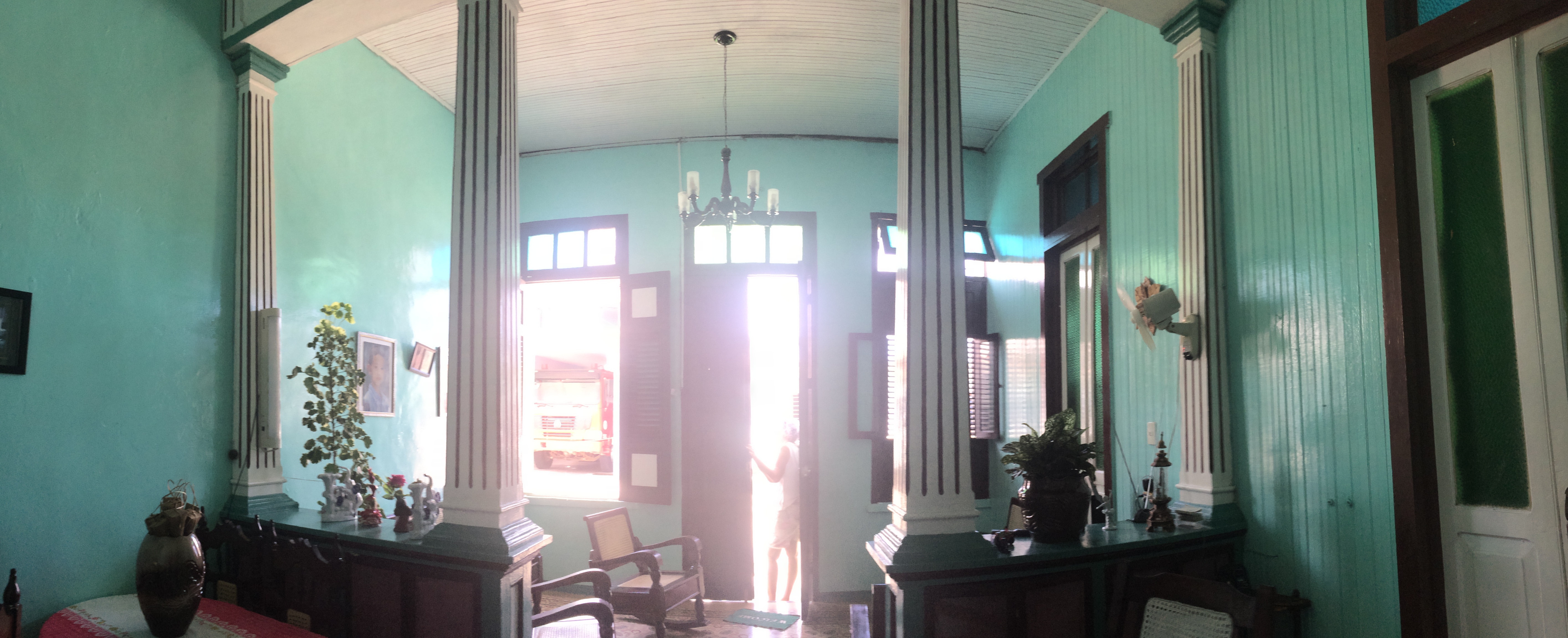
Several days before our arrival, I nervously googled casas particulares cuba, and little did I know that there would be numerous websites with dozens of casas. After many email exchanges I finally reserved a casa I liked in a preferred location: a private 1 bed-room apartment with bathroom, hot water, air conditioner (an absolute MUST!!!), a kitchen with cooking utensils, a living/dining area, and a balcony in Havana Vieja. At $35 CUCs, it was a bit more than I preferred, but I couldn’t be picky at the last minute. The kitchen was also a plus, since most casas don’t advertise kitchen access. YAY! I thought. I can cook some meals to save money and avoid the notoriously bland Cuban food! Except grocery shopping ended up being more of a shocking experience.
Food
Stories reveal that prior to 2011, food served to tourists in Cuba was notoriously bland and awful, whether it be from a government restaurant or a paladar, a private restaurant. Apparently there had been government restrictions on what restaurants could buy and serve, limiting options to practically just spaghetti, bread and ham. Even black pepper was a luxury. Like all things in the world, things have changed, and now midrange-to-upscale restaurants have popped up, serving quality meals that exceeded my expectations. The going price for a decent entrée seemed to be anywhere from $6-$12 CUC, and many entrées were perfect for sharing during dinner. Still, there is no regional dish of Cuba.
Most if not all casas can also prepare ridiculously large breakfasts and dinners for $5 and $10 CUC per person. In preparation for a long day ahead, we would ask our casa host to prepare us breakfast, which typically included a large plate of local fruits, milk, coffee, fresh juice, fresh bread and butter, and fried eggs. Giant breakfasts like these would last us until lunch without snacks.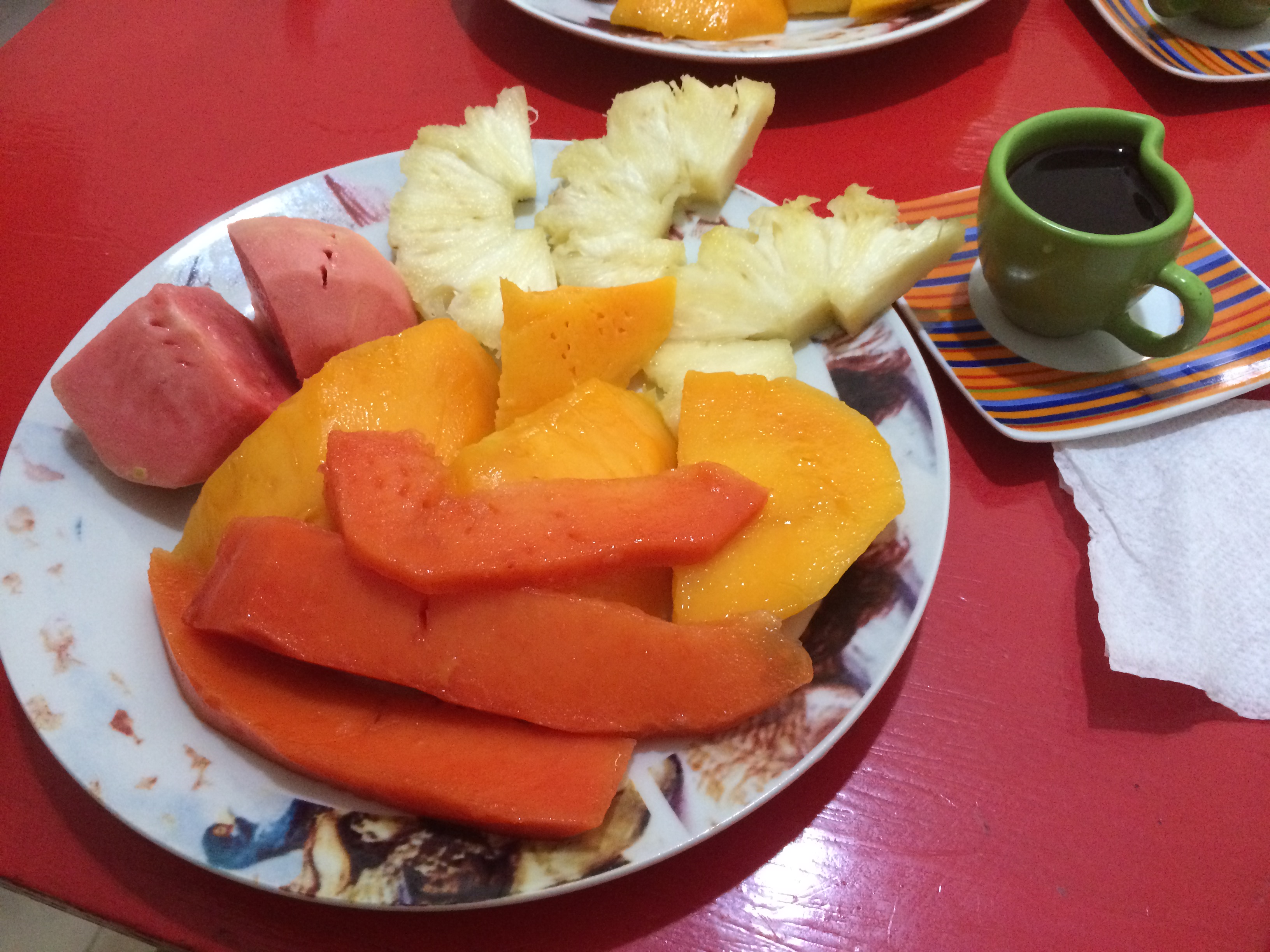
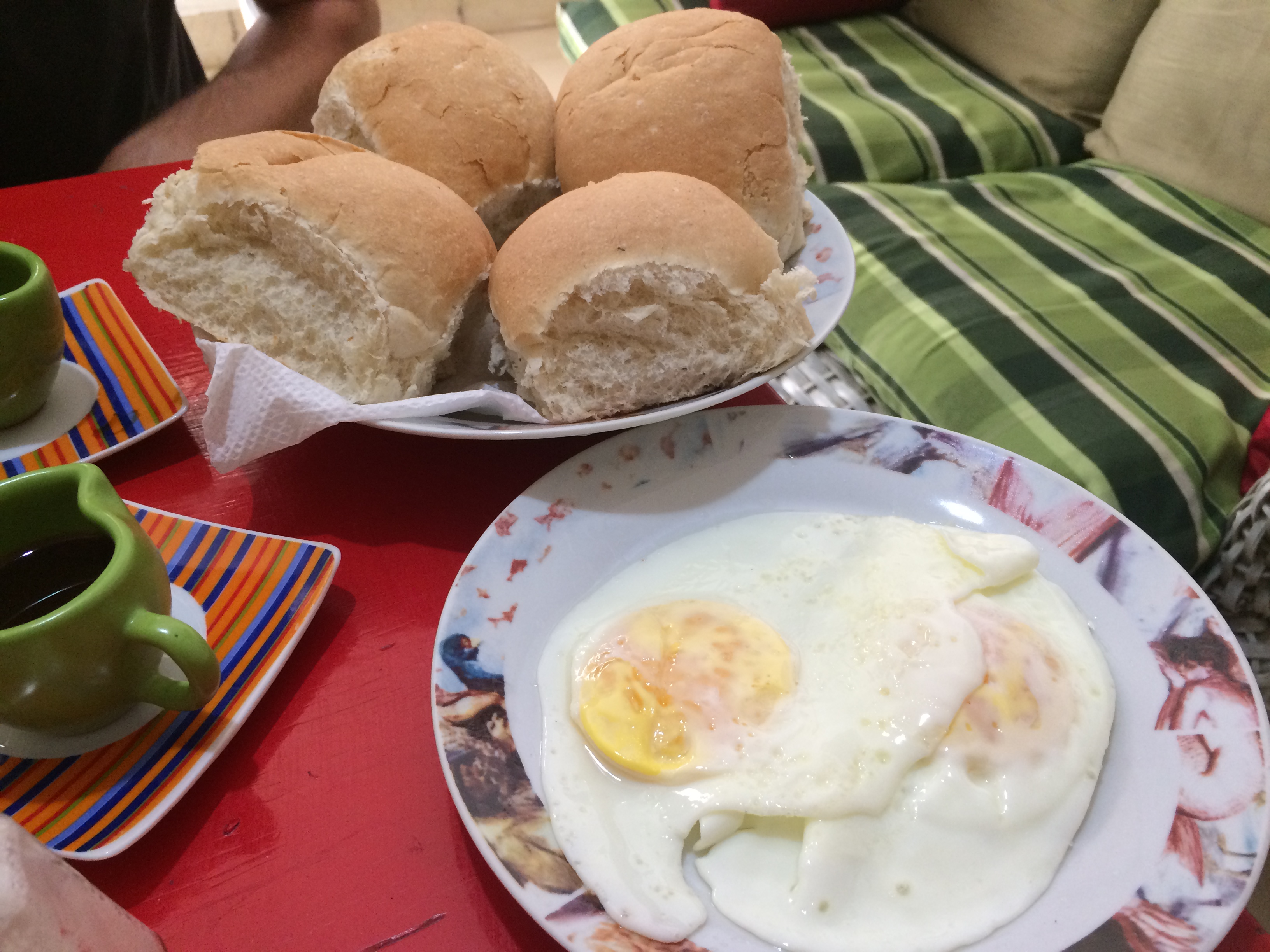
Later on in our travels we learned that we could actually pay less for less food—$5 for just fruit, juice, and coffee for the two of us became the norm. We only had dinner at two different casas, neither of which were memorable. Eating out at restaurants ended up being cheaper, tastier, and more varied.
Street food sold from homes or random shacks are also scattered here and there, typically peso pizzas, a personal-sized pizza that costs literally cents. After such a large breakfast, we usually enjoyed a $5-10 CUP (20-40¢ USD) peso pizza for lunch under the heat of the sun. Another cheap treat that could be found almost everywhere was ice cream. Cubans sure know how to make their ice cream. 4-5 scoops of delicious, creamy ice cream and cake averaged $4 CUP, or 16¢. Fluffy cheese pizzas for 25¢ and ice cream for 10-15¢ were the norm for us in Cuba.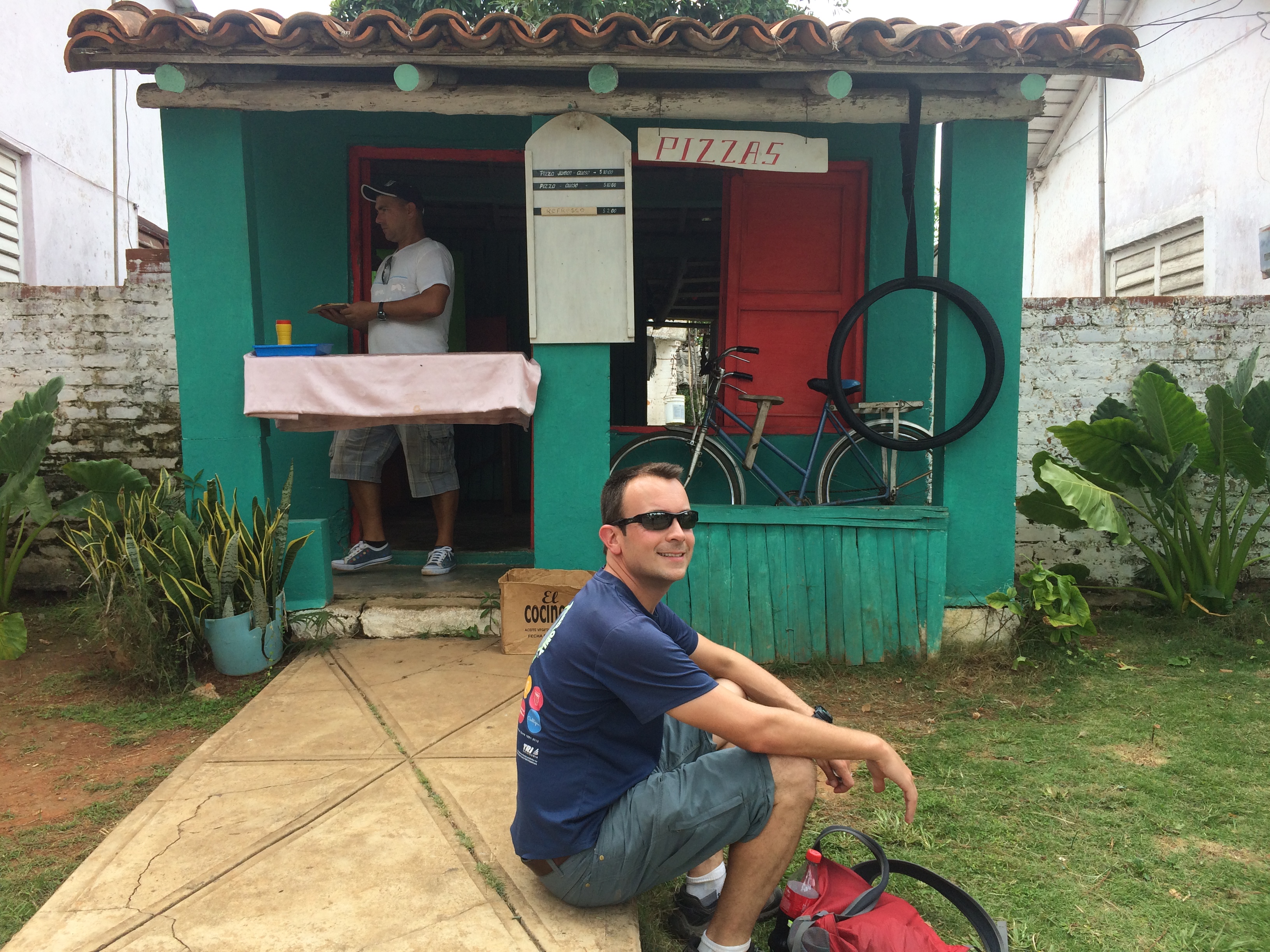

Early in our trip I wanted to prepare my own meals, but little did I know that the basic task of grocery shopping in Cuba would leave me frustrated and shocked. Even the concept of packing a picnic lunch was nonexistent; we had to either eat at an expensive restaurant on site, or pack a cheap, barely edible ham and cheese sandwich from a street vendor. There is either a food and water shortage in the whole country, or a serious distribution problem.
Shopping for groceries in Havana, the busy capital of Cuba, made grocery shopping in the rural villages of Myanmar seem modern by comparison. I’m going to classify “grocery shopping” into four categories: packaged goods, meat, fresh produce, and water.
- Packaged goods: The tiendas or grocery shops resembled ration shops, dark and forlorn without any lights. Liquor and sodas filled small, single fridges or wooden shelves, but almost never water. Smaller stores had maybe two glass displays; larger stores had several shelves. They were stocked with packaged foods typically found in “emergency” kits: instant mashed potatoes, spaghetti, tomato sauce, packaged soups, and jars of mayonnaise. If you were lucky, there would be cookies or the worst crackers you’ll ever eat.
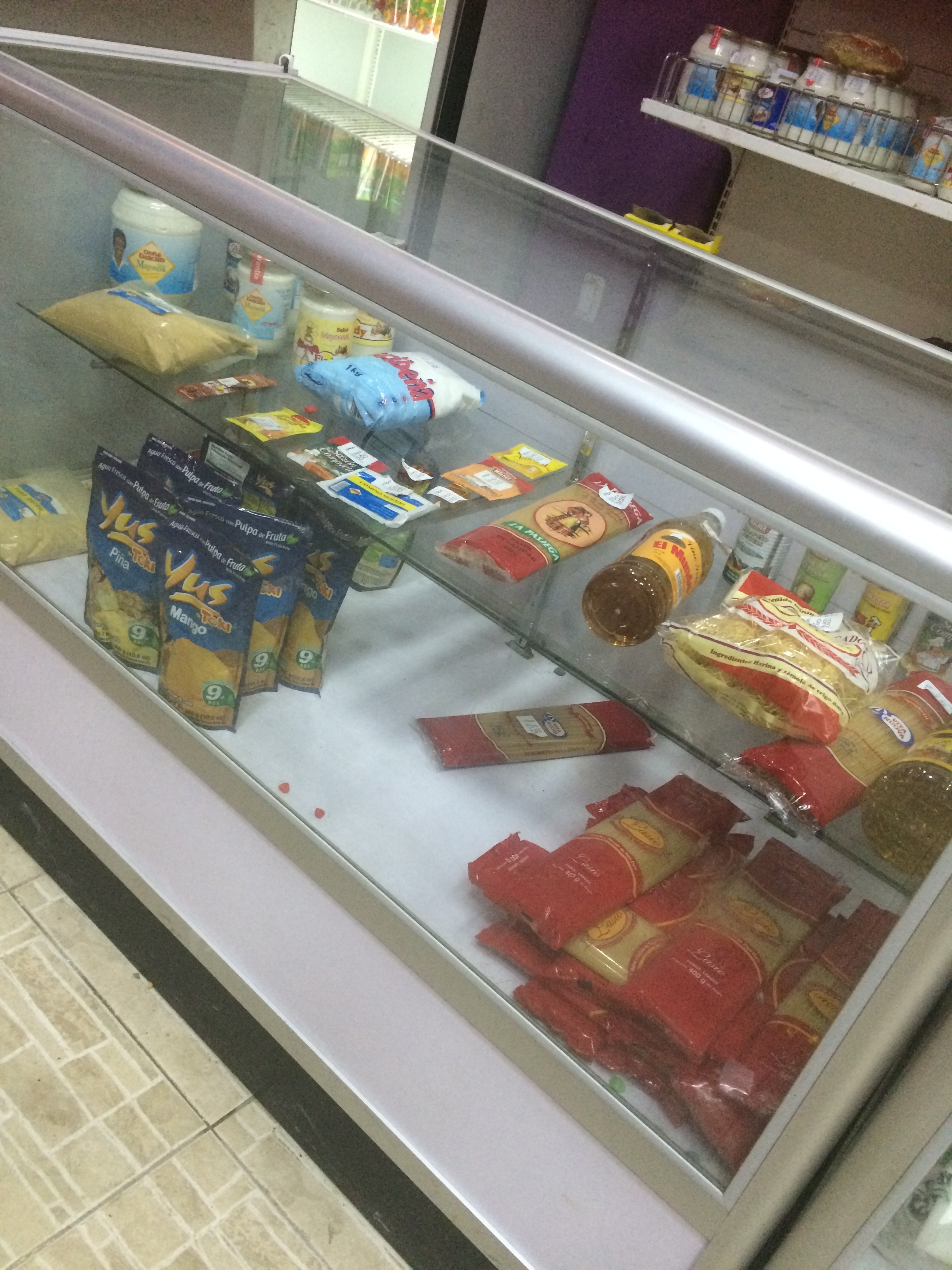
- Meat: It was difficult to find any carneceria or meat shop. Some tiendas sold meat, but if they did, it was liver spread, hot dogs, hamburger patties, ham, and maybe chicken drumsticks if you were lucky.
- Fresh produce: Only in Havana did I see an actual produce market which was a small, dark, gritty room filled with half-empty crates of wilting produce. Most of the time I was better off finding a street vendor pushing a fruit or vegetable cart, and even those were scarce. Outside of major cities there were only fruit cart vendors, who weren’t always well stocked. In one tiny town I asked my casa host where she bought fresh food, and she told me from a truck that comes into town only twice a week. I have to wonder where the hell Cuban chefs get their ingredients.
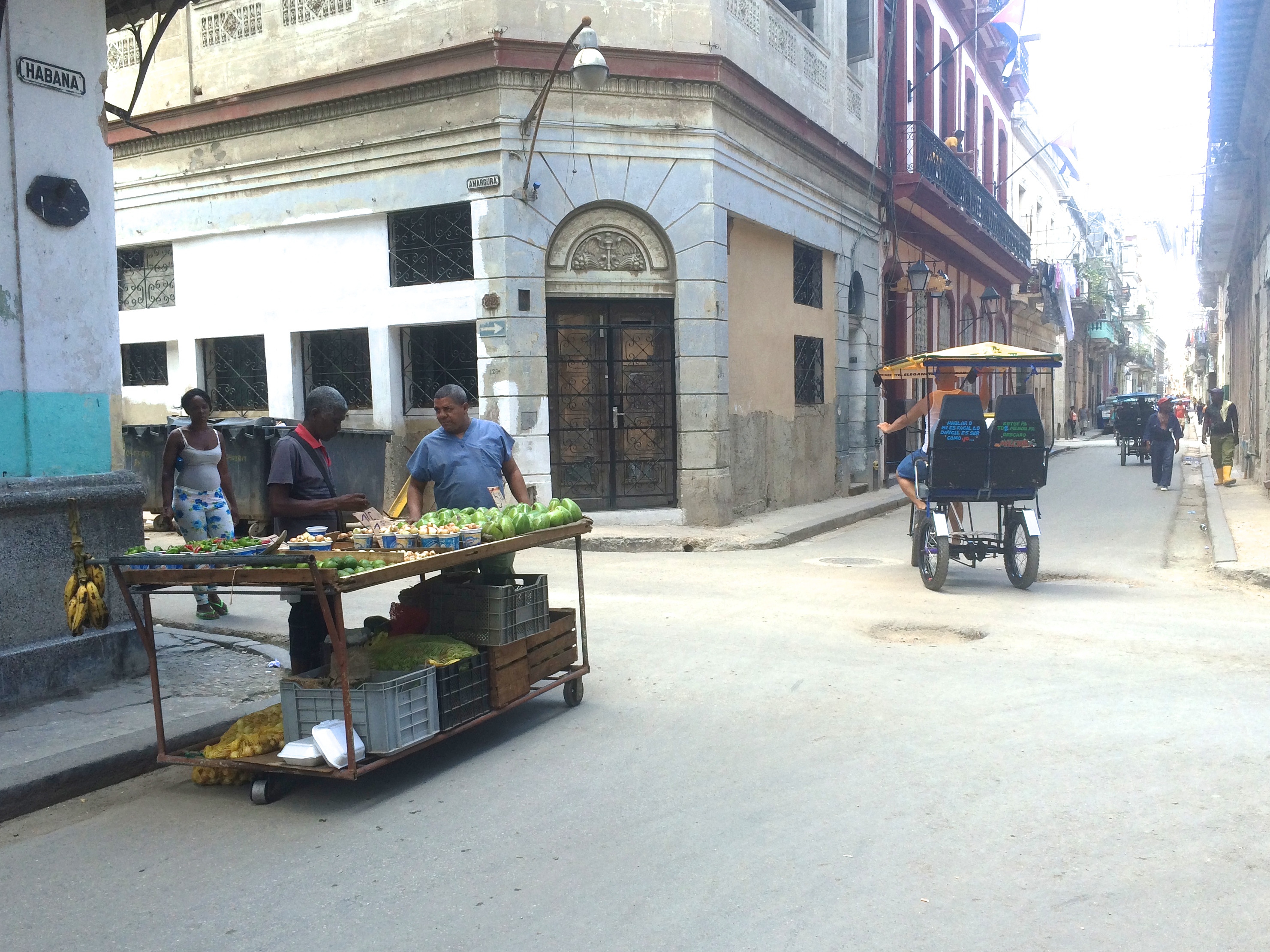
- Water: In a Caribbean country so hot and humid year round, one would think a Cuban could make a killer living selling bottled water on the sidewalk. We couldn’t even find bottled water at the gas station or grocery store. Another traveler told me she was in a small town that completely ran out of water, and when a truck finally arrived with bottled water, it was like Black Friday at Walmart. The typical rate for a 1500 ml bottle of water was $1.50, sometimes as low as 70¢ and as high as $2.00 in touristy areas. My tip is if you see 1500 ml bottles of water, buy as much as you can comfortably carry and conserve.
Transportation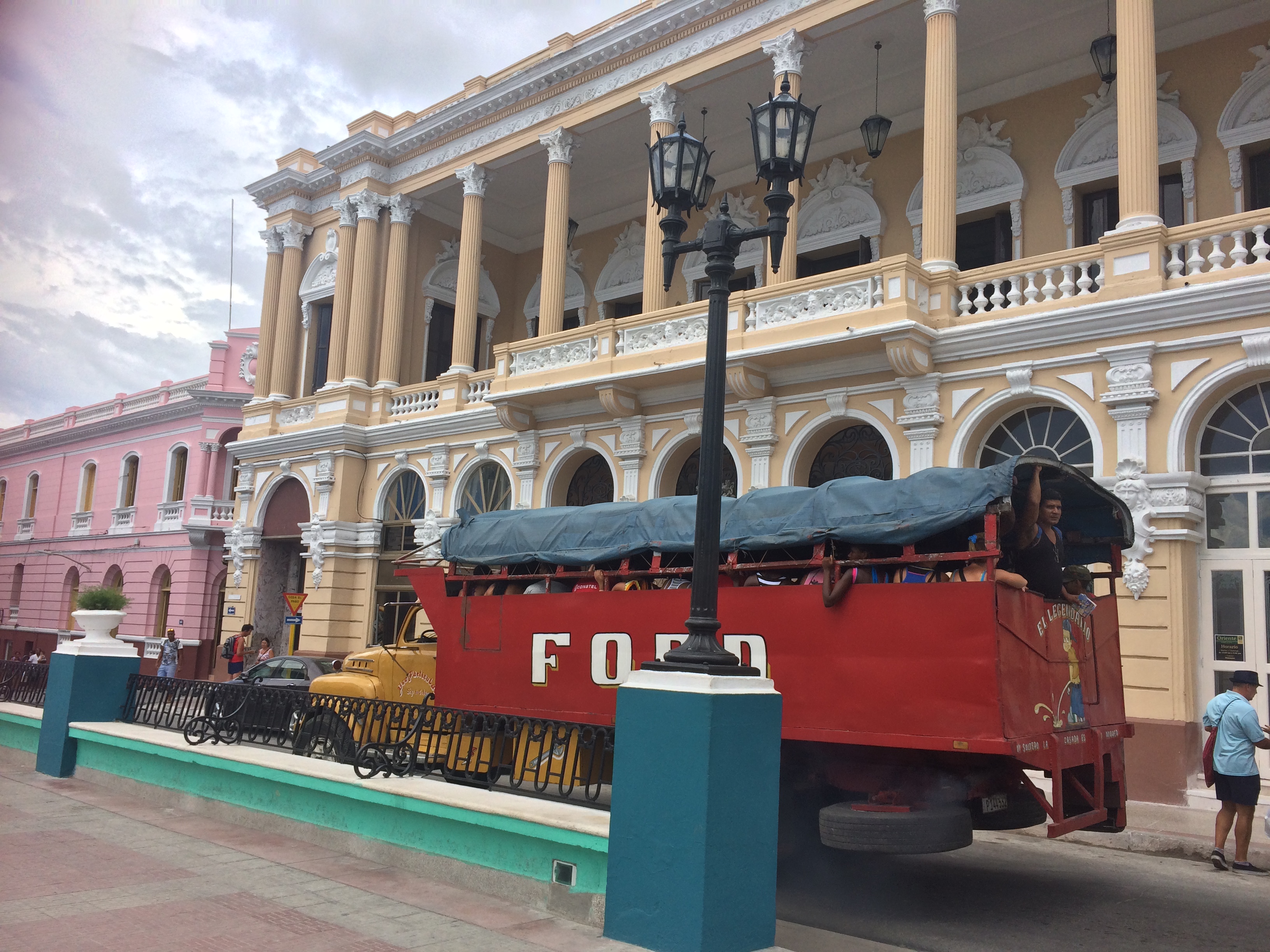
Like food, the cost difference between transportation for locals and transportation for tourists is strikingly appalling. Anything you manage to do the “local way” will cost literally just a few cents, whereas doing anything the “tourist way” will range anywhere from $20-$80. While we found the local way to be ridiculously economical, it definitely required Spanish, patience, and tolerance for discomfort.
Tourists who prefer not to enjoy Cuba the local way can travel independently by rental car or taxi, or dependently by tour bus, all which are exponentially more expensive than the local way. Rental cars can range from $50-$70/day. City taxis range anywhere from $5-15 for ~10 minutes of driving. (Tip: Unlike anywhere else in the world, negotiate a price, and don’t use the taxi meter. A driver suggested using the taxi meter once, we naively agreed, and ended up with a $14.50 bill after about 5 km. Many taxi drivers will also offer tours/excursions outside of the city ranging from $20-$80. Sadly, taxi drivers are probably some of the richest people in Cuba because of the ample opportunities they have to rip off tourists. I heard that even doctors resort to driving taxis just to get by.) Perhaps the cheapest tourist option is to take a tour with one of many companies: Infotur, Ecotur, Havanatur, and Transtur. You can load onto a comfortable, air-conditioned bus with other tourists and pay $20-$40, depending on the tour. Albeit more costly, any of these touristy transportation methods will be the fastest and most comfortable options.
Because we are budget travelers and prefer to experience countries the local way, we primarily took local transportation within cities, which included buses, trucks, and horse carts. Unlike taxis, local buses in the cities are insanely cheap. The local bus within Havana cost 40¢ CUP per ride, which is less than 2¢ USD. LESS THAN 2¢!!! Thanks to simple instructions from our casa host, we were able to take the local bus once in Havana, literally saving us a $10 taxi ride. Like all public buses, the ride took longer than it should have, but 2¢ could not be beat! And we got to see some parts of the city we wouldn’t have otherwise visited.
The camiones or trucks that can be used within cities or between long-distance cities come more often than buses and ranged anywhere from $1-5 CUP (4-20¢). These trucks were similar to cattle trucks, but with benches to sit on and poles to cling onto. We ended up using trucks more often than we expected because we found that asking locals for the nearest truck stop always resulted in helpful answers and directions. Riding them was incredibly uncomfortable, bumpy, hot, and often grotesquely crowded, but they were always an adventure.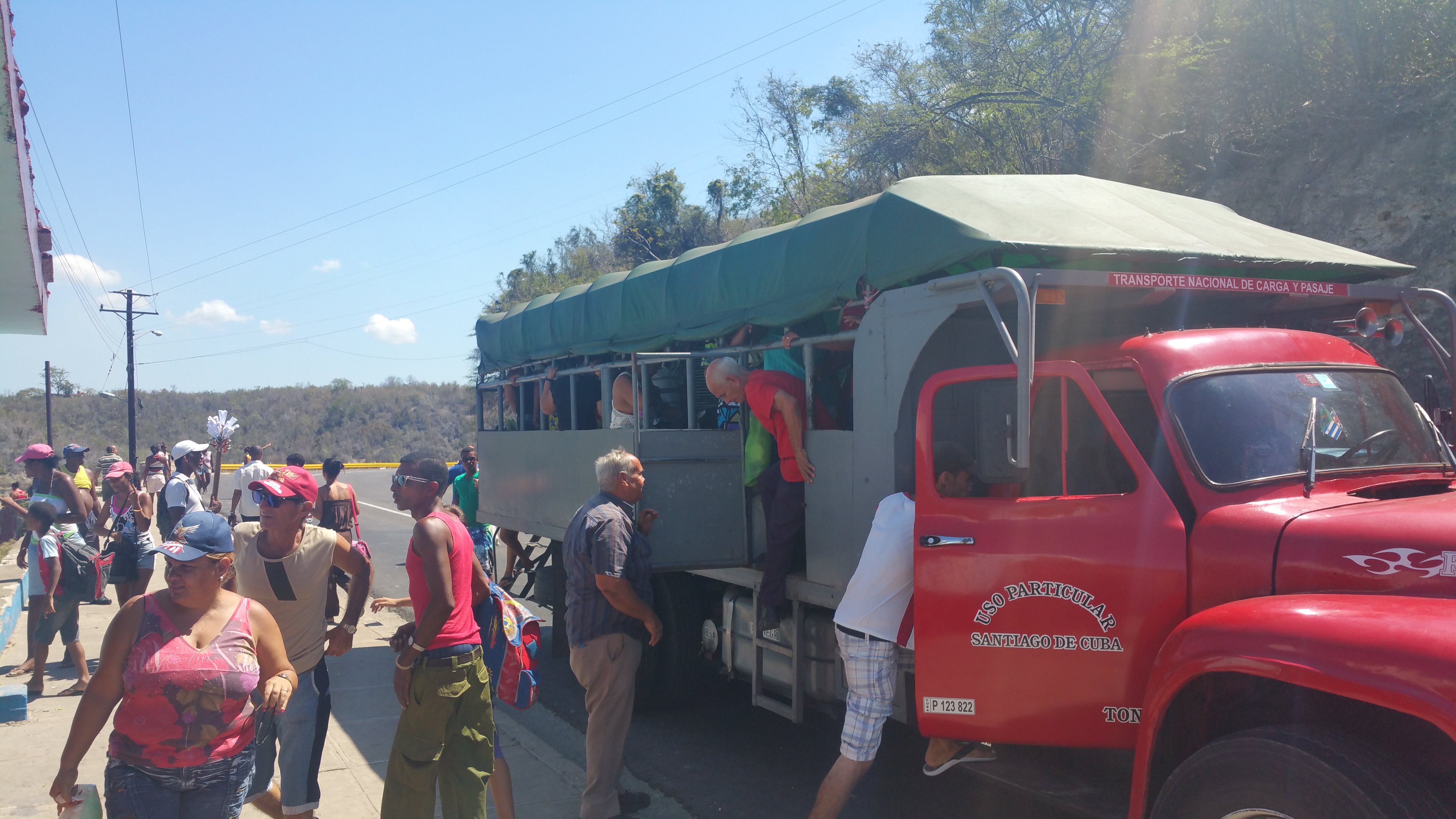
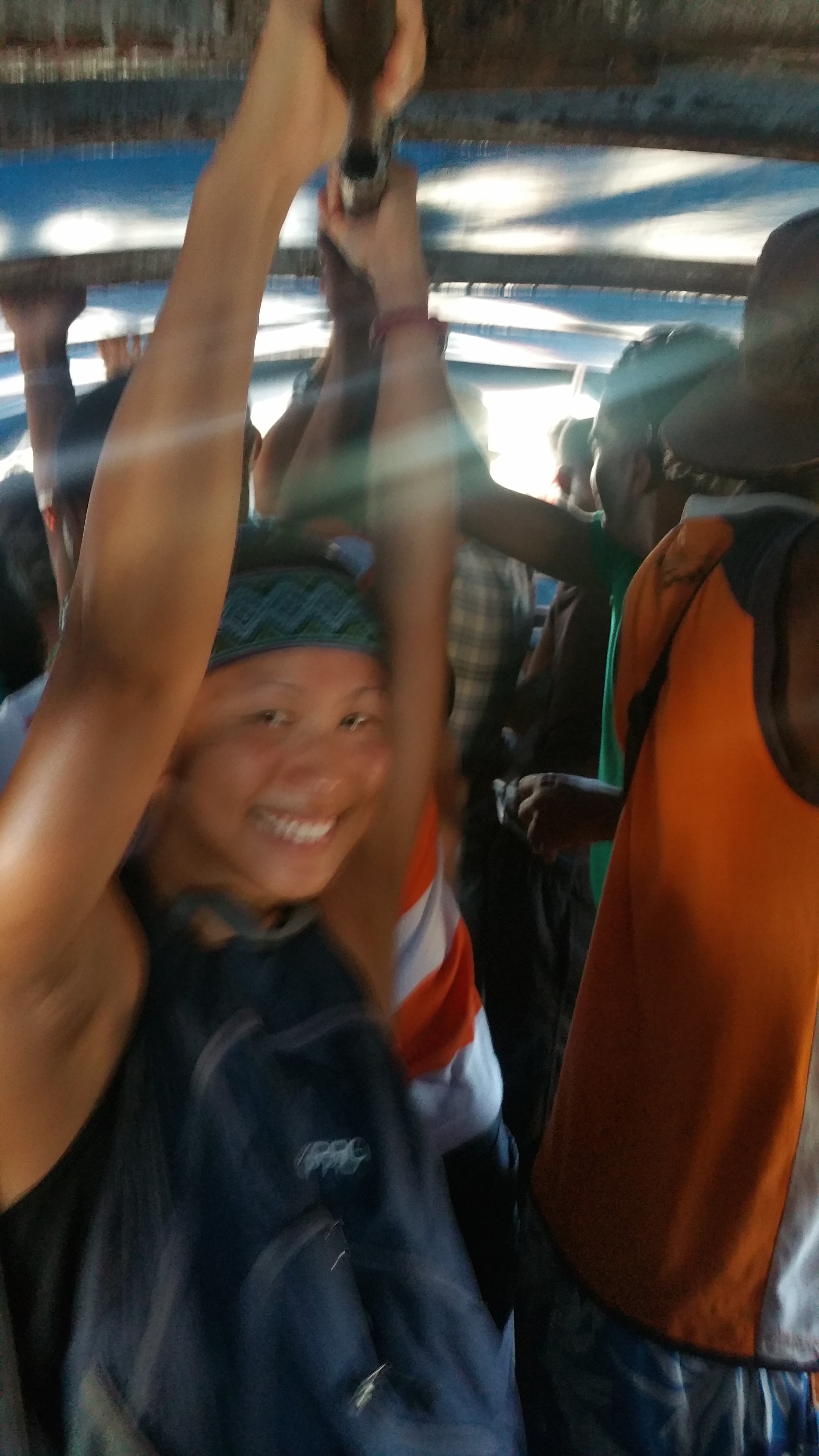
Horse carts or cochas were also another form of inner-city transportation. Like trucks and buses, there were horse cart stops with specific routes, and locals were always eager to answer our questions. For only $1-2 CUP (4-8¢), it was an economical way to travel short distances, and a pleasant experience with the clip-clopping of hooves.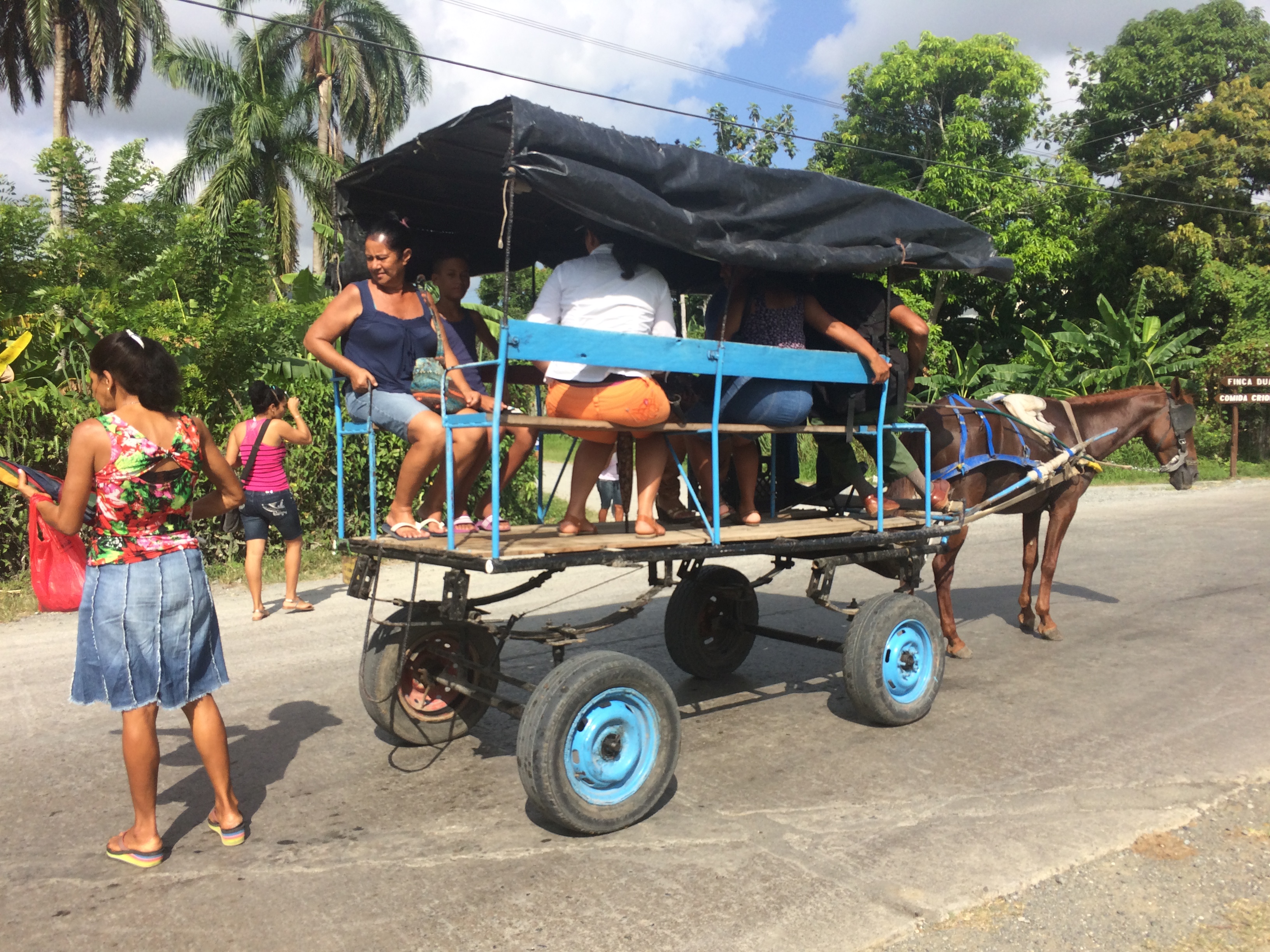
By avoiding rental cars, private daily taxi drivers, and bus tours, we not only saved a couple hundred dollars, but we were also able to mingle with the locals. As the only tourists waiting at a bus, truck, or horse cart stop, we were definitely an interesting couple to spectate. Once we watched a bunch of locals run and climb into a giant dump truck. We hesitantly followed, which resulted in a free ride on a dirt road along a river beach. By traveling the local way, we were able to share numerous friendly conversations with locals of all ages and color.
For long-haul travel between cities, we opted to go the tourist way for reliability and comfort. There is only one long-destination tourist bus called Viazul. Although I’ve heard stories of broken air conditioners, Viazul buses are generally fine. With prices ranging from $12-$50 depending on distance, it is incredibly rare to find any local on these buses. Viazul has its perks, but it also has a couple of downsides. First, buying the tickets can be a nightmare. In a communist country there is no incentive to do well in a job, or ambition to compete since there are no other companies to compete with. In our first experience, there were perhaps 10 people in line ahead of us, and it took over an hour to purchase bus tickets, even with two employees working. As soon as we got to the window, it became clear why the queue was so impeccably slow; the workers do not give a shit about their job. Second, sometimes the bus station and ticket office can be inconveniently located within the city—and have I mentioned how expensive a taxi ride was? Thanks to Viazul, my new nickname for Cuba became Queue-ba.
Instead of taking Viazul you can share a collective taxi to a major city for only several bucks more than the Viazul price. The only perks by taxi are direct hotel/casa pick up and drop off and saving several hours. We shared a taxi from Viñales to the Bay of Pigs and there was no perk other than saving a couple hours; we were 4 tourists crammed in a tiny taxi without air conditioning, loud music, and a driver who tried to scam us after dropping us off. Because taxi drivers pocket the cash they make, it is easy for them to rack up anywhere from $80-$200 per trip depending on how far they drive.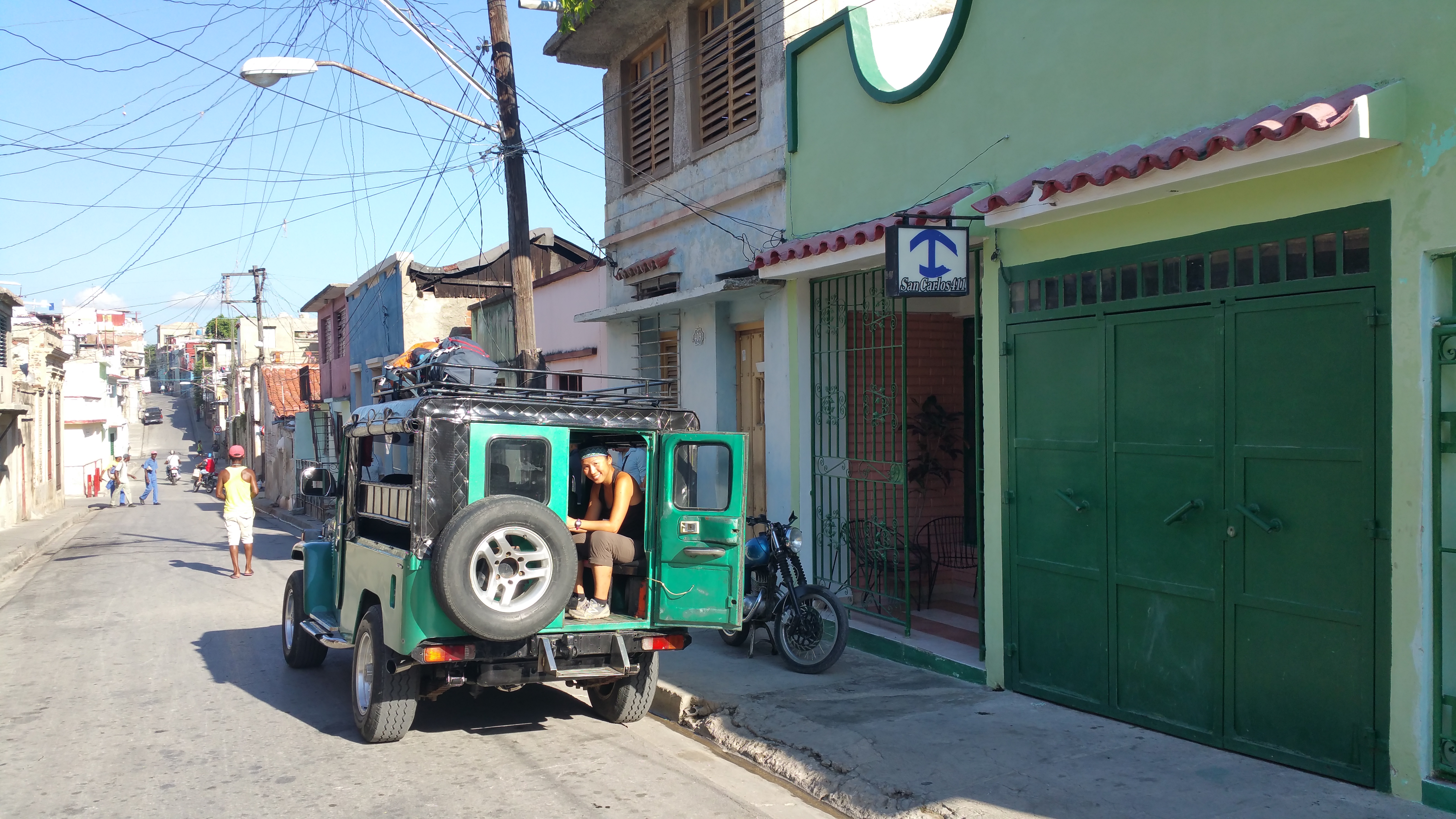
East Asian Ignorance
I feel obliged to throw in what it means to travel to Cuba as an East Asian, or East-Asian American. Like South America, Cuba rarely sees East Asians wandering about their streets, but unlike South America, Cubans handle their excitement with ignorance and offensive stereotypes.
In South America, locals often asked me if I was from Japan, Korea, or China. In Cuba, I don’t get asked. I get shouted at. At least 5 times a day, someone would shout East Asian countries at me from a distance. “JAPON! CORREA! CHINA!” Chris had to shout back in Spanish, “I’m not from Japan!” People would shout, “Konnichiwa!” When I said I wasn’t from Japan, they would respond with, “Ni hao!” Once an entire band from a park shouted a bunch of Japanese words at me. Another time a man quickly walked by me and said, “Hola Suzuki!” And another time a random man who literally saw me for a few seconds pointed at me and told an European family who were having dinner, “Champion de karate!” These stories are funny to share, but in person, it is incredibly infuriating and exhausting. I asked two other Asian tourists (who were in fact Japanese and Korean) if they got shouted at and they said yes, all the time. I saw fewer than 10 Asian tourists in Cuba during my visit; if you are East Asian, prepare for special treatment.
Scams
Like any other poor/developing nation, scams are to be expected. However I have to admit that never before had we experienced so many attempted scams; it was either on par if not worse than Cambodia. During our first couple of days in Cuba we were fresh enough to simply go along with their script, being friendly and chatty with the locals who were so eager to be our friend right until they offered to take us to a bar or restaurant. We quickly shook their hands and took off. Toward the end of our trip, we simply ignored anyone who tried to be our friend, to the point where they were chasing us down the streets shouting, “Hola, amigo! Hola! Hello! My friend! Hola! Hello!” Throughout our 20 days, there had been absolutely no benefit and only potential for scams by speaking to anyone who was overtly friendly, zealously ambitious, or competent in English. “We don’t need or want any help, thank you,” became my immediate response (in Spanish of course) to anyone who simply tried to talk to me. My sad advice is to ignore anyone who is overly nice to you, unless you don’t mind being tricked and lied to.
***
Cuba is charmingly fucked up. Of course, the classier way of describing it is the same way everyone else and guidebooks describe it: frustrating, shocking, yet inspiring at the same time. Despite being only 90 miles away from a country that has a surplus of everything, Cuba lacks access to basic necessities and shortages are a part of daily life. Plastered to the incredible architecture and rich culture are the layers of economic deficiency and recent revolutionary history, and yet still, the country amazingly sees no serious crimes and its people are eager to open their doors more as U.S. ties improve.
You can travel the touristy way by spending heaps of money and experiencing what’s most convenient and easy, ignoring and remaining blissfully ignorant to the real Cuba and therefore avoiding any guilt. Or you can travel the local way to experience the typical frustrations of daily Cuban life, and end up filling your evenings with troubled thoughts about injustice and socialism. Like in all my travels I attempted to experience Cuba as locally as I could, and at the end of each day I thought about how the locals lived their everyday lives, seemingly happy with what they had, whereas us tourists were barely just getting a sneak-peek of their country from a more comfortable viewpoint. And yet this quick look, this brief “vacation,” these 20 days of assimilation, has broken me in a way no other country has…and what broke me in this short time period is what these people must face everyday. I feel ashamed to say that traveling and enduring Cuba made me a stronger person. Even as I struggled to be patient and reminded myself to be more understanding on a regular basis, I still believe that Cuba is the most difficult country I have ever visited.
There truly is no other place like Cuba.
